Out of the quarrel with others we make rhetoric; out of the quarrel with ourselves we make poetry.— William Butler Yeats
Microblog
Great interview with the author of one of my favorite books from the last several years, Joe Henrich. The WEIRDest People in the World is a fascinating look at the origins of human culture and the evolution of human psychology.
MF DOOM / Ghostface Killah - Angelz, 2004.
Firefly Aerospace became the first private company to land a spacecraft on the moon when Blue Ghost lunar lander touched down on the moon on March 2nd.
What an incredible achievement – and that 4K video from the lunar surface is just mesmerizing.
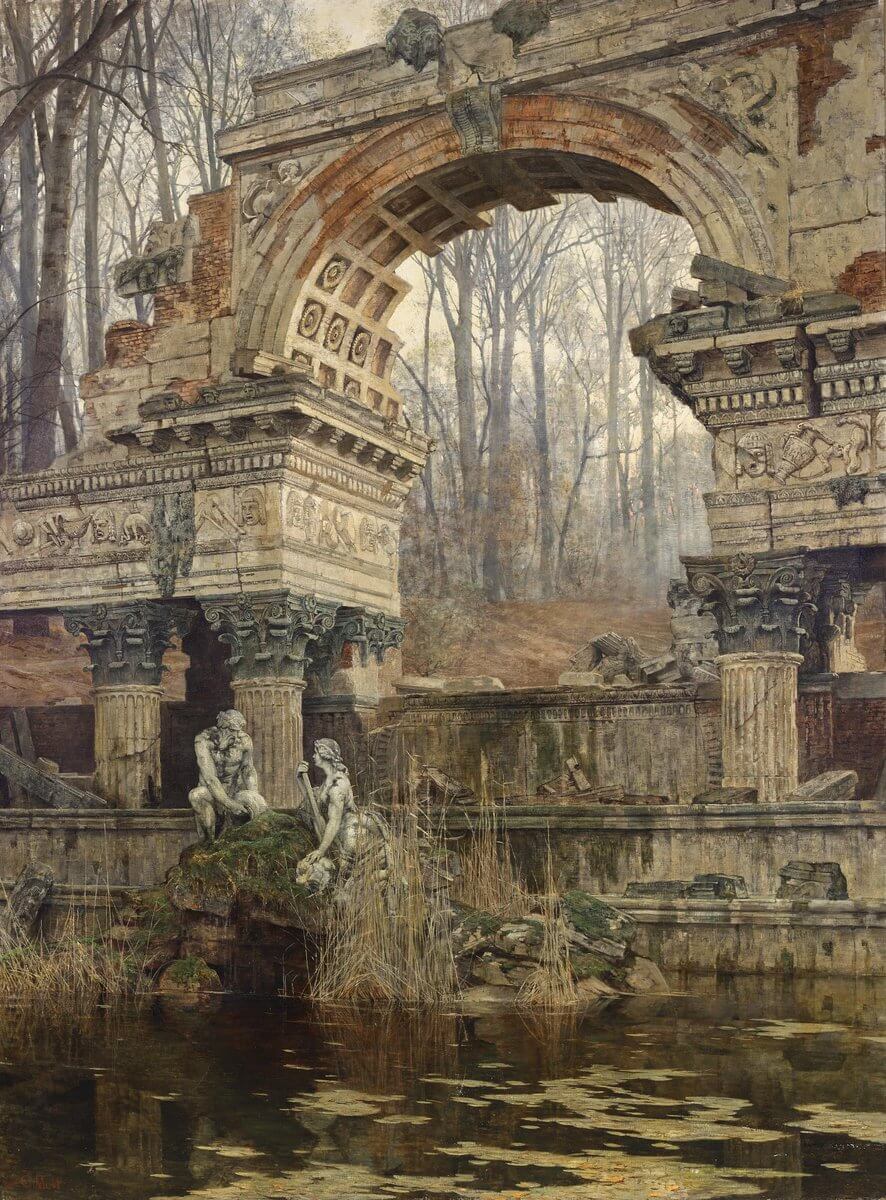
Roman ruins at Schönbrunn. Carl Moll, 1892.
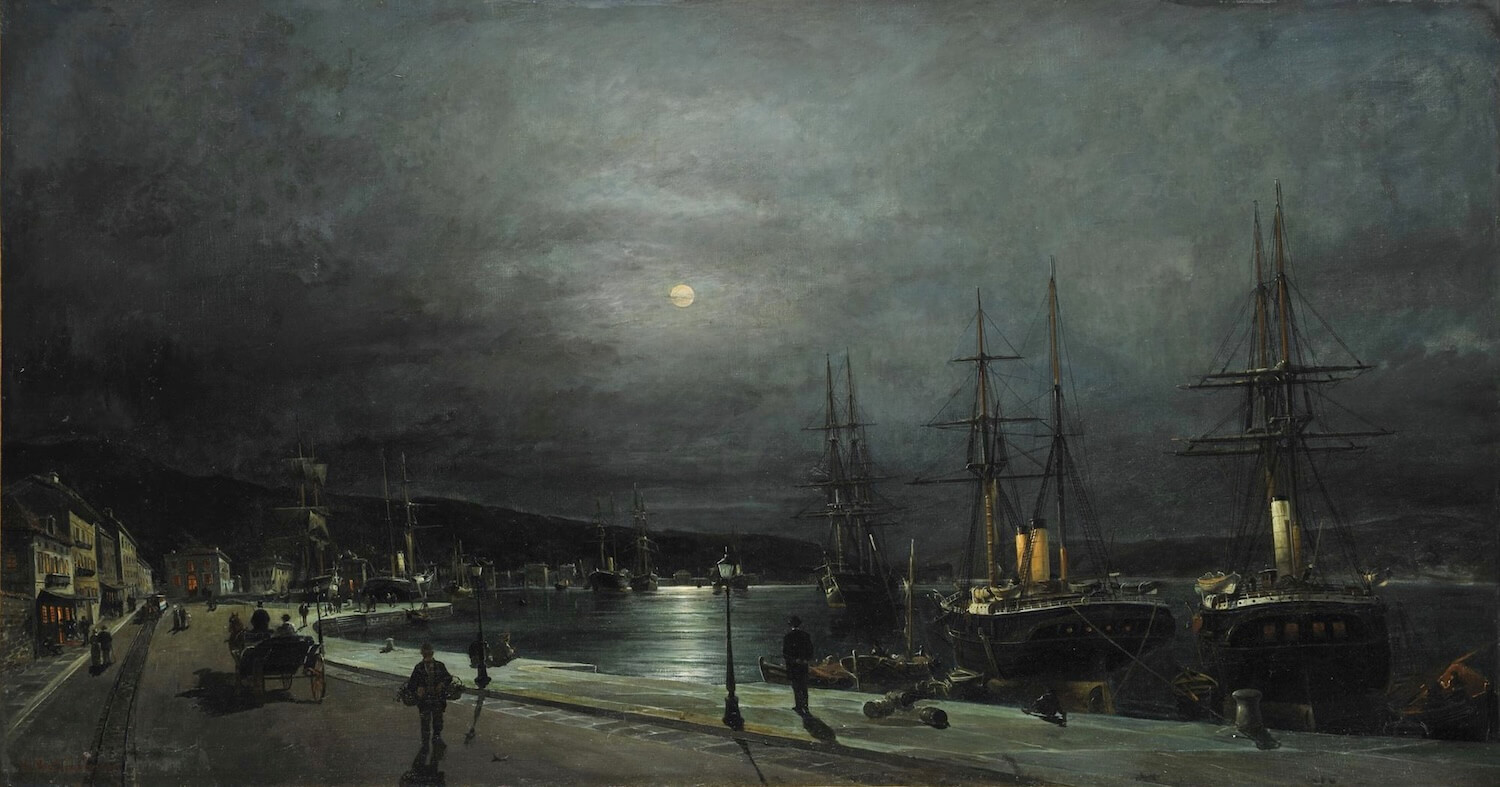
Volos harbor at night. Volanakis Κonstantinos.
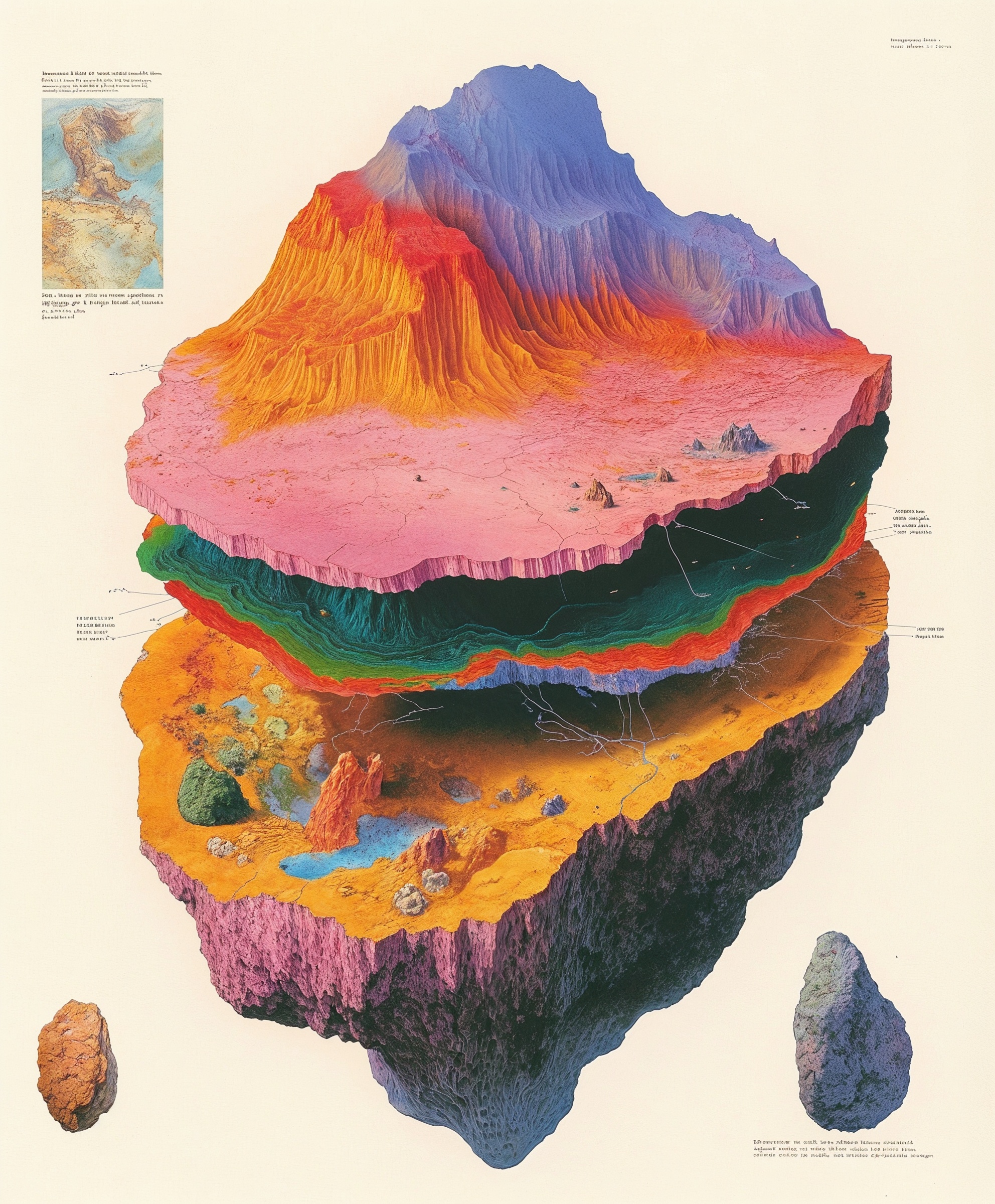
“Topographic beauties straight from old geography books”, @egeberkina.
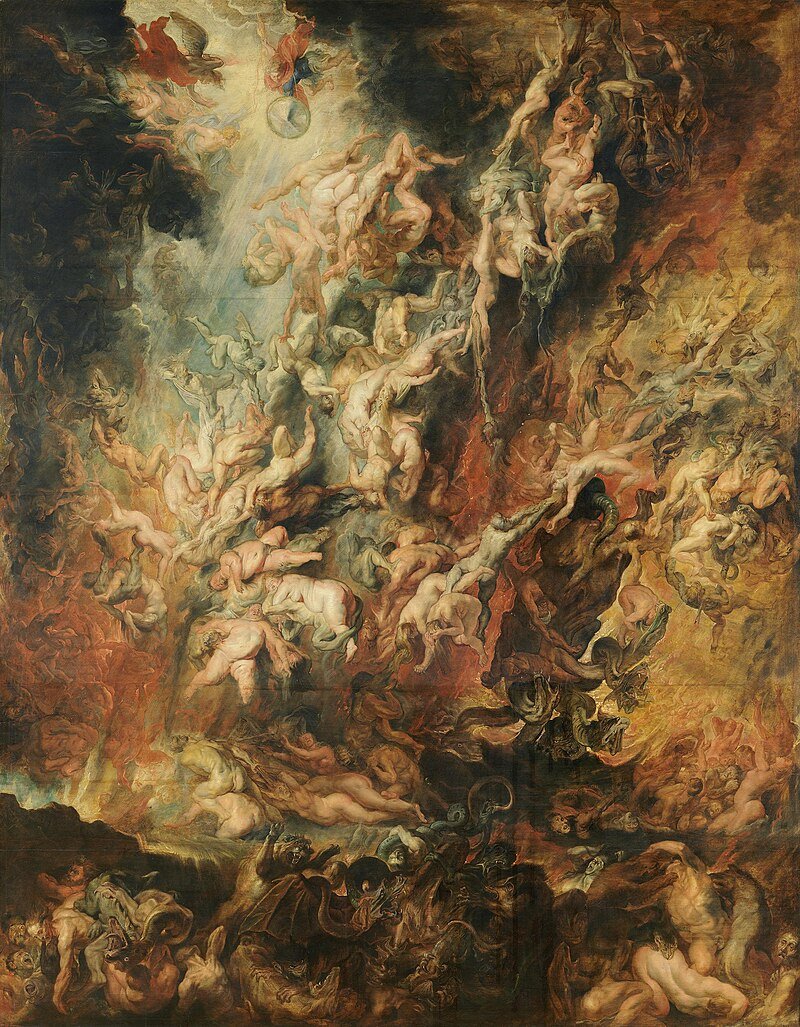
The Fall of the Damned. Peter Paul Rubens, 1620.
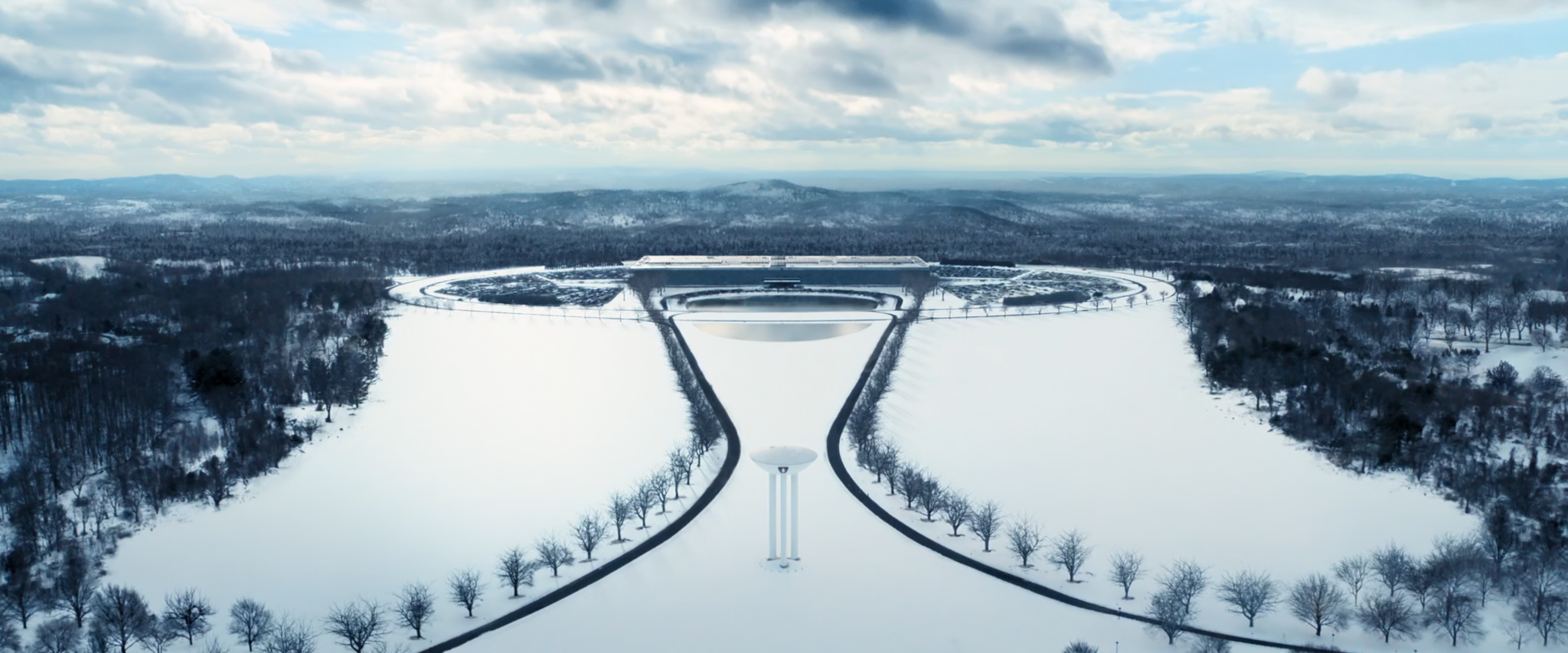
Bell Labs Holmdel. From Severance season 2, episode 5.
Sometimes in a journaling session it’s hard to get yourself writing. You need a kickstart, an idea to latch onto and get your brain moving. I know I do when it’s 5:30am and I sit down to write.
So I built a simple tool for displaying journaling prompts called Muse. It’s open source on GitHub. You can run it yourself and edit a single file to add or modify the prompts it uses.
This is the first entry in my mission to ship at least one small tool or product each month this year.
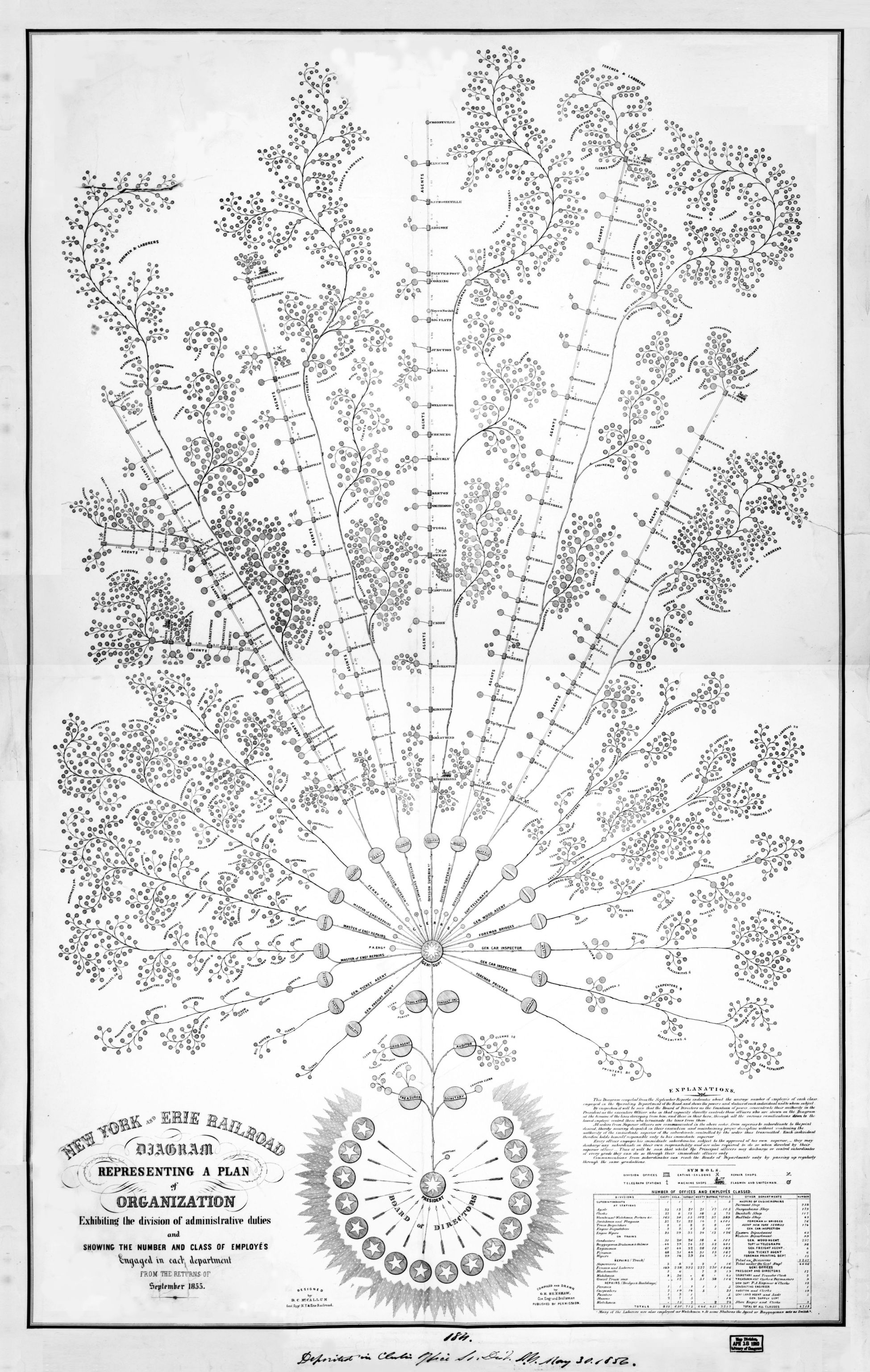
New York and Erie Railroad diagram, 1855.
The Headhunters perform “Sly”, 1974.
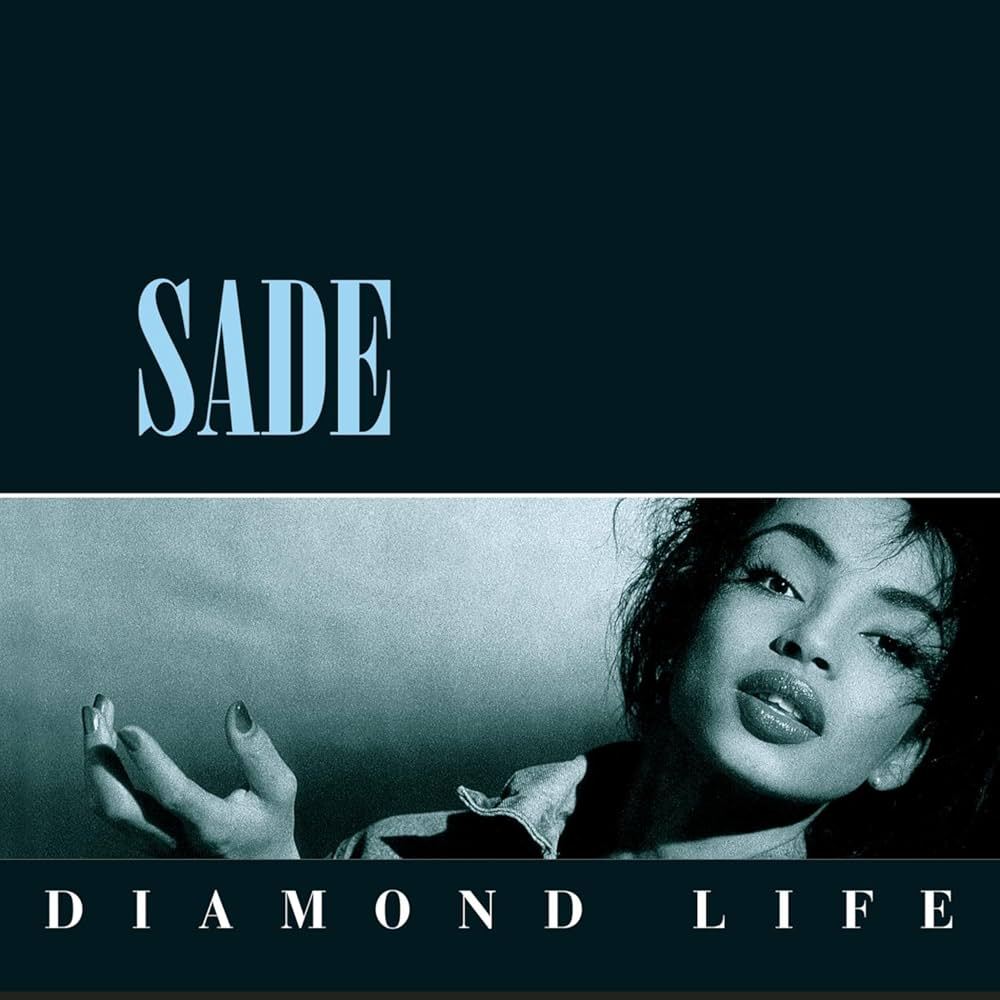

Two phenomenal records to start a recording career.
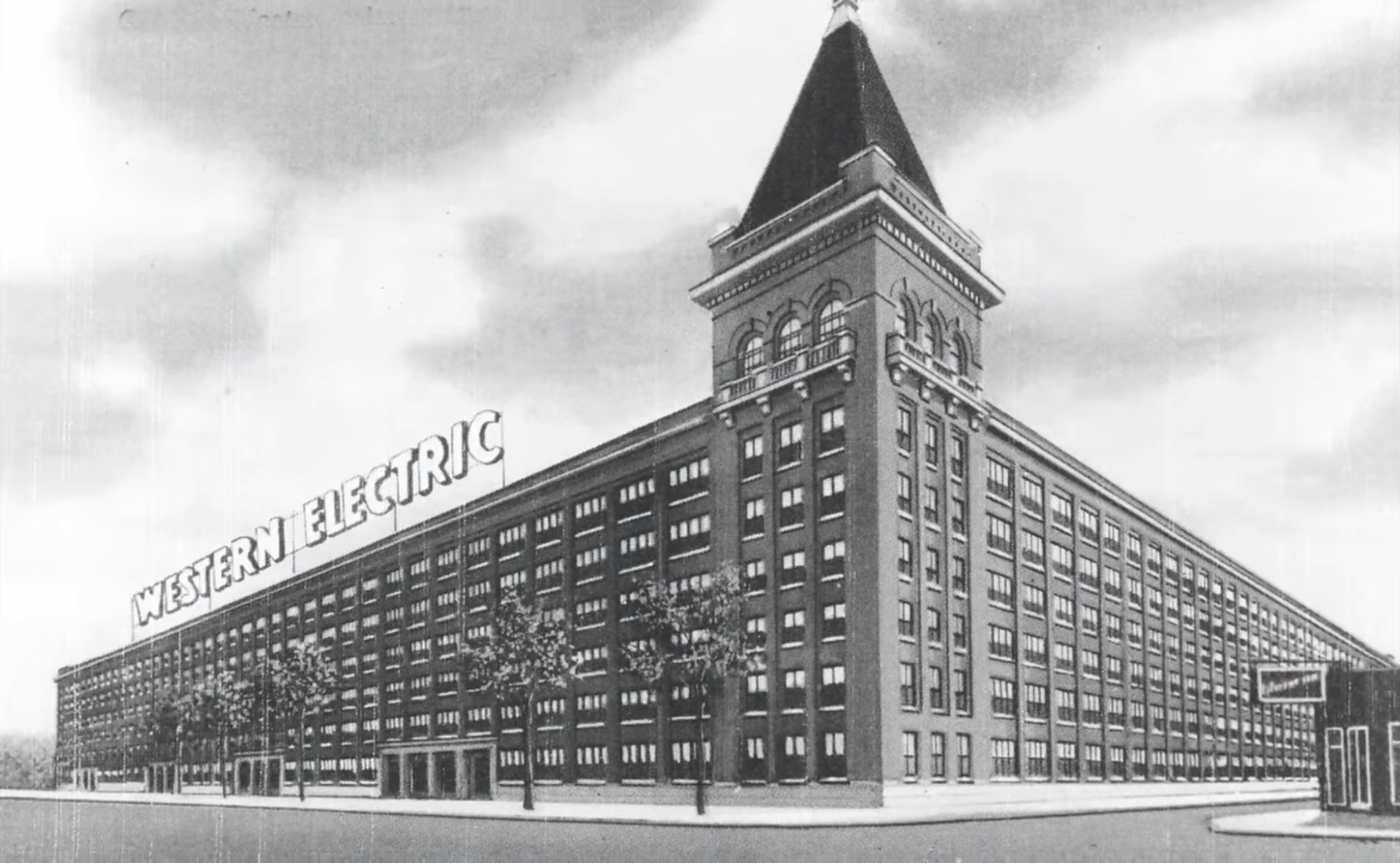
Western Electric Plant. Cicero, IL.
Western Electric was the captive equipment arm of the Bell System and produced the majority of the telephones and related equipment used in the U.S. for almost 100 years.
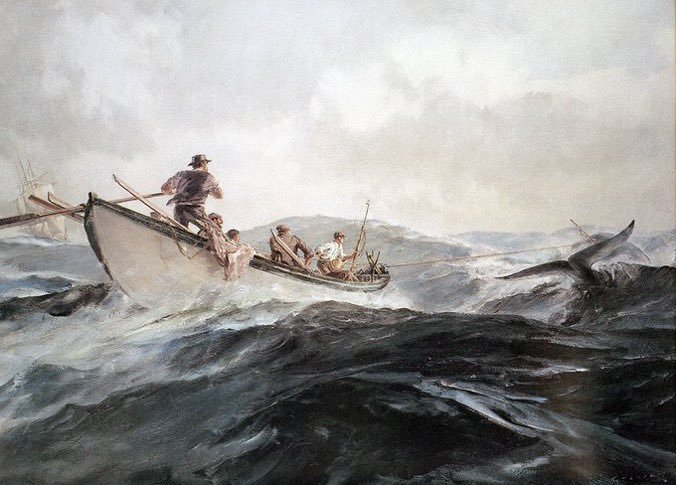
Nantucket Sleigh Ride. John Stobart.
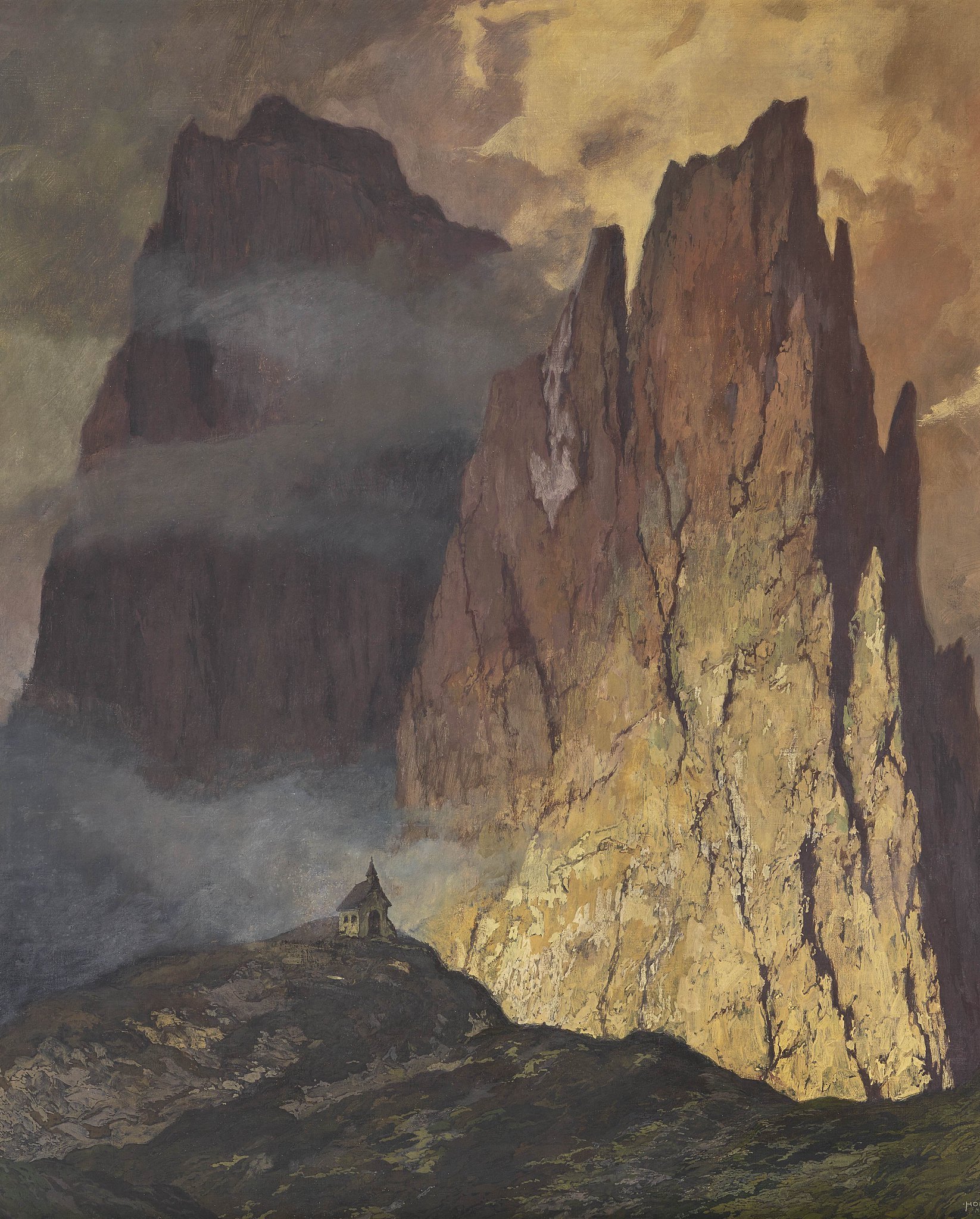
A Chapel in the High Mountains. Hugo Hodiener.
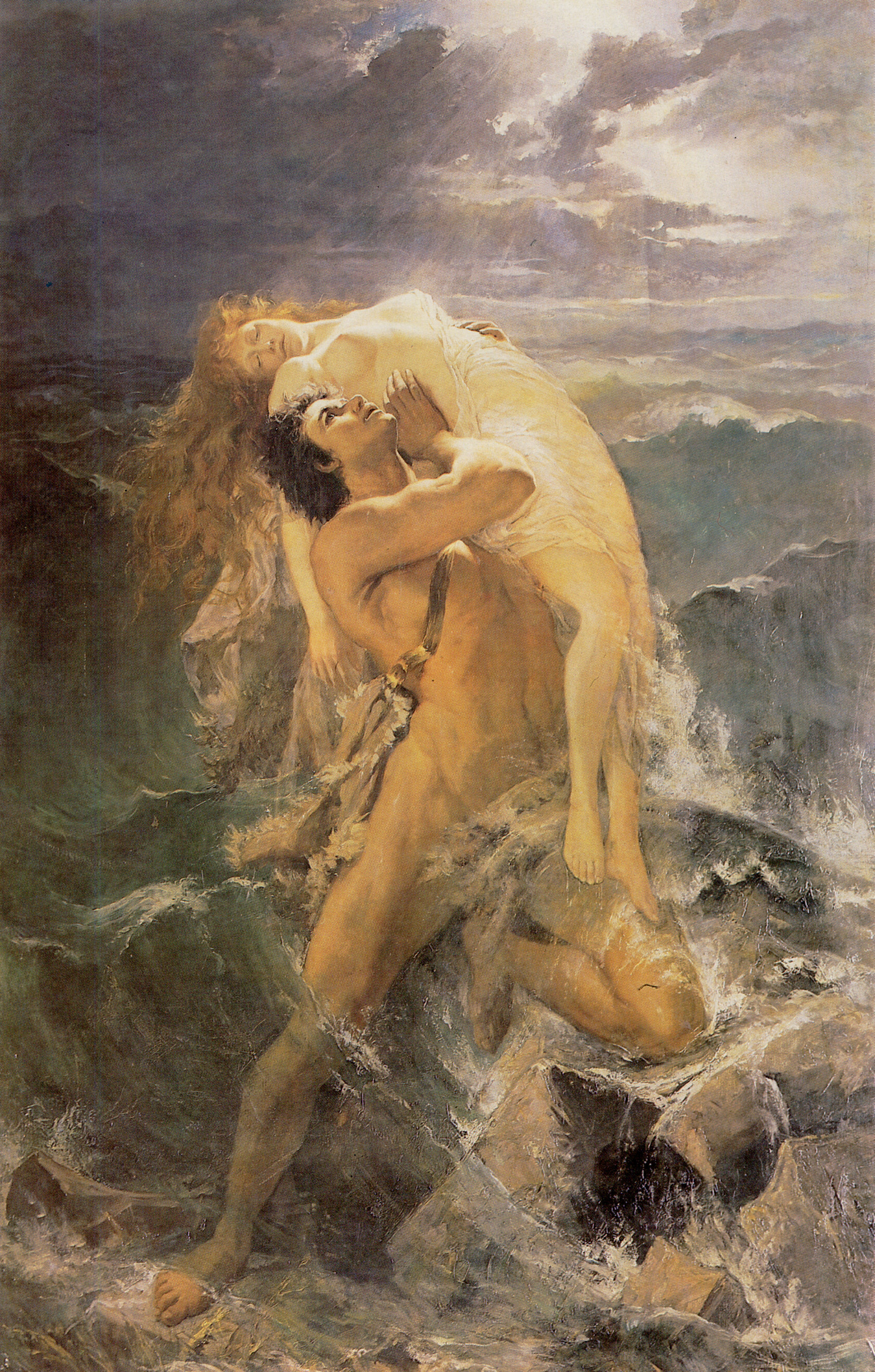
The Flood. Paul Merwart, 1889.
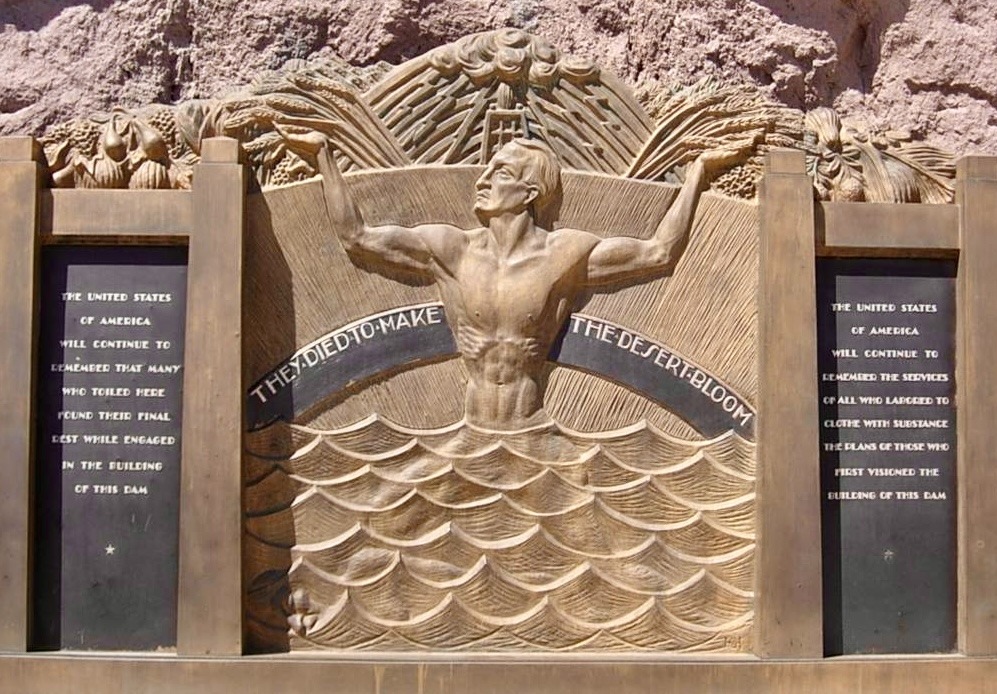
“They died to make the desert bloom”
Hoover Dam bas relief.
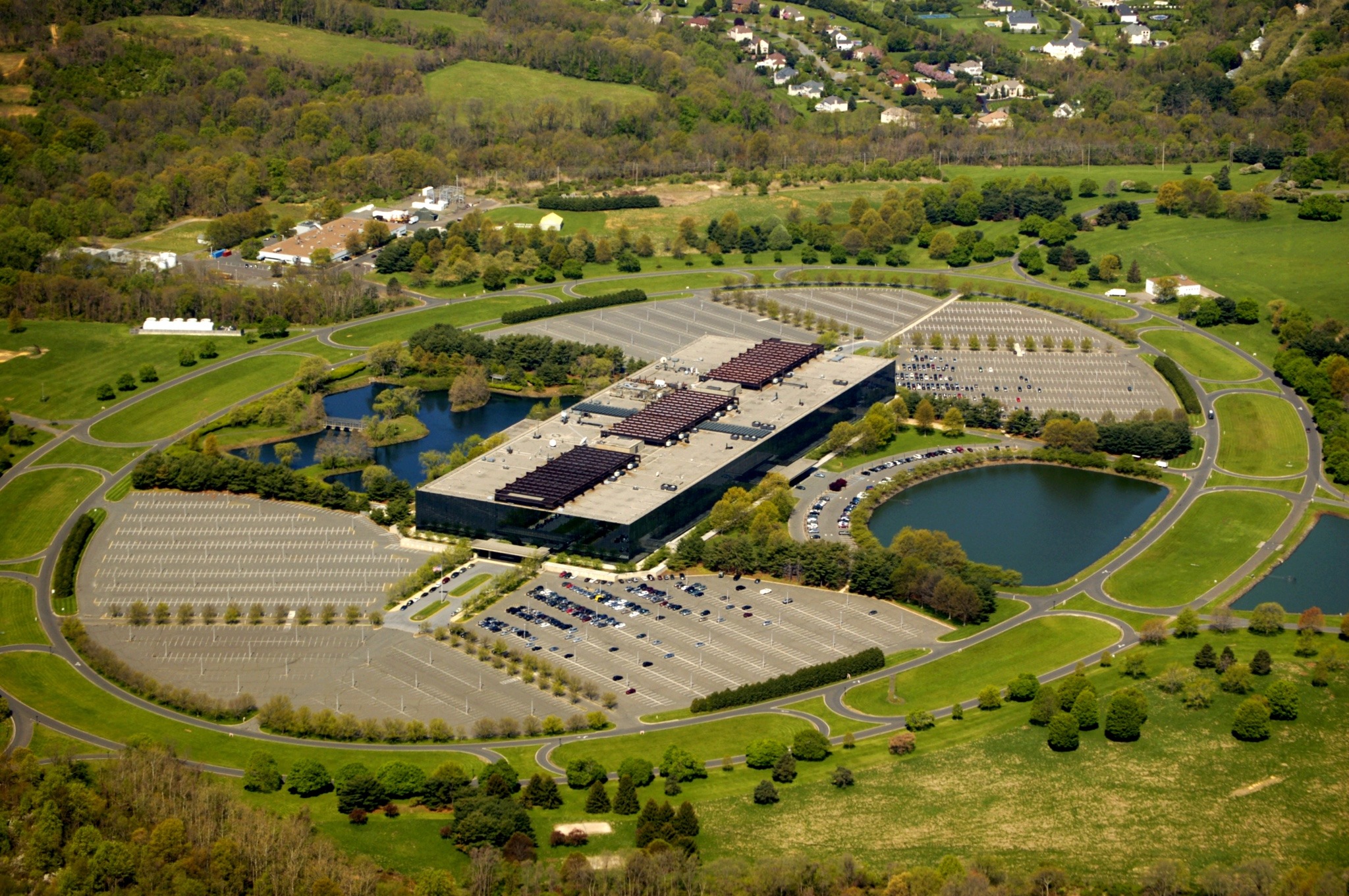
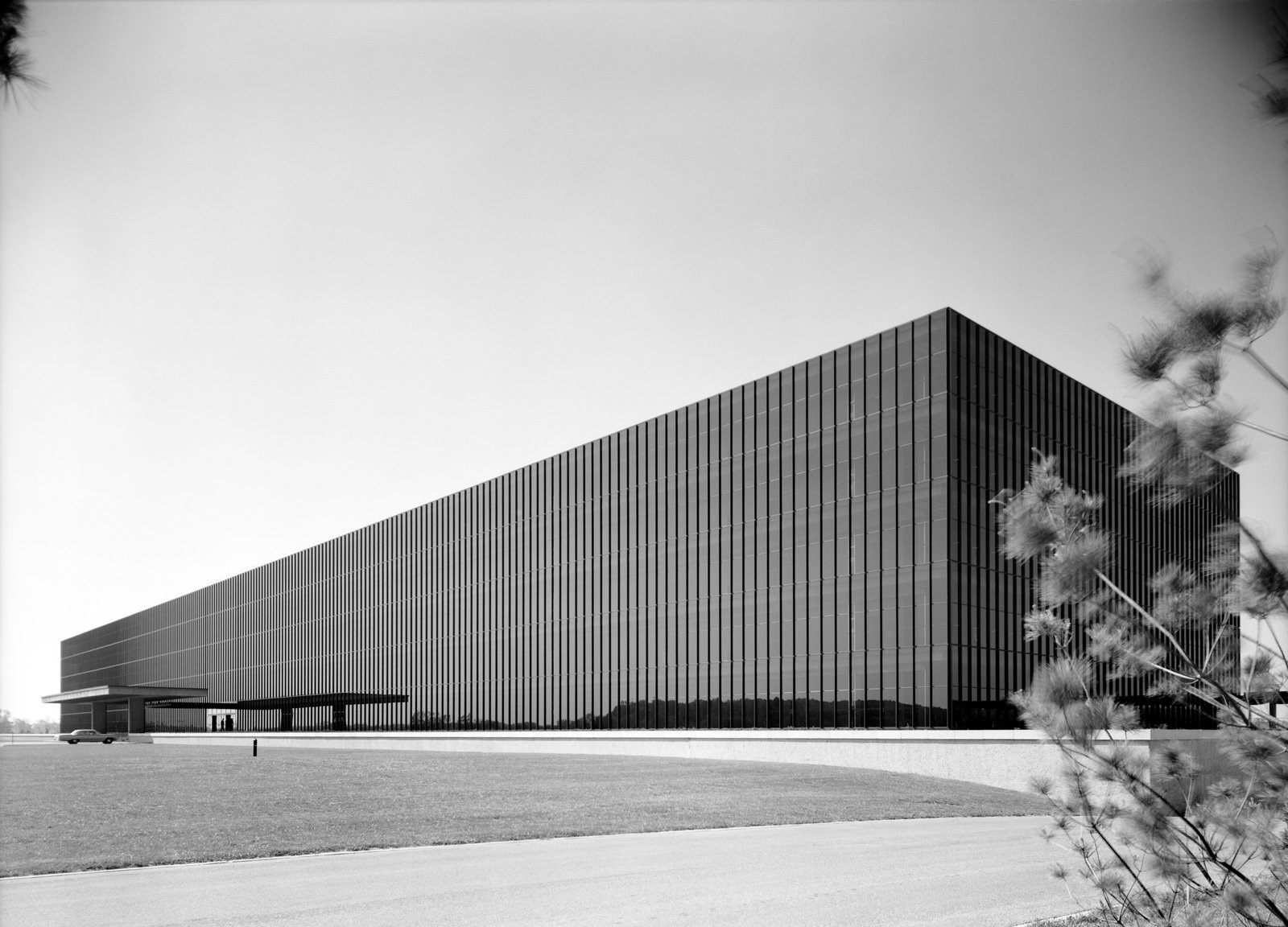
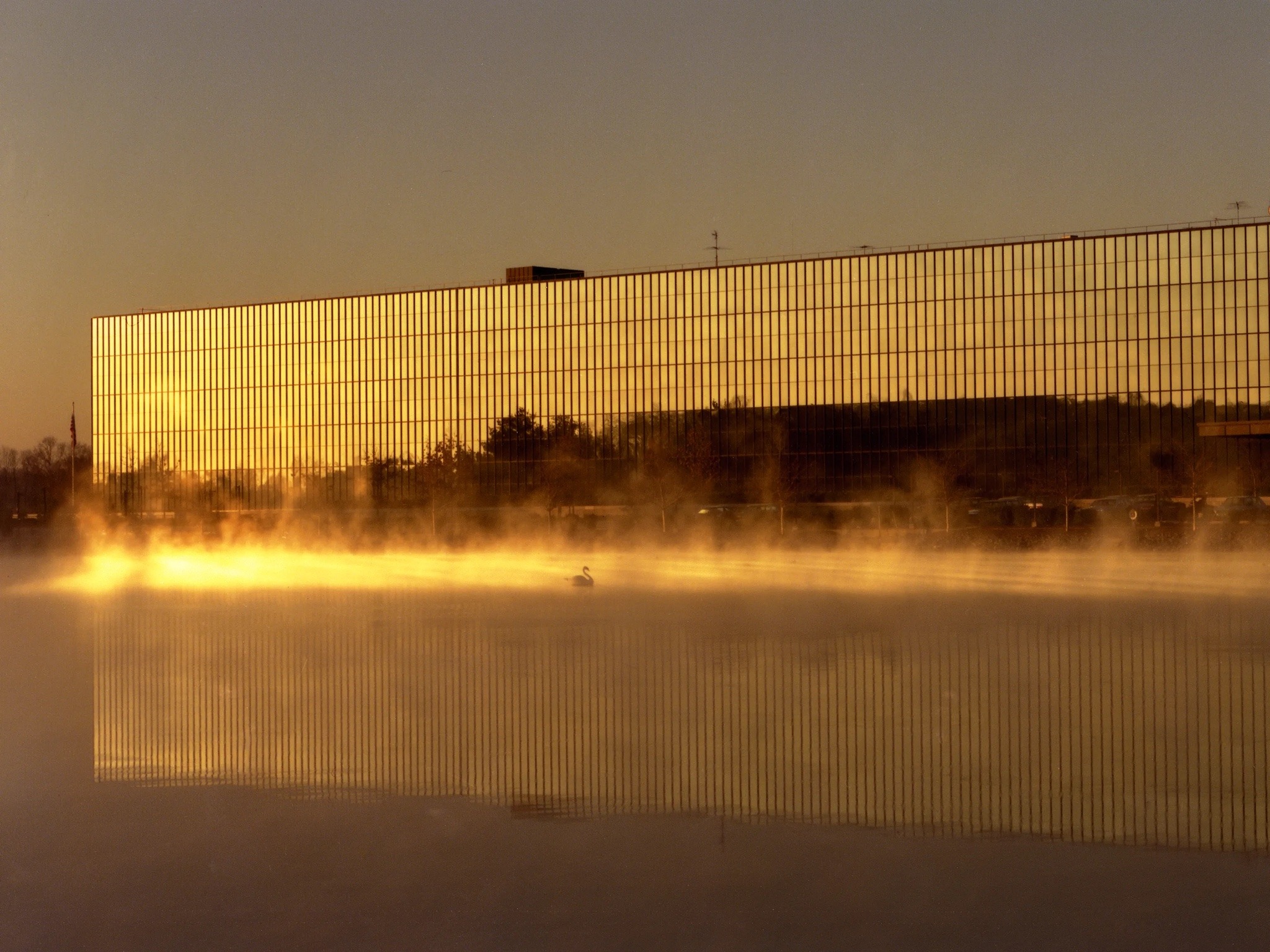
Bell Labs Holmdel Complex. New Jersey.
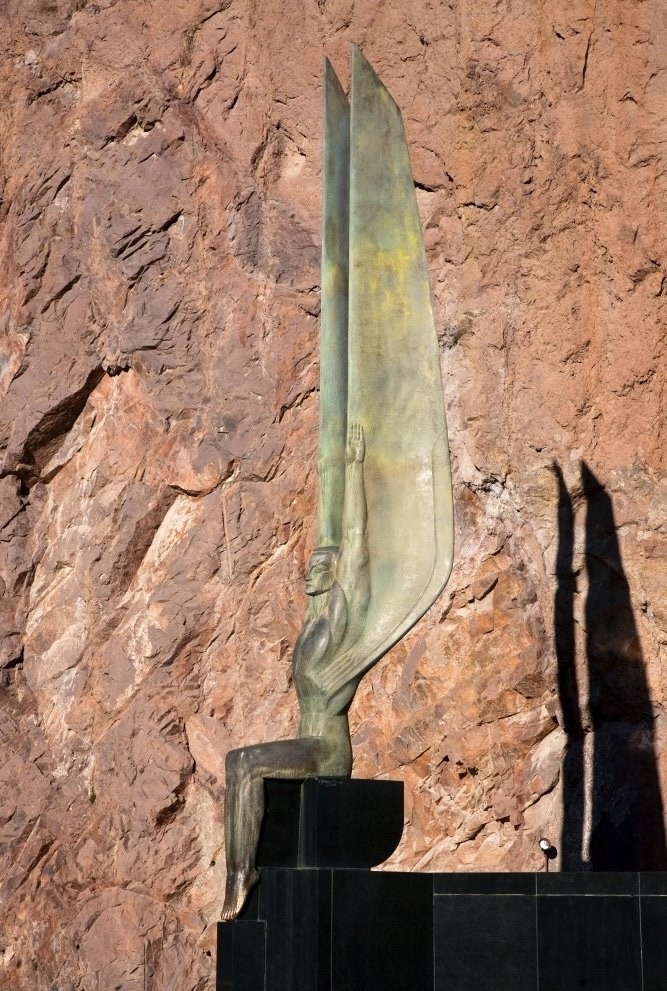
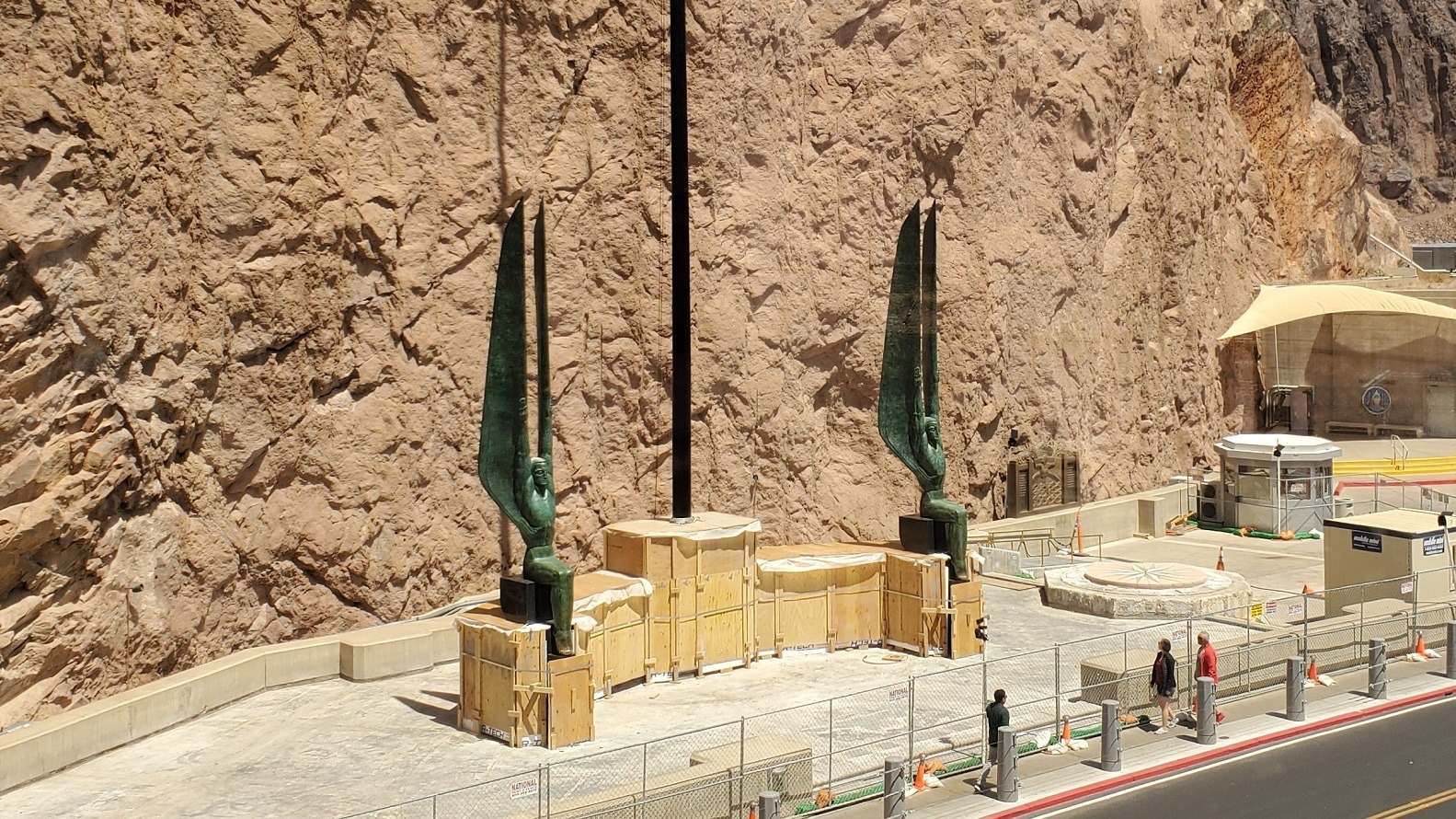
Winged Figures of the Republic. By Oskar Hansen at Hoover Dam, 1937.
Our levels of productivity, creativity, and inspiration have an intimate, hard-to-articulate connection to our environments. And we all have different predilections — quiet vs. noisy, calm vs. bustling, light vs. dark. Each quality creates a climate that pulls something different out of us.
Our surroundings shape how we work, yet we also have the power to choose and to mold them ourselves.
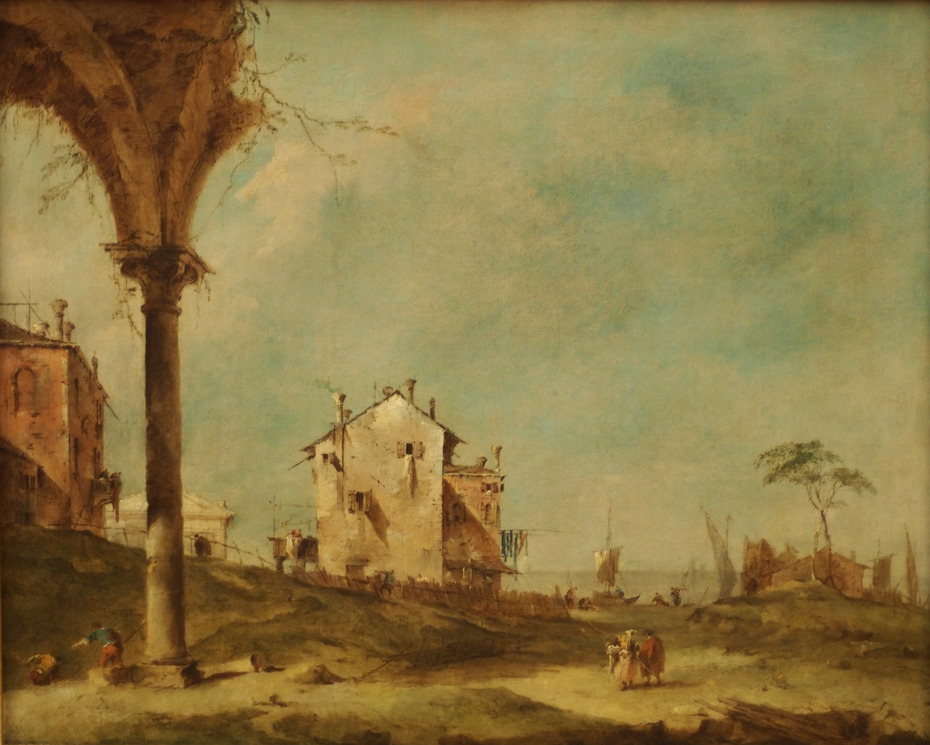
Fantasy Landscape with Buildings by a Lagoon. Francesco Guardí, 1790.
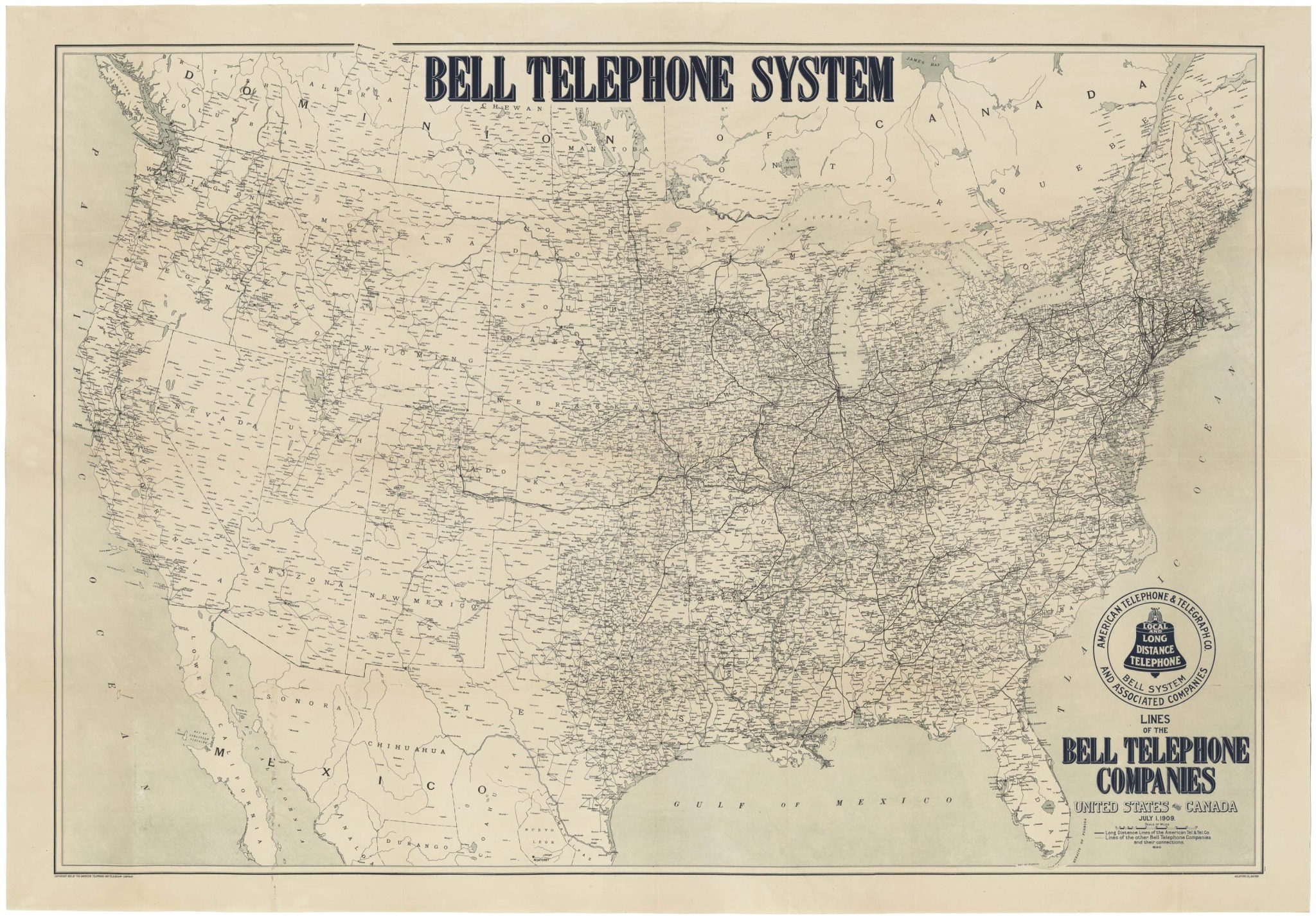
Map of the Bell Telephone System , 1909.
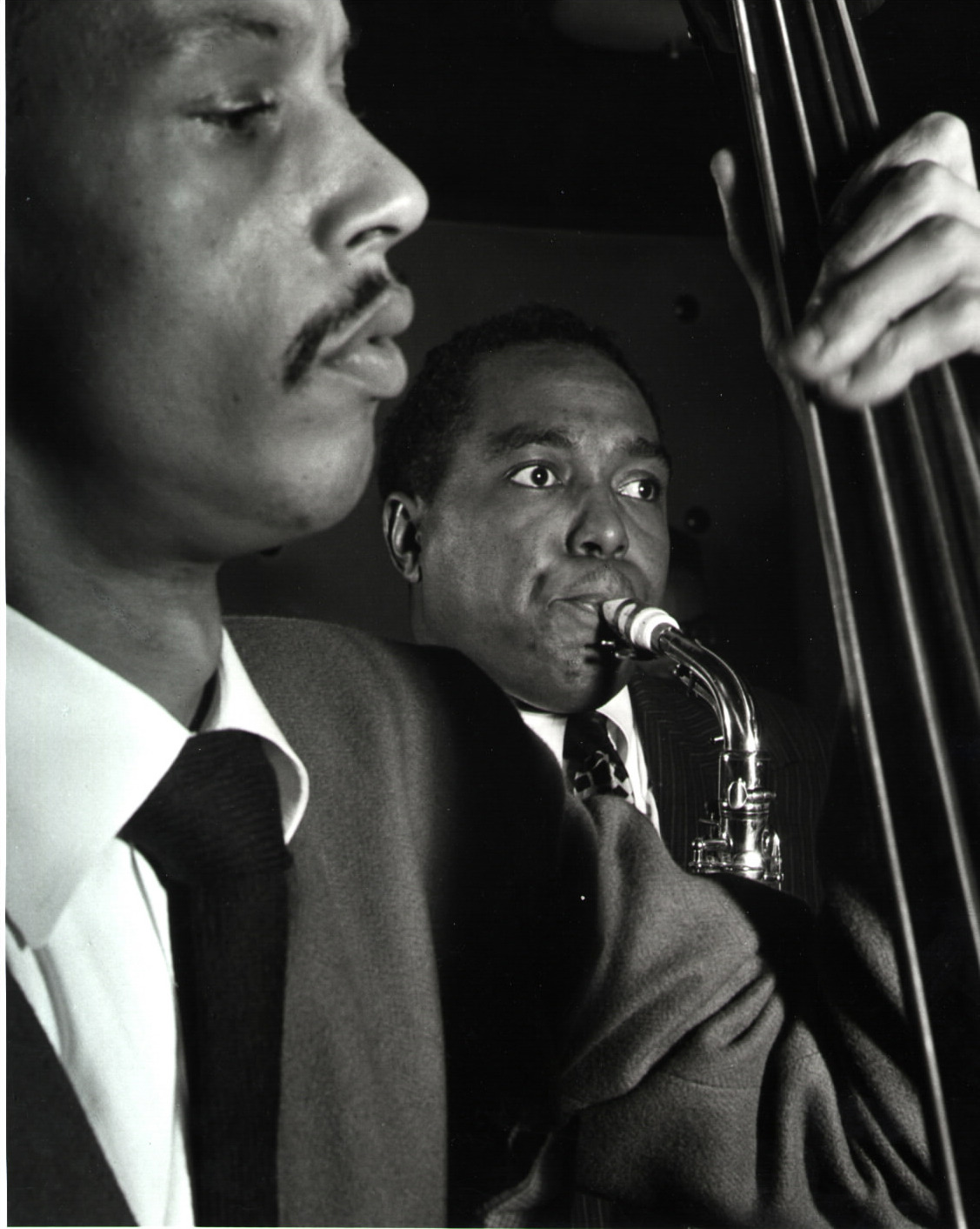
Bird absolutely locked in. Charlie Parker and Tommy Potter, 1947.
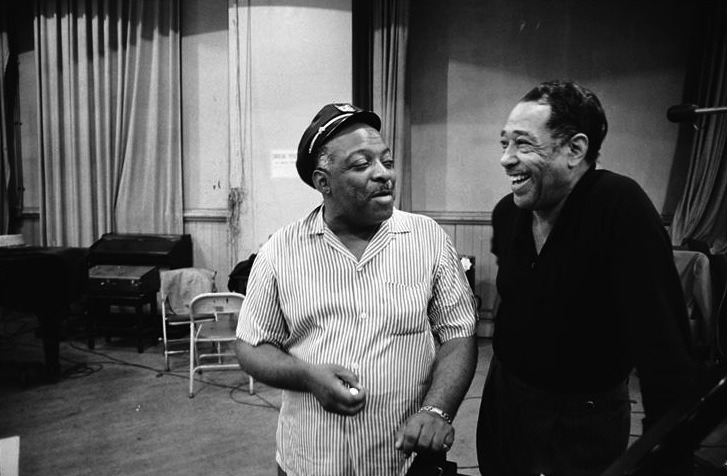
The Count and the Duke. Count Basie and Duke Ellington.
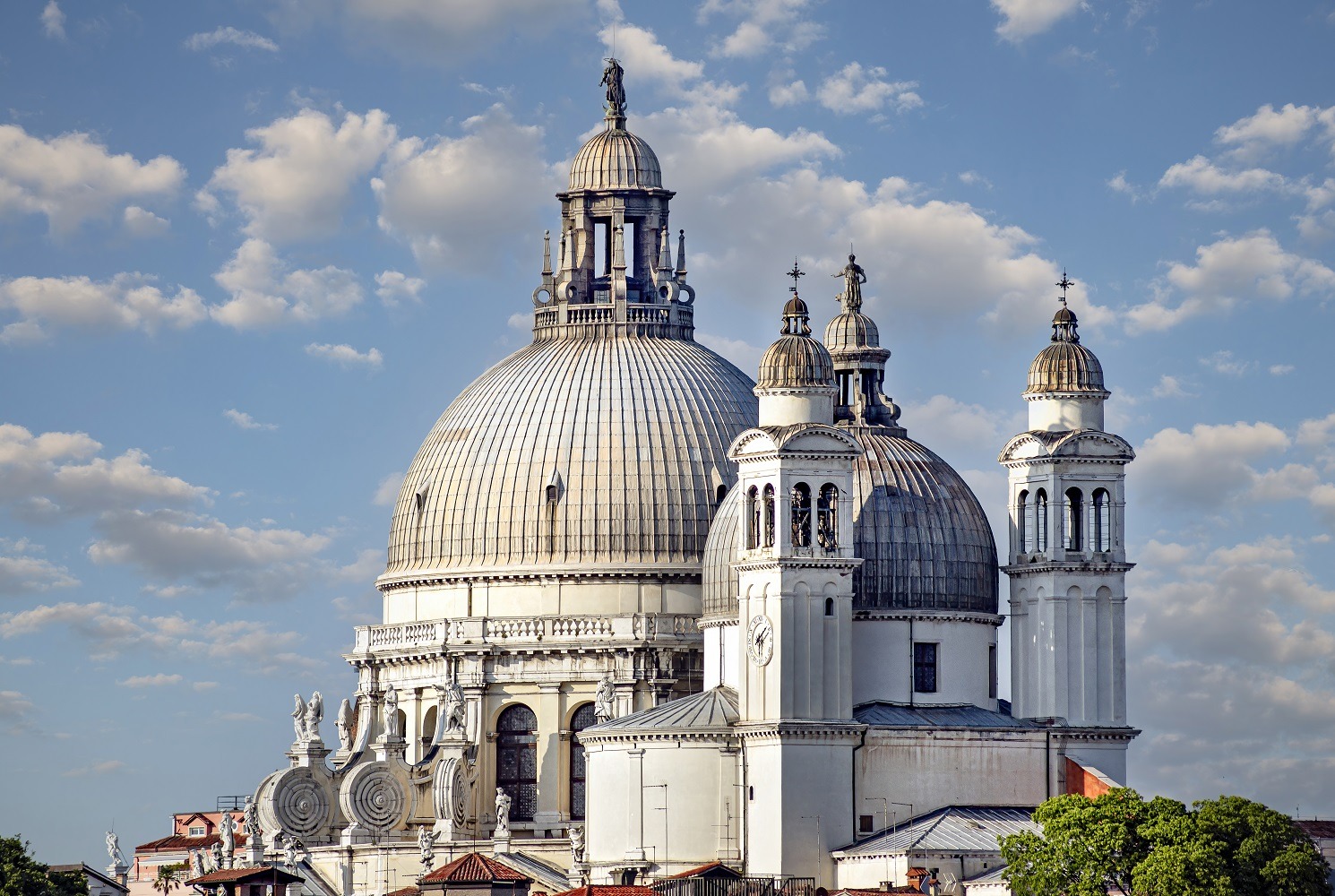
The dome of Sta Maria Della Salute. Venice.
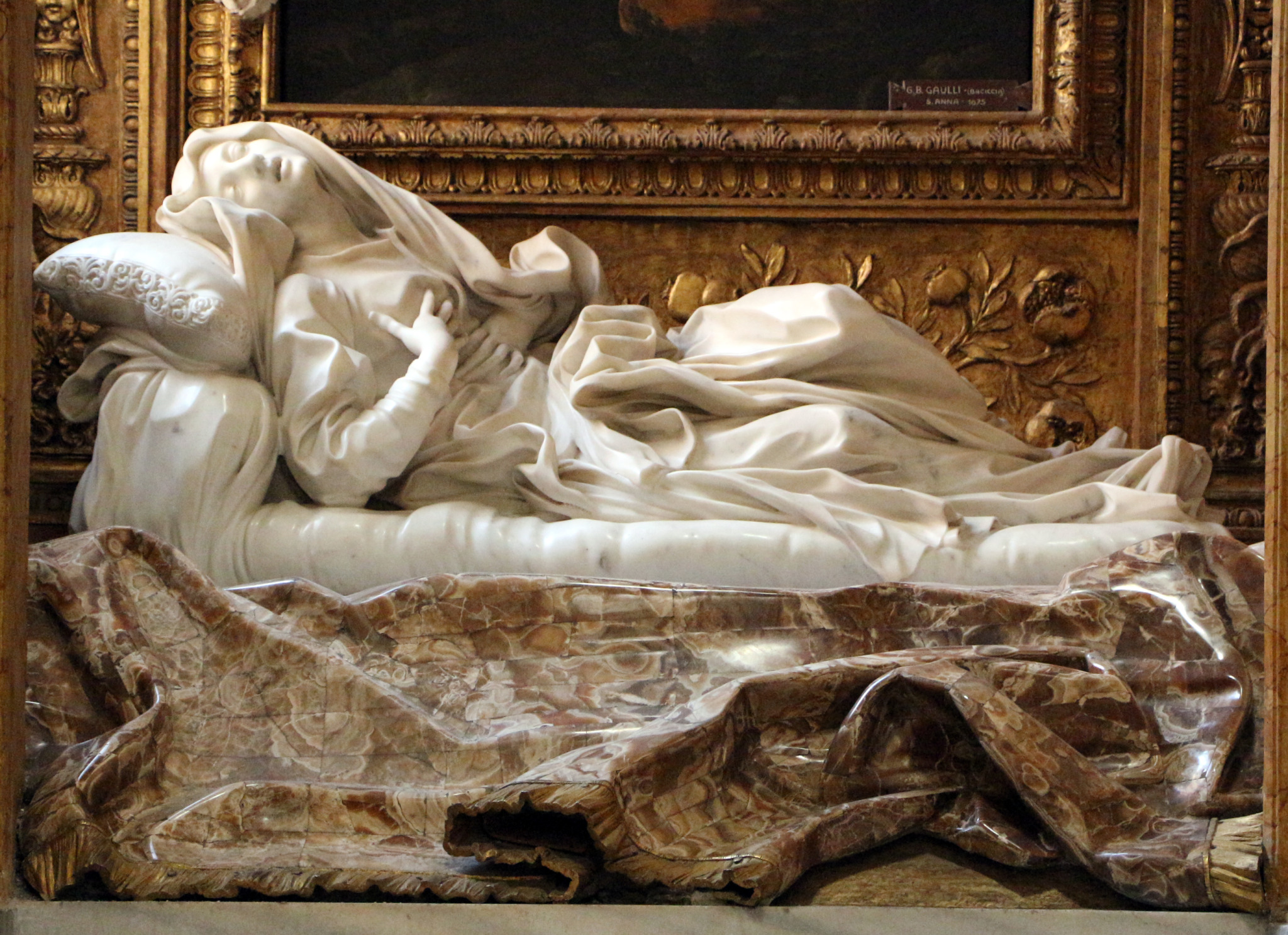
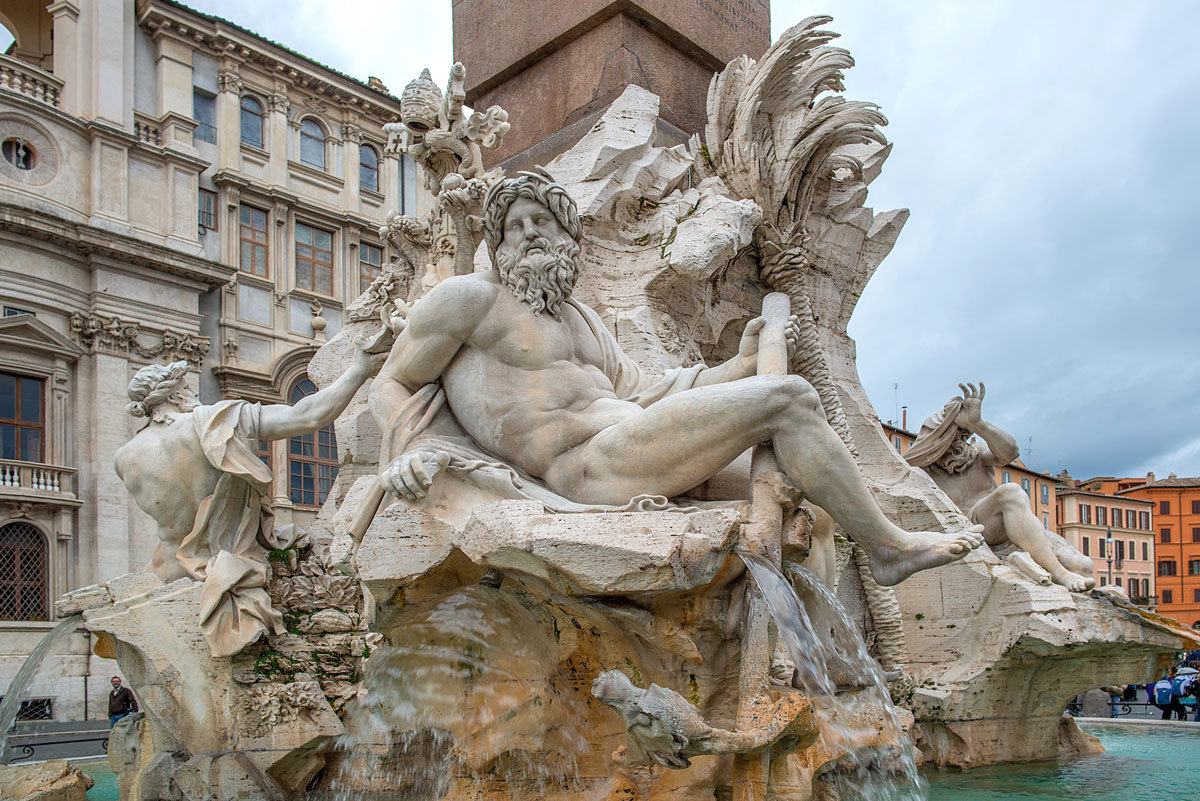
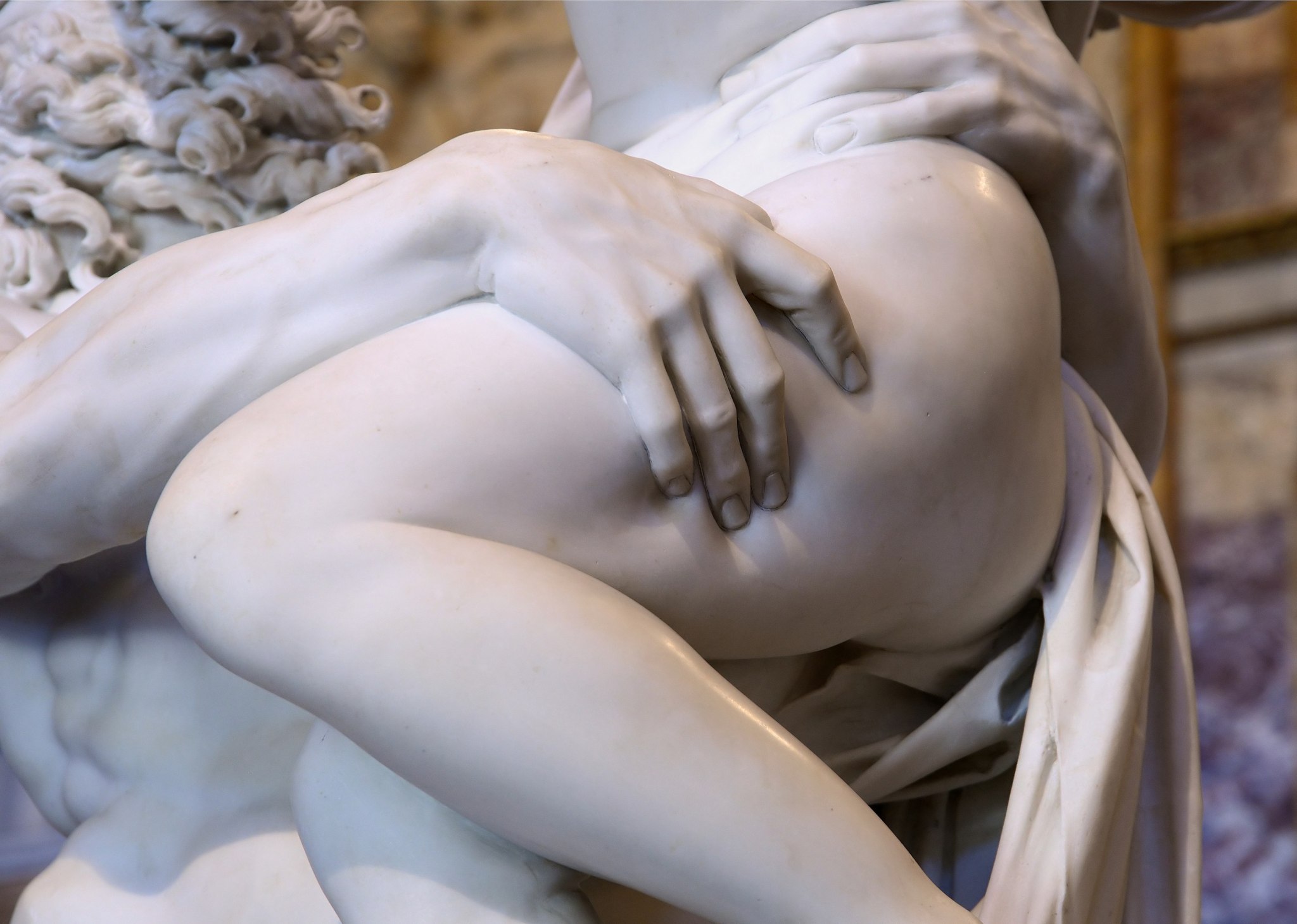
Bernini in marble.
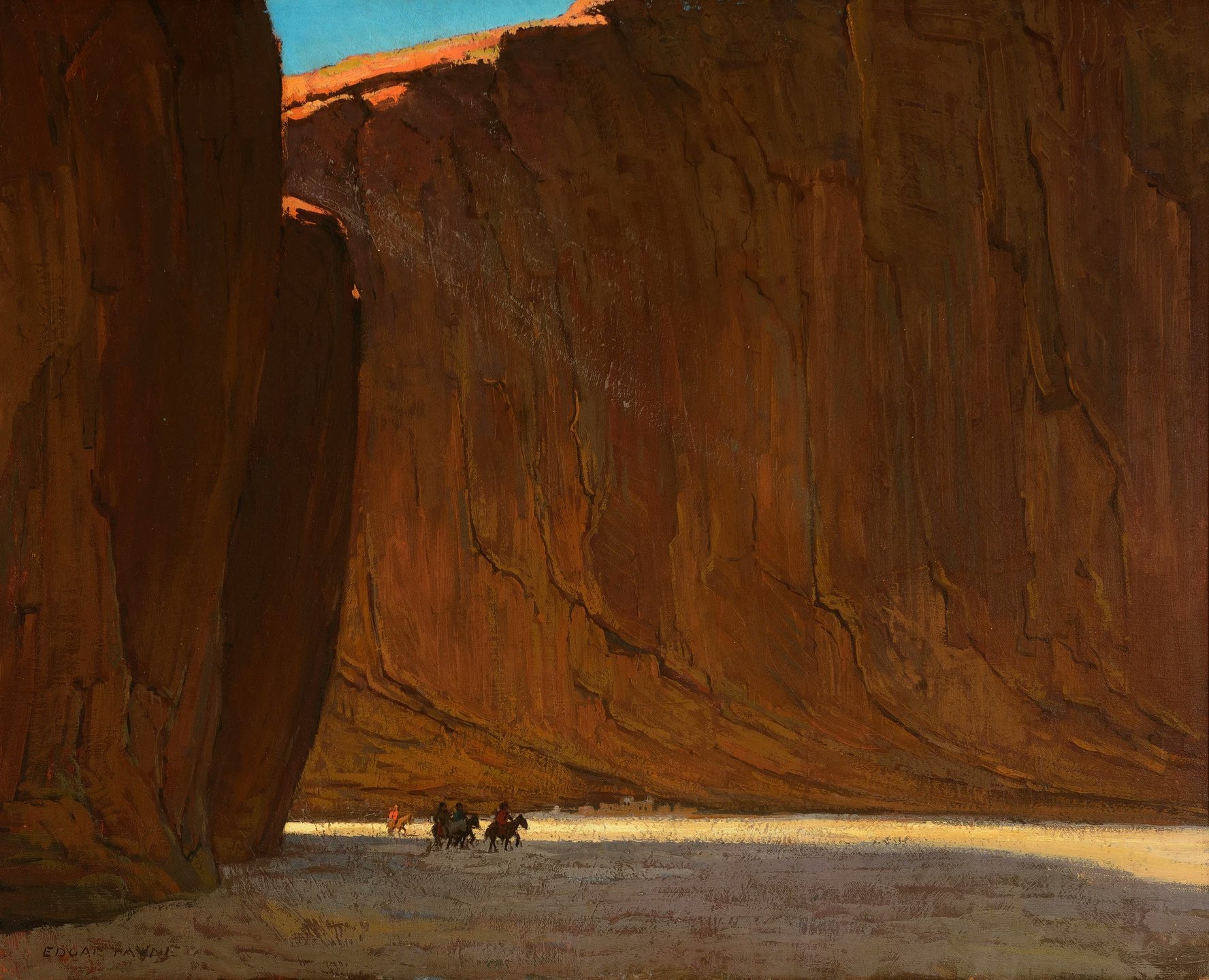
Canyon de Chelly. Edgar Alwin Payne, c. 1916.
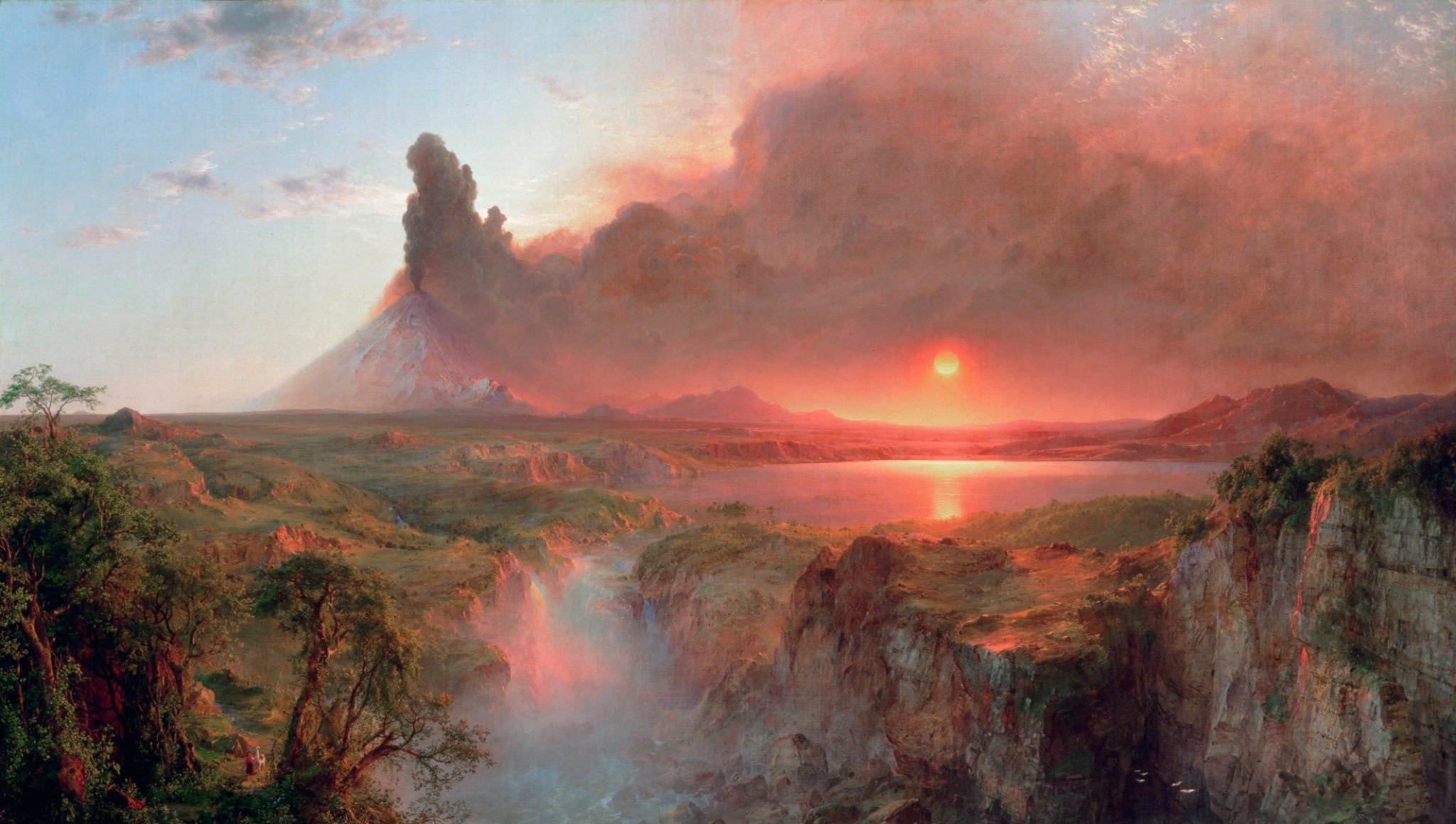
Cotopaxi. Frederic Edwin Church, 1862.
Evolution has generated two opposed modes for organisms to find fitness:
r-selection is about speed: rapid reproduction, fast growth, many offspring
K-selection is about carrying capacity: slow development, robust fitness, few offspring
What can we learn to harness both approaches in work and life?
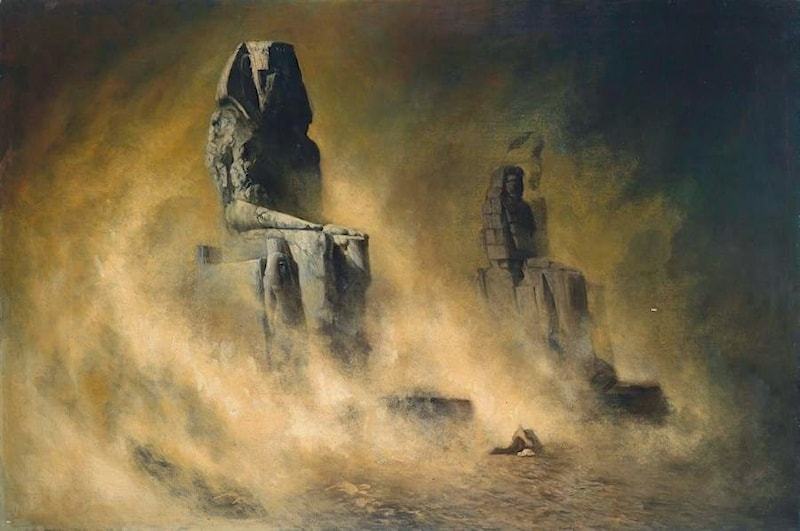
The Colossi of Memnon in a Sandstorm. Karl Wilhelm Diefenbach, 1896.
Gratitude is how we maintain the fragile, critical systems of relationships that come to our rescue when things go bad. Strong institutions get that way through the effortful work of the grateful to nurture them on.
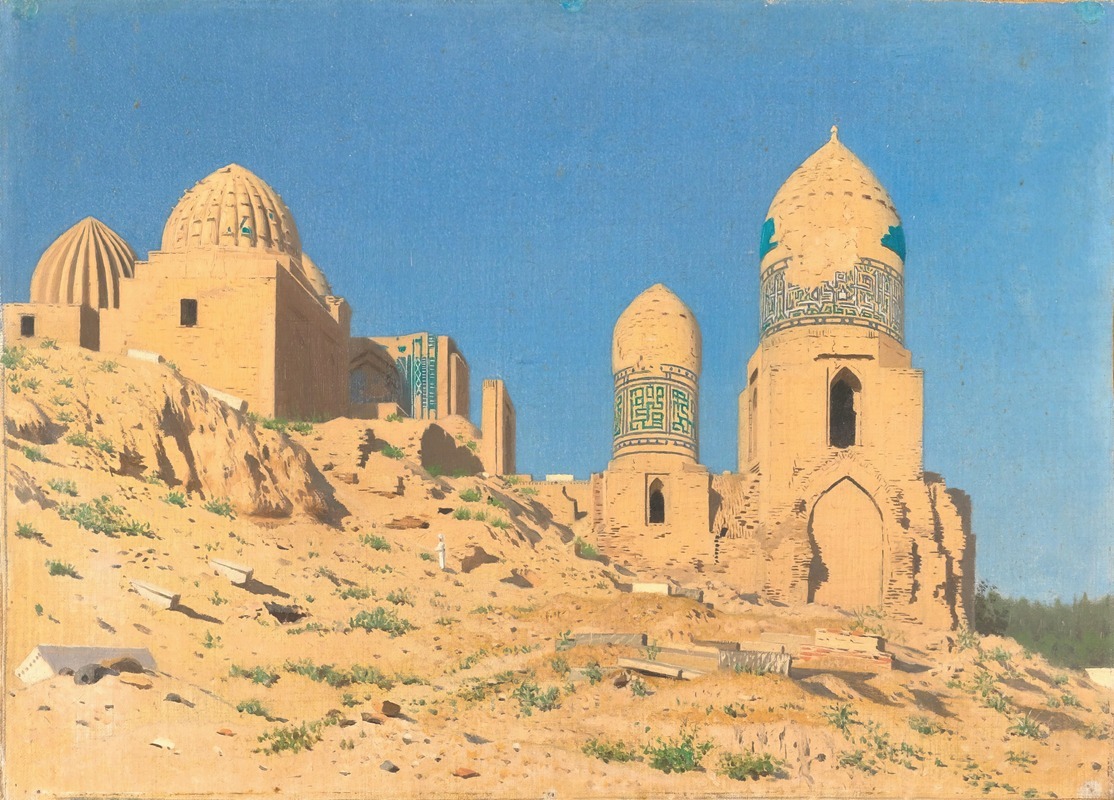
Shah-i-Zinda Mausoleum in Samarkand. Vasily Vereshchagin, 1869.
My thoughts on the books that constitute Silicon Valley’s “canon” of essential, influential works.
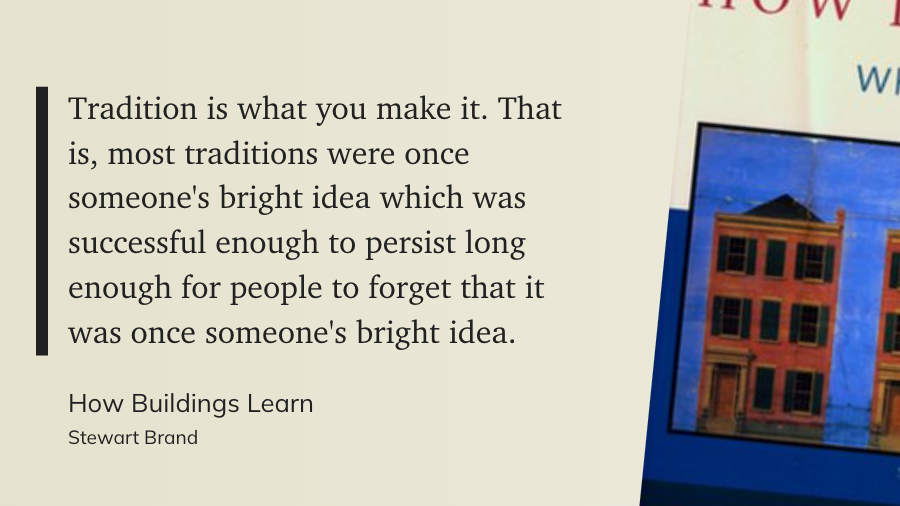
Stewart Brand on tradition.
From How Buildings Learn.
Jazz legend Oscar Peterson talks and plays with Andre Previn.
The world’s oldest continually-operating company. Founded in 705.
Riffing on one of my favorite quotes, from Calvin Coolidge:
Wrote this week about the problems with feeds, algorithmic discovery, and passively letting the machines define your taste.
We all need a return to active participation in what we consume.
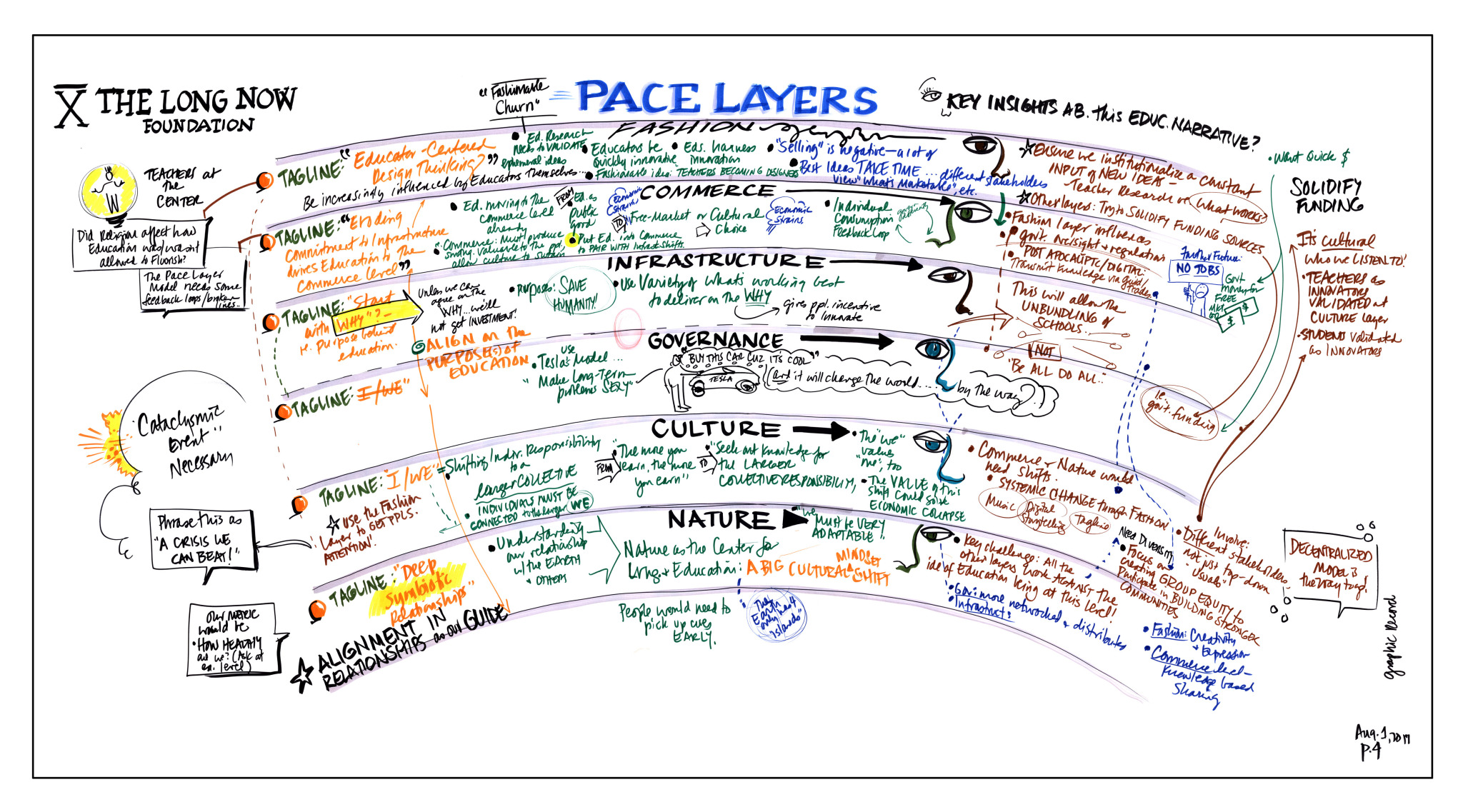
“Pace layers”
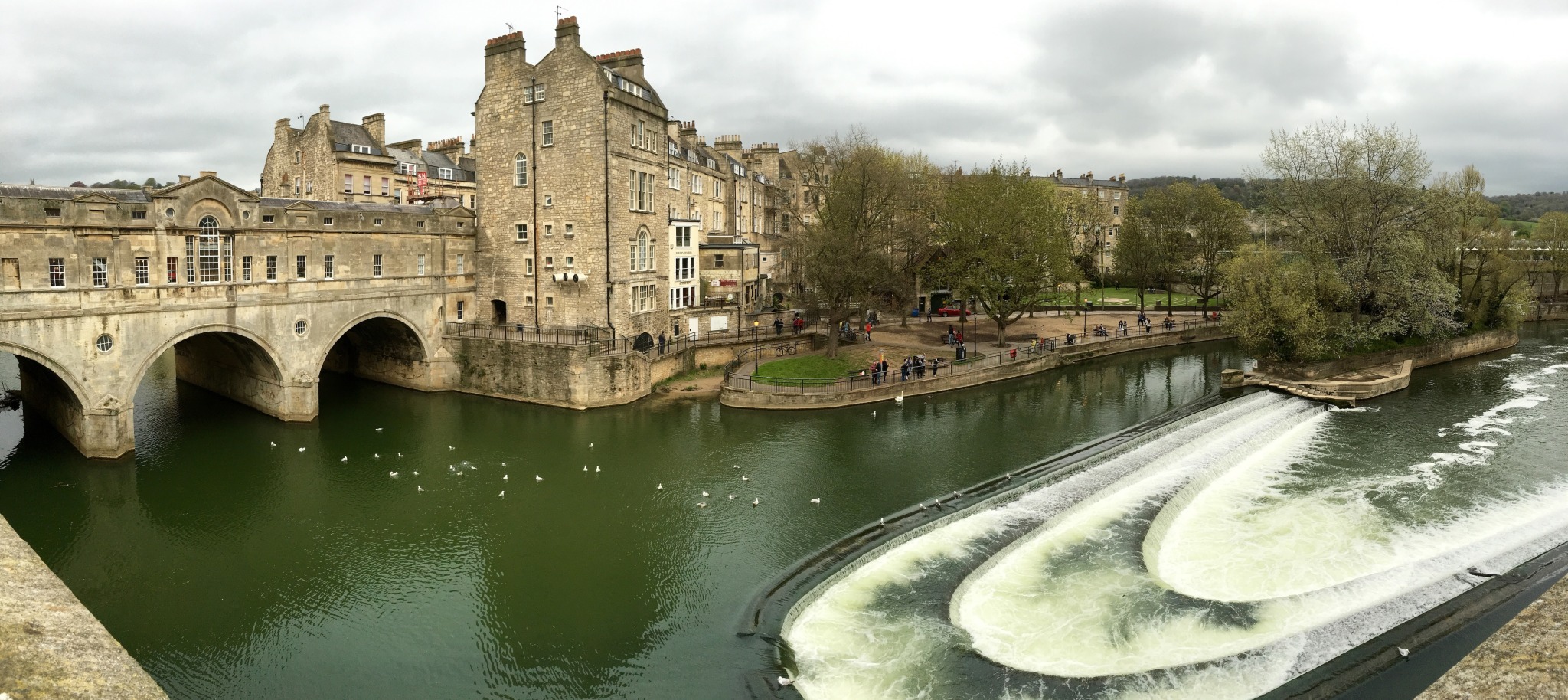
Pulteney Bridge. Bath, England.
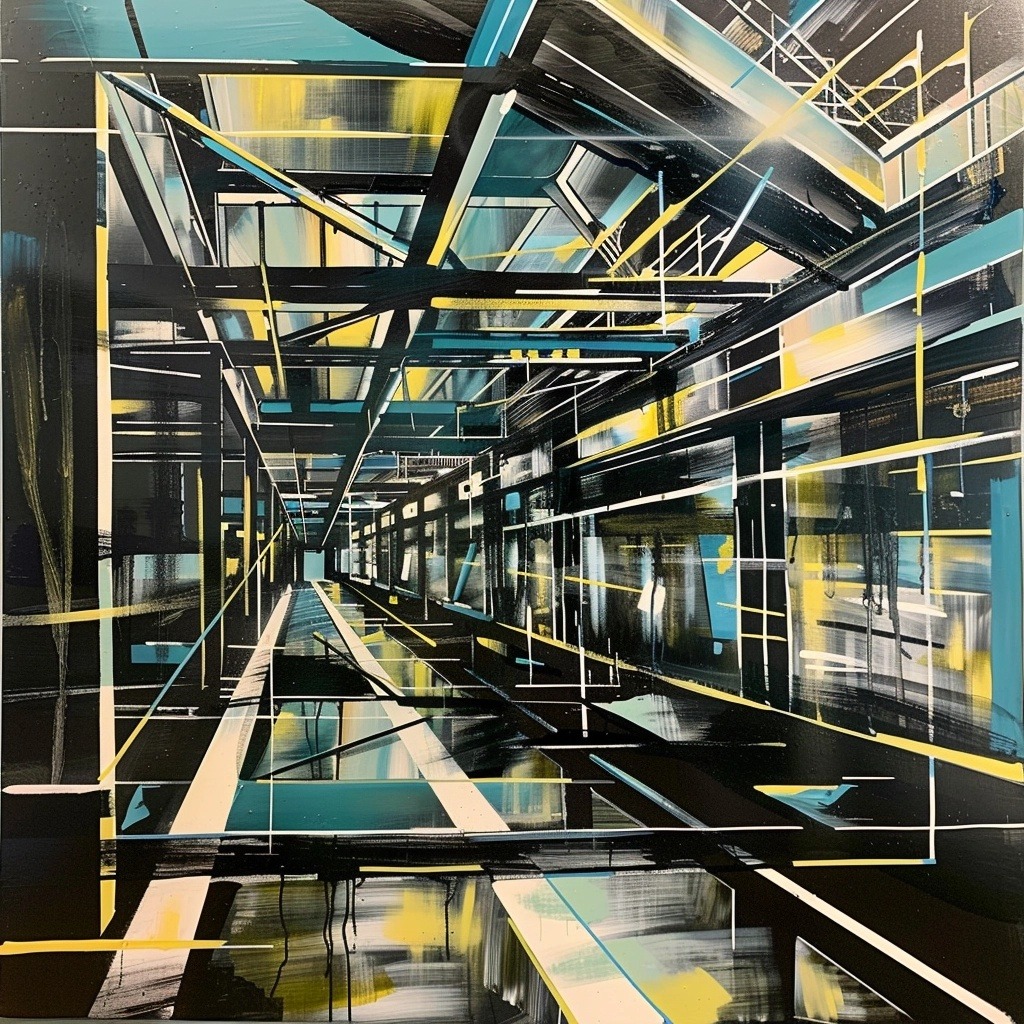
Prompt: “liminal space”
Recalls the finale of Interstellar.
Low-tech dictation is a new technique I’ve adopted for creativity.
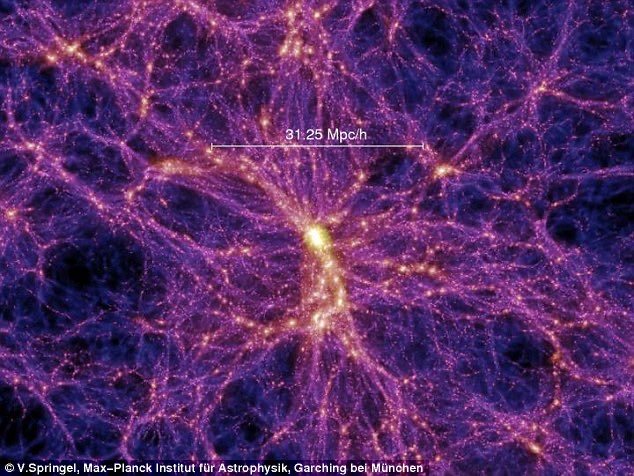
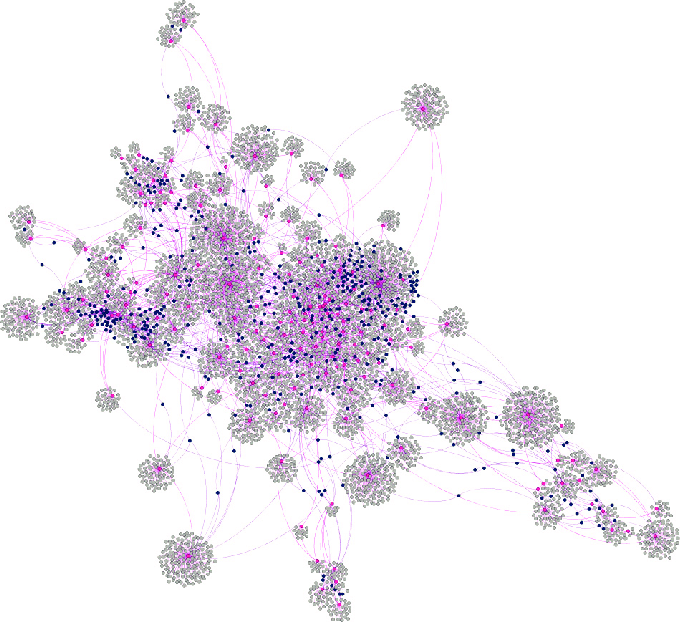
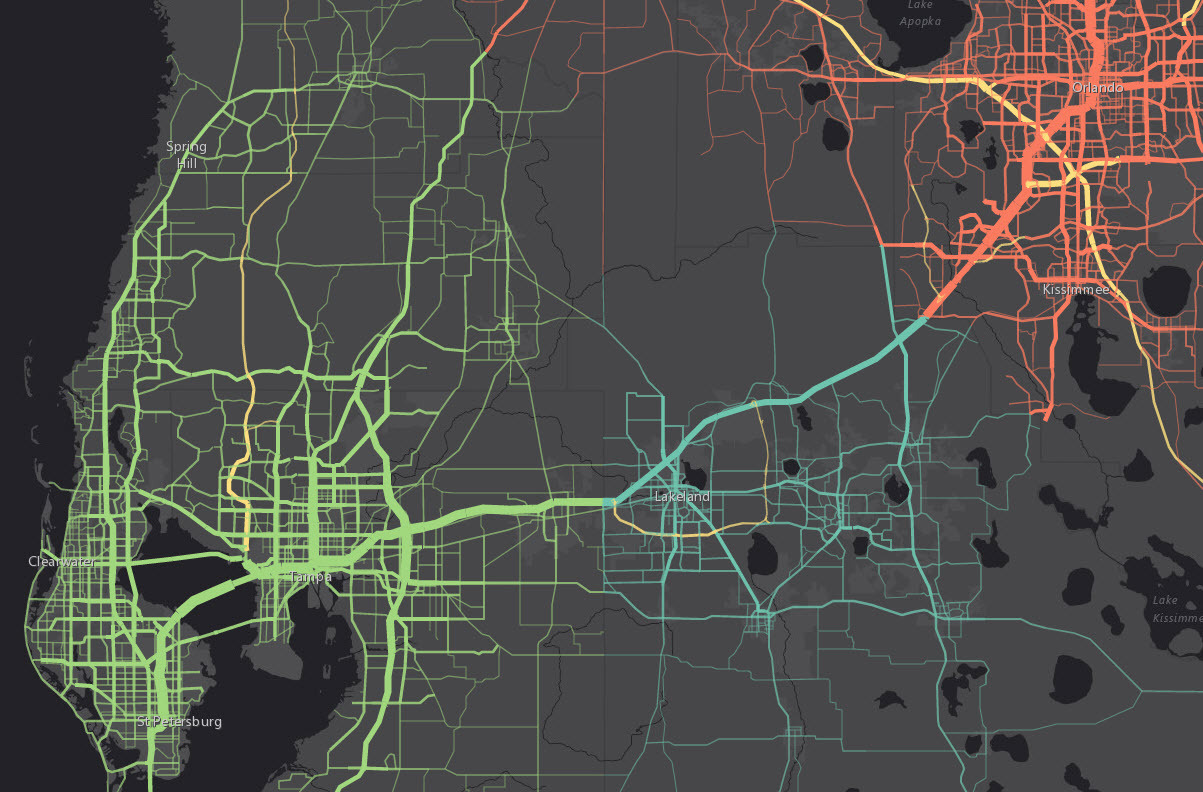
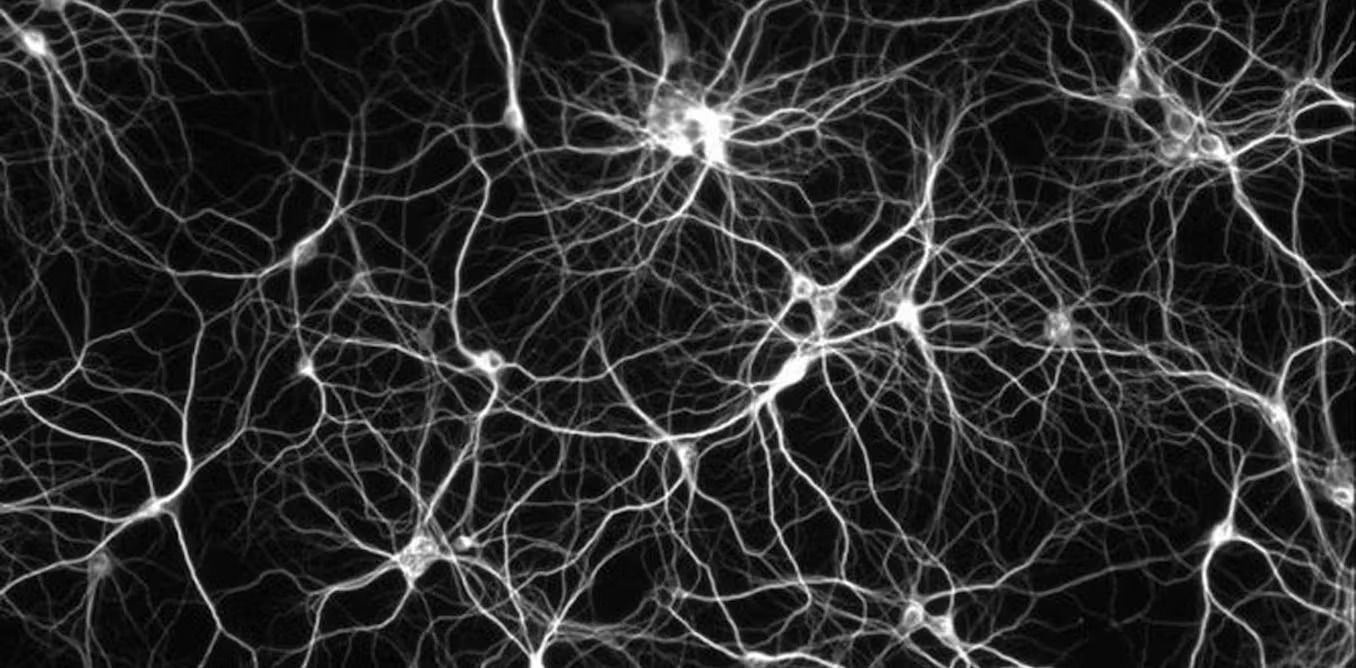
A map of galaxies, the citations of academic papers, urban traffic flow, a neural network.
The similarities.
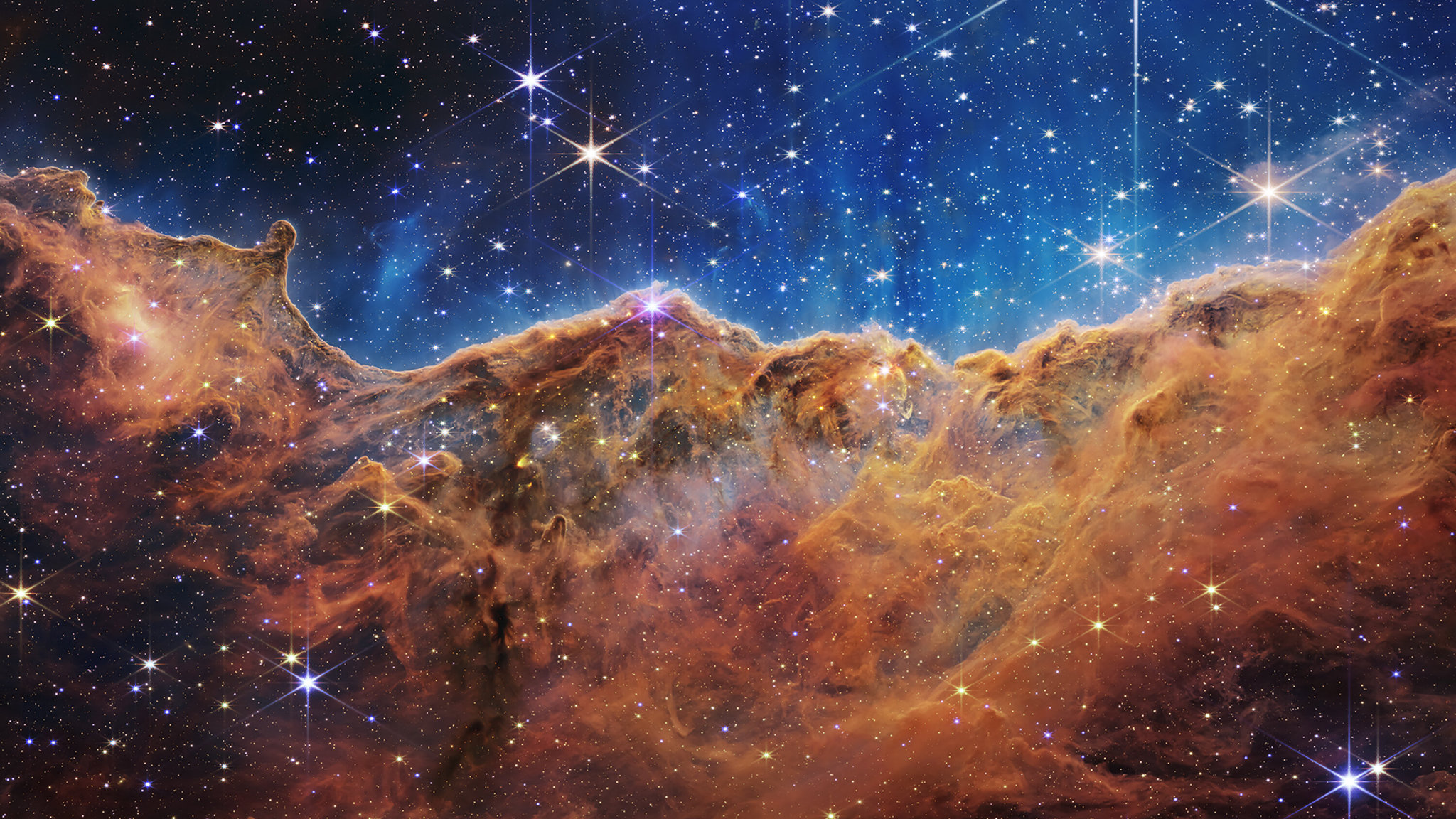
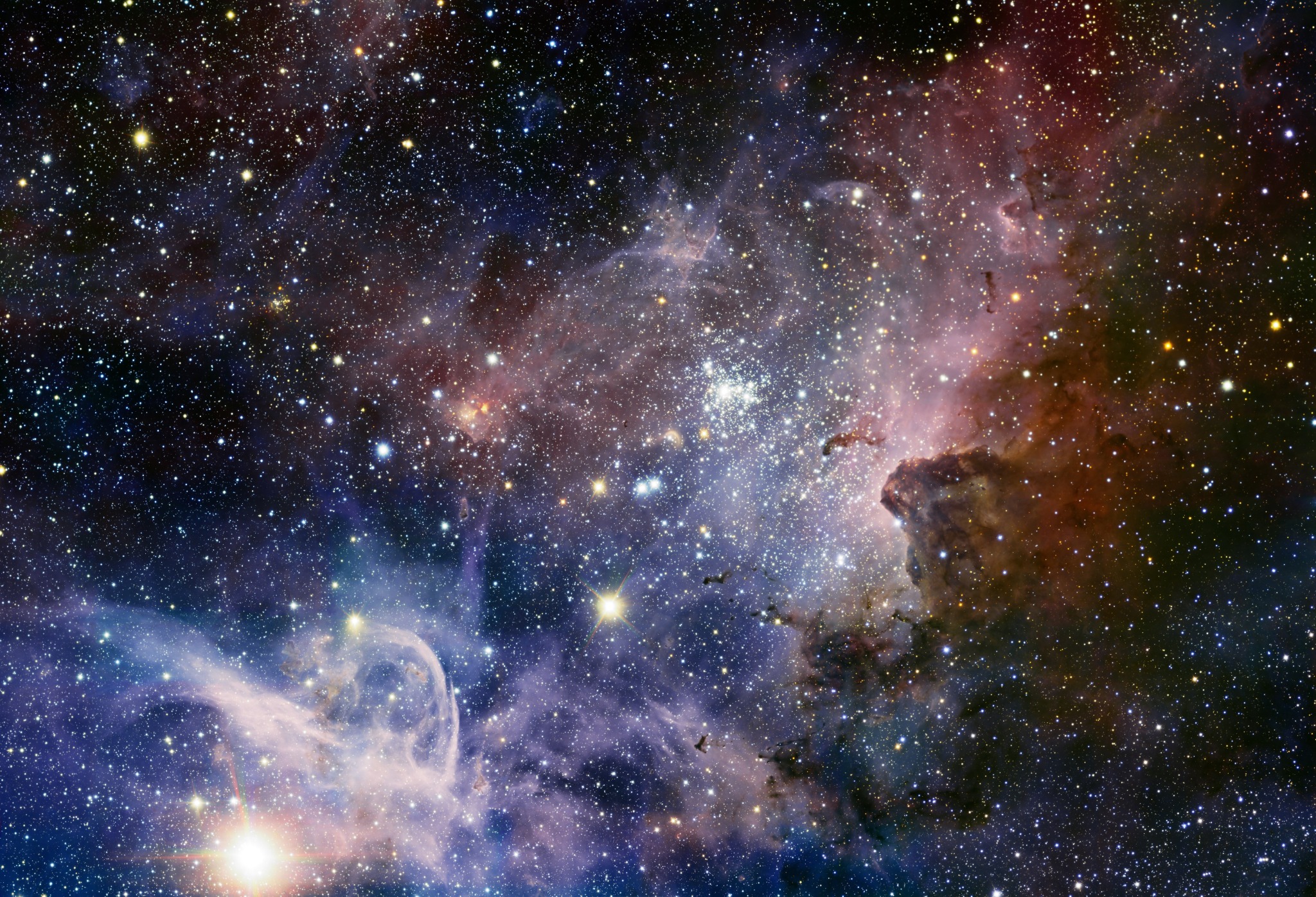
The Carina Nebula. Only 8,500 light years away.
An interesting idea from Andy Grove’s High Output Management.
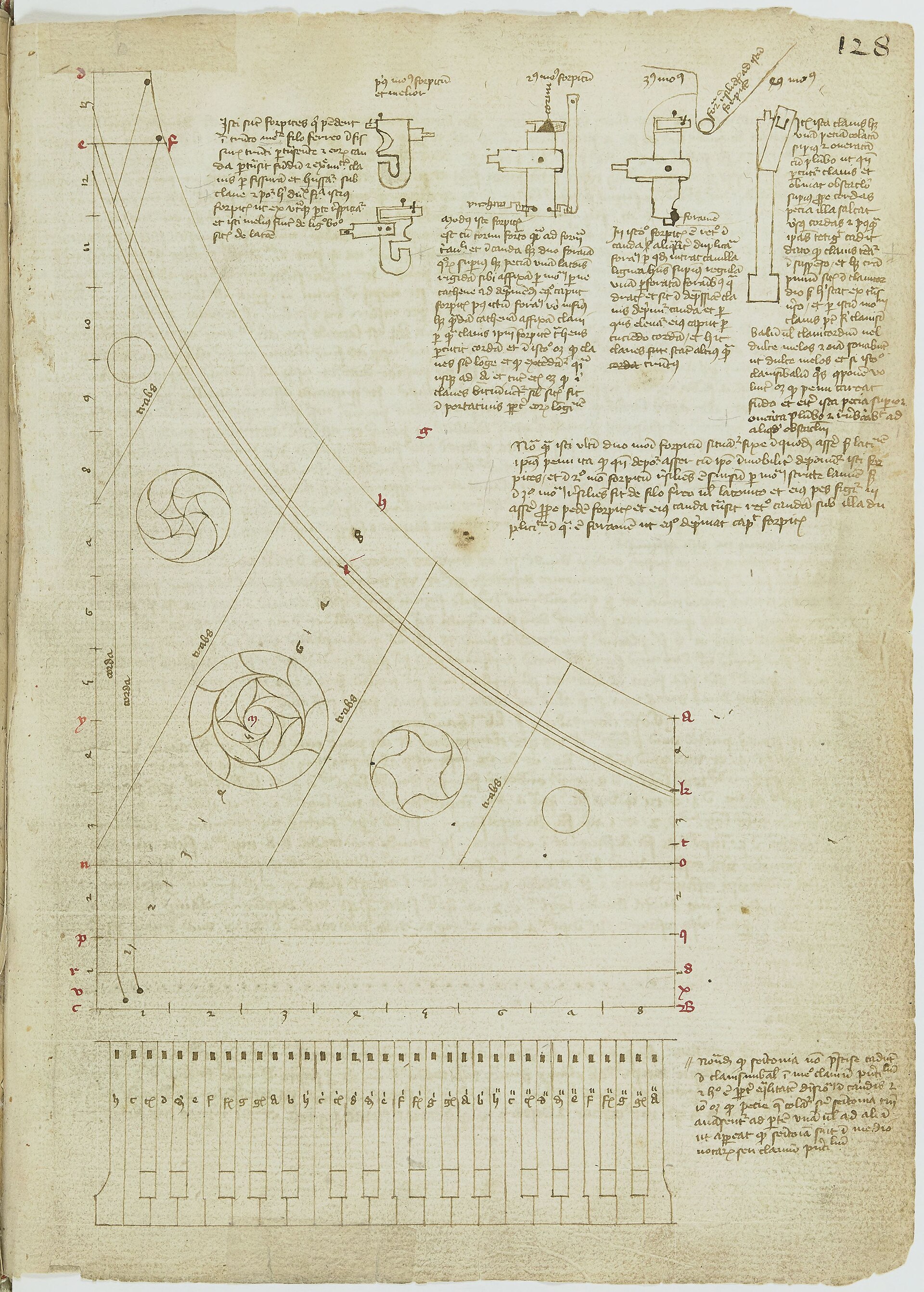
Diagram of a harpsichord. Arnault de Zwolle, c. 1430.
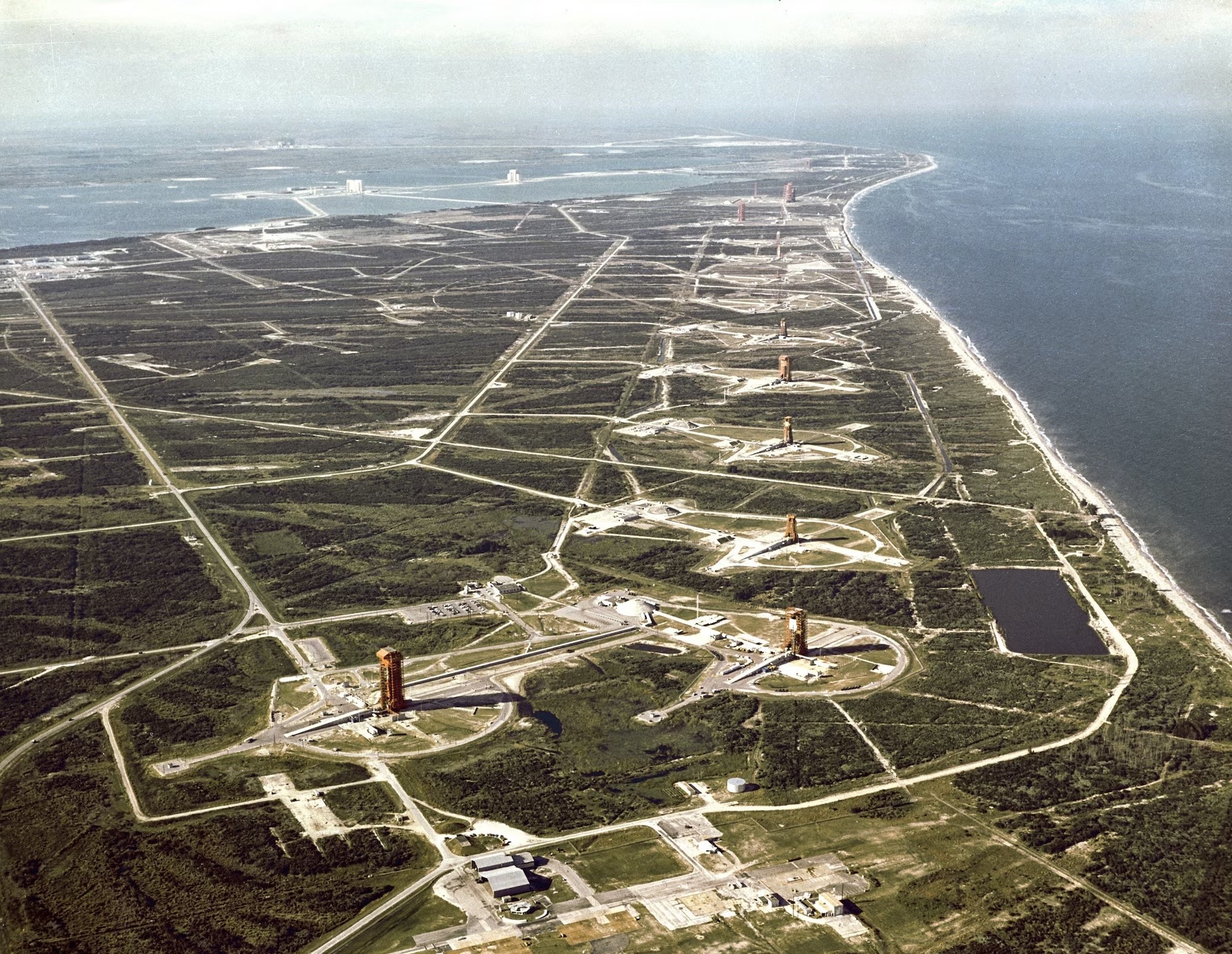
The launch complex at Cape Canaveral.
Last month’s interesting finds.
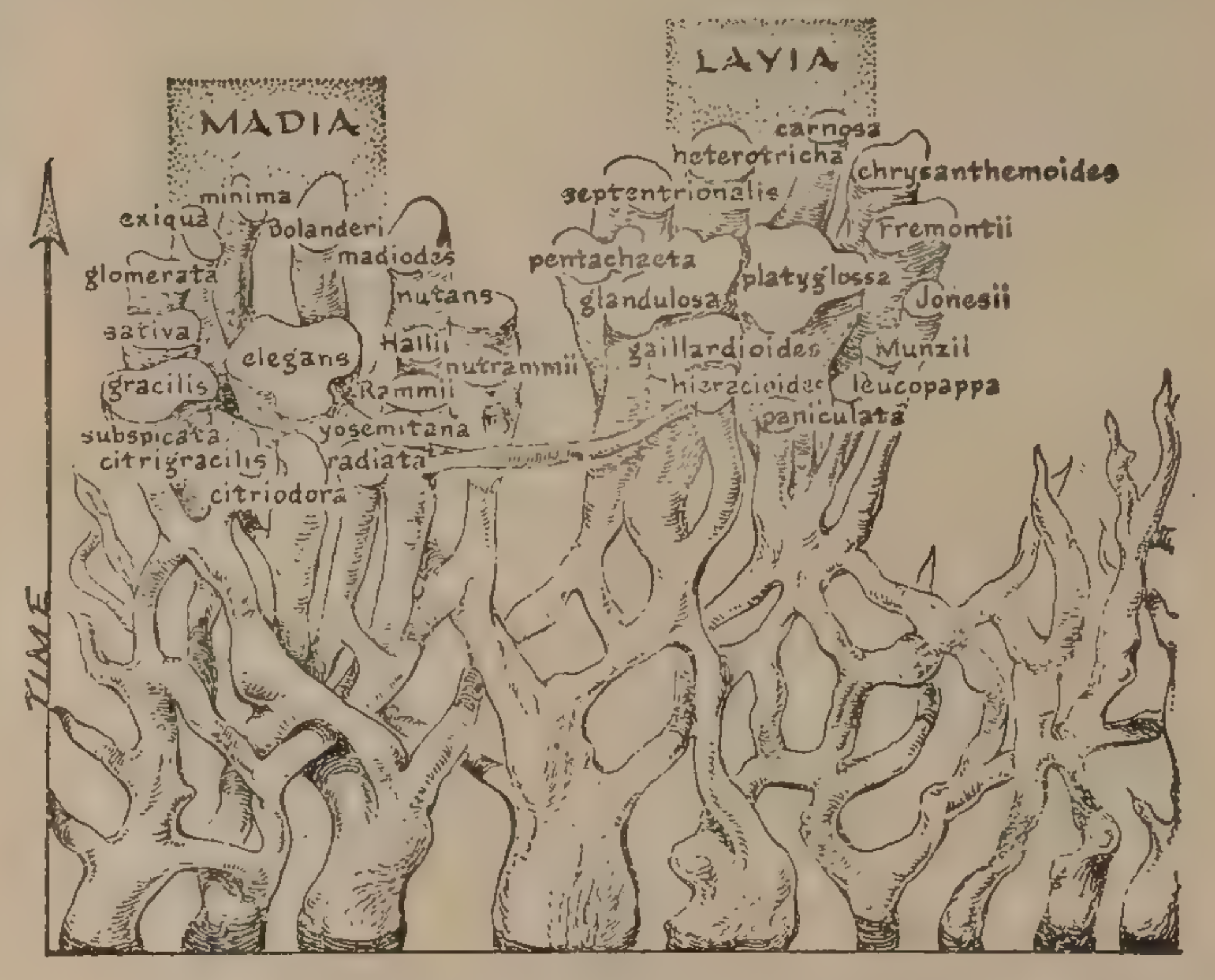
“Stages of Evolution of Plant Species” , from the Whole Earth Catalog , Spring 1970.
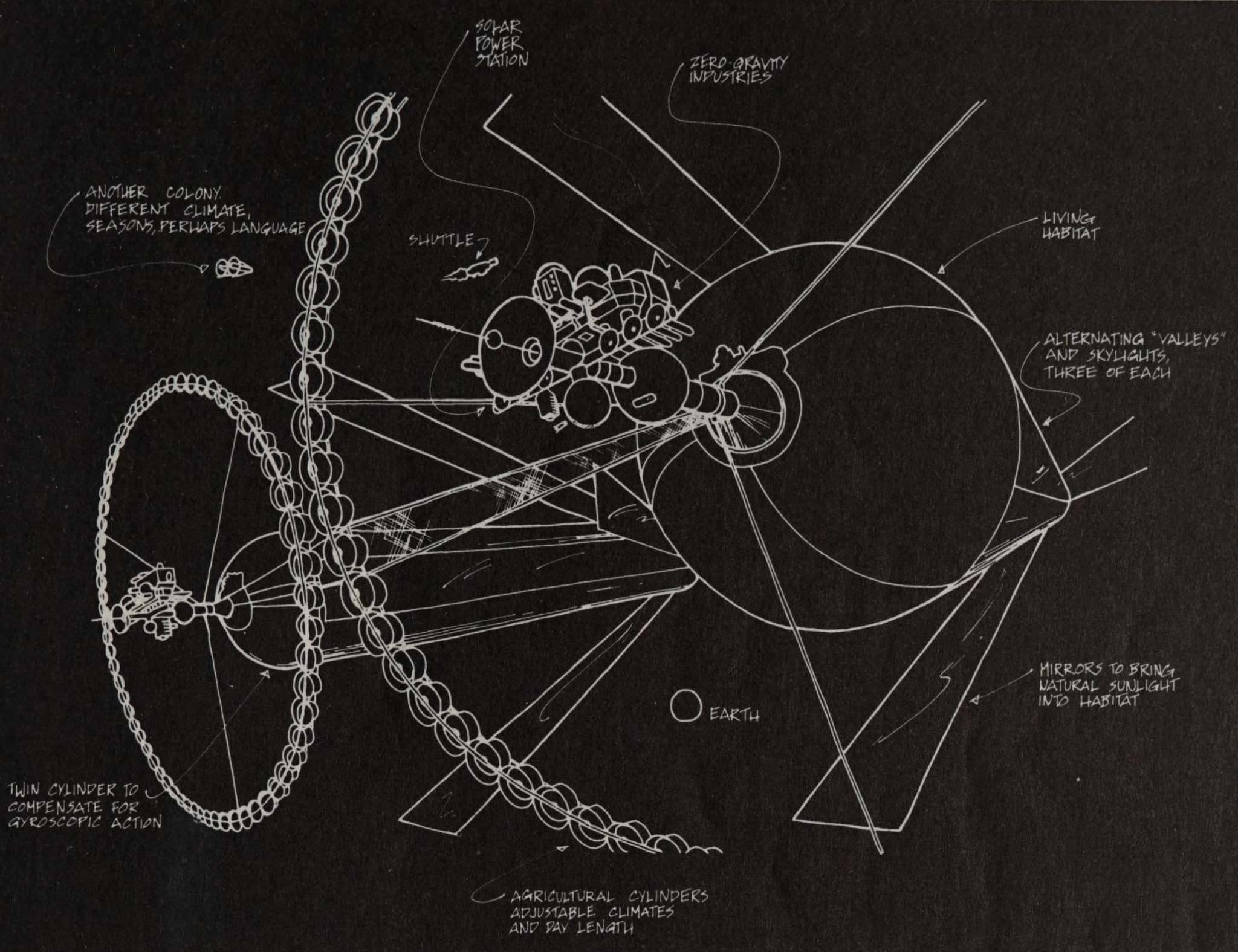
Space habitat by Carol Kramer. From Space Colonies , 1977.
My latest post is a deep dive on Stewart Brand’s How Buildings Learn. If you can’t tell from the length, this book is full of gold, and one of my favorites in a long time:
On Kevin Kelly’s “Technium” and why human innovation is different than the biological variety.
Differentiating two different variants of The Enlightenment:
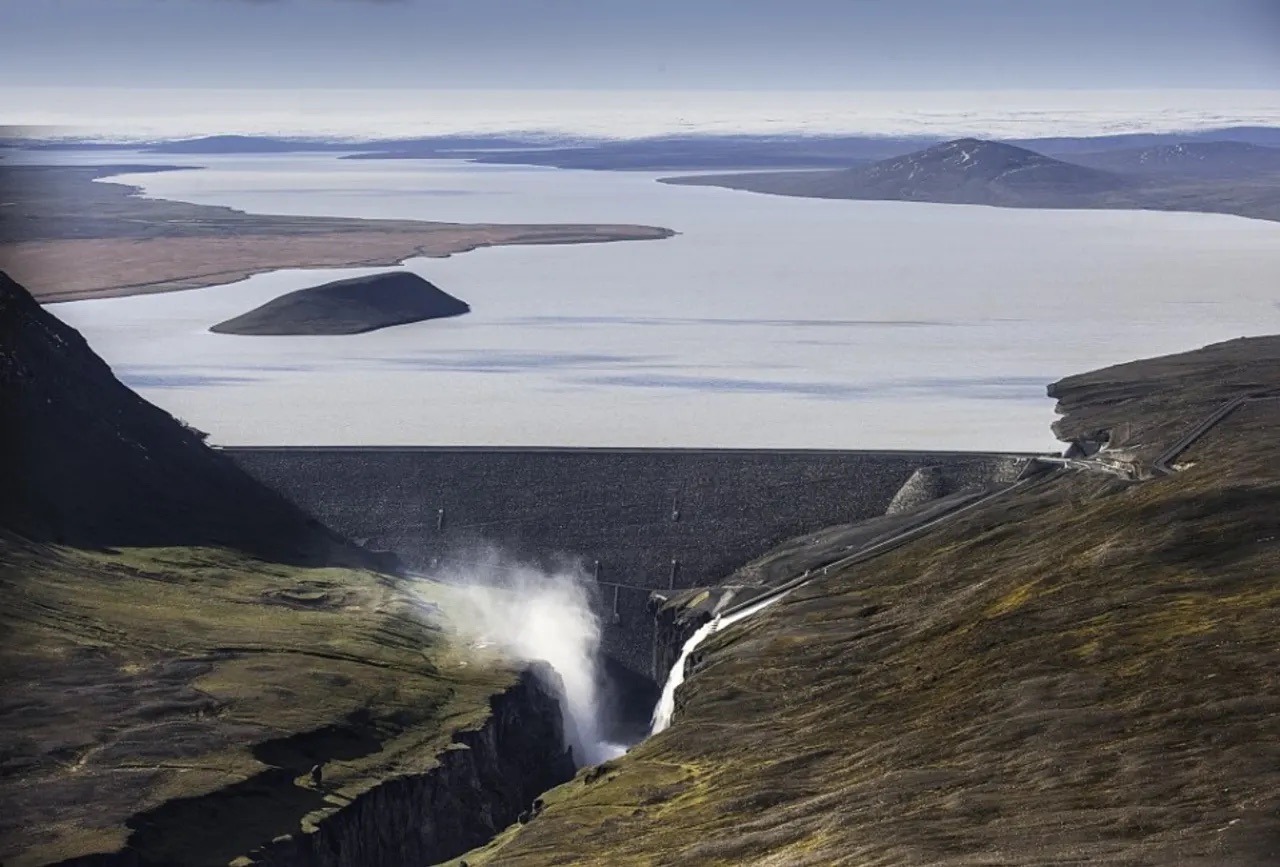
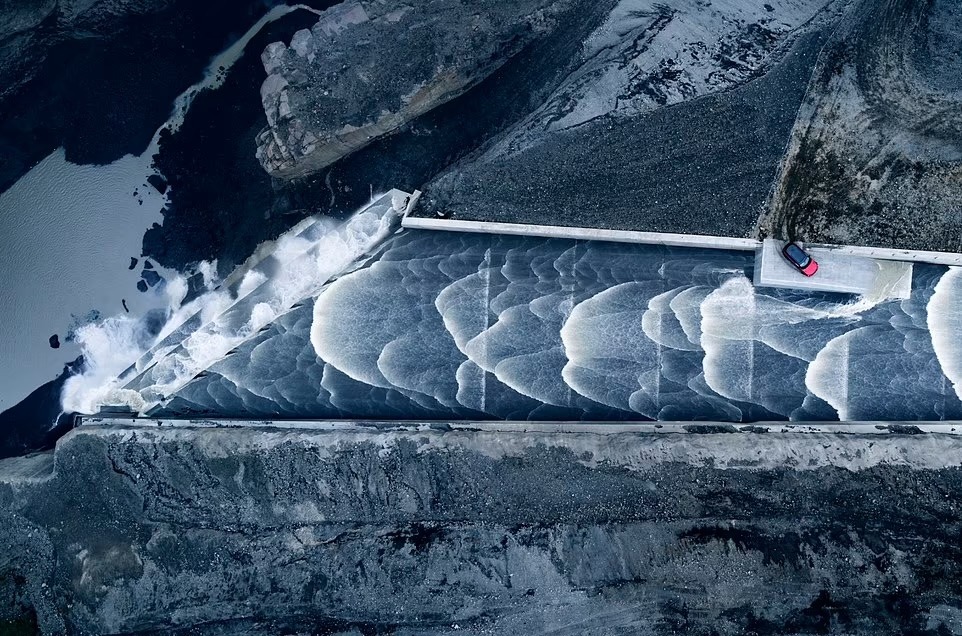
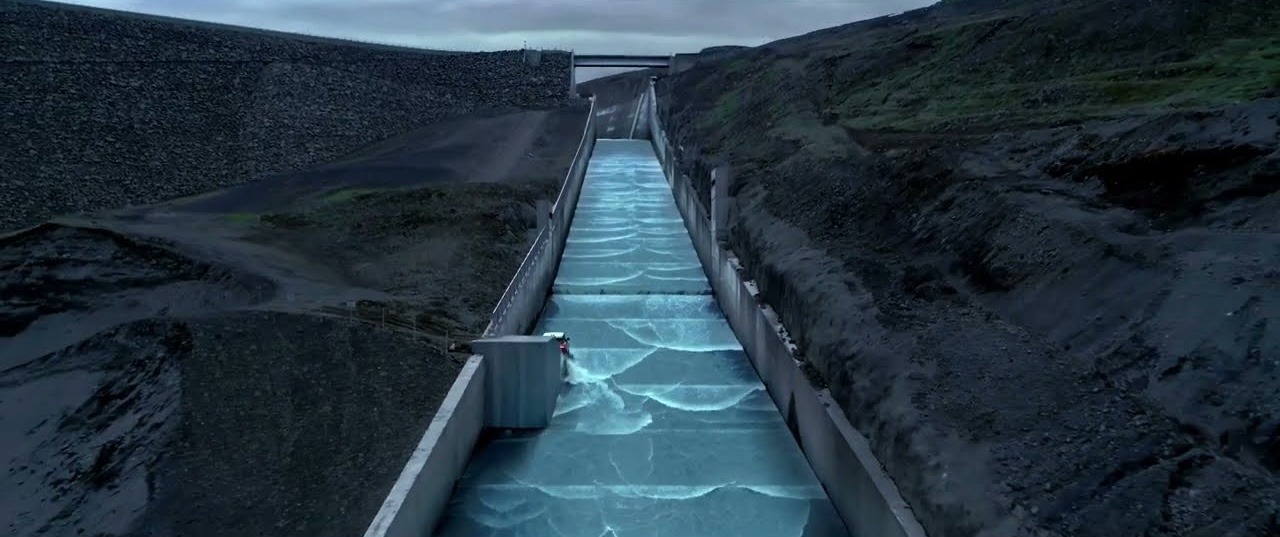
The amazing spillway at Kárahnjúkar Hydropower Plant , Iceland.
I can’t see brutalism without thinking of Dune. Upper image looks like Caladan.
“The preoccupation with what should be is estimable only when the respect for what is has been exhausted.”
—José Ortega y Gasset**
A regular tradition, 101 more pieces of advice from the inimitable Kevin Kelly.
Politico:
“When you see ten problems rolling down the road, if you don’t do anything, nine of them will roll into a ditch before they get to you.”
—Calvin Coolidge
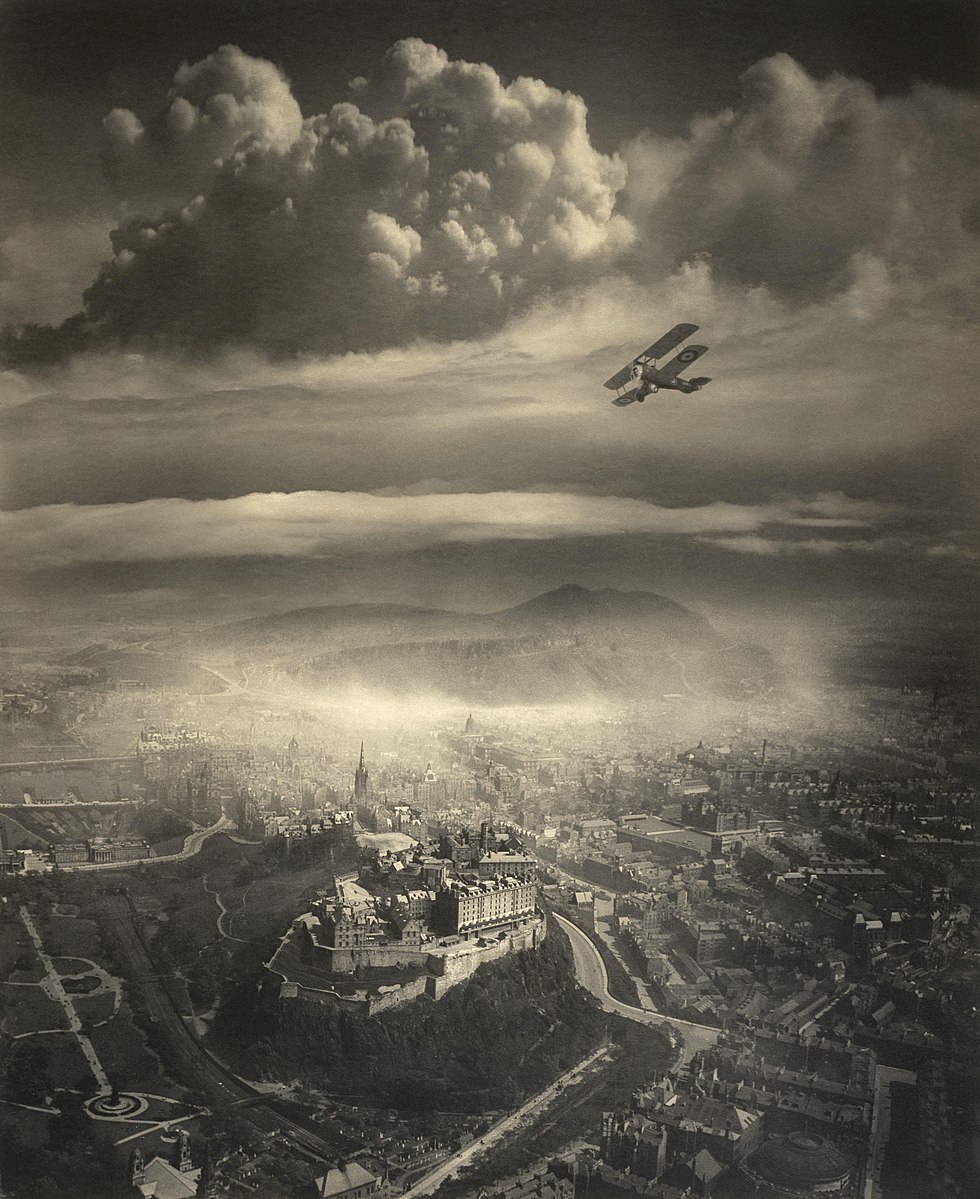
Edinburgh from the air. Alfred Buckham, c. 1920.
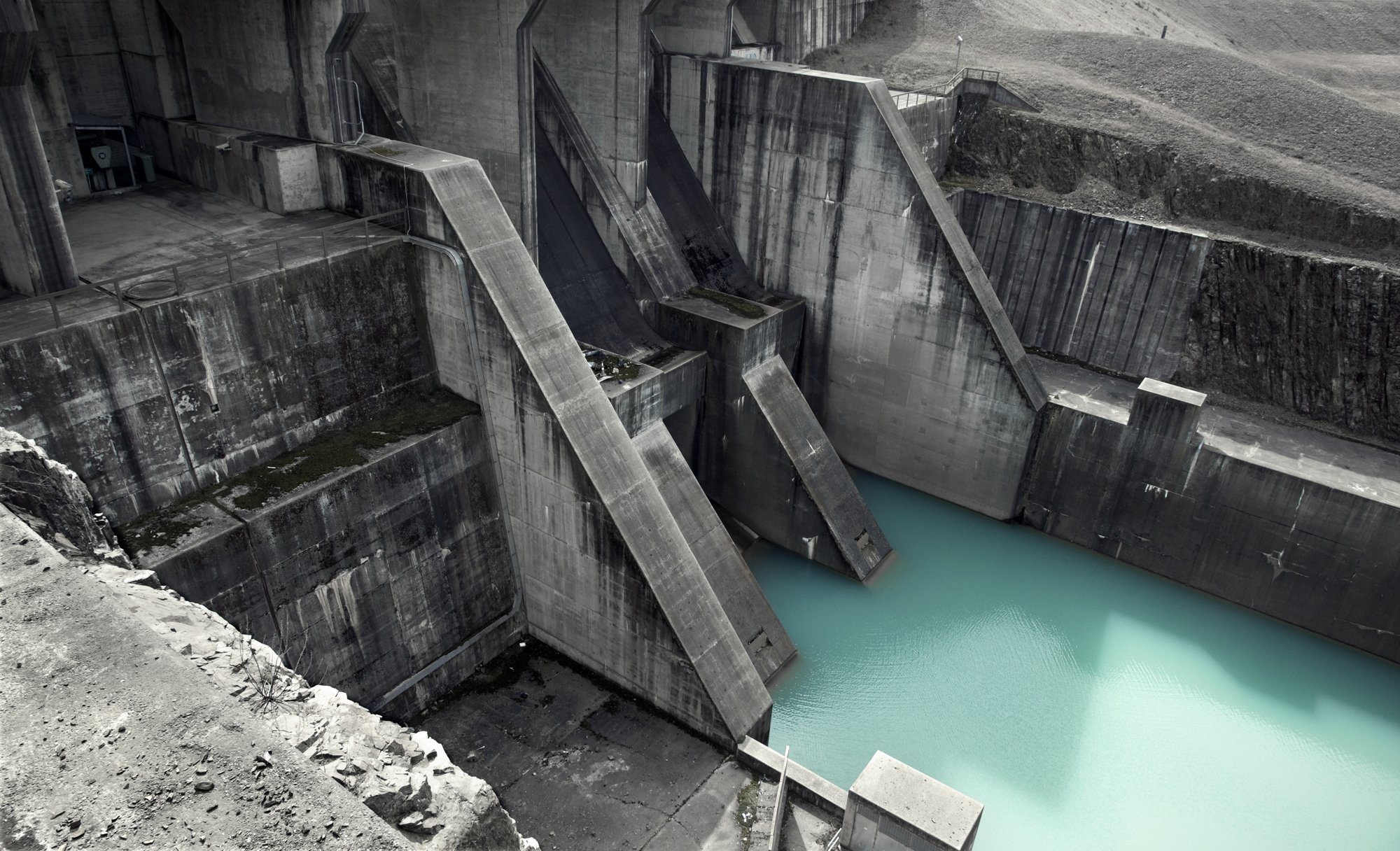
Ruataniwha Dam , New Zealand.
Filming location for a future dystopian sci-fi film.
Latest Res Extensa , on our natural genetic wiring to explore, and its biological benefits of asymmetric bets:
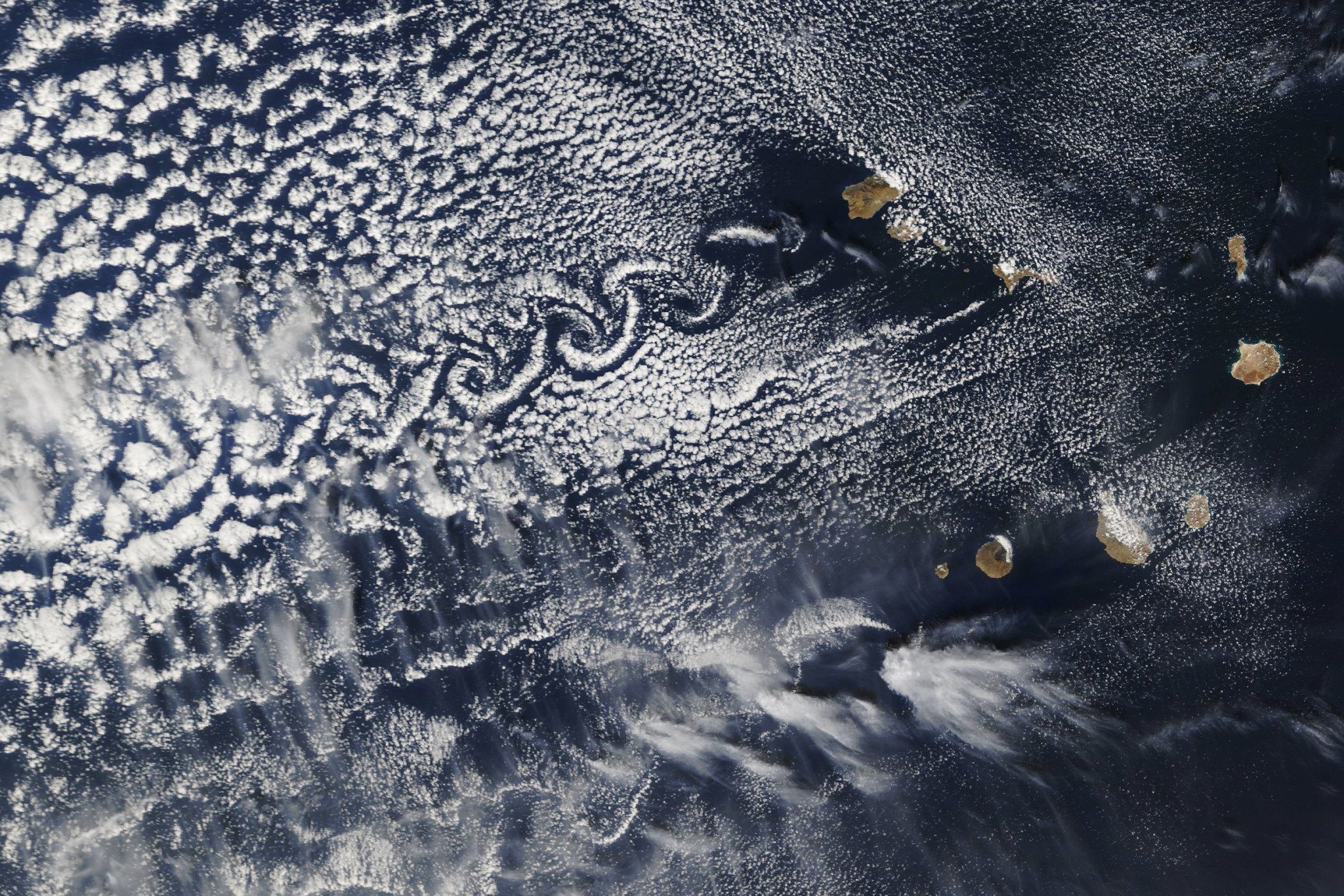

Kármán vortex streets in nature.
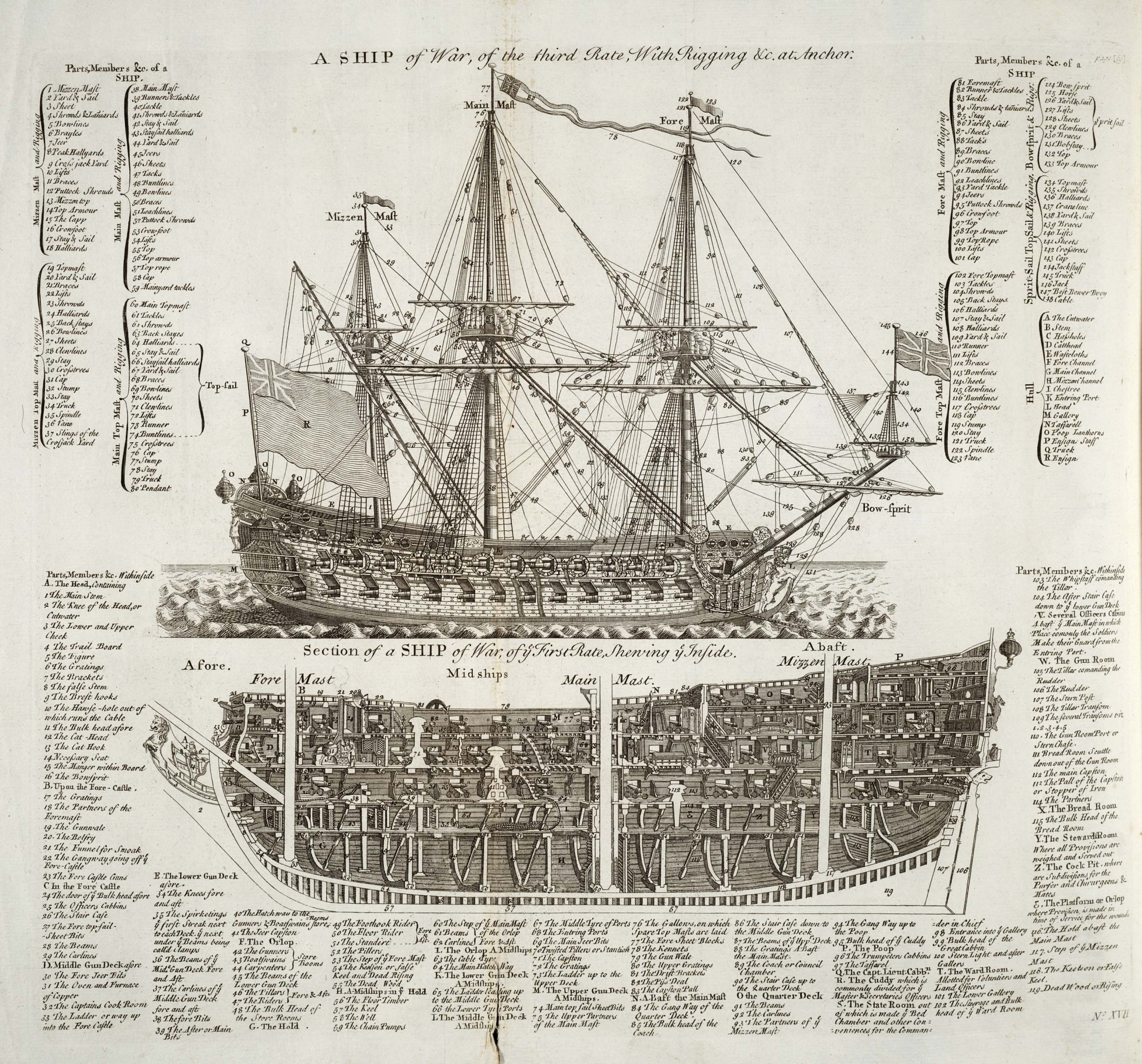
Diagram of a warship. From the Cyclopædia , 1728.
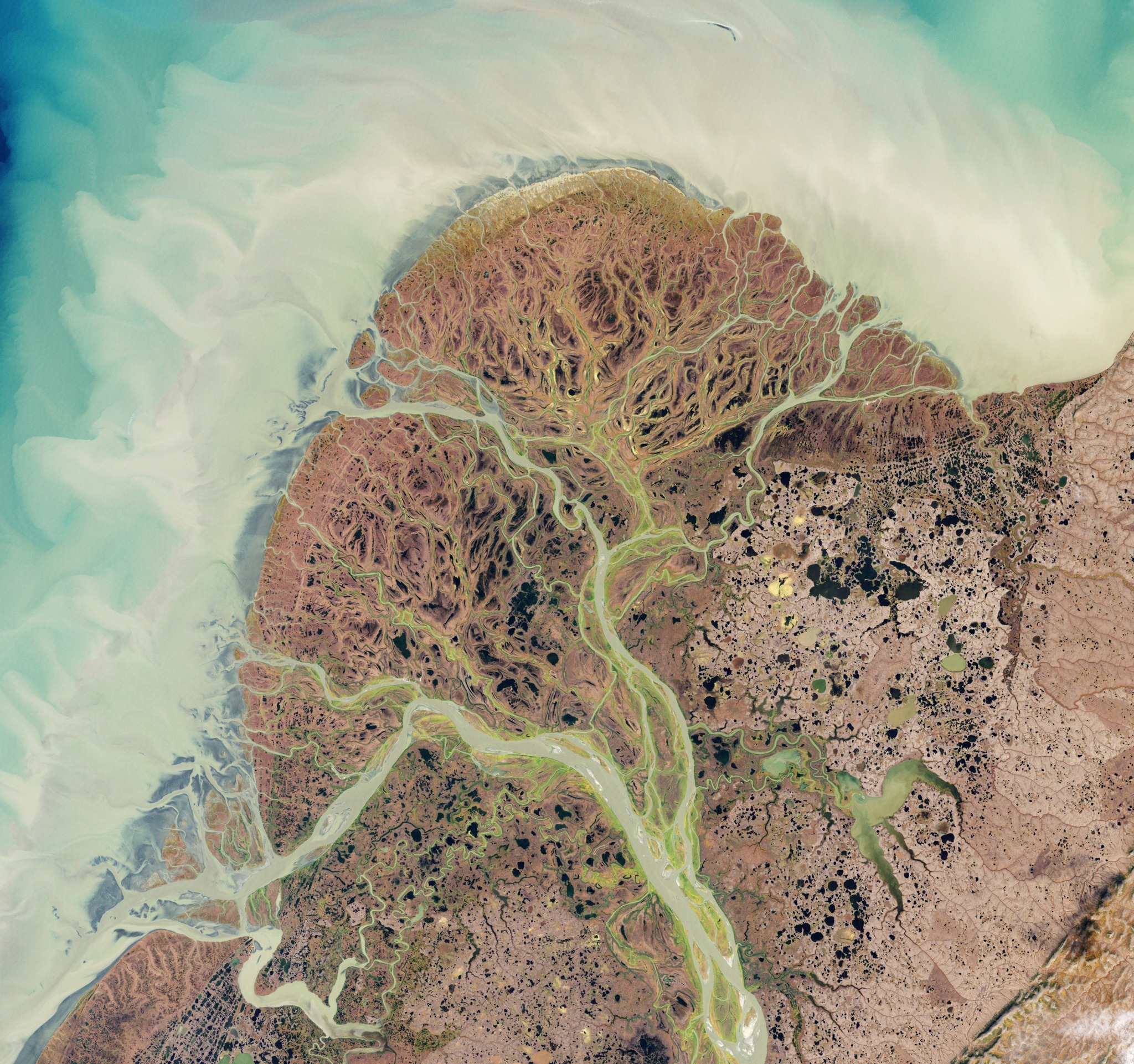
The Yukon River delta , Alaska.
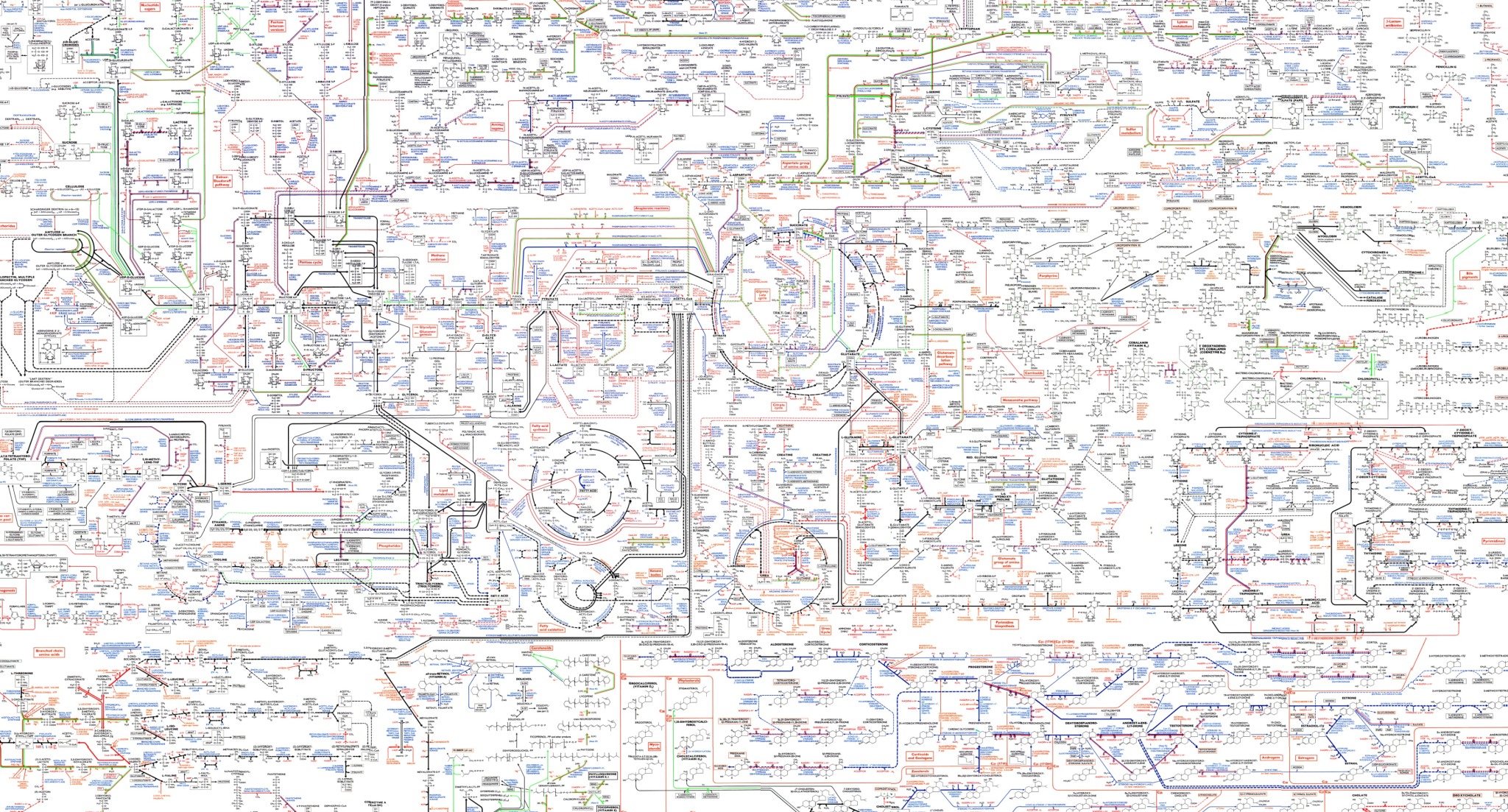
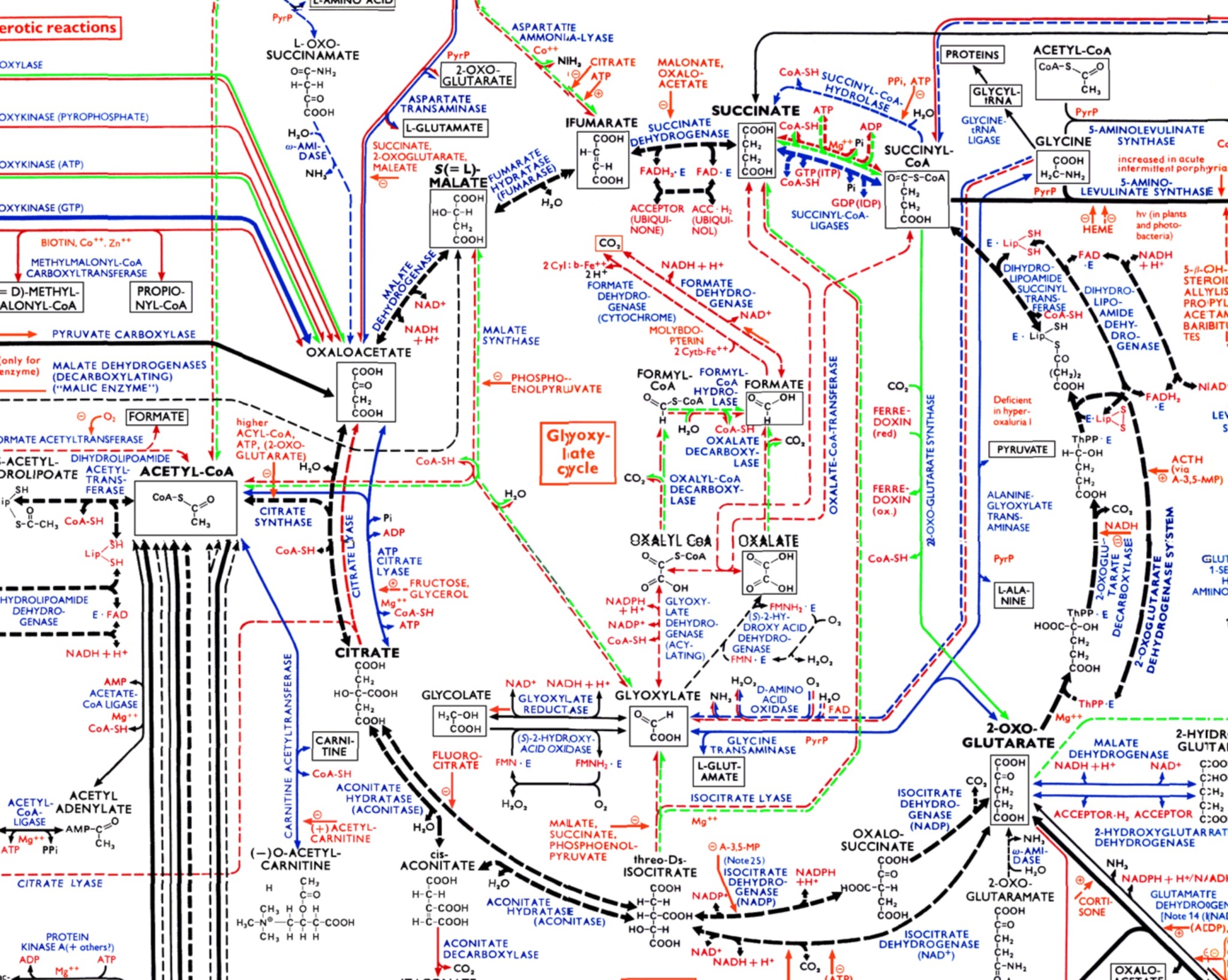
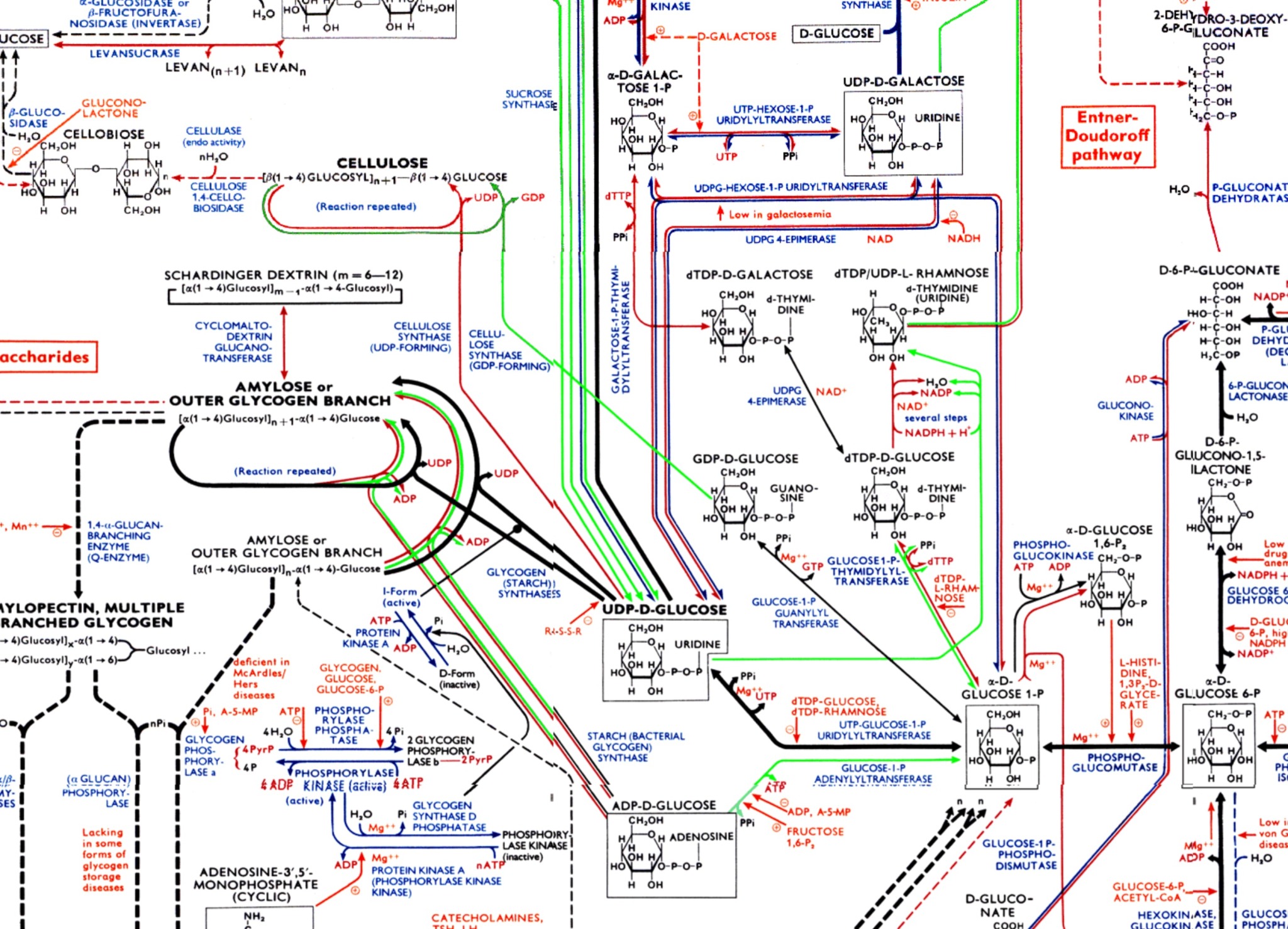
Map of humanmetabolic pathways.
(via @burny_tech)
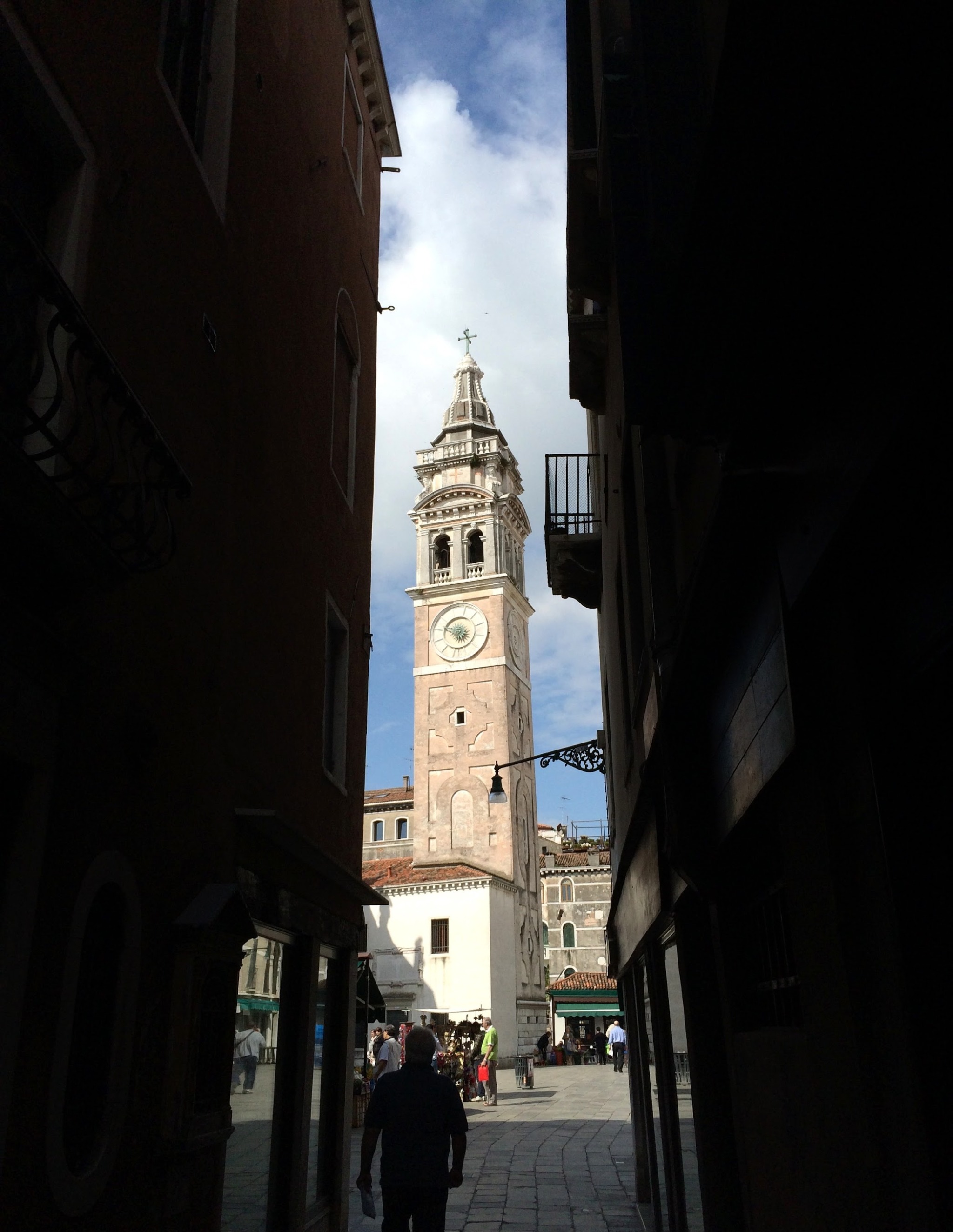
Chiesa di Santa Maria Formosa. Venice, Italy.
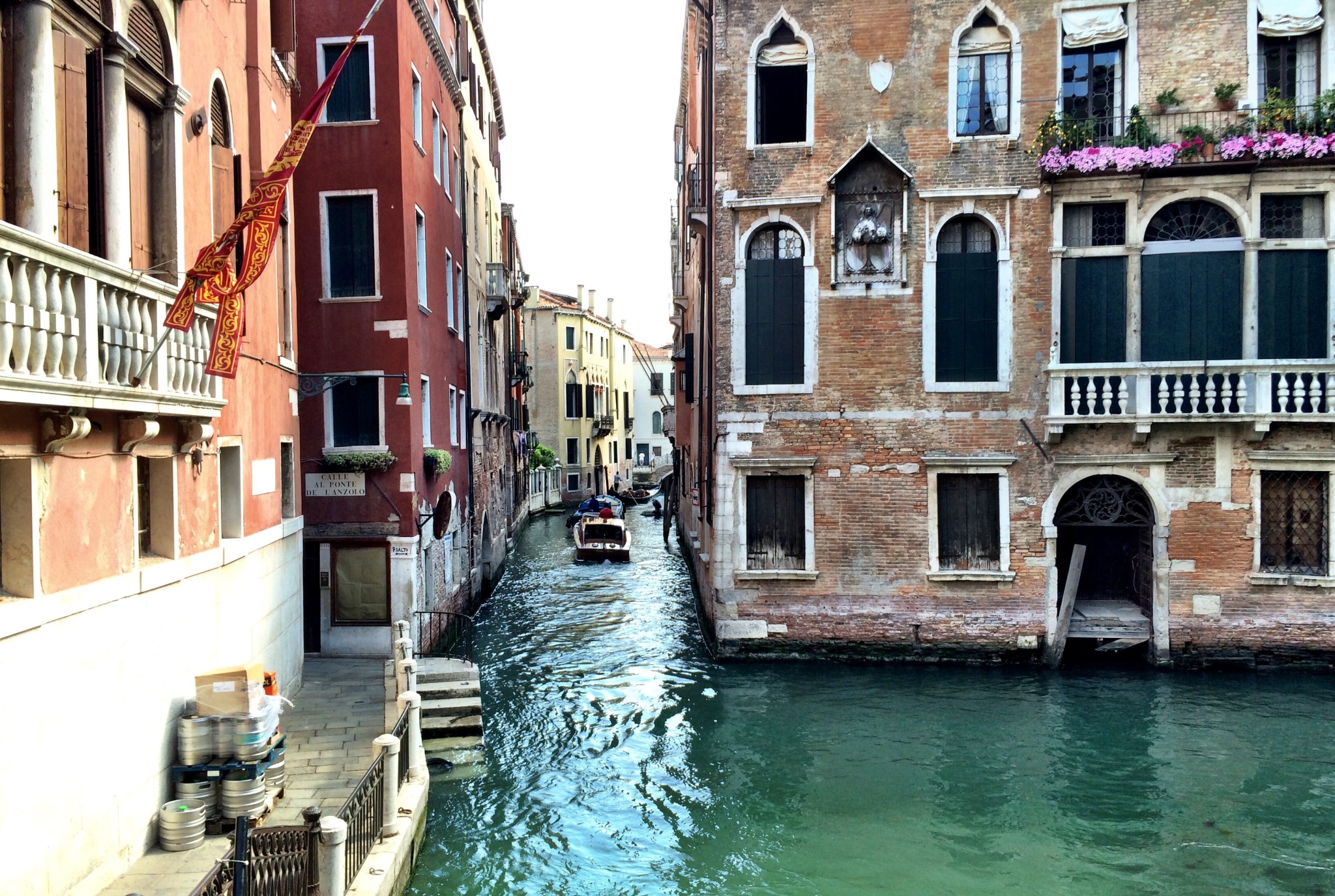
Rio de San Zulian. Venice, Italy.
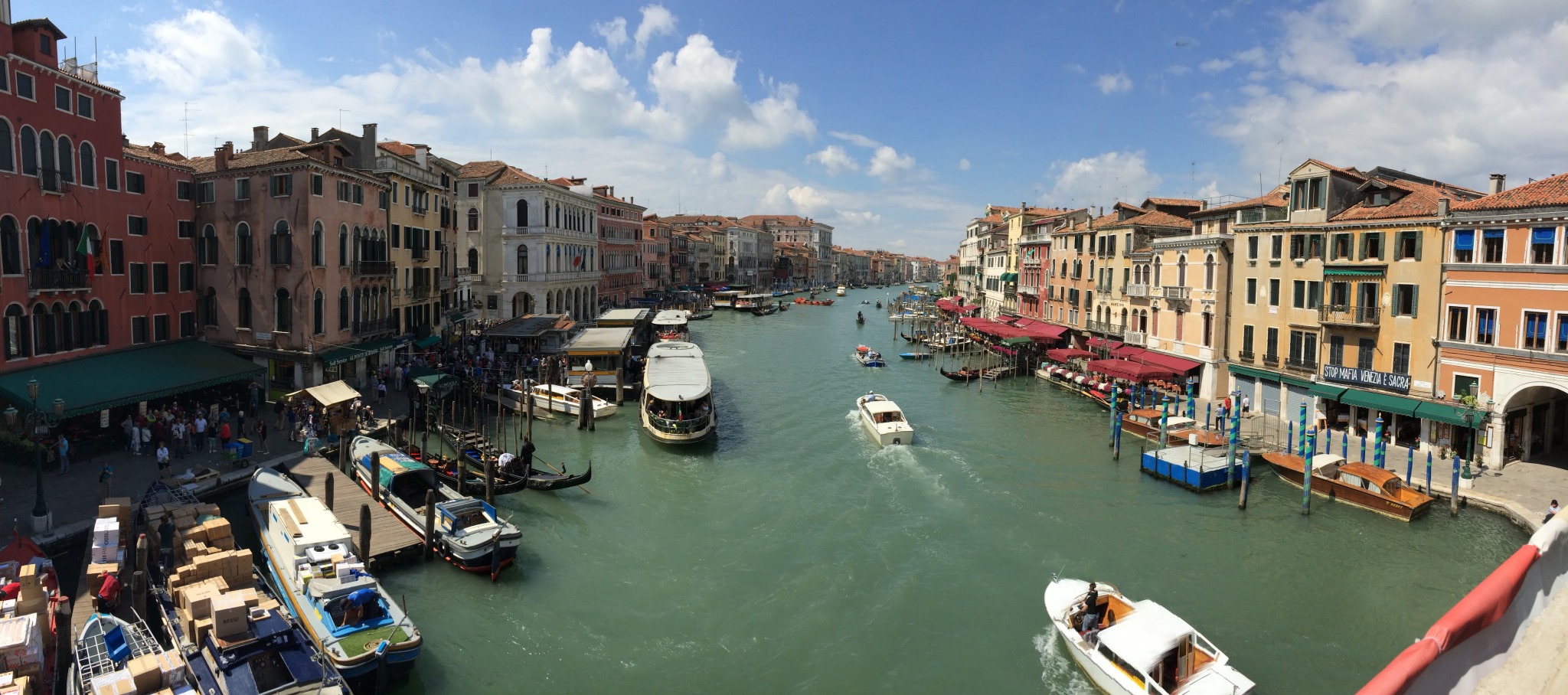
Venice’s Grand Canal. Taken from the Rialto Bridge, 2014.
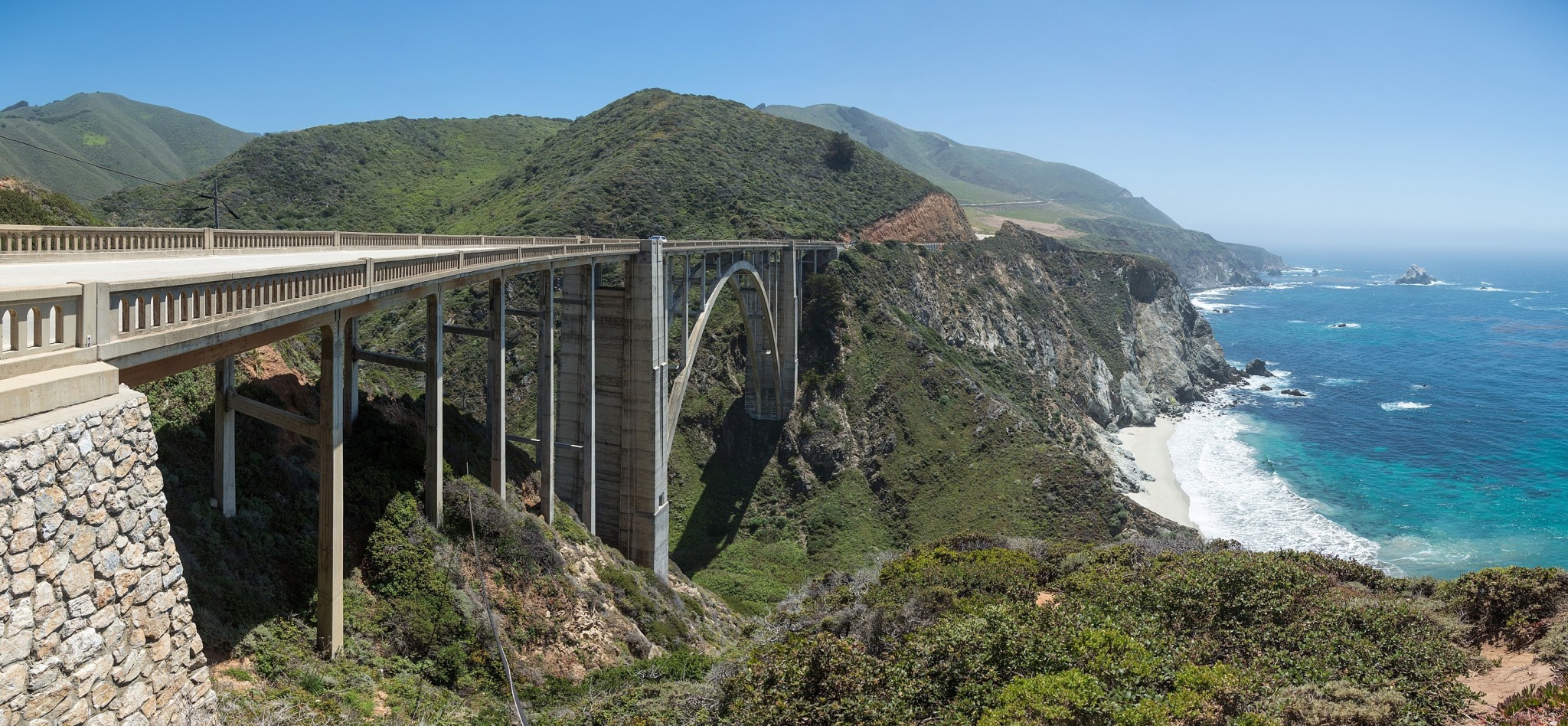
Bixby Creek Bridge. Big Sur, California.
The PCH is a national treasure.
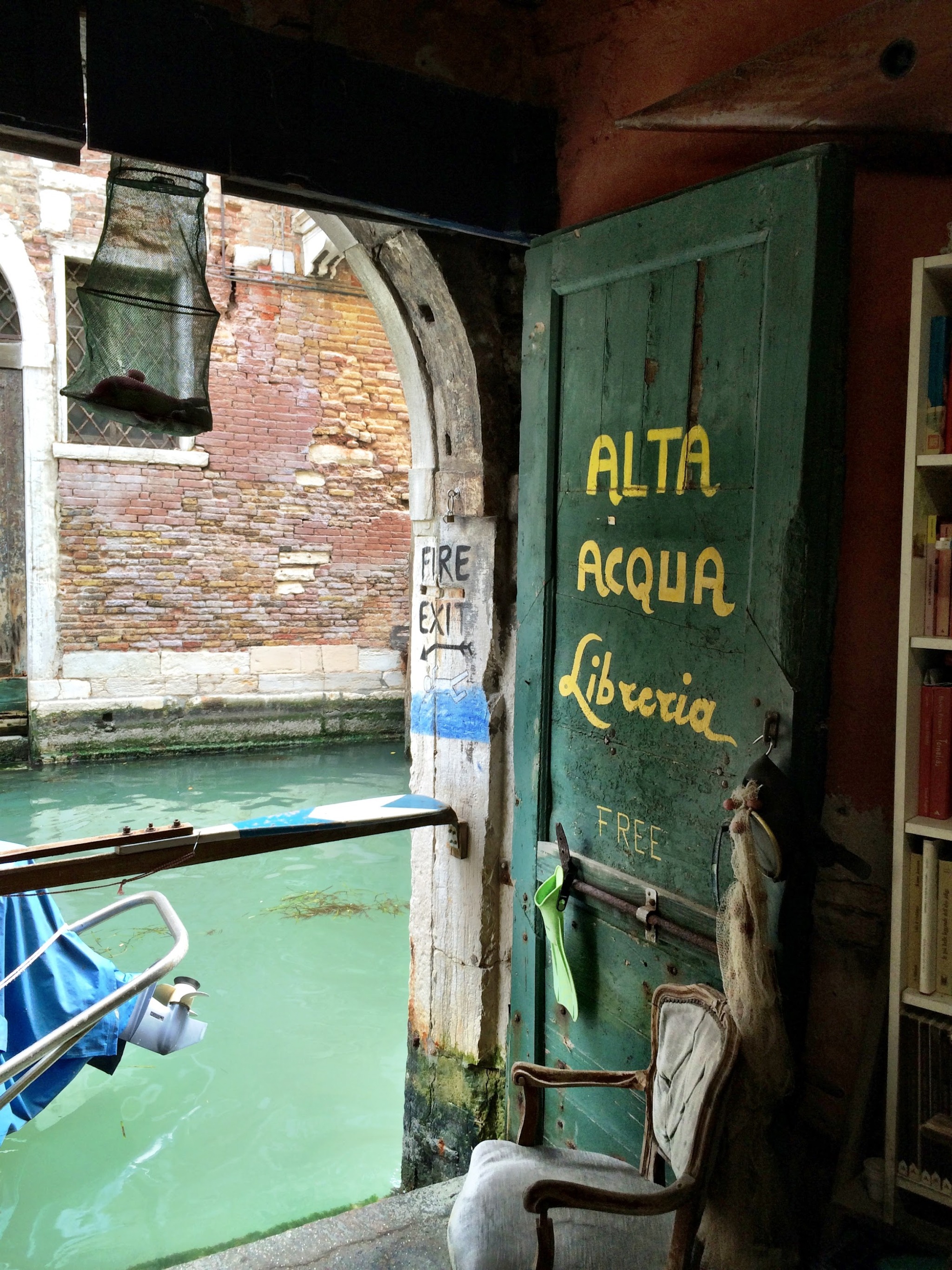
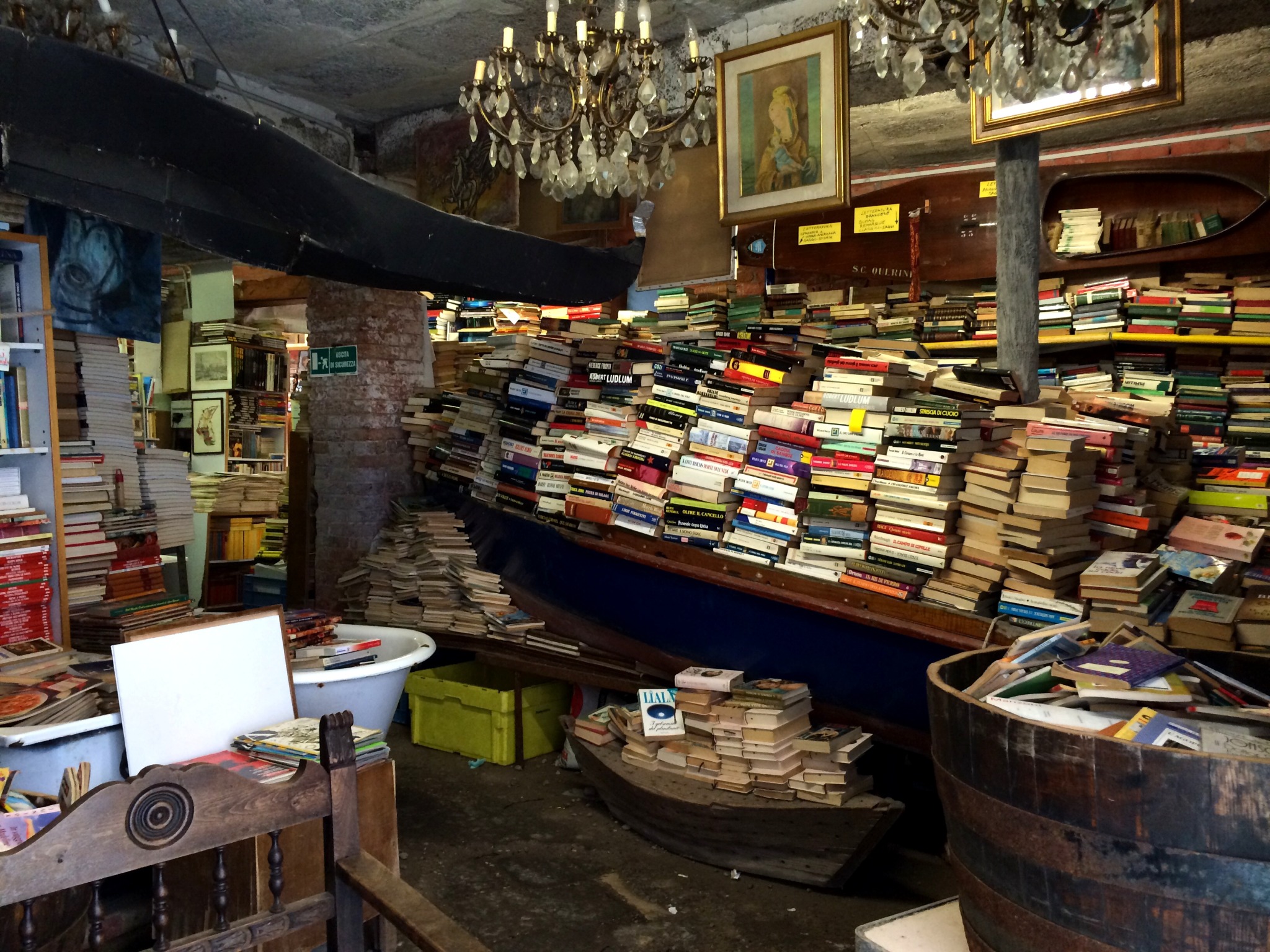
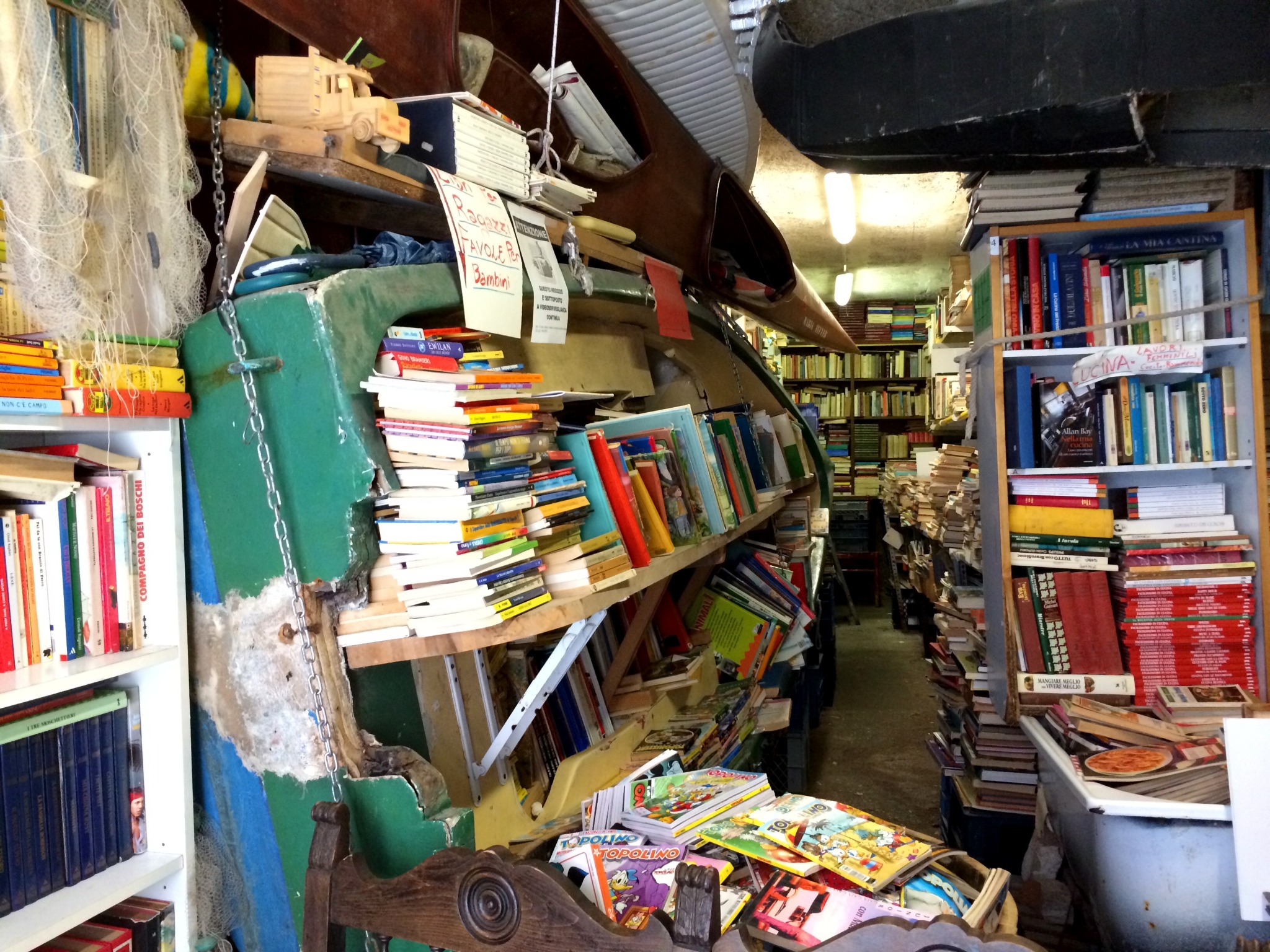
The “fire exit” at Libreria Acqua Alta. Venice, Italy.
Made the trek here in 2014. They keep the books in floating vessels — boats and bathtubs — to keep them safe in when “acqua alta” floods happen.
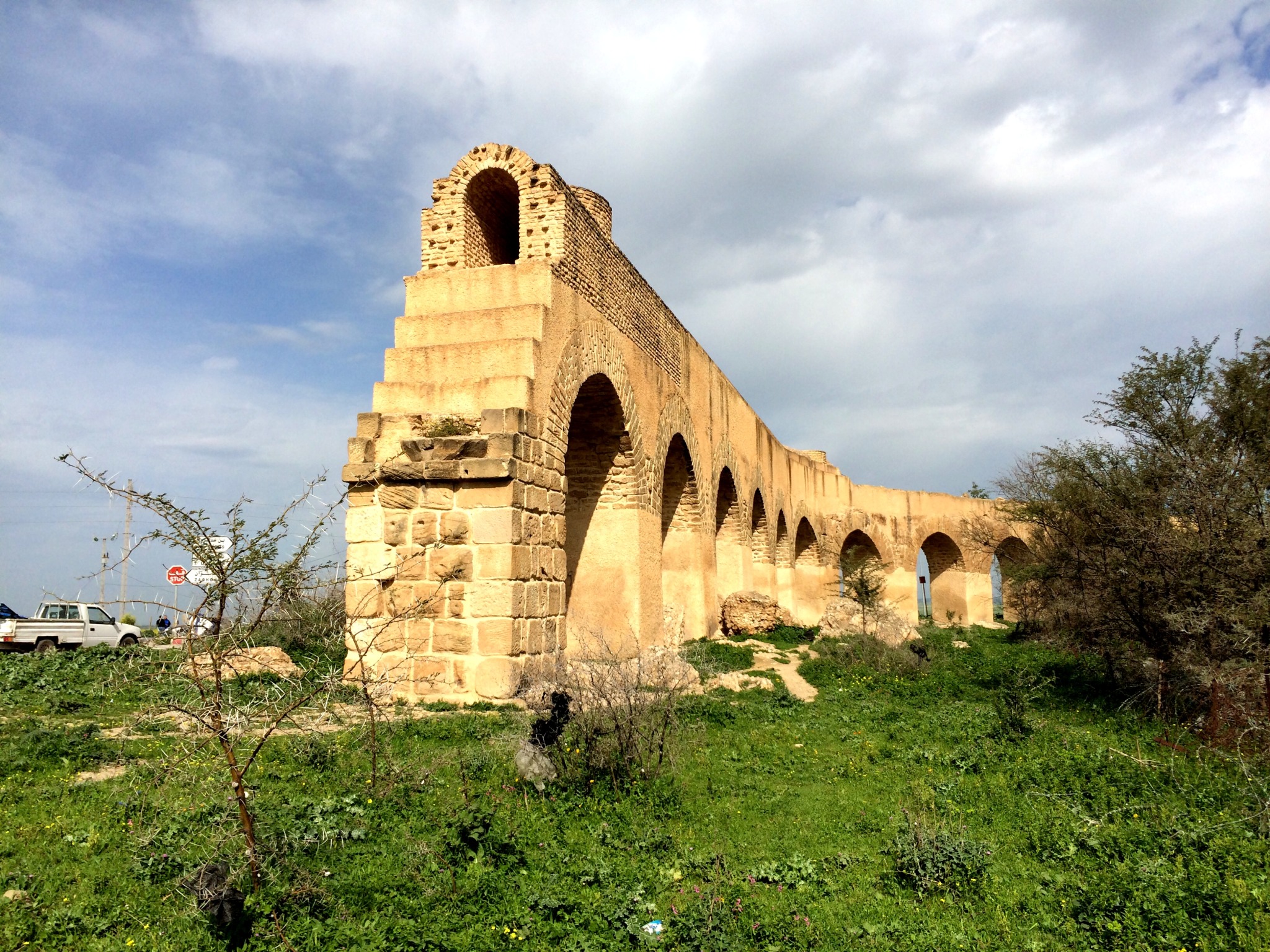
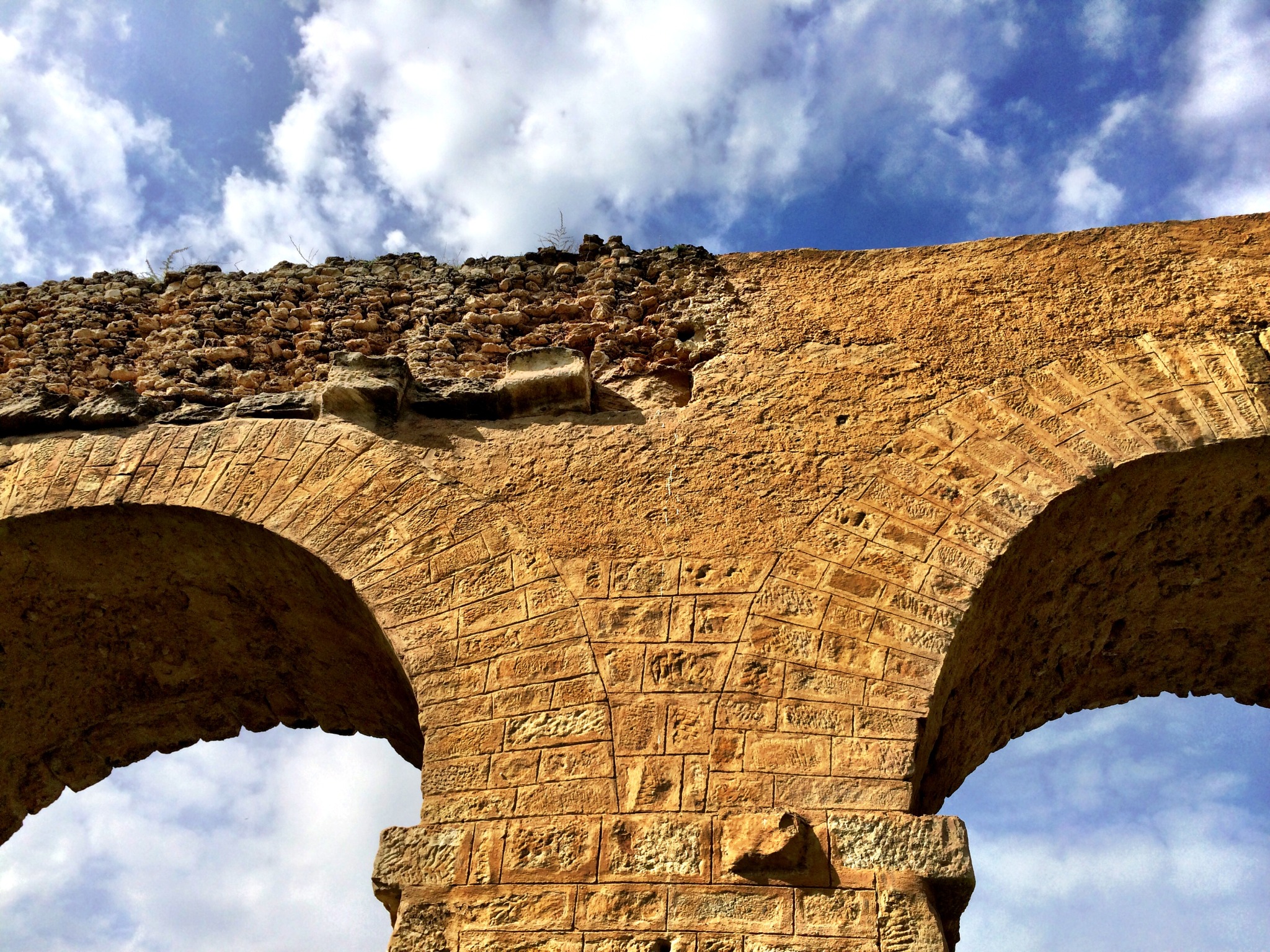
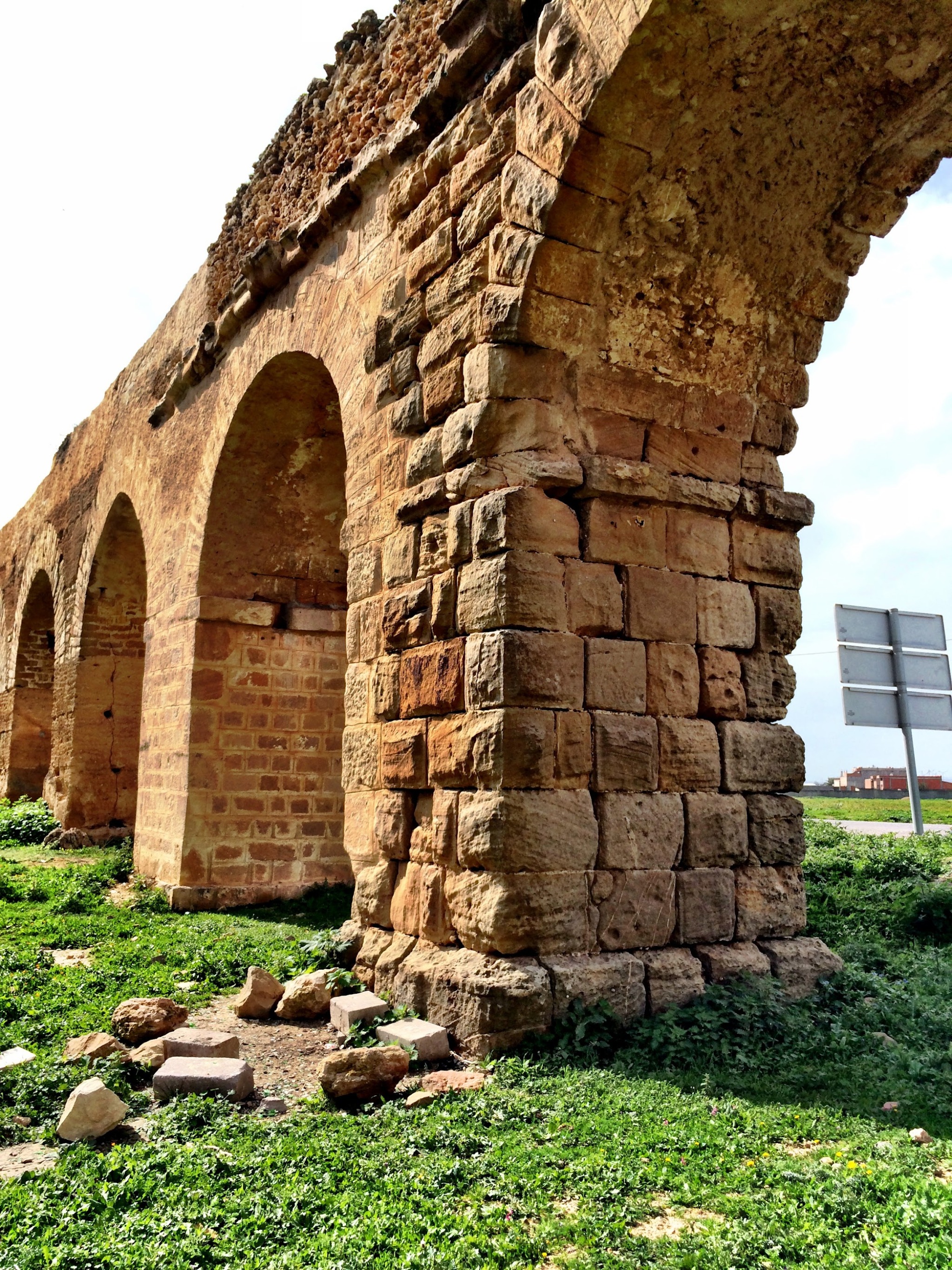
Zaghouan Aqueduct. South of Tunis, Tunisia.
Visited in 2014. Built by the Romans almost 2,000 years ago, and channeled water from the springs to the south to coastal Carthage.
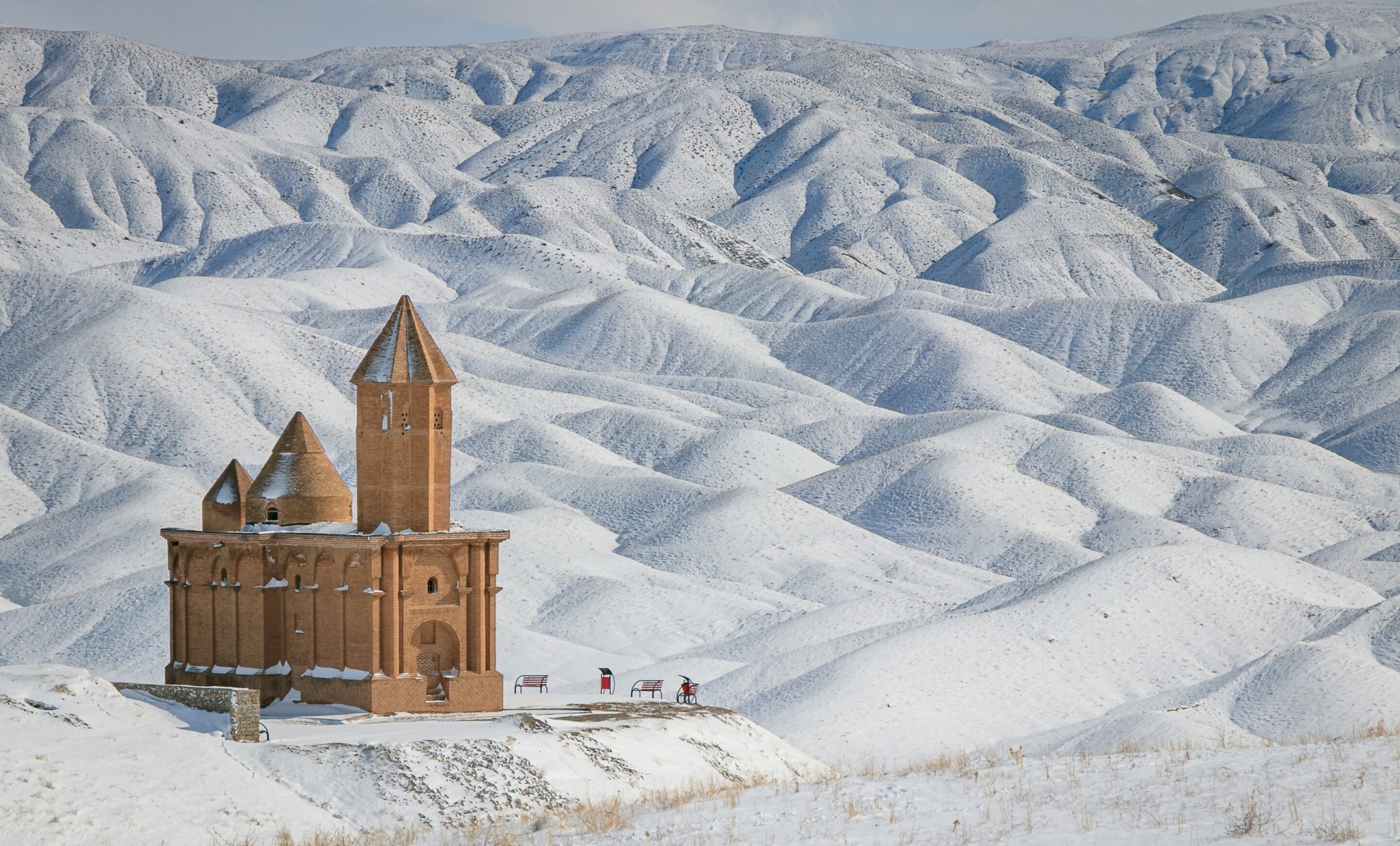
Saint John Church of Sohrol. East Azerbaijan Province, Iran.
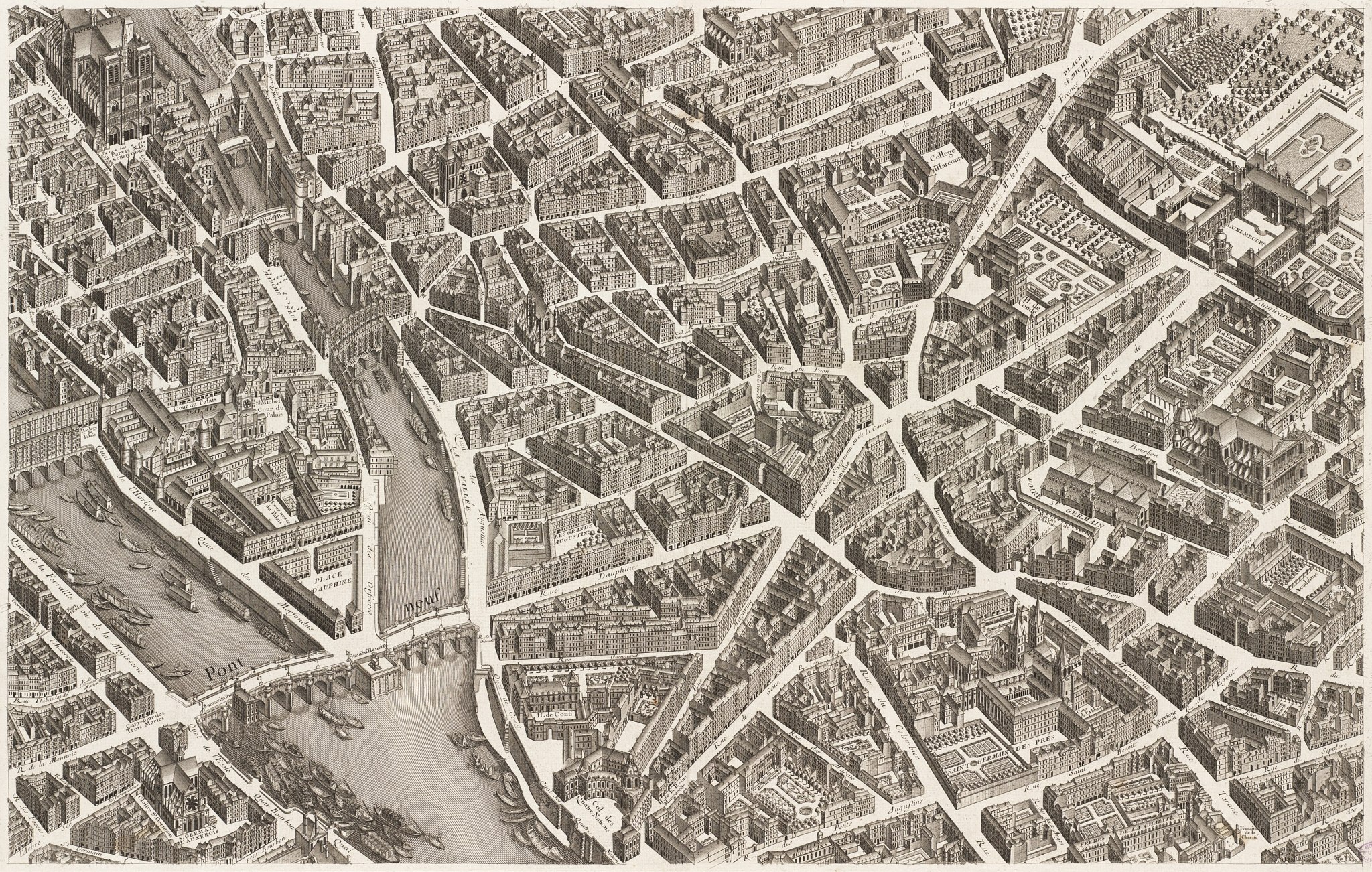
Map of Paris by Michel-Étienne Turgot. 1739.
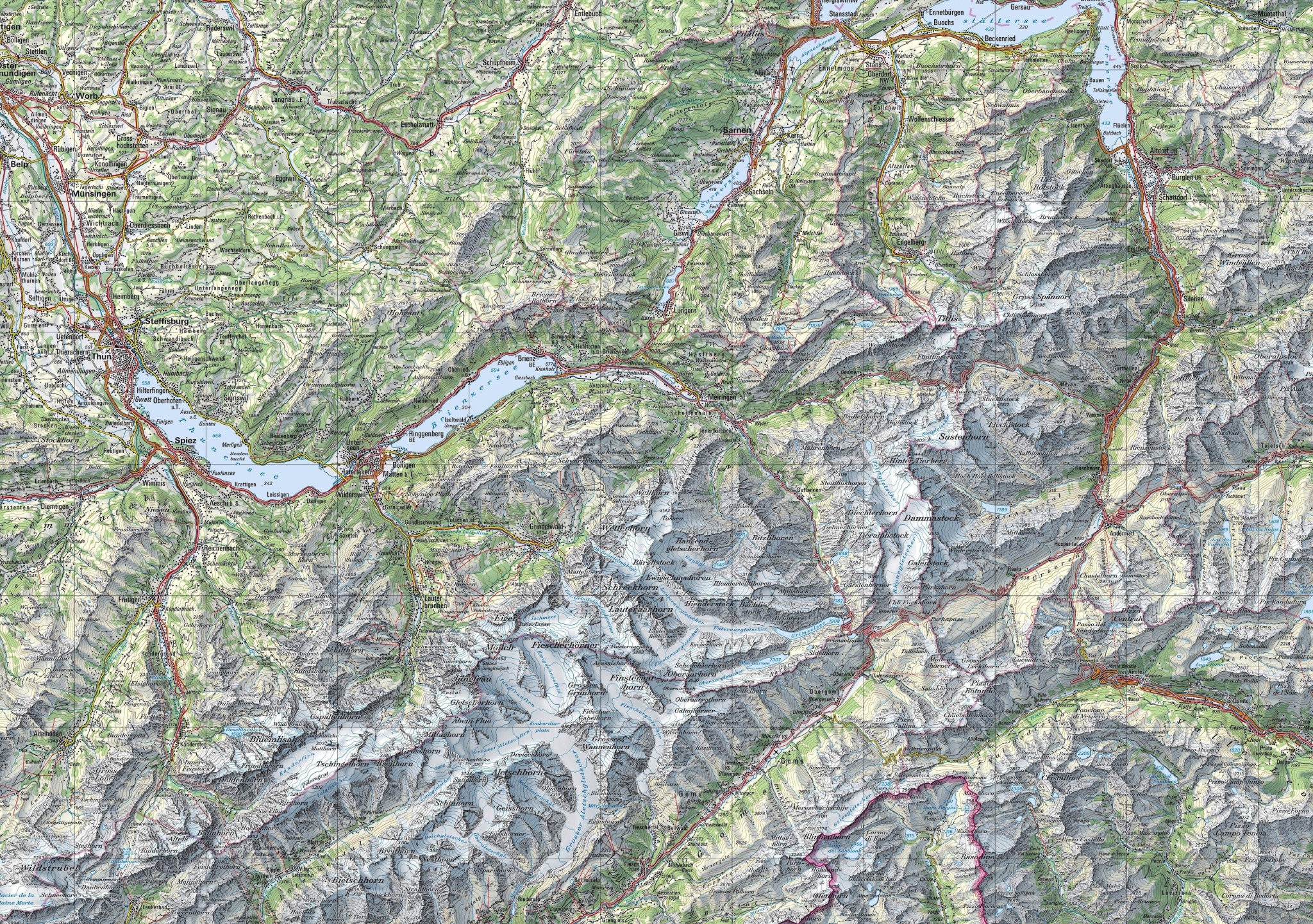
The beautifully rendered topography of Switzerland.
Gordon Brander:
There is something powerful about this notion of possibility spaces, both from a theory standpoint, and as a way of seeing. It causes you to approach challenges in a different way. You don’t need to be creative. The creative breakthrough already exists out there in the space of possibility. It’s just waiting to be discovered.
My most interesting links from March.
Kevin Kelly:
Scenius is like genius, only embedded in a scene rather than in genes. Brian Eno suggested the word to convey the extreme creativity that groups, places or “scenes” can occasionally generate. His actual definition is: “Scenius stands for the intelligence and the intuition of a whole cultural scene. It is the communal form of the concept of the genius.”
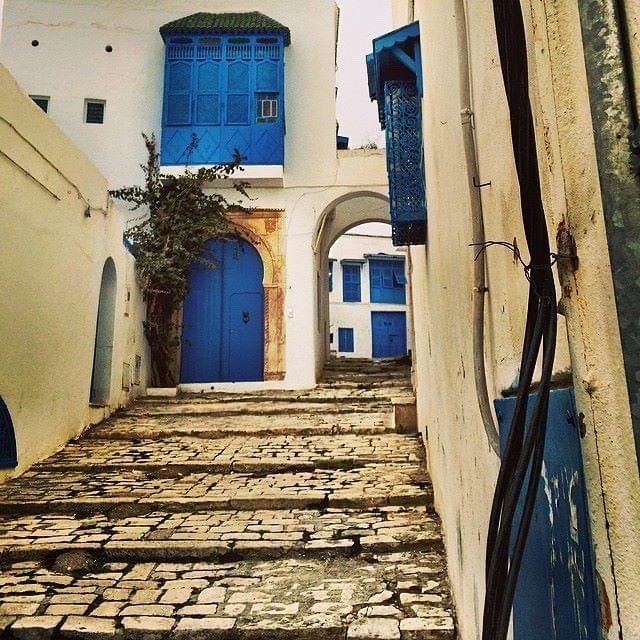
The blue and white architecture of Sidi Bou Said. Tunis, Tunisia.
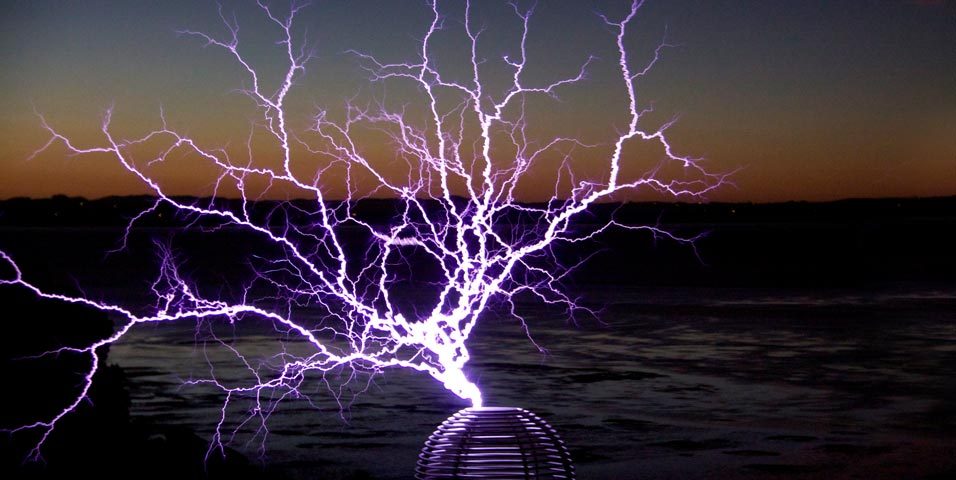
Electrum , the world’s largest tesla coil. Auckland, New Zealand.
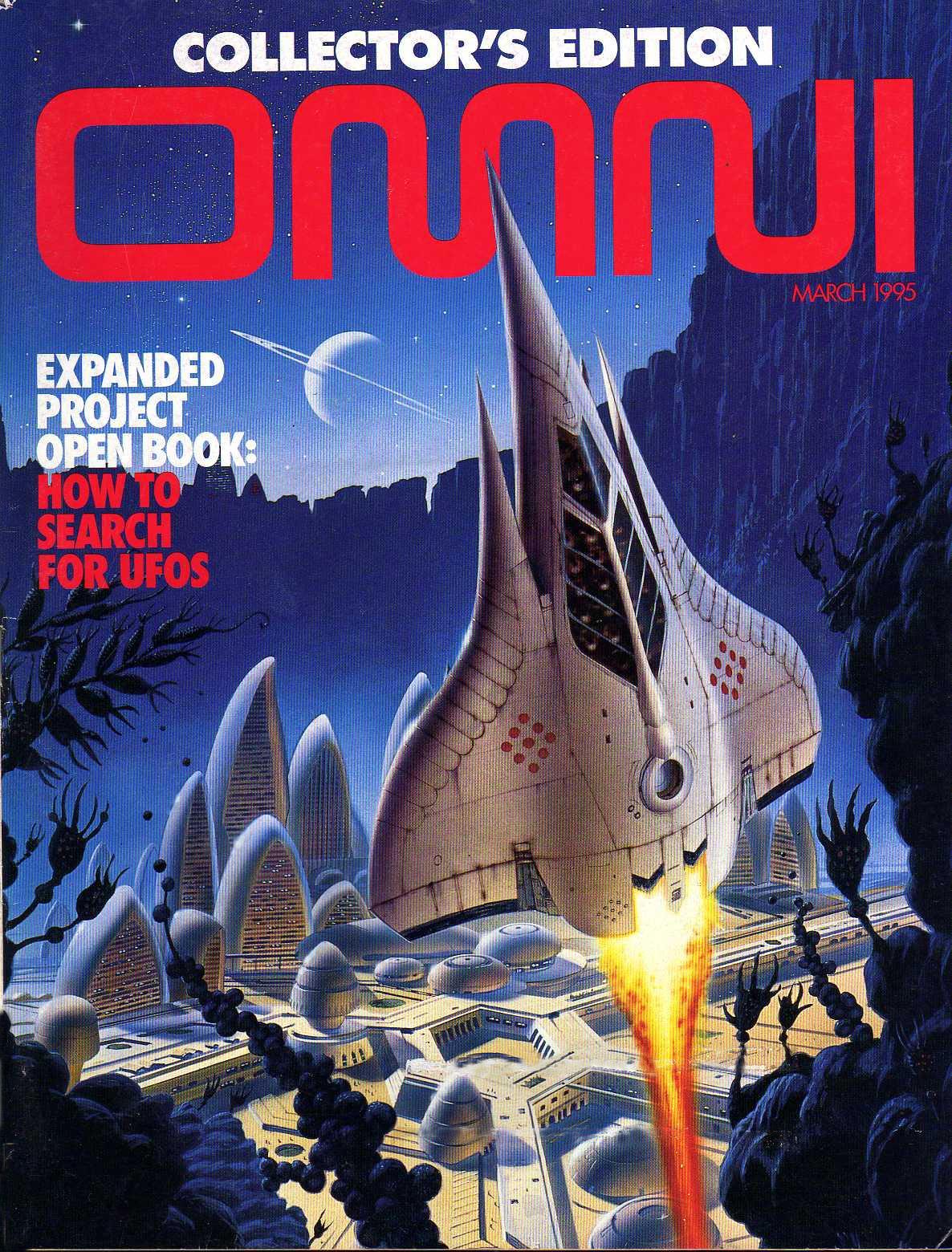
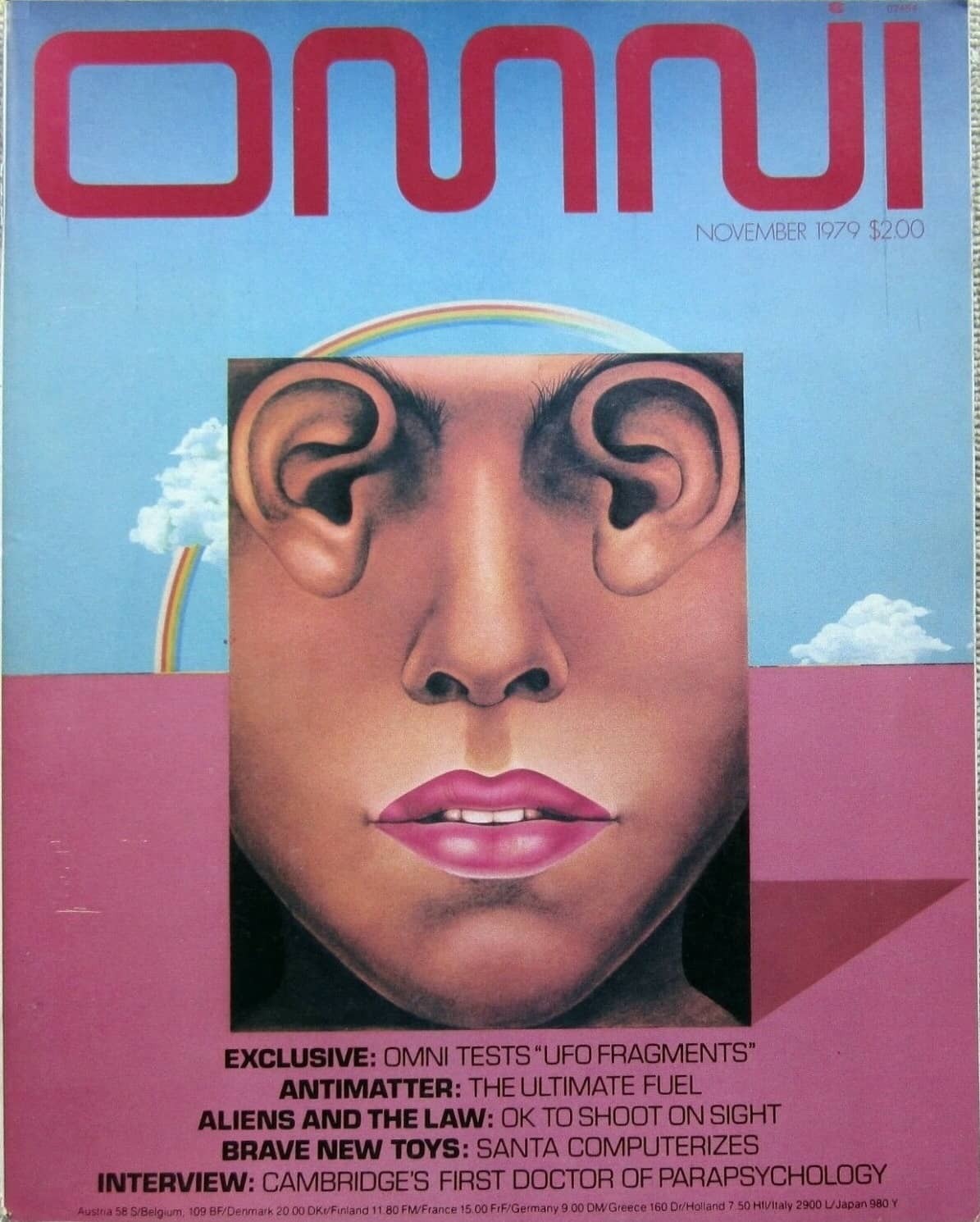
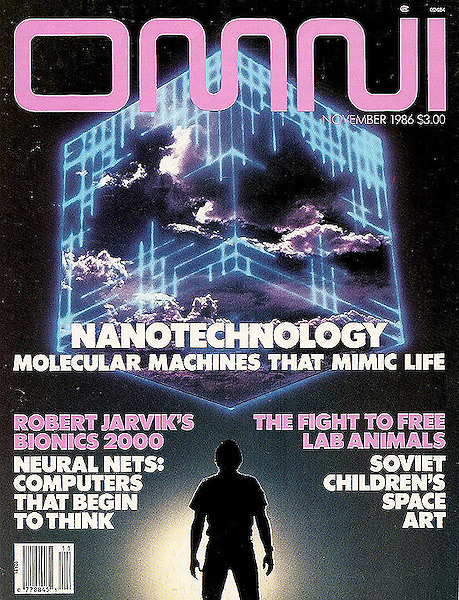
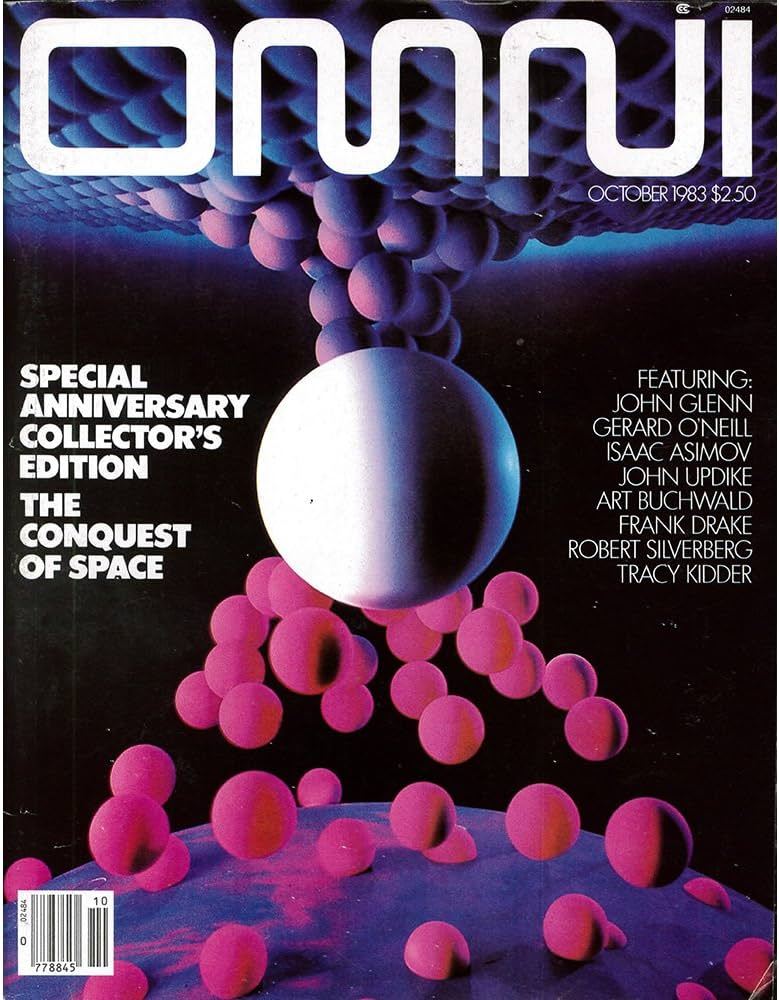
Omni magazine covers.
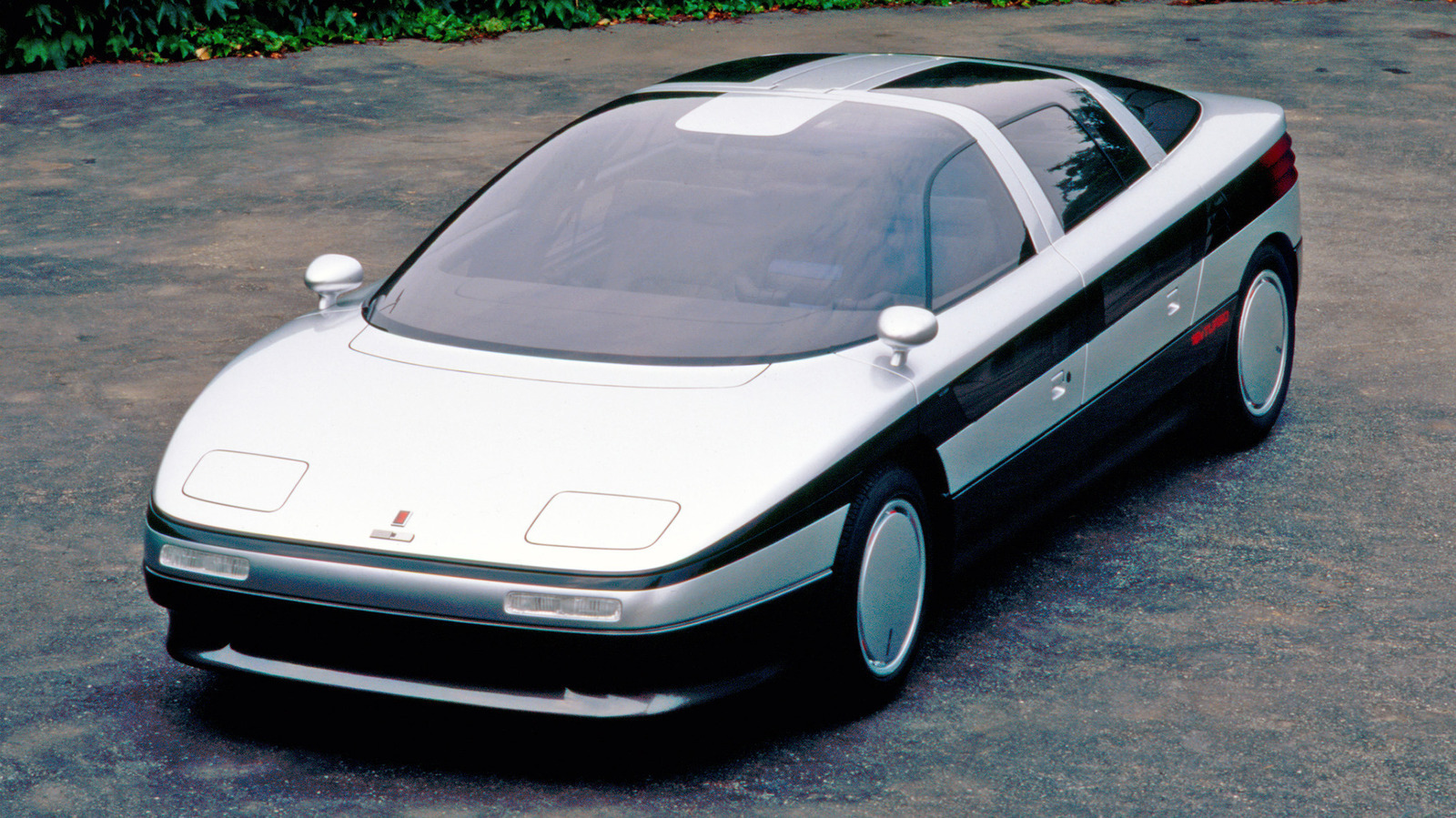
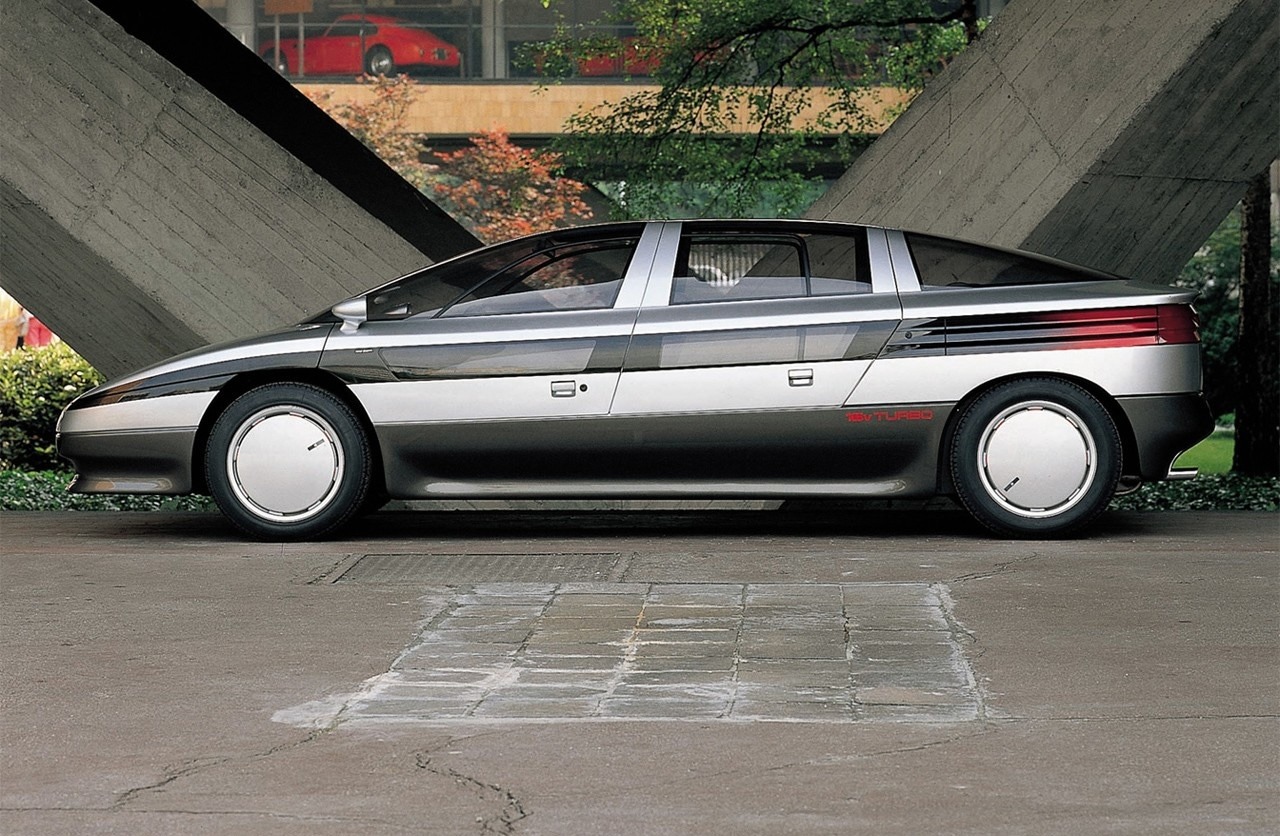
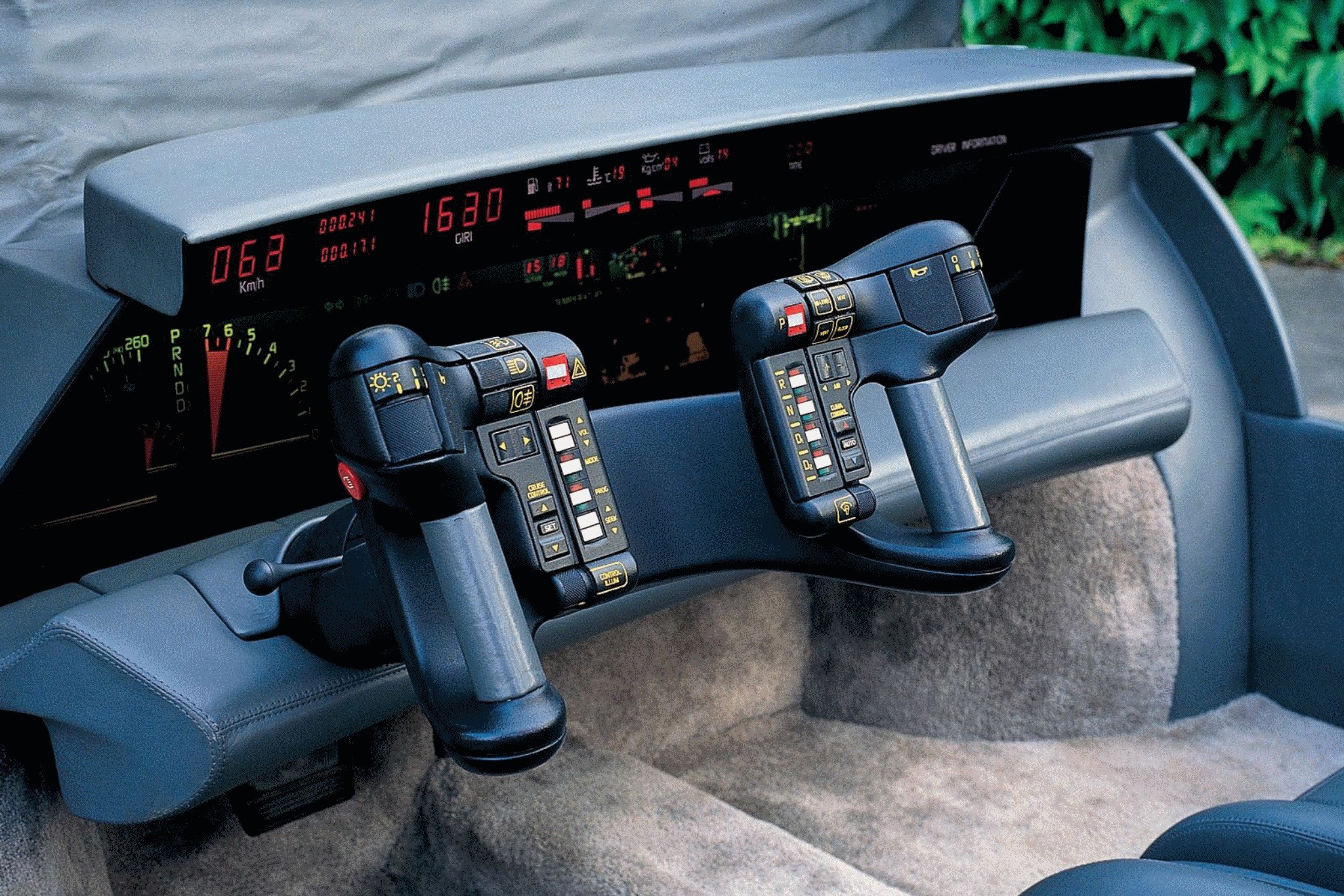
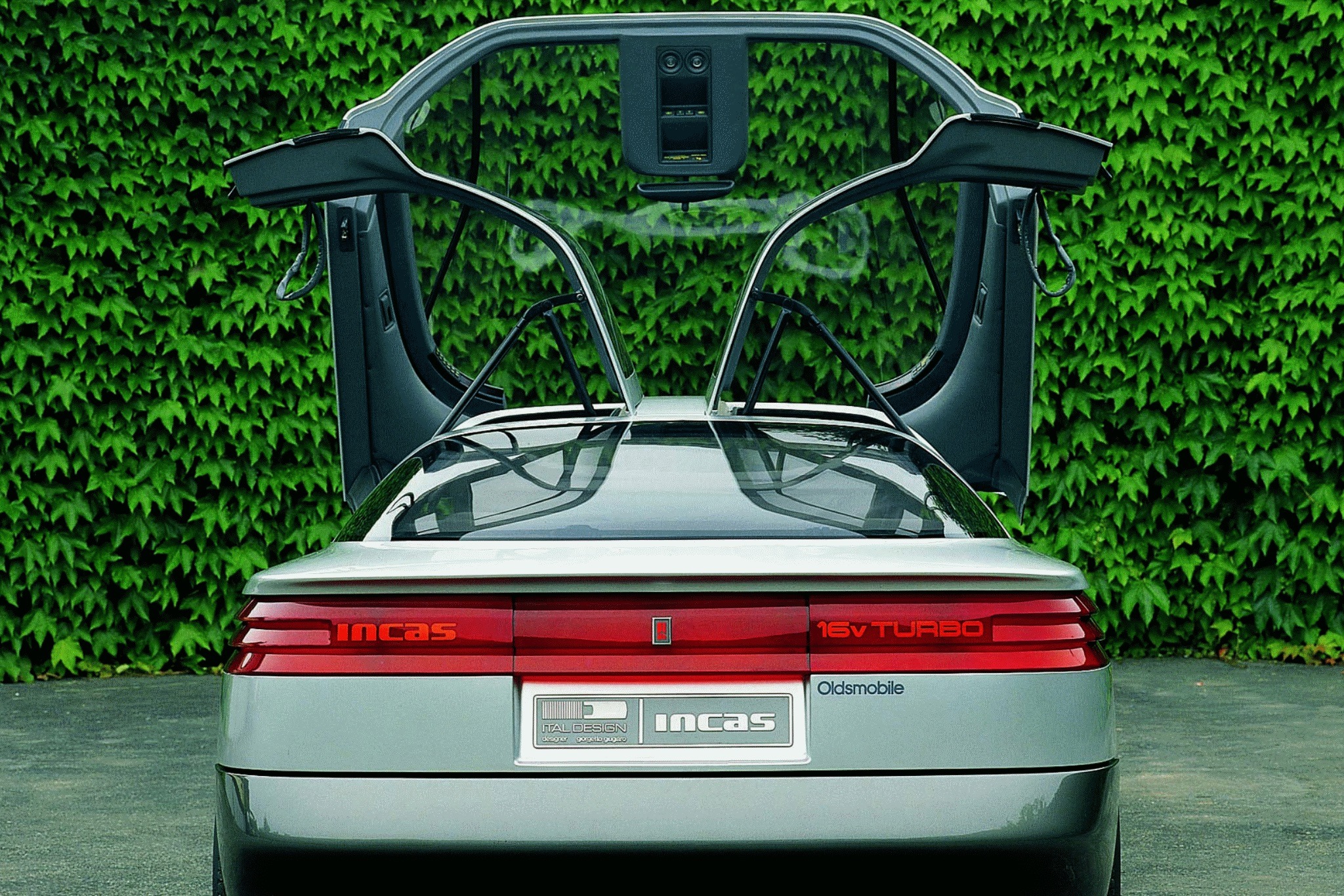
Oldsmobile Incas concept car, 1986.
Resurrect the 80s concept car design language.
This existed and they used a Ford Taurus in Robocop?
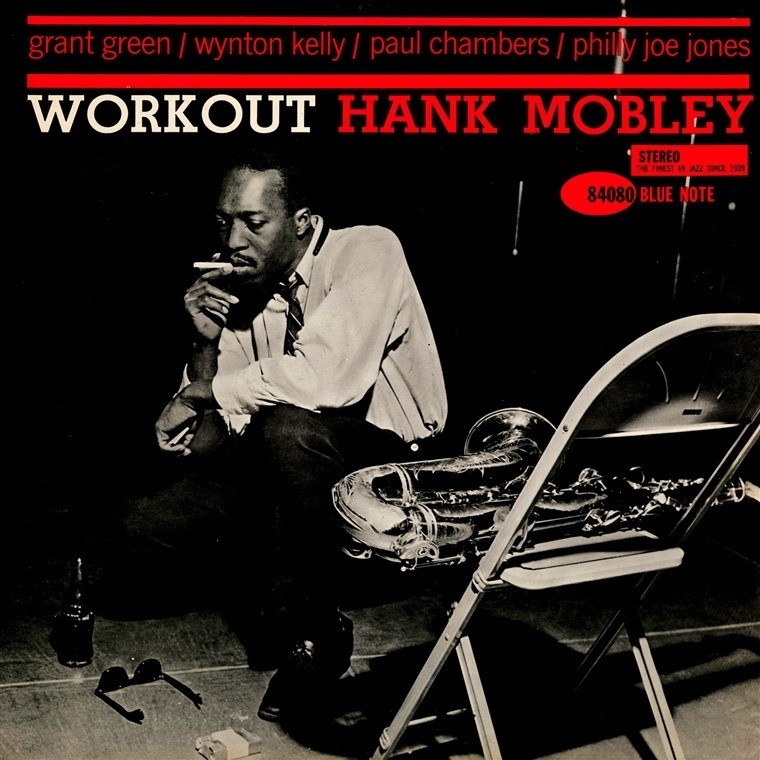
Workout. Hank Mobley, 1962.
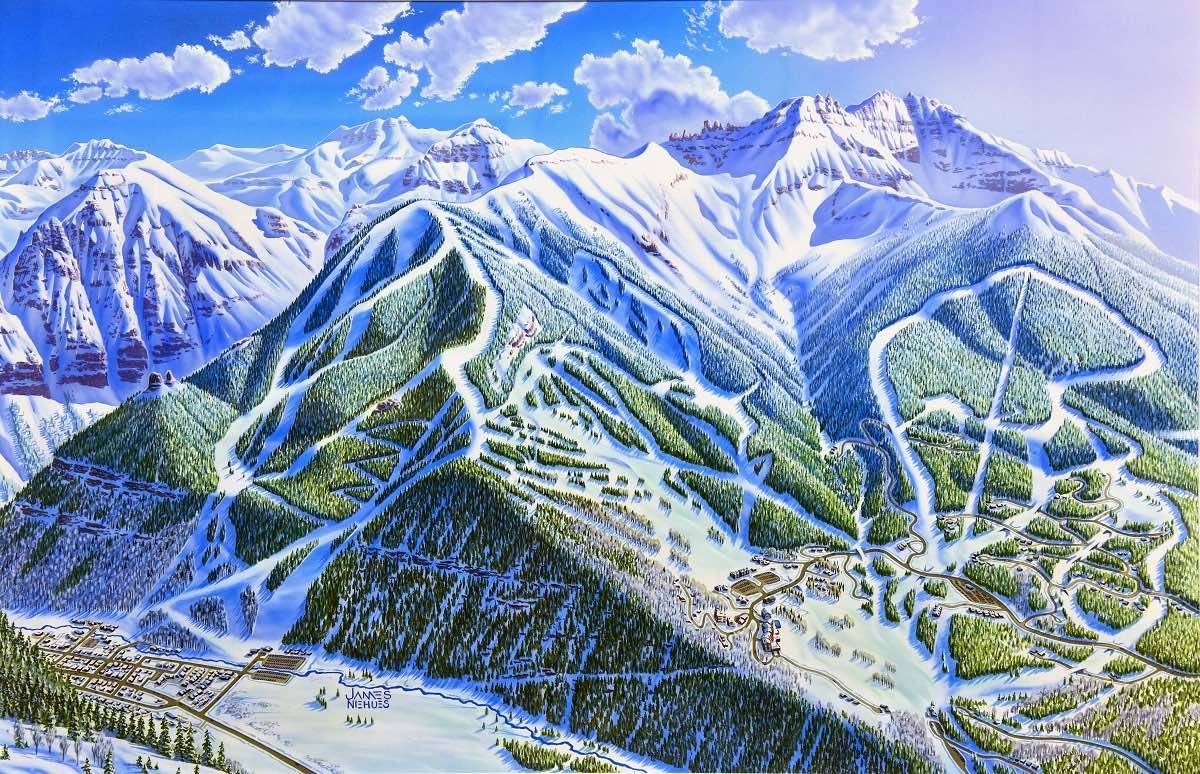
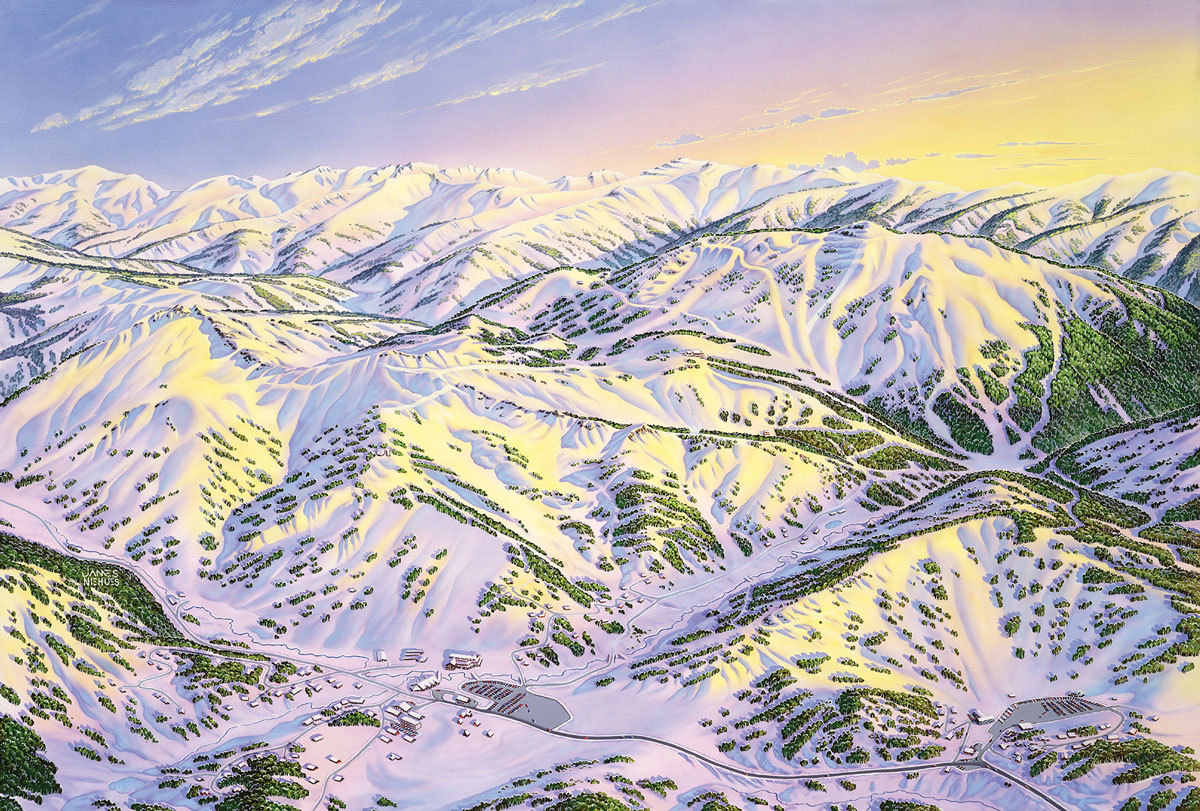
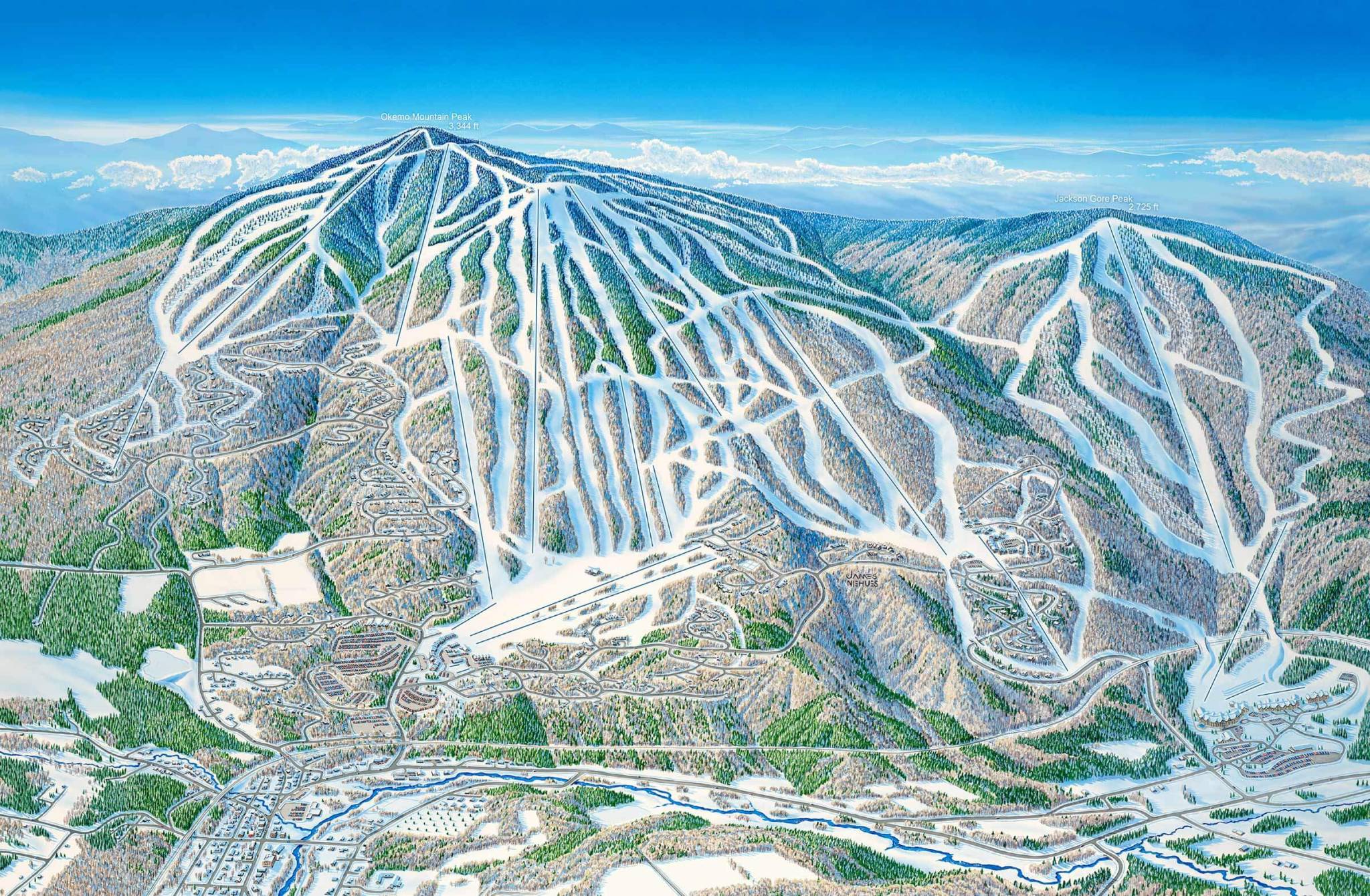
James Niehues’s famous ski resort maps.
A big takeaway from economic history is that the past wasn’t as good as you remember, the present isn’t as bad as you think, and the future will be better than you anticipate.
—Morgan Housel, Little Rules About Big Things
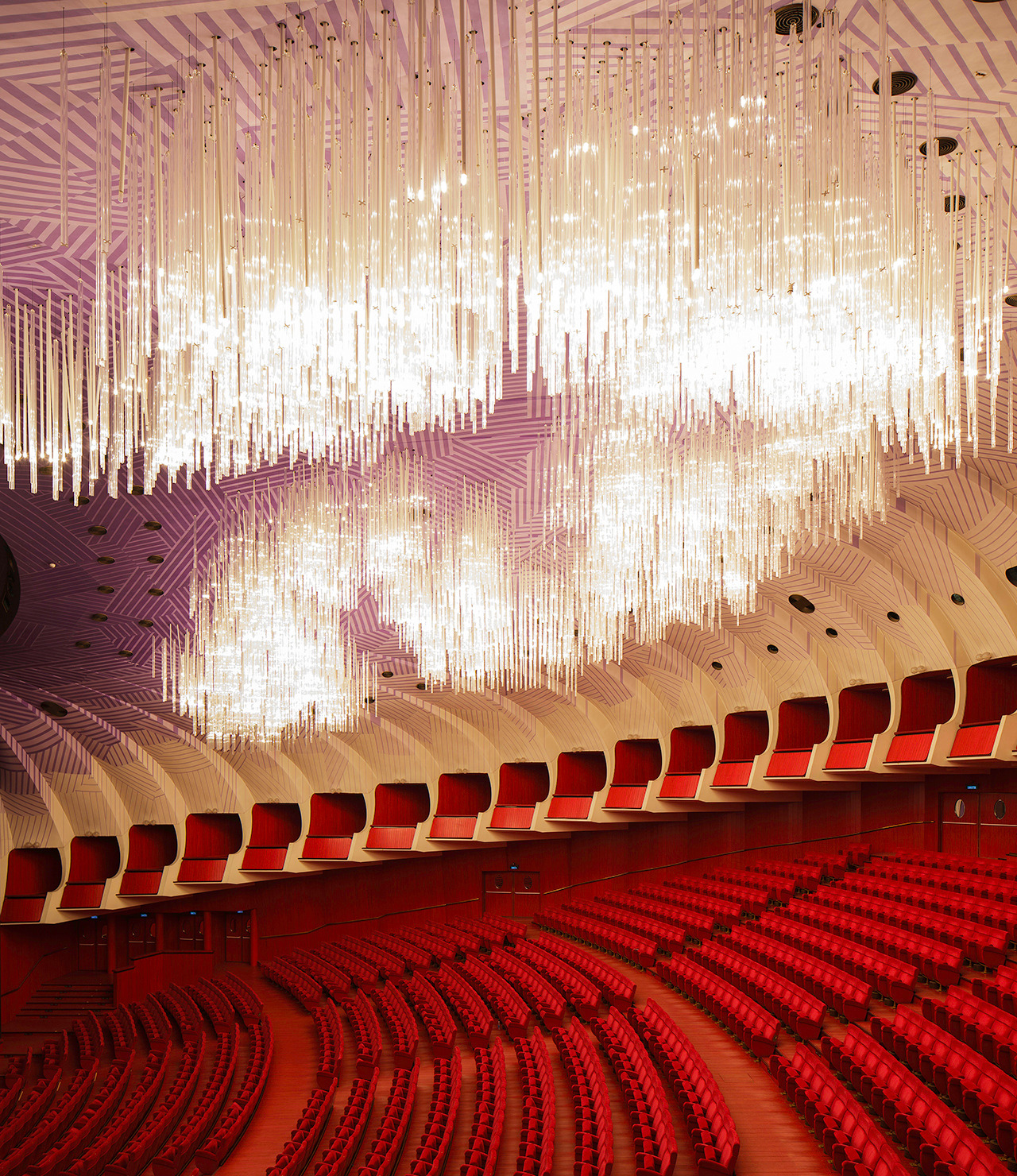
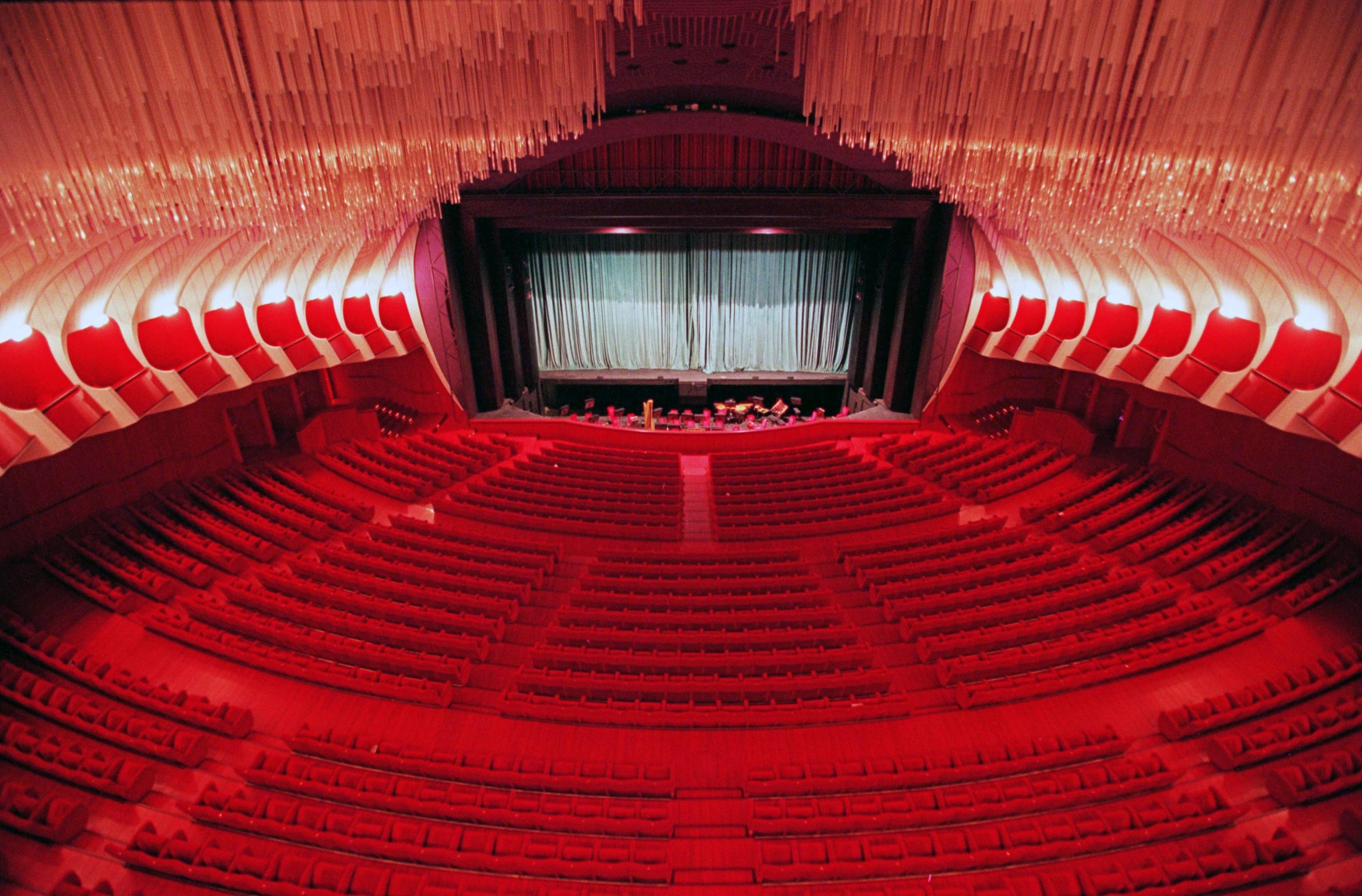
Teatro Regio. Turin, Italy.
That lighting.
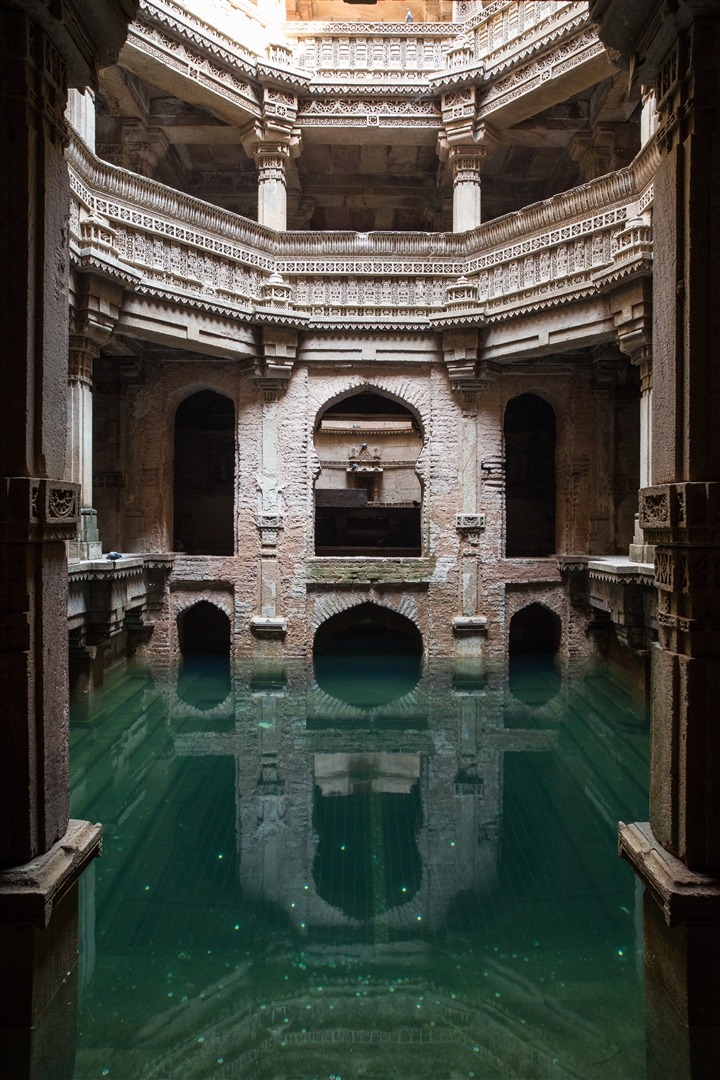
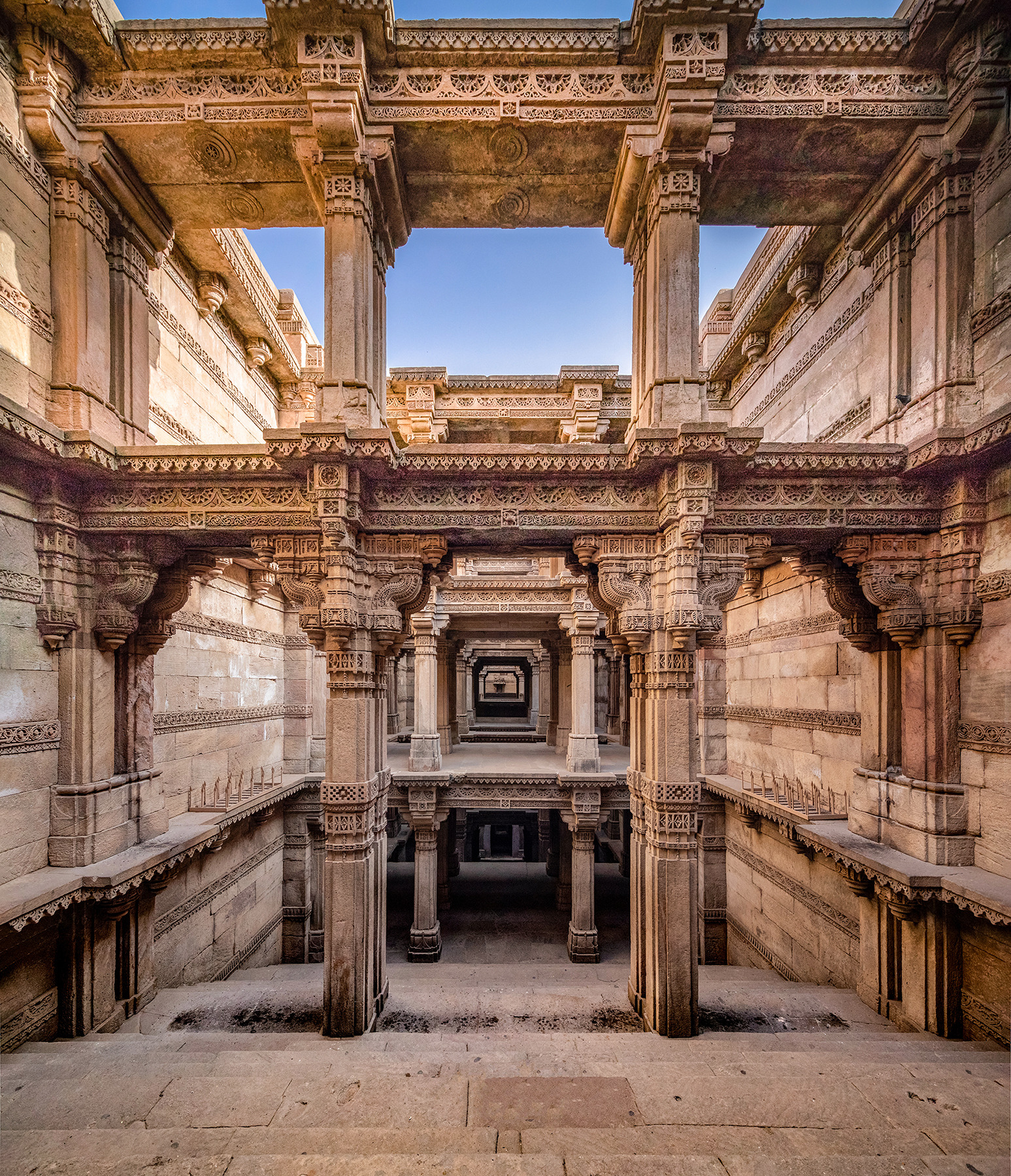
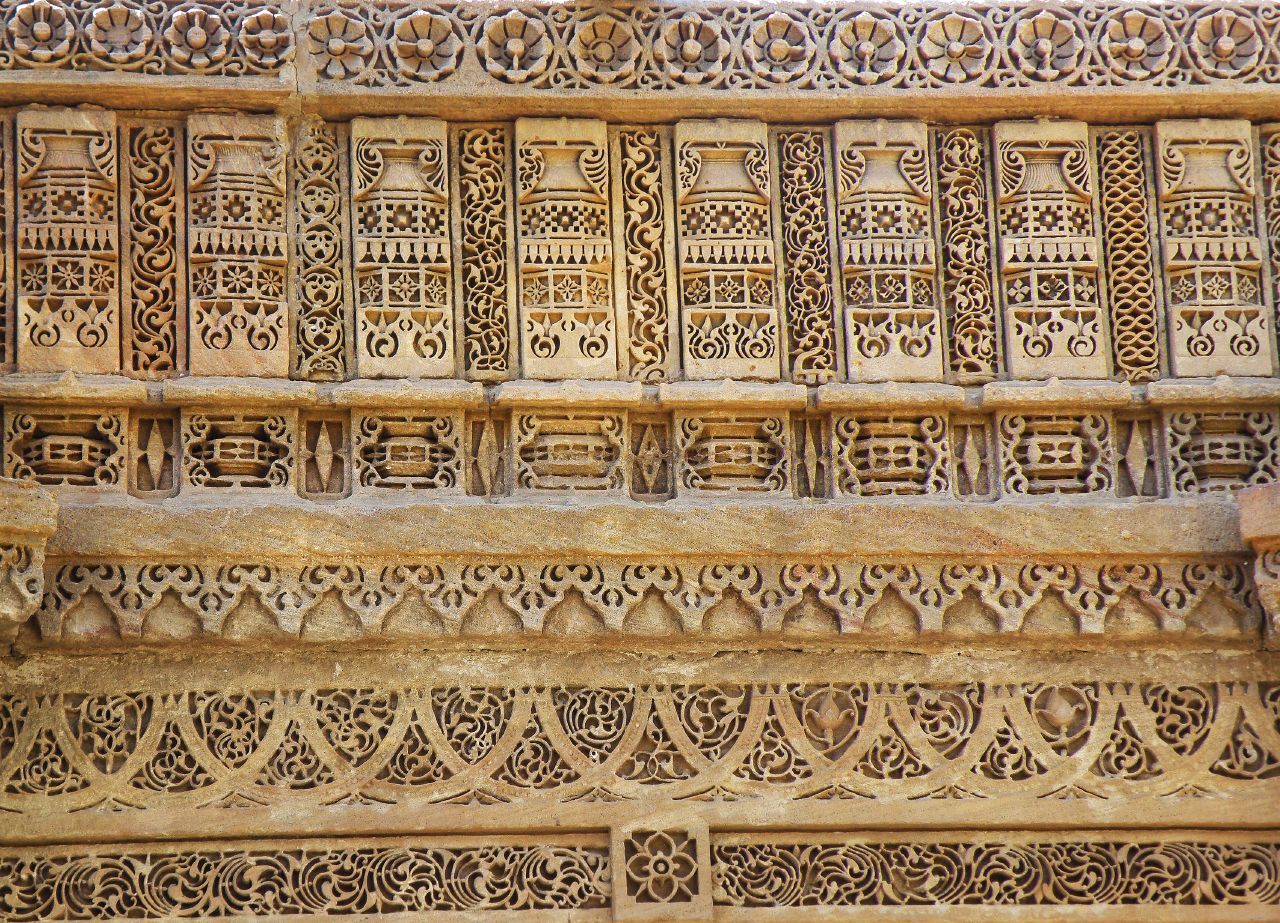
Adalaj Stepwell. Gujarat, India. Built in 1498.
We should build more stepwells.
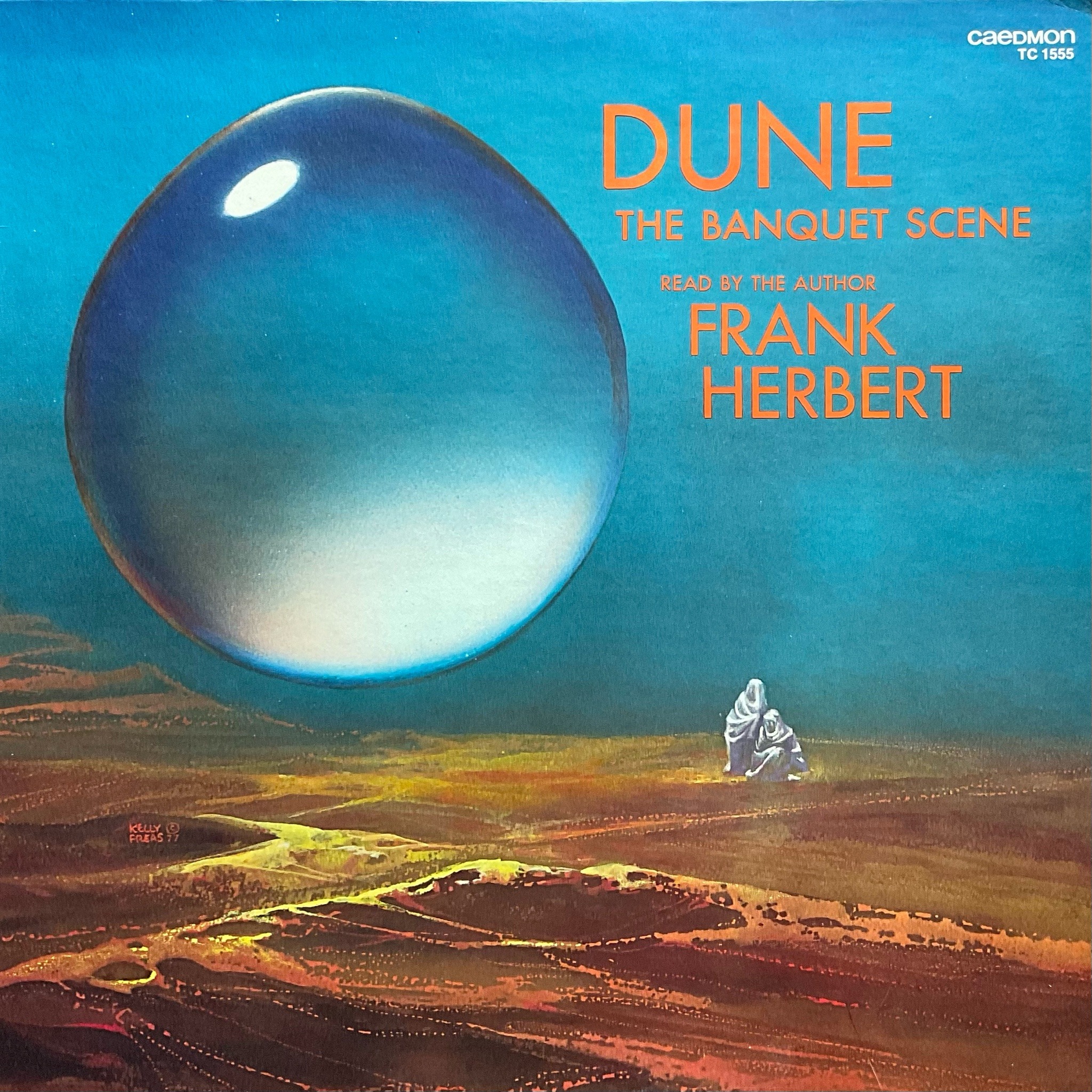
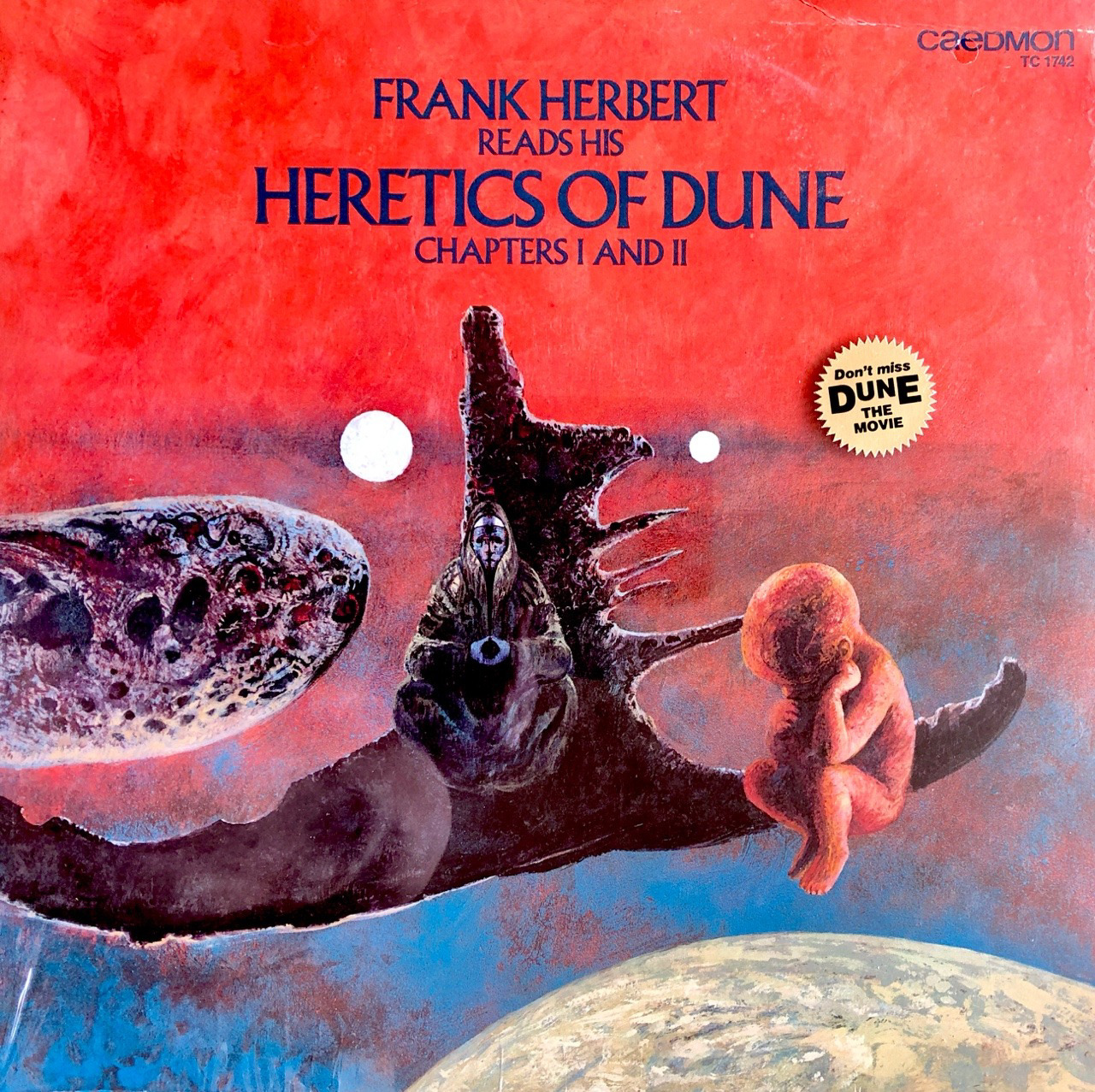
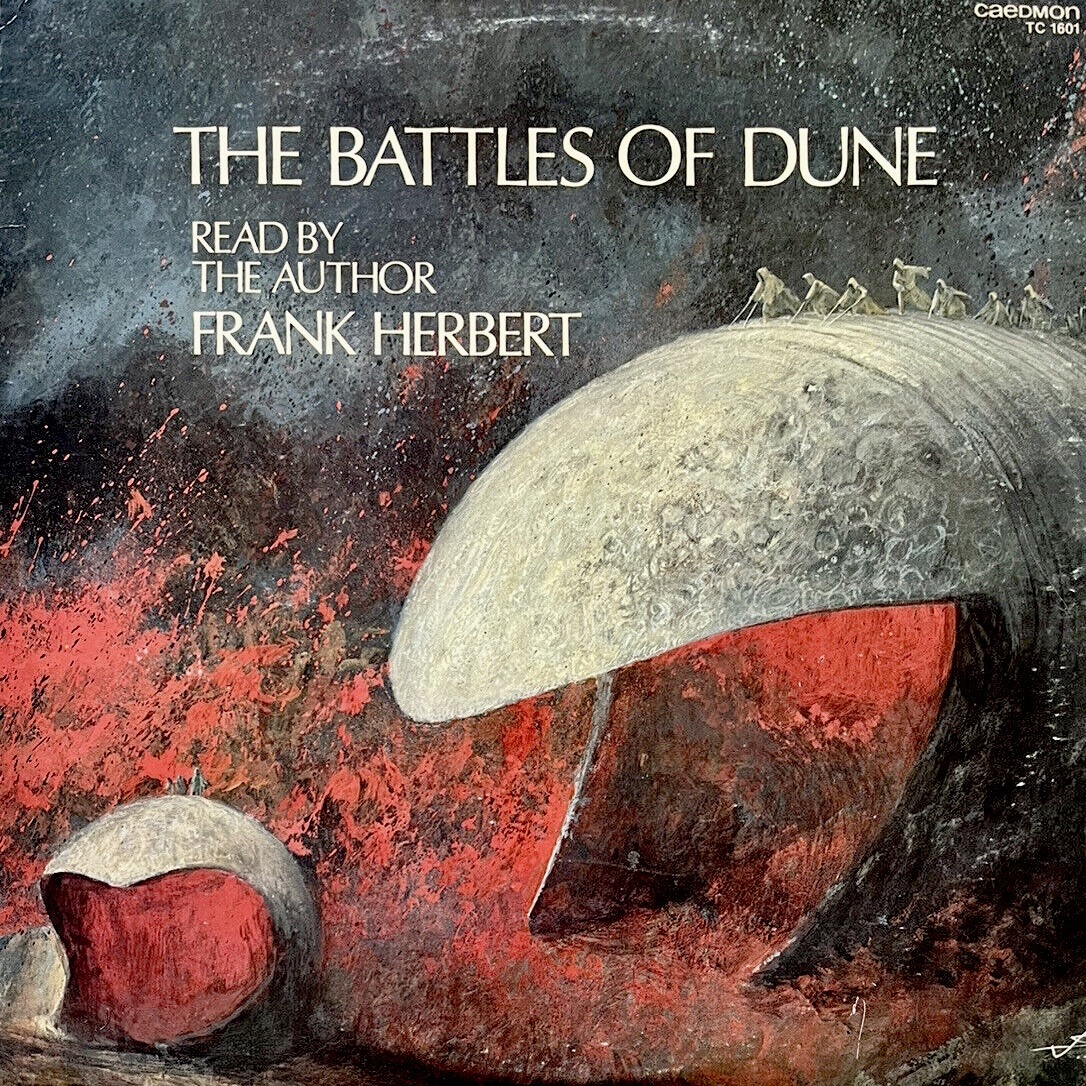
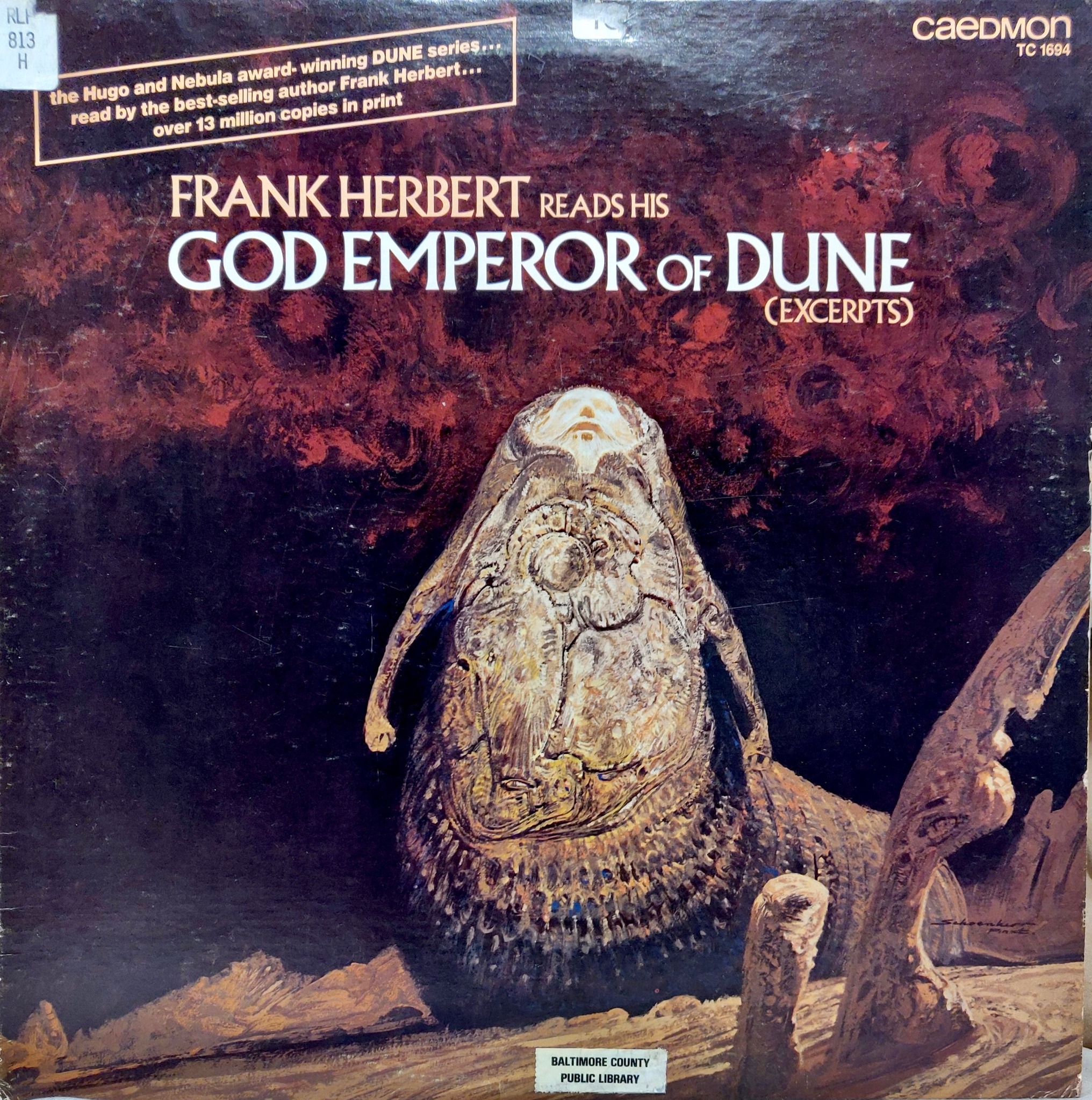
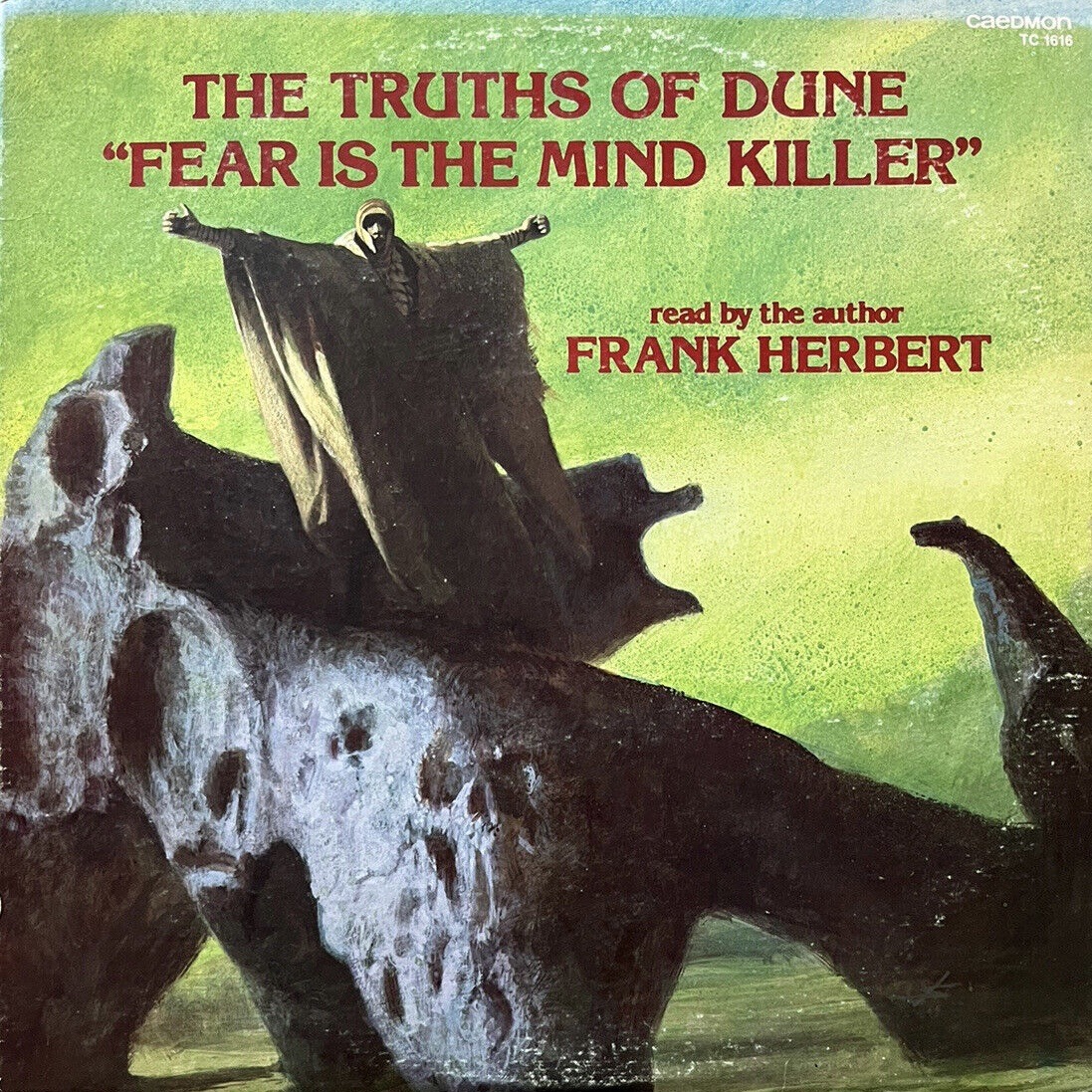
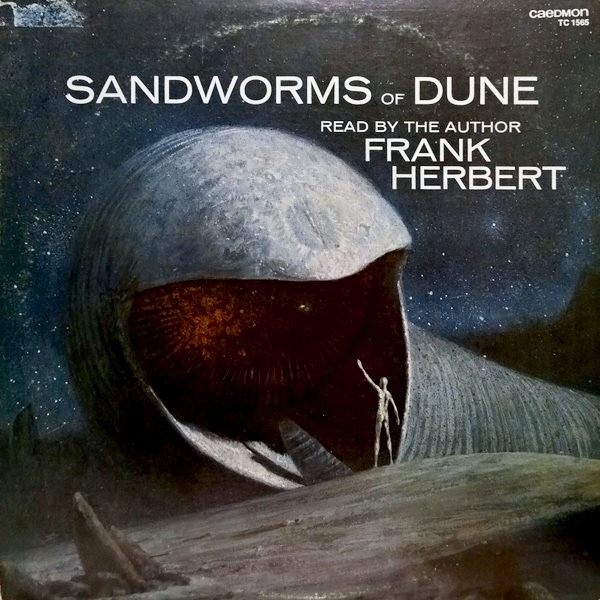
Dune read by Frank Herbert, vinyl records on Caedmon Records 1977 - 1982. Art by John Schoenherr & Frank Kelly Freas (‘The Banquet Scene’)
Incredible. Would love a hardcover set with these images.
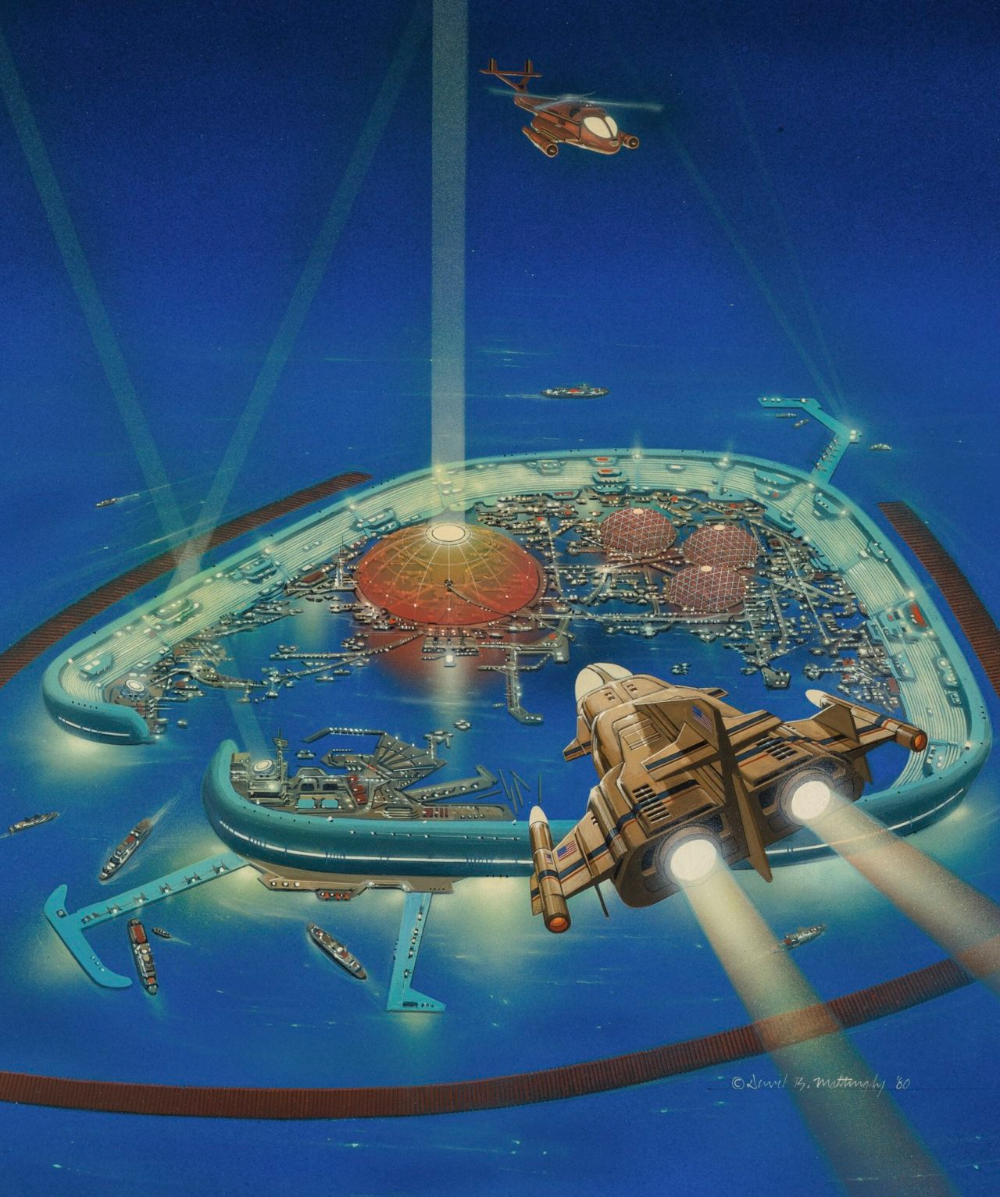
From orbit to the seabase.
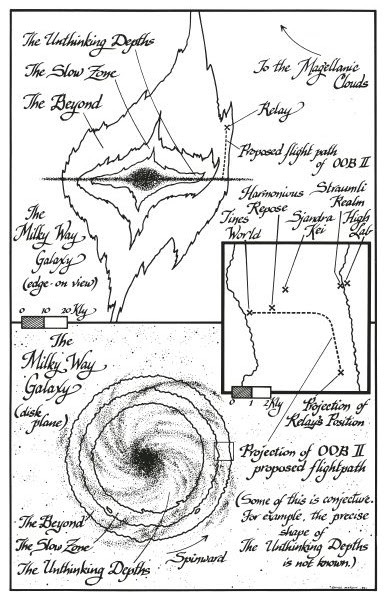
The Zones of thought from Vernor Vinge’s eponymous science fiction series.
RIP, Mr. Vinge. 1944-2024.
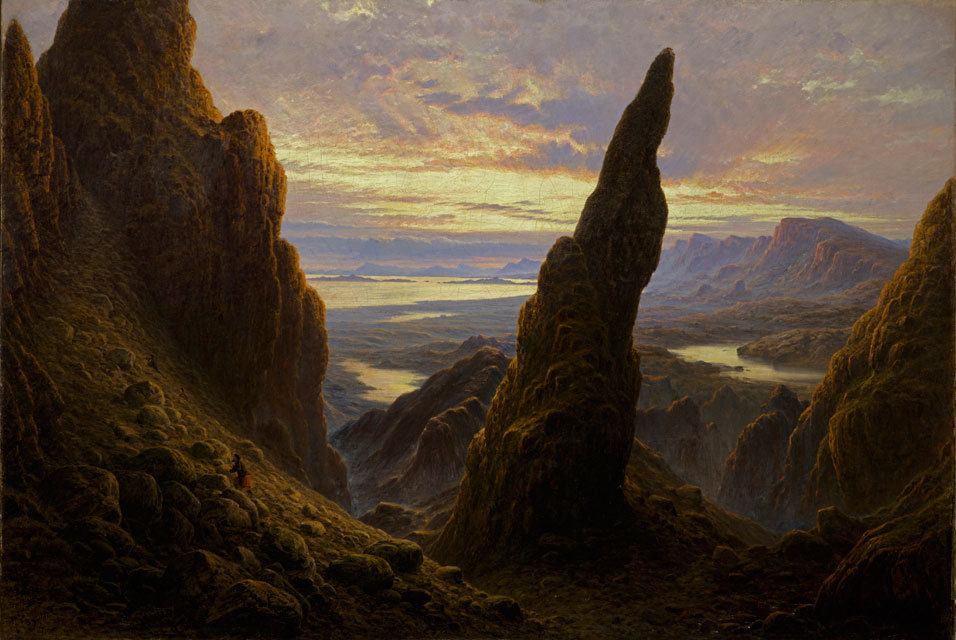
Entrance to the Cuiraing, Skye. Waller Hugh Paton, 1873.
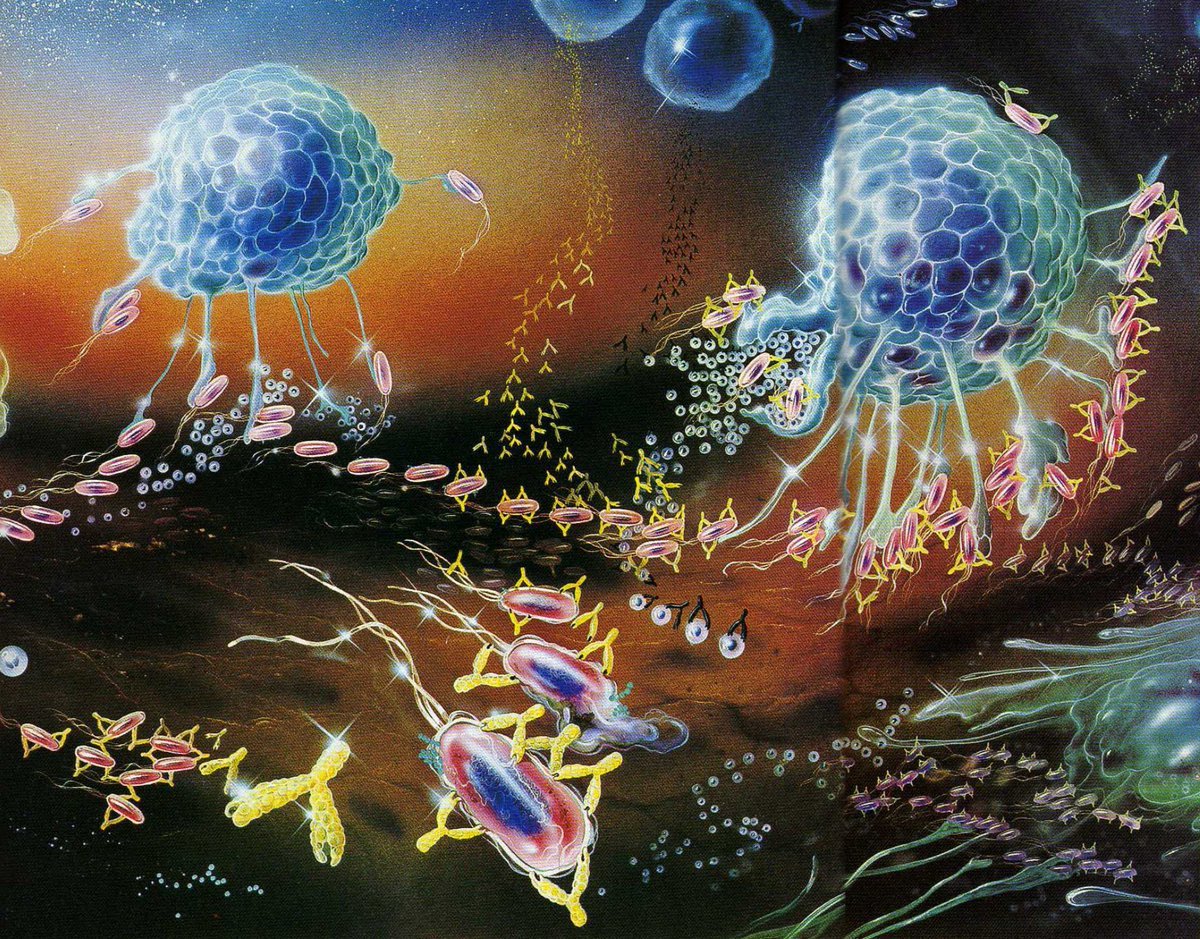
Carl Röhrig draws the immune system.
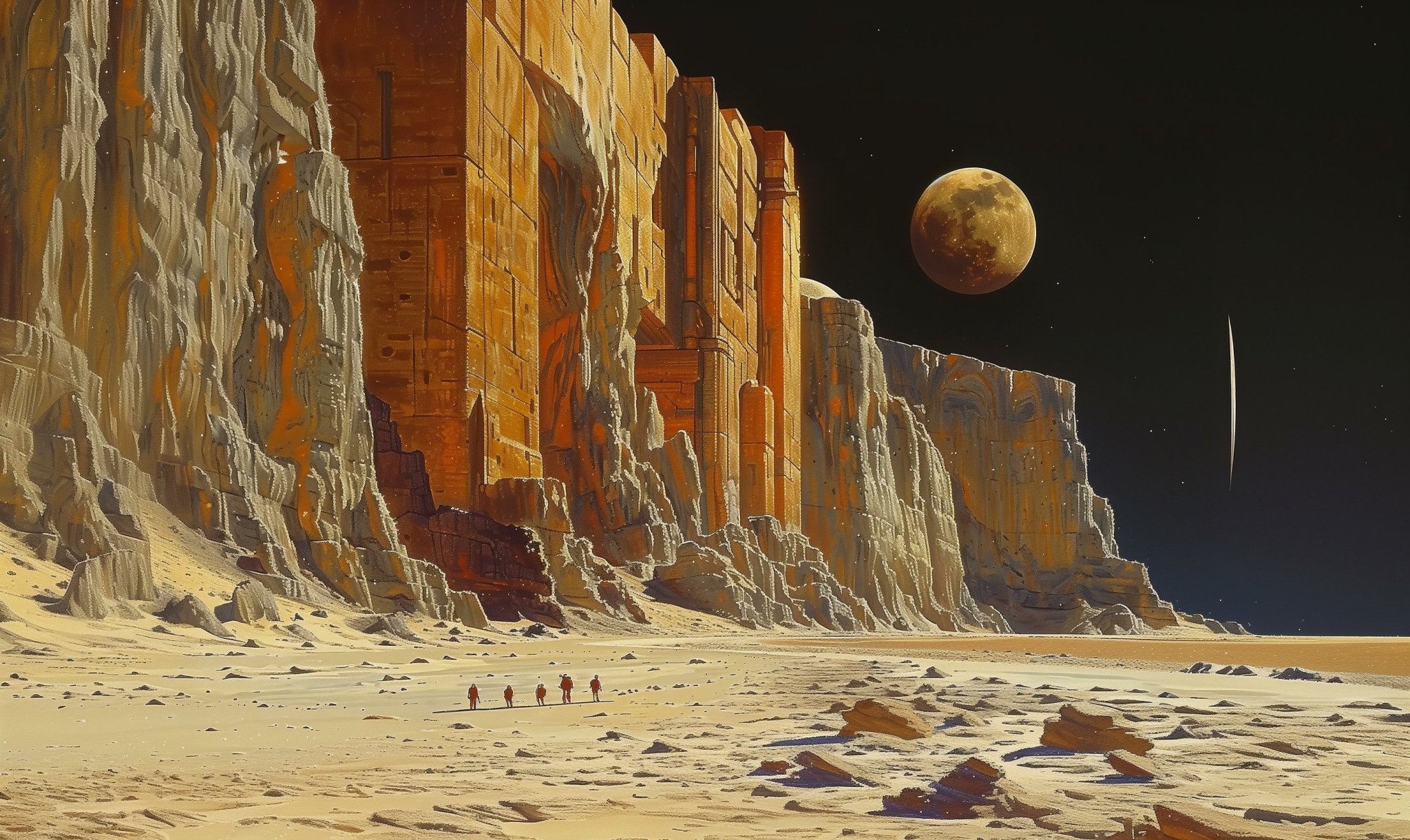
Ruins.
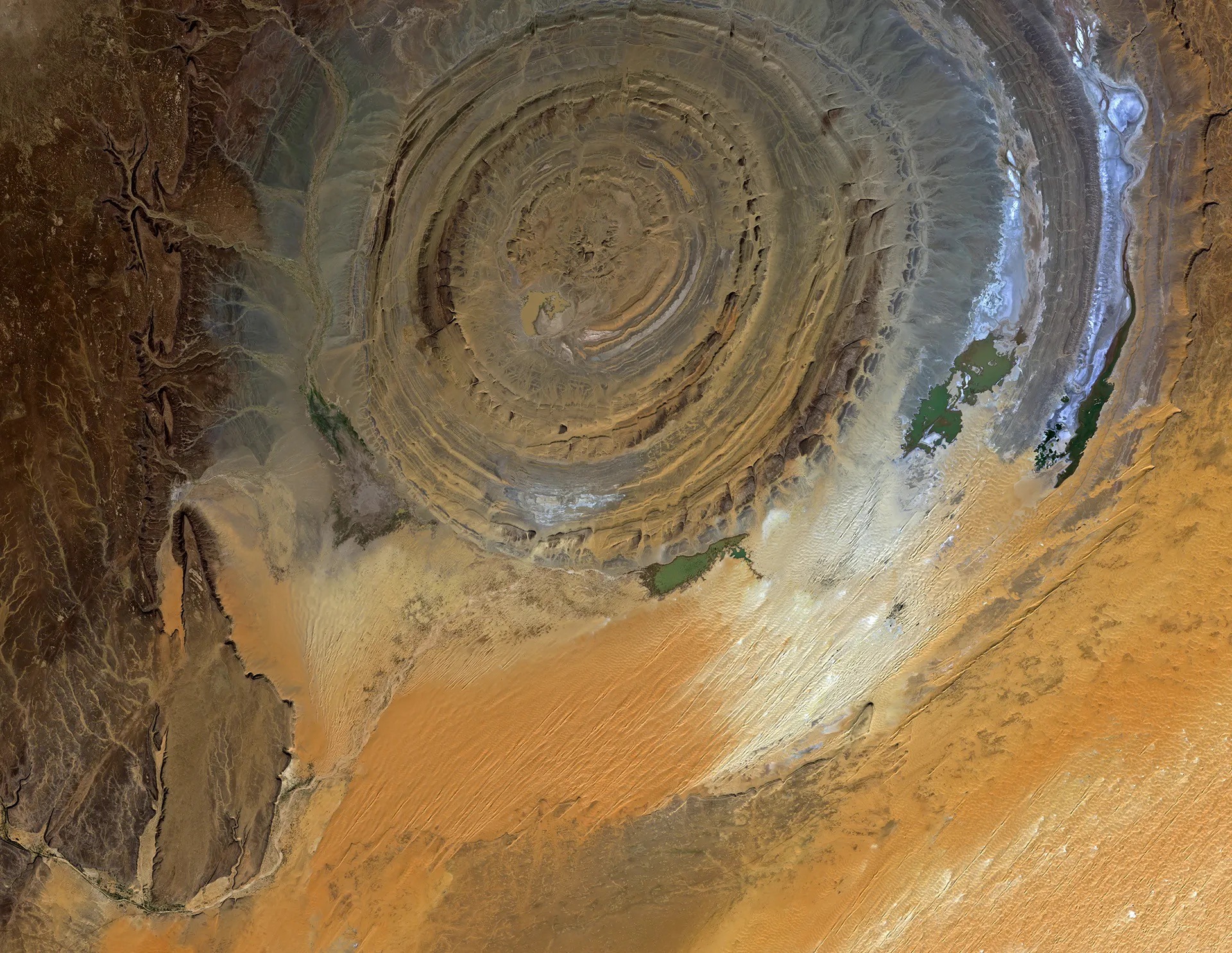

The Richat Structure in the Saharan Desert of Mauritania.
An eroded geologic dome.
My latest essay. Comparing the notion of “pattern languages” across domains, like writing and architecture:
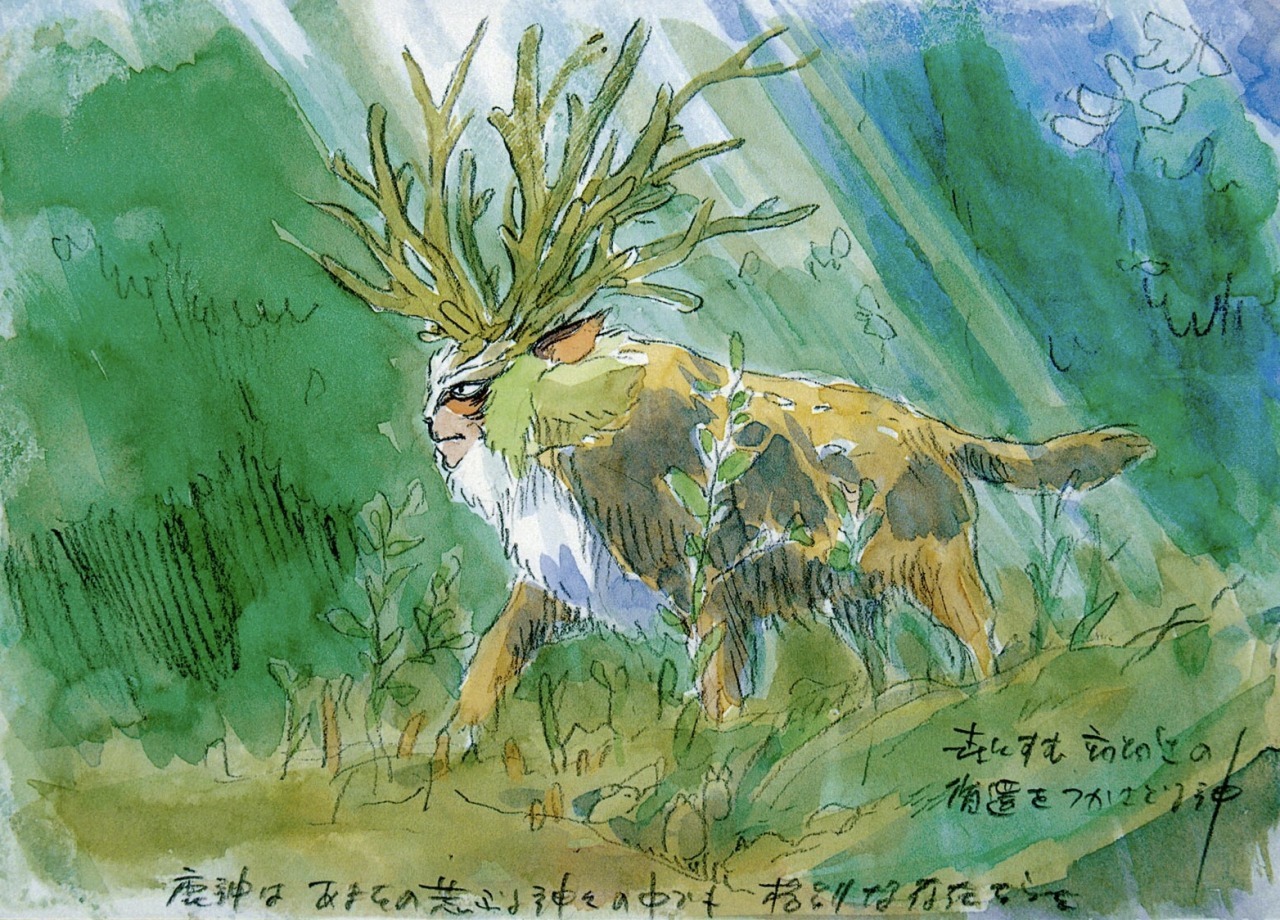
Miyazaki concept art for Princess Mononoke.
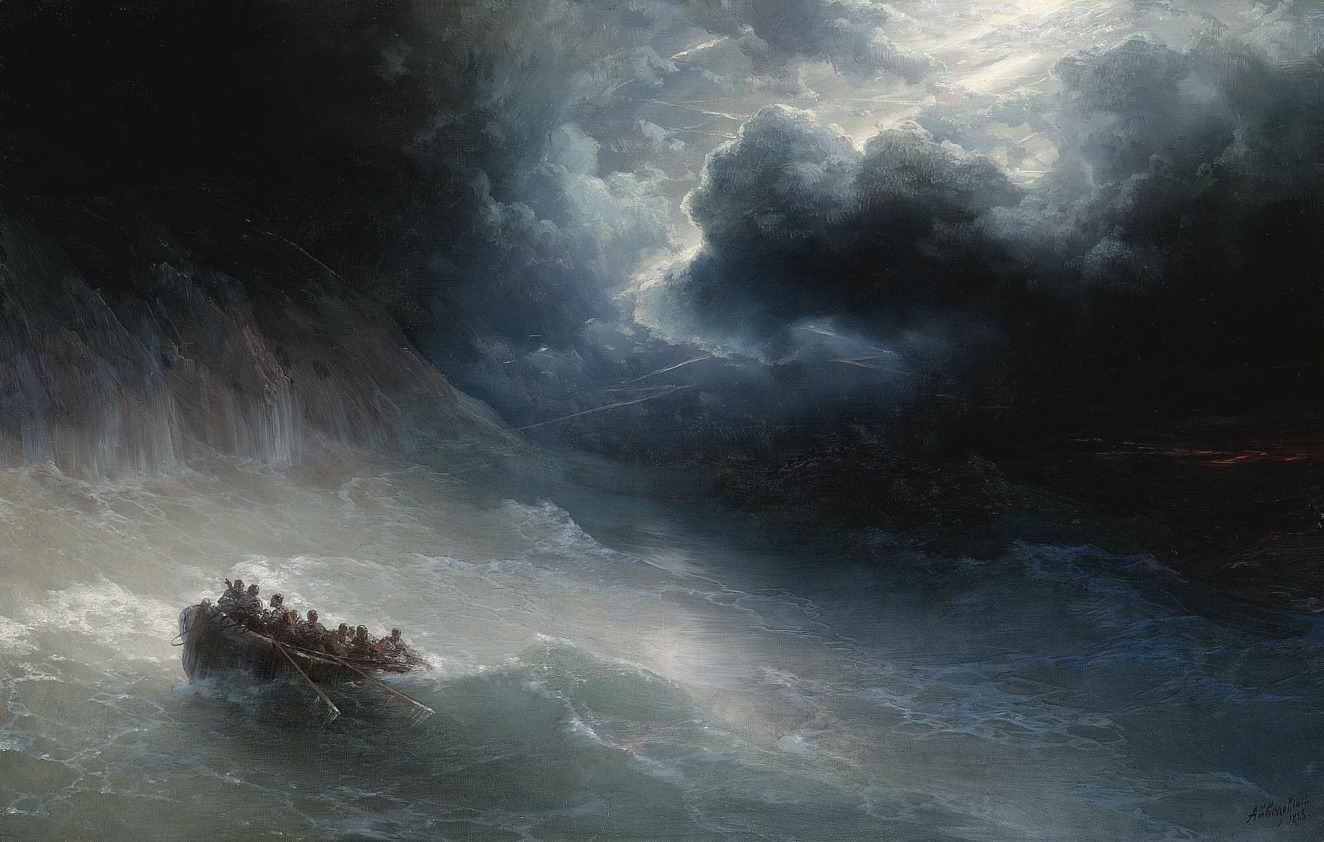
The Wrath of the Seas. Ivan Aivazovsky, 1886.
Amor Towles is one of the most articulate and interesting writers working. I loved this conversation from EconTalk. The discussion on constraints and the meaning hidden in “inconveniences” was great.
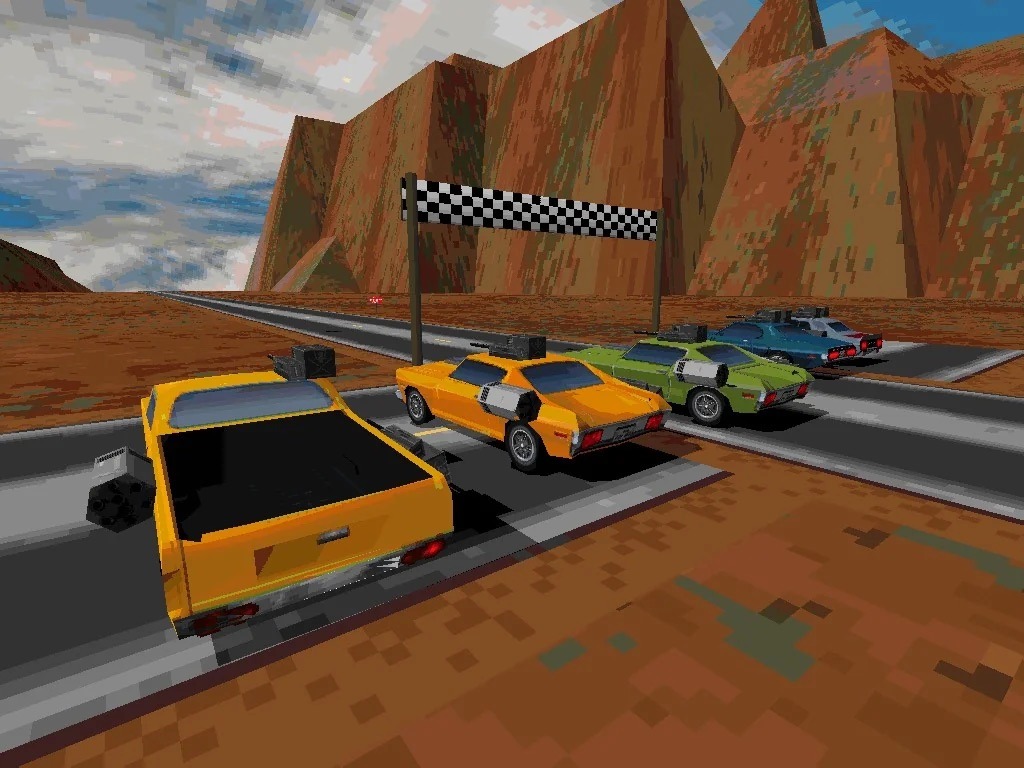
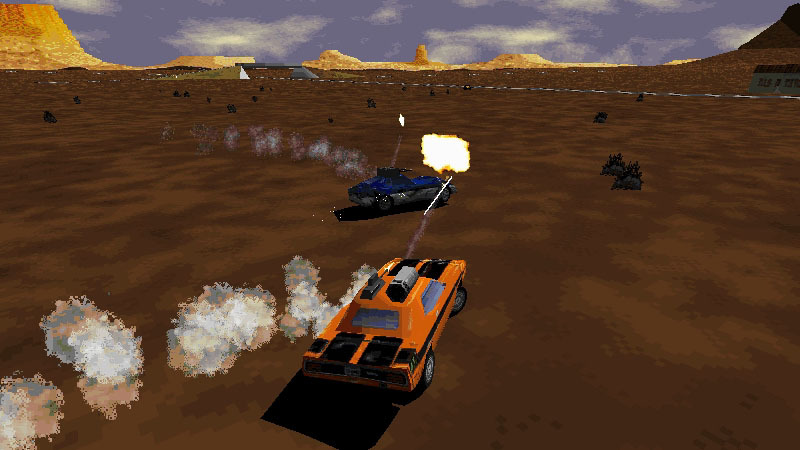
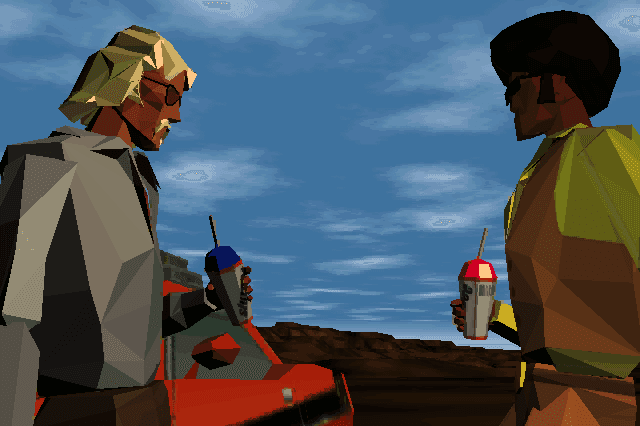
Interstate ‘76. Man we had fun playing this game.
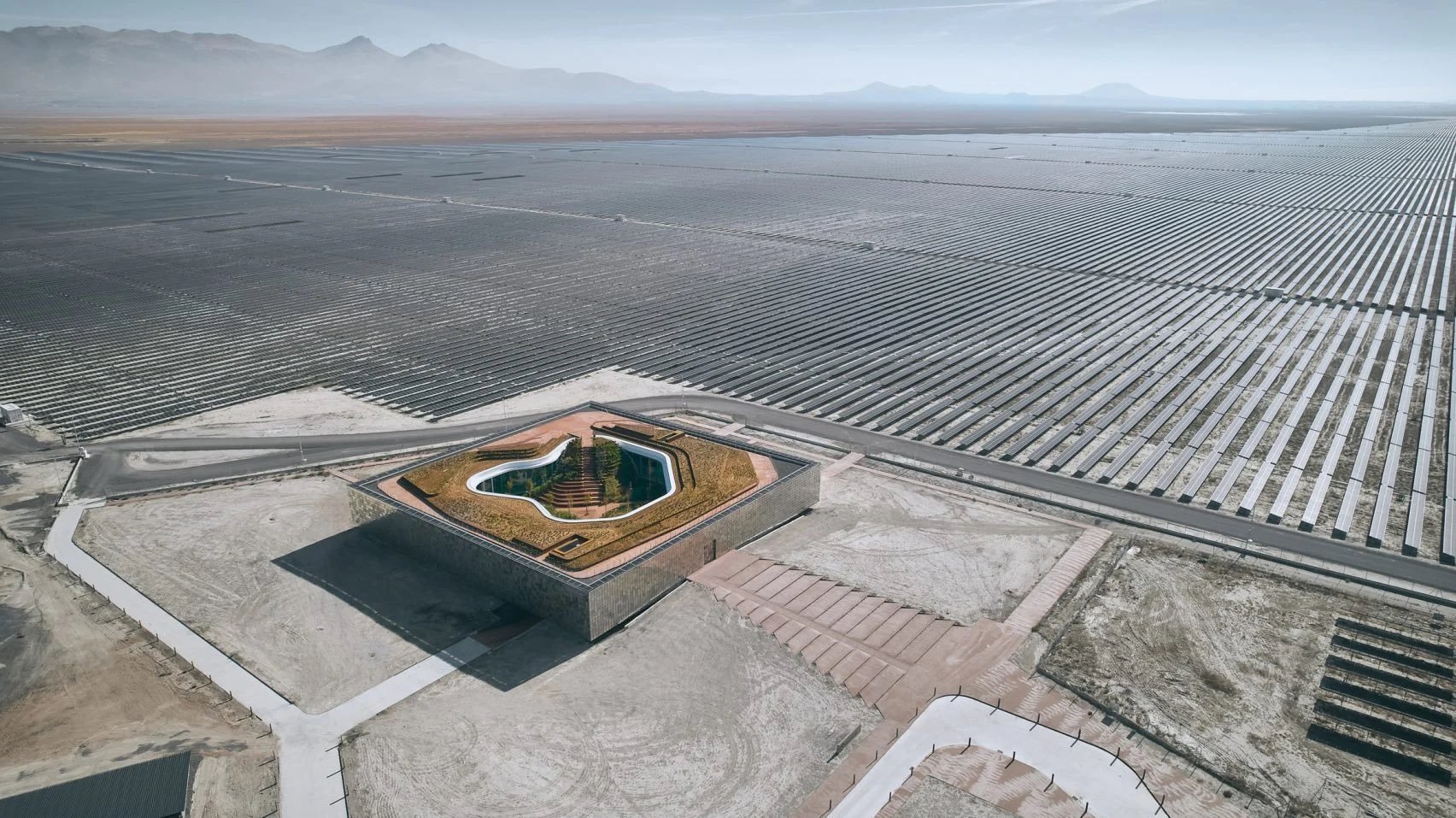
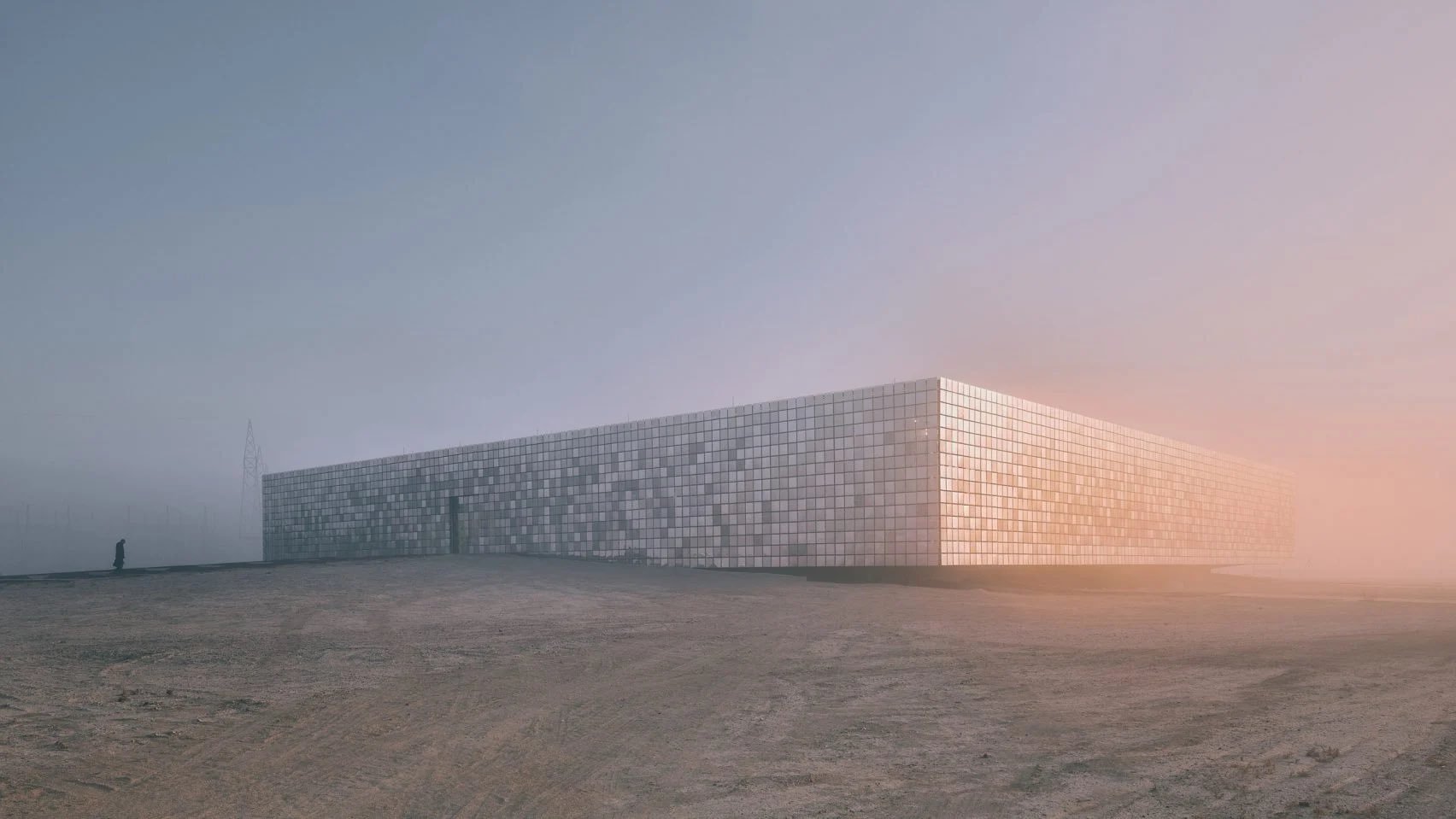
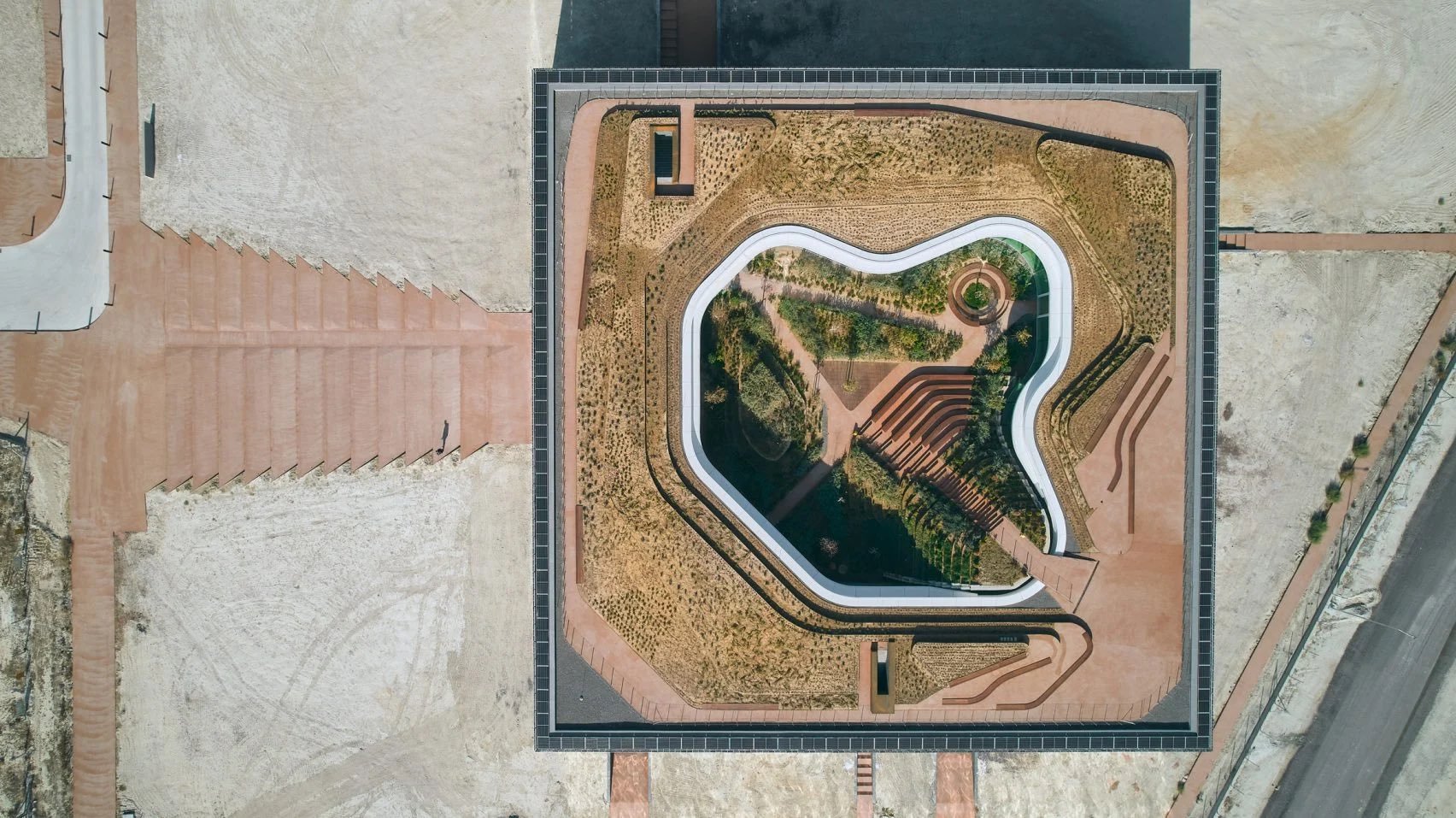
The central control building of a solar farm in Karapınar, Turkey.
Future site of an unnamed science fiction film location shoot.
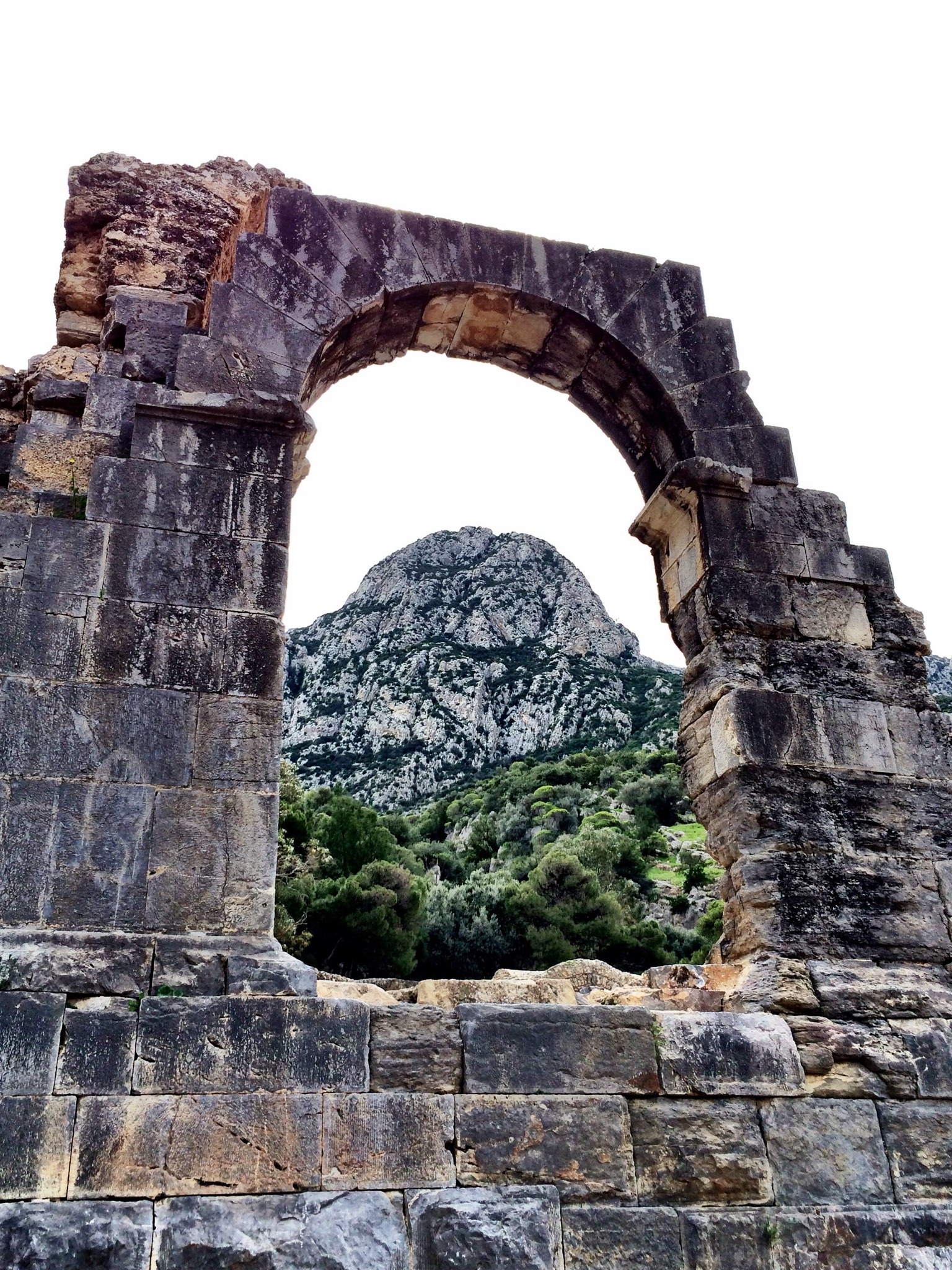
Temple des Eaux. Zaghouan, Tunisia.
Built by the Romans to supply the city of Carthage with water from its sacred spring. Visited in 2014.
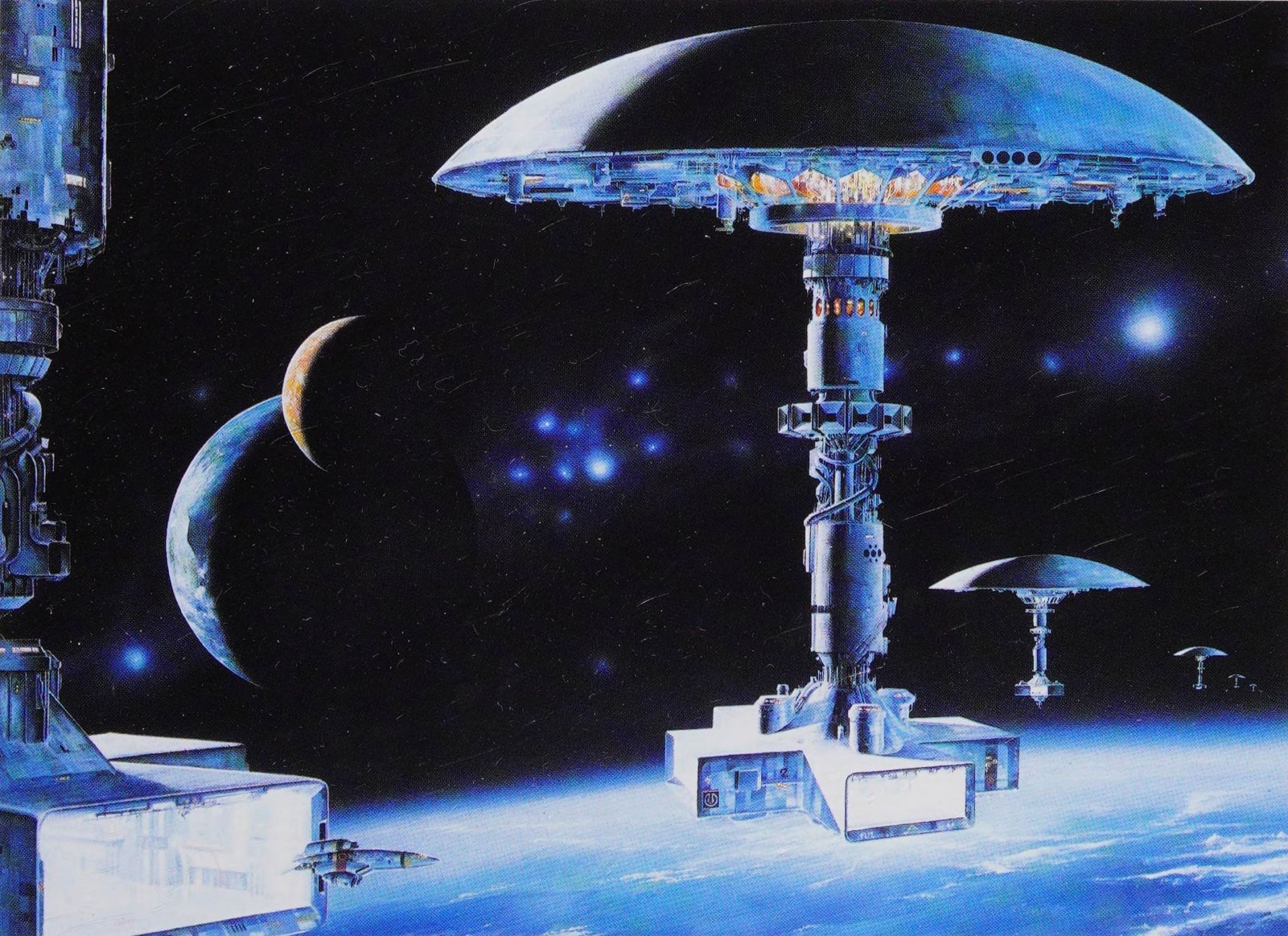
Space mushrooms.
A collection of chart designs.
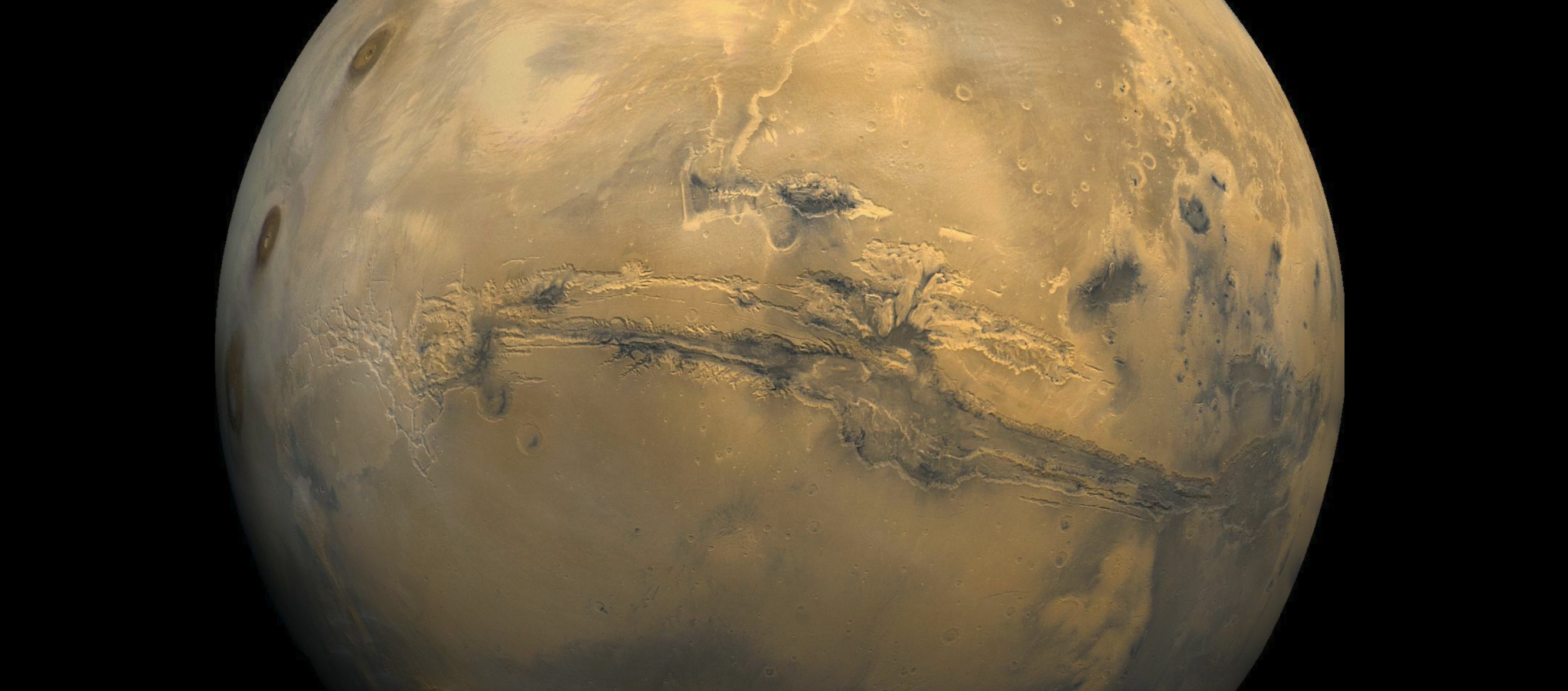
The Valles Marineris canyon on Mars.
2,500 miles long, 120 miles wide, 4.5 miles deep. The largest canyon in the Solar System.
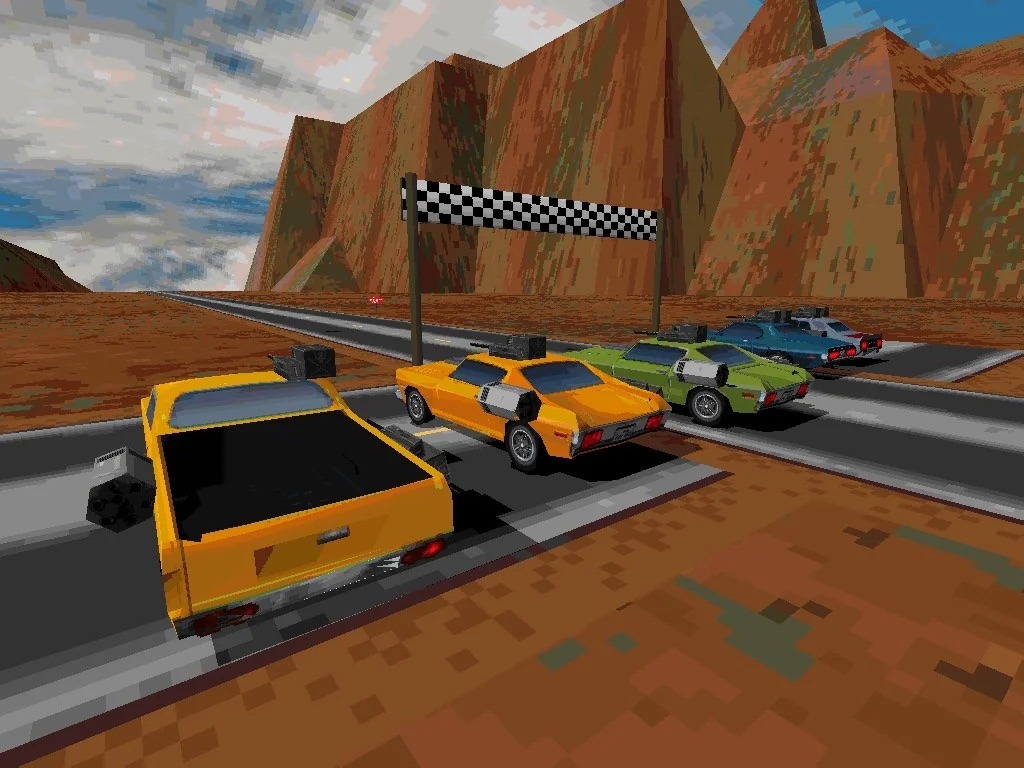
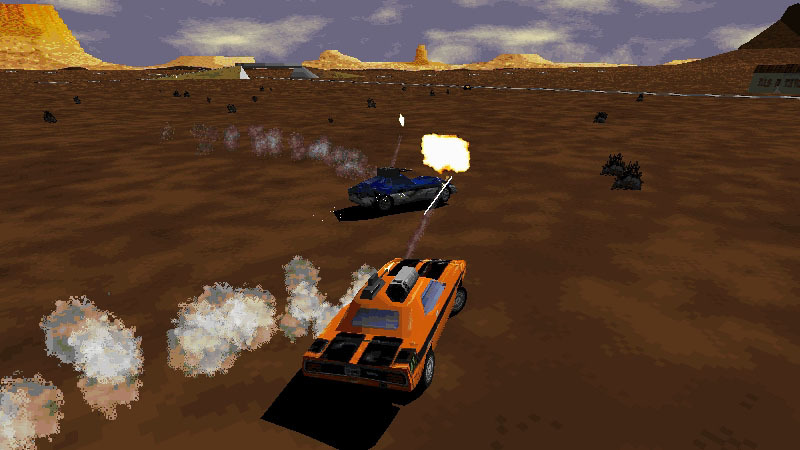
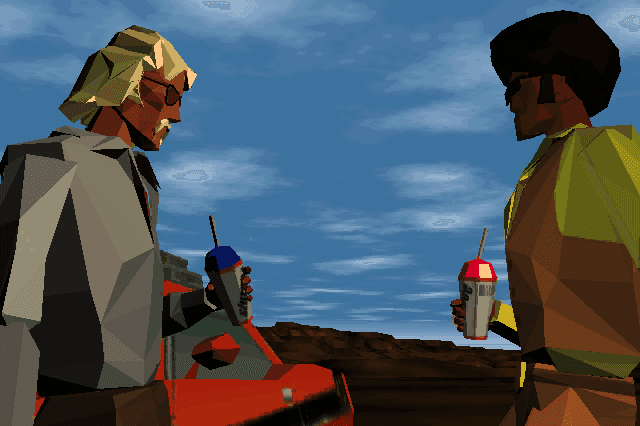
Interstate ‘76. Man we had fun playing this game.
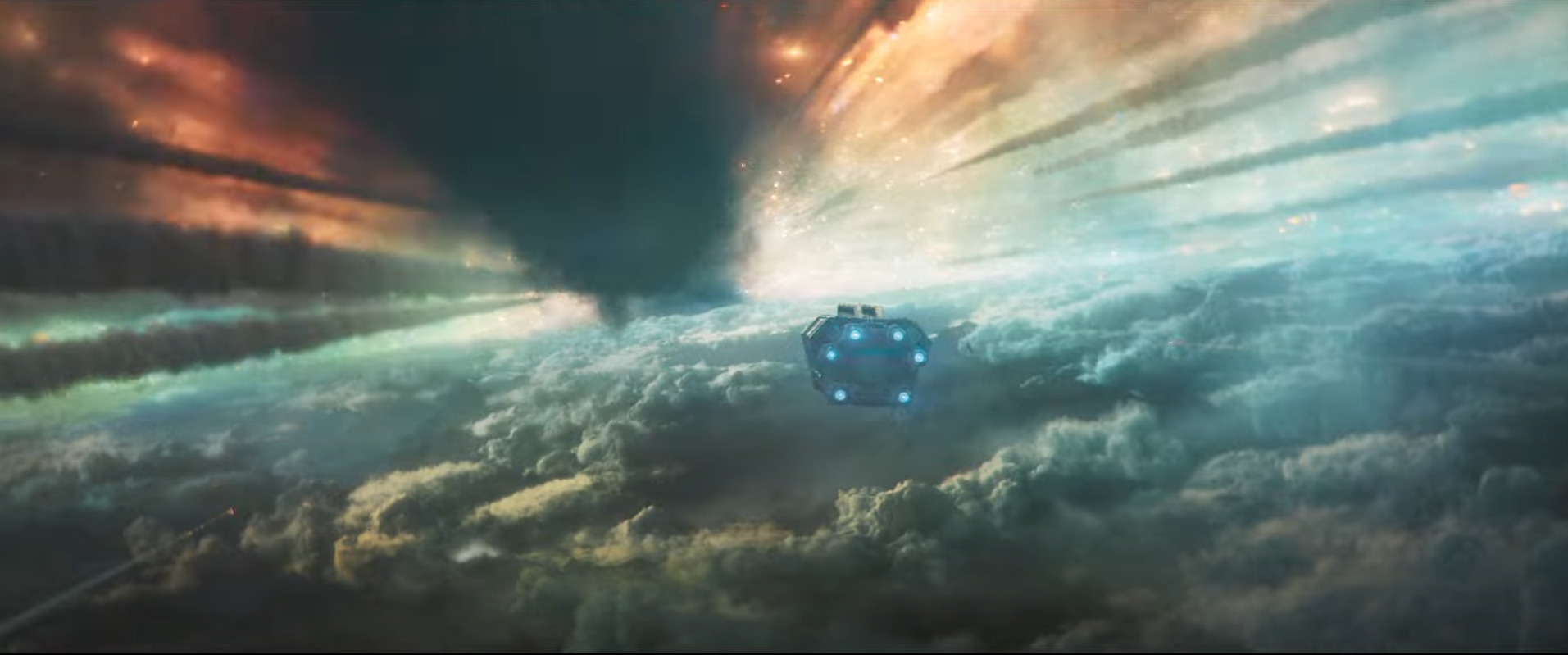
Andor has some of the best cinematics of anything Star Wars.
The circle of the English language has a well-defined centre, but no discernible circumference.
The test of a first-rate intelligence is the ability to hold two opposed ideas in mind at the same time and still retain the ability to function.
—F. Scott Fitzgerald

The Zones of thought from Vernor Vinge’s eponymous science fiction series.
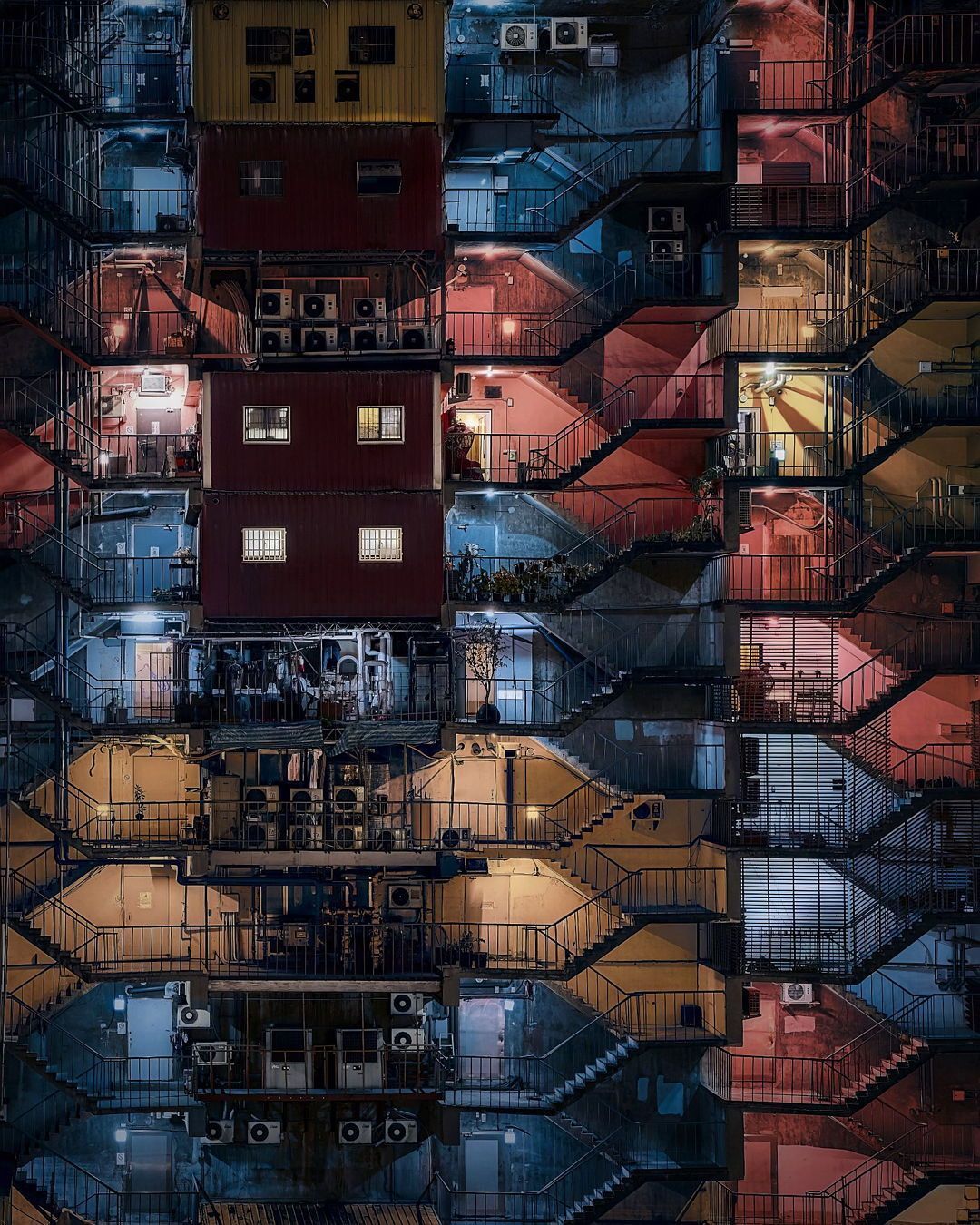
“Village Falls Asleep”, Karunchai Treetrong.
A cyberpunk rendition of Rear Window.
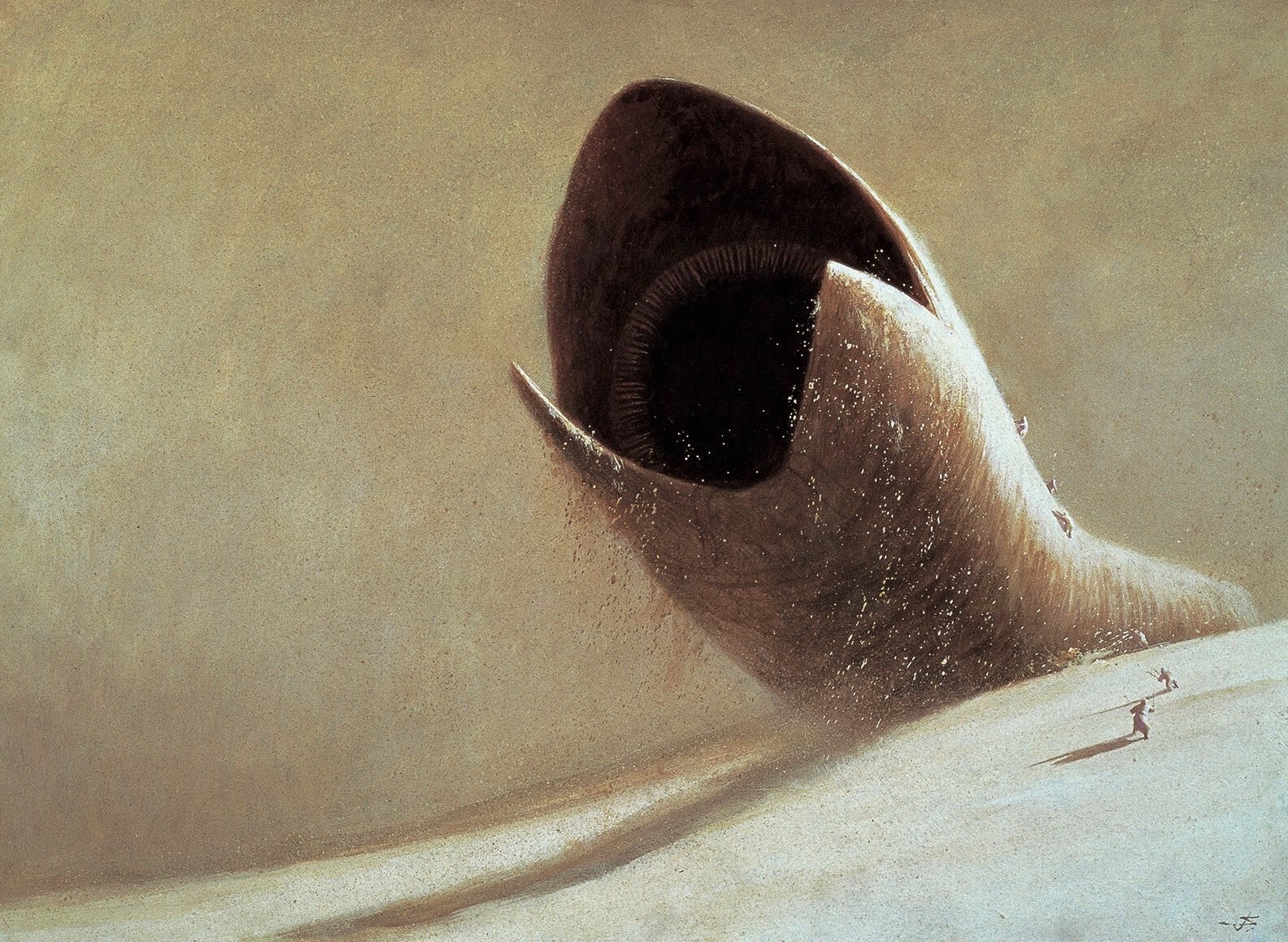
Dune artwork by John Schoenherr, 1980.
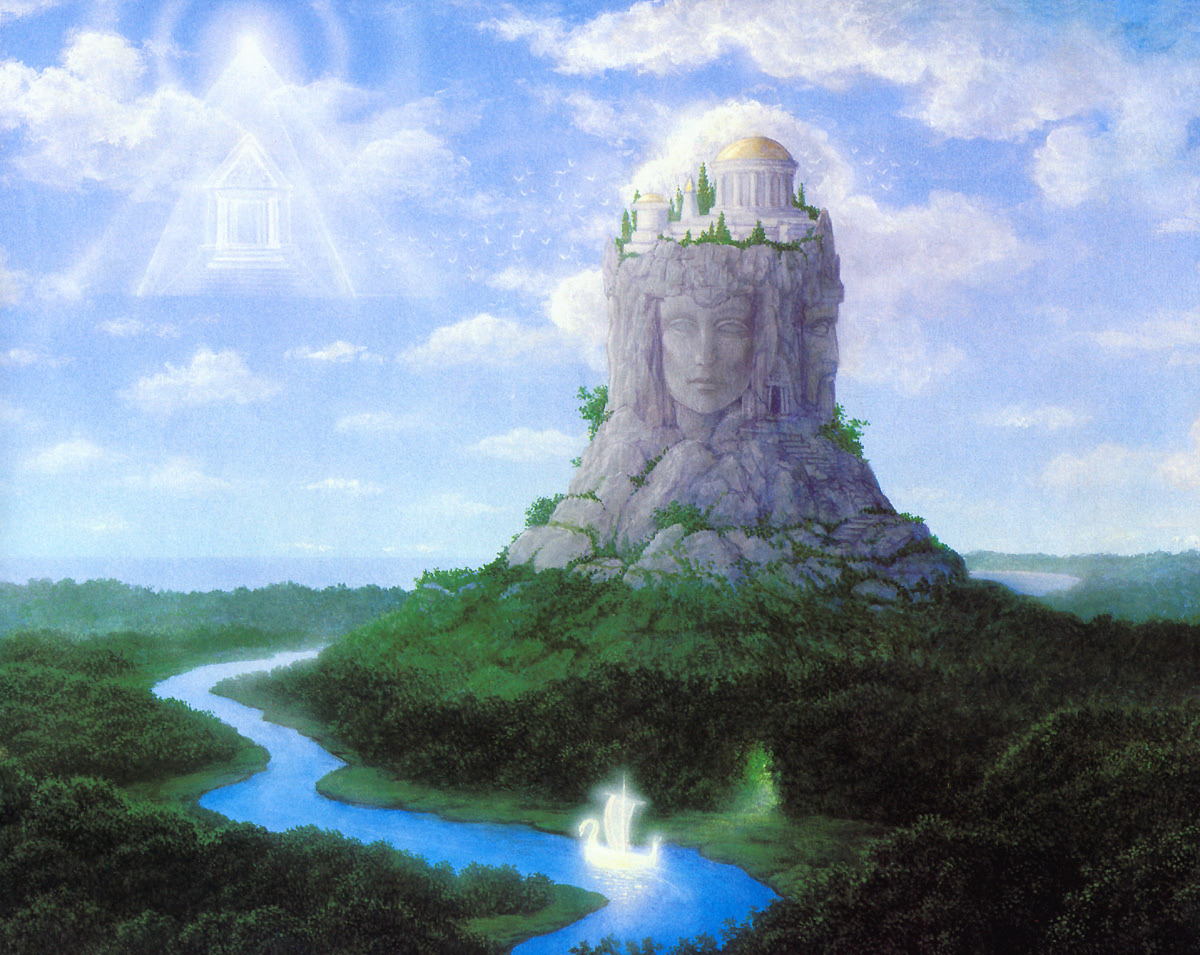
Gilbert Williams, Far Vistas.

Set the alarm.
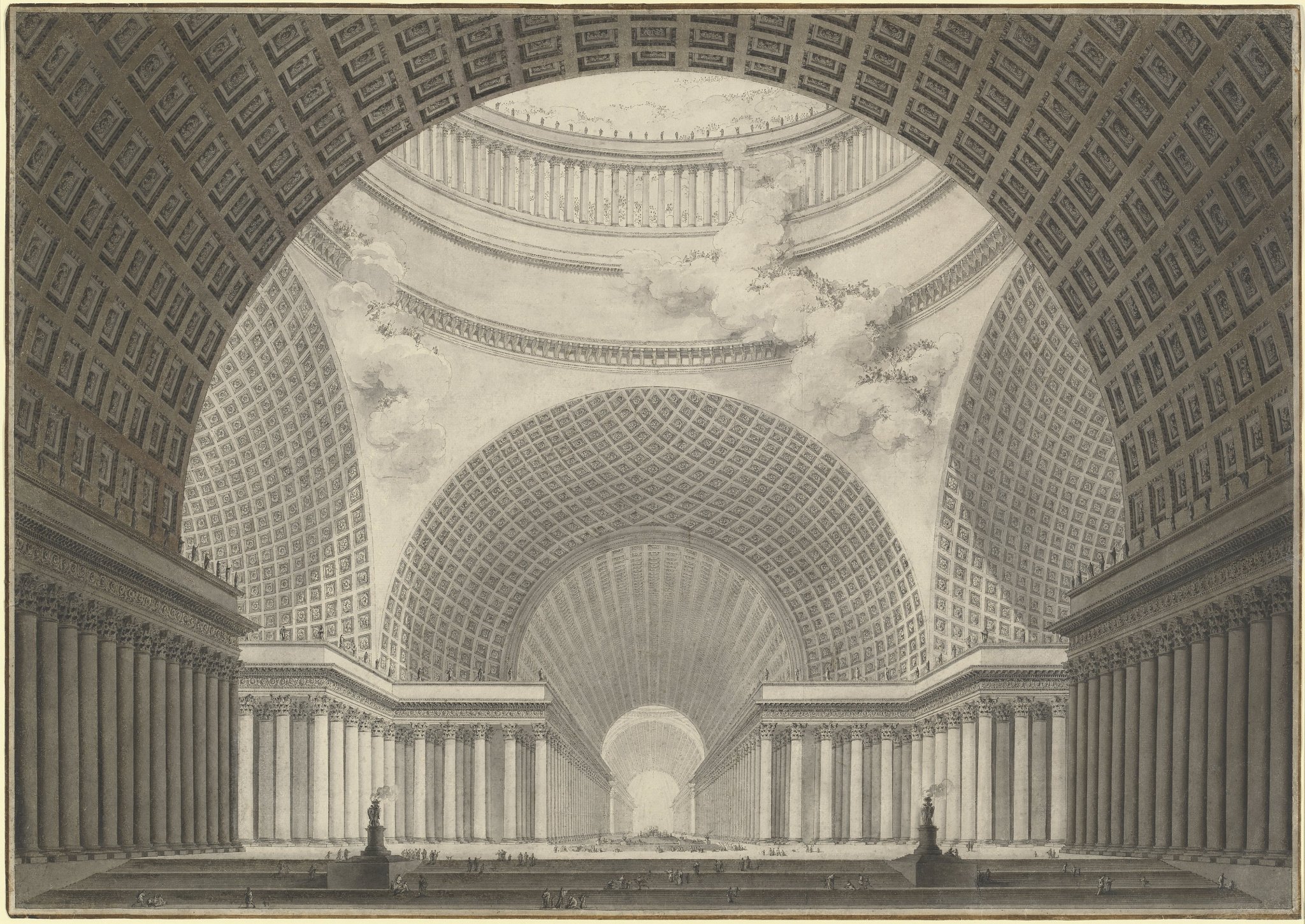
I’m no big fan of the high modernist flavor of neoclassicism, at least when made real.
But damn Étienne-Louis Boullée ’s concepts are incredible.
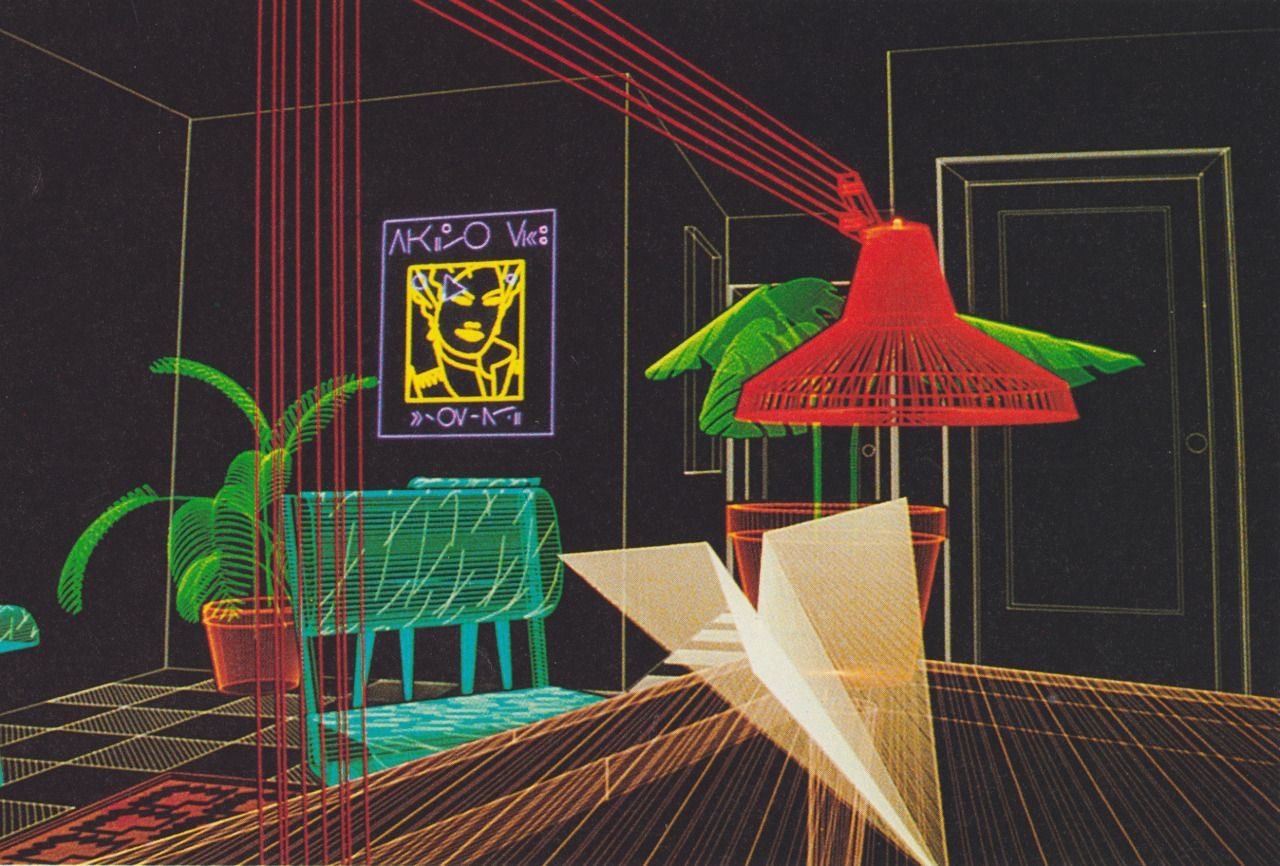
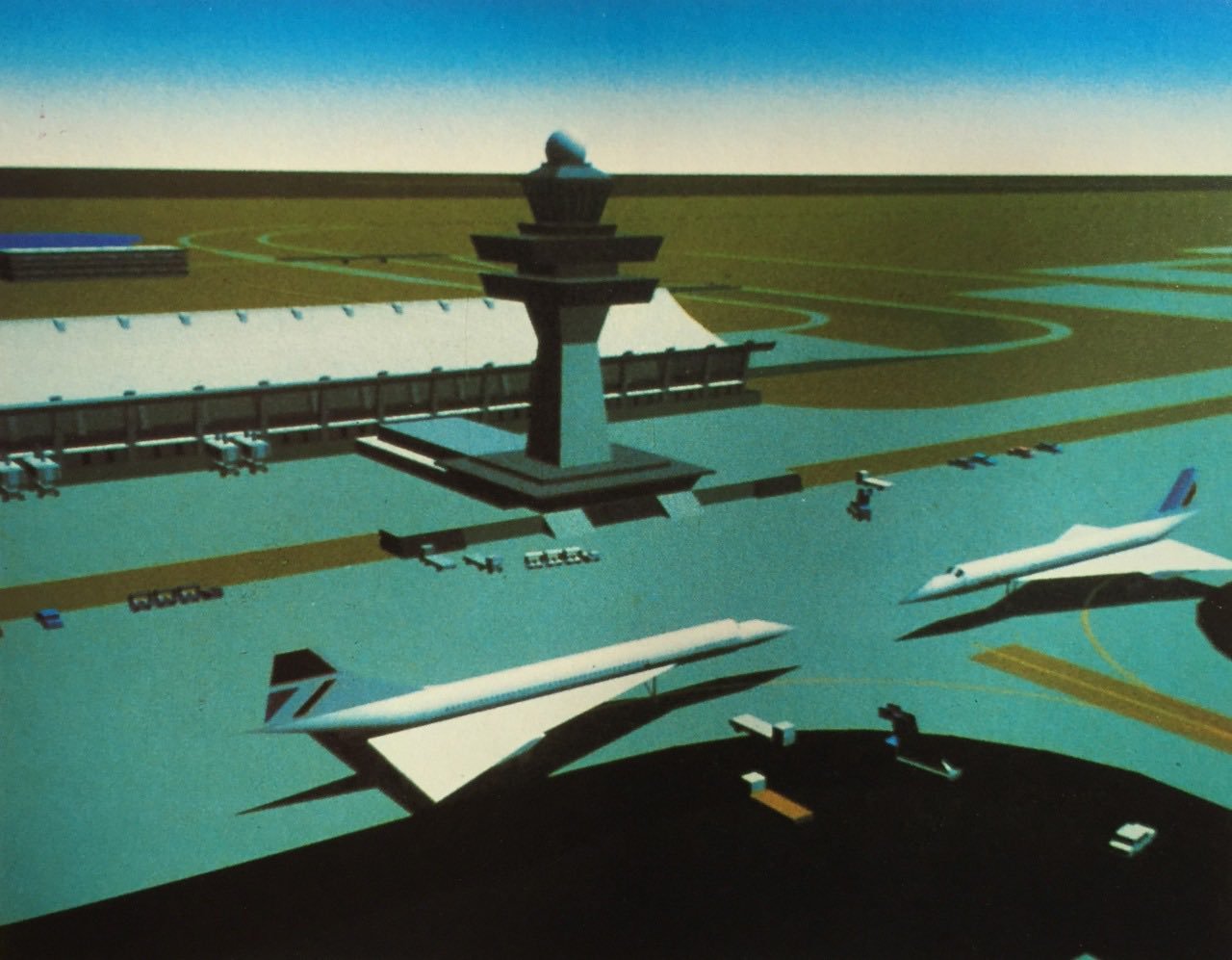
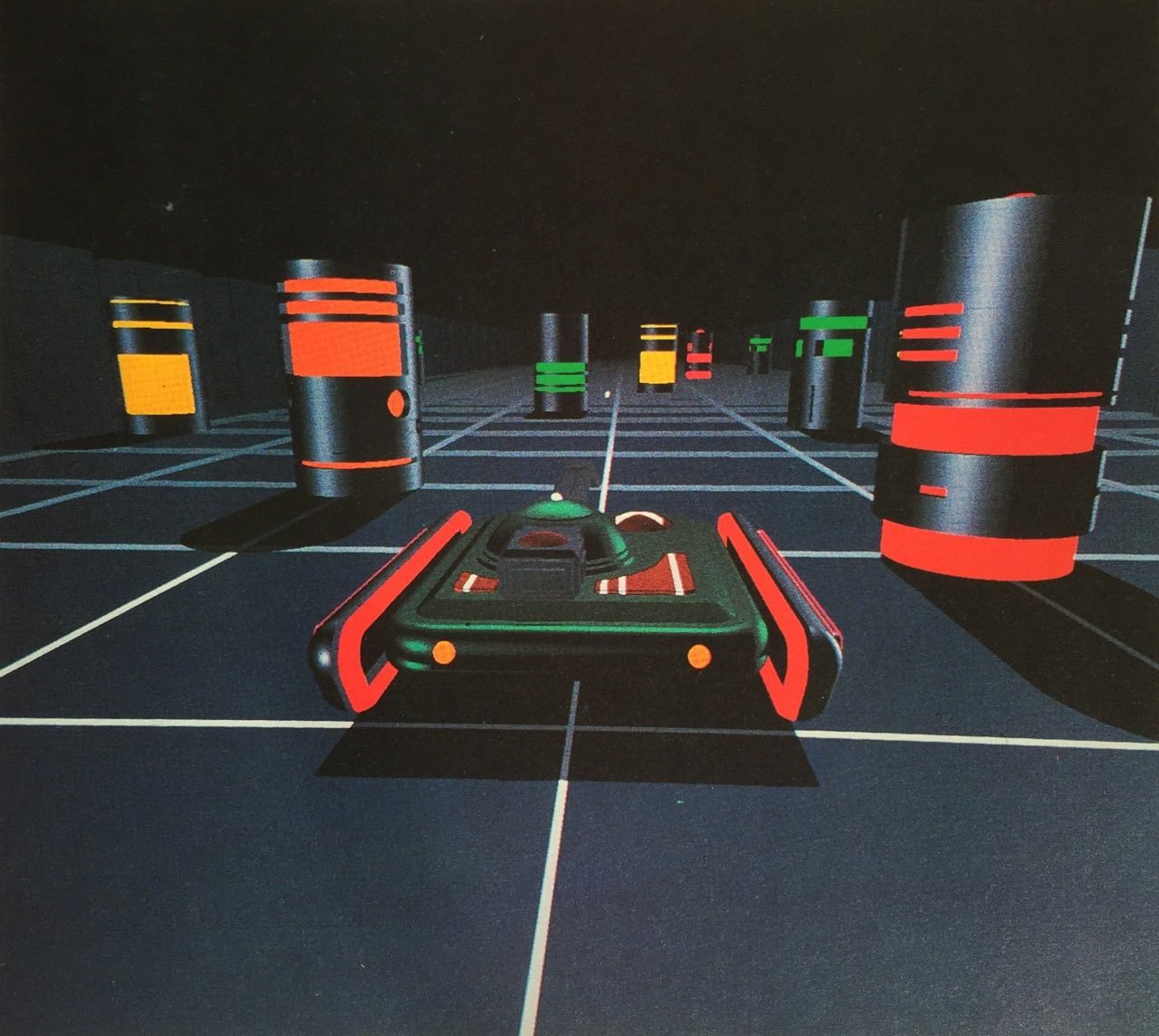
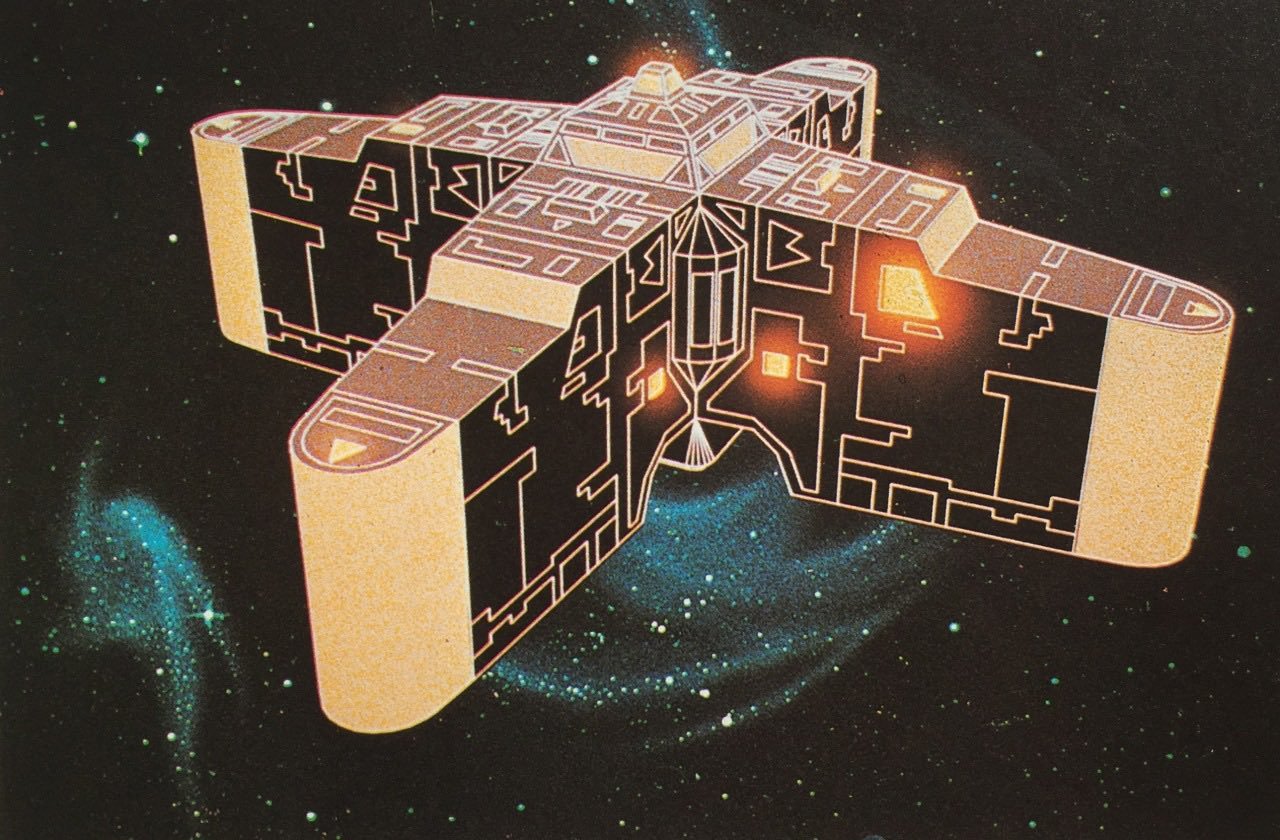
We had some good things goin’ in the early days of visual graphics. From Creative Computer Graphics , 1984.

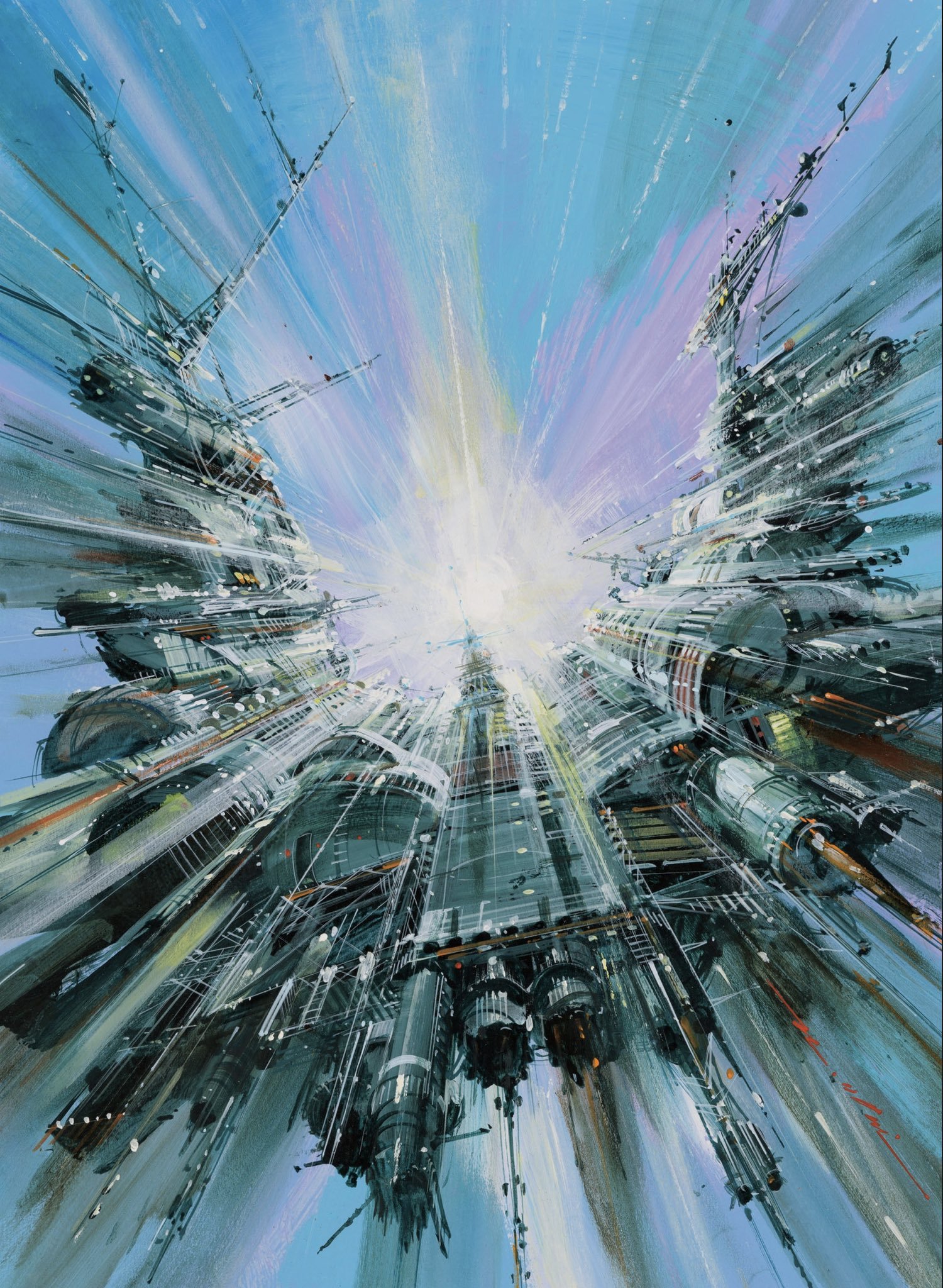
I dig Noriyoshi Ohrai ’s spaceship concepts.
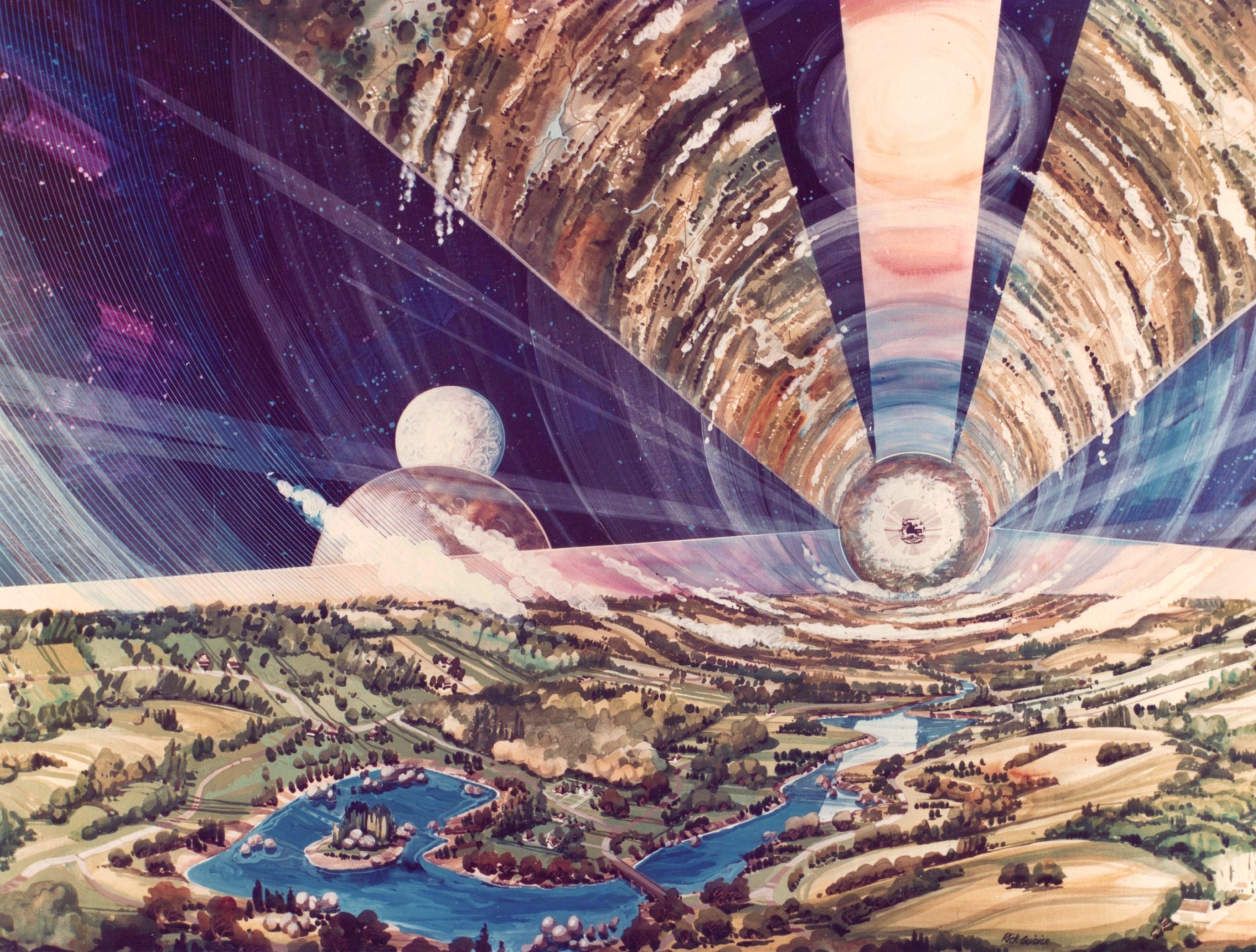
Cylindrical space colony. Rick Guidice.
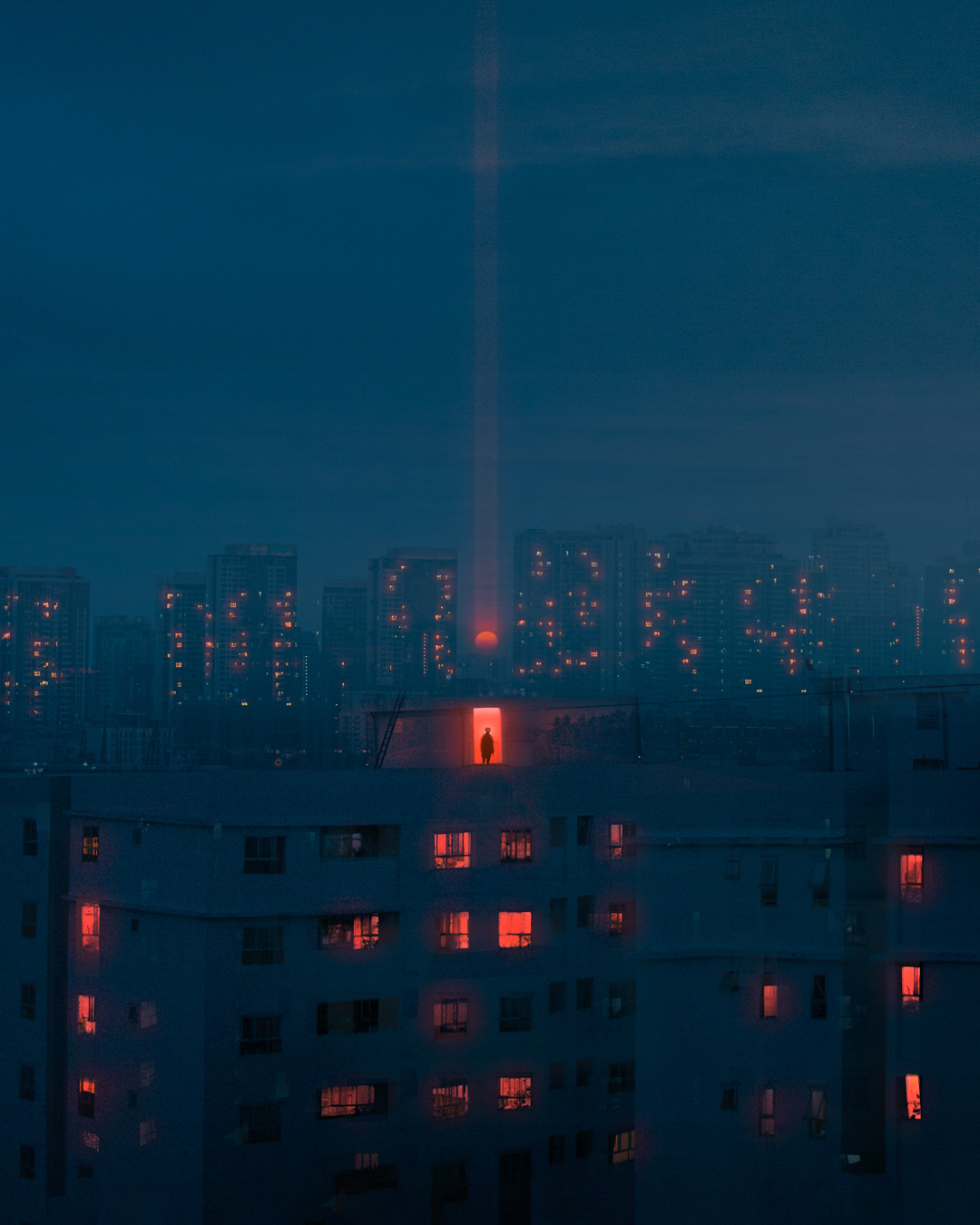
Bao Tran Trung.
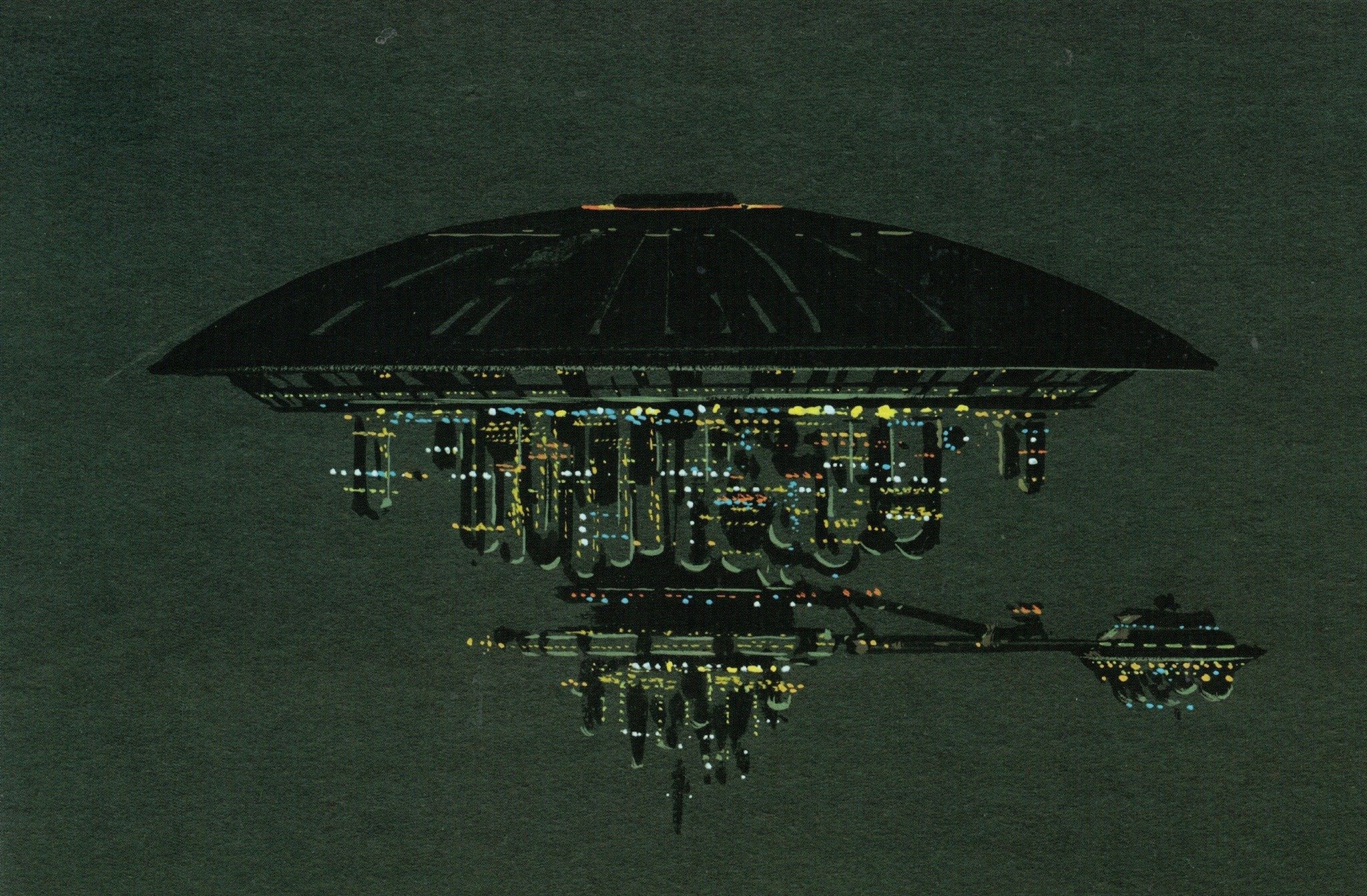
Concept art from Close Encounters of the Third Kind. Ralph McQuarrie.
(via @FedeItaliano76)
Simplicity is the hallmark of truth — we should know better, but complexity continues to have a morbid attraction. When you give for an academic audience a lecture that is crystal clear from alpha to omega, your audience feels cheated and leaves the lecture hall commenting to each other: ‘That was rather trivial, wasn’t it.’ The sore truth is that complexity sells better.
—Edsger Djikstra
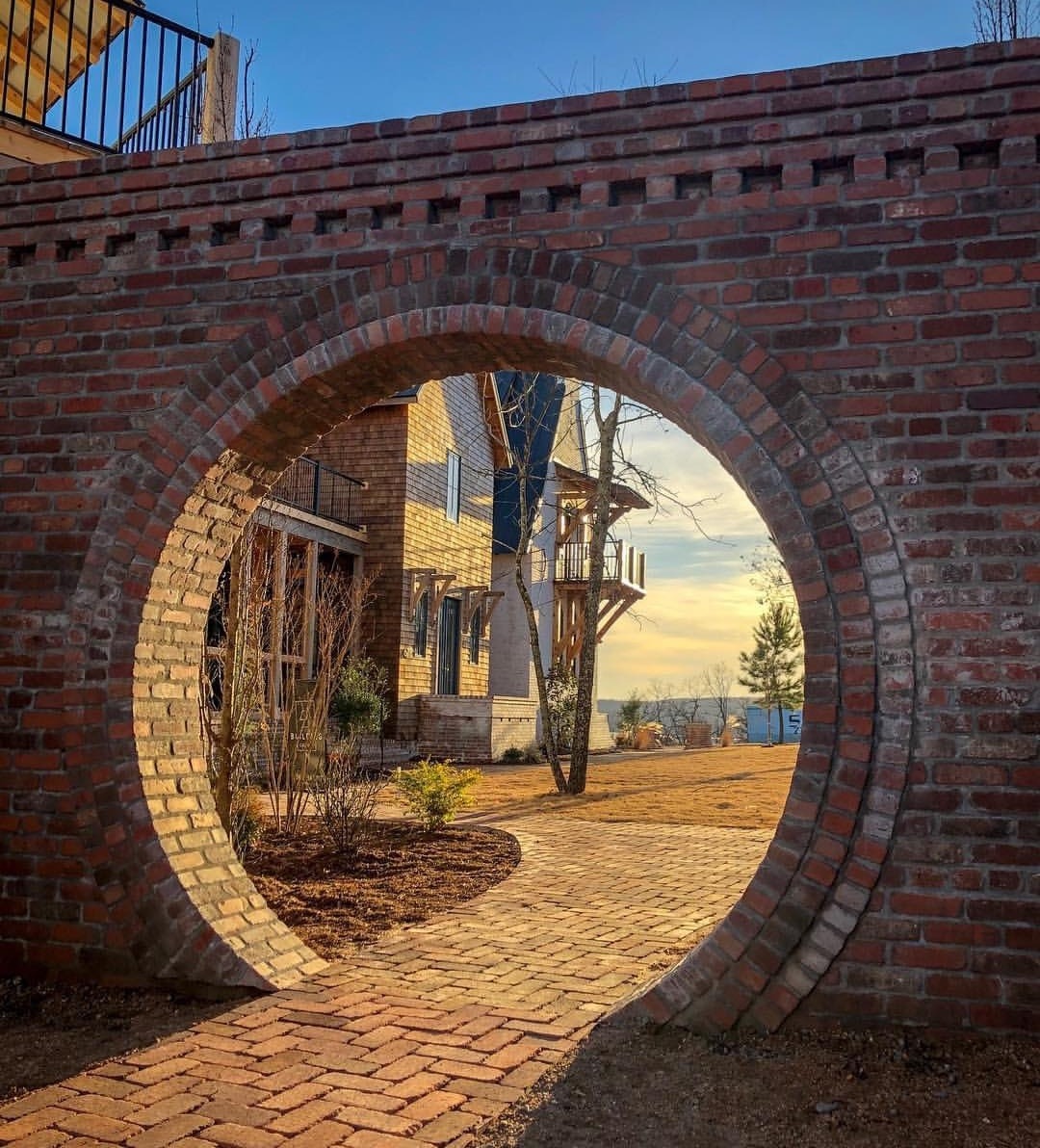
We should build more moongates in our gardens and backyards.
From Austin Tennell on X.

Ralph McQuarrie.
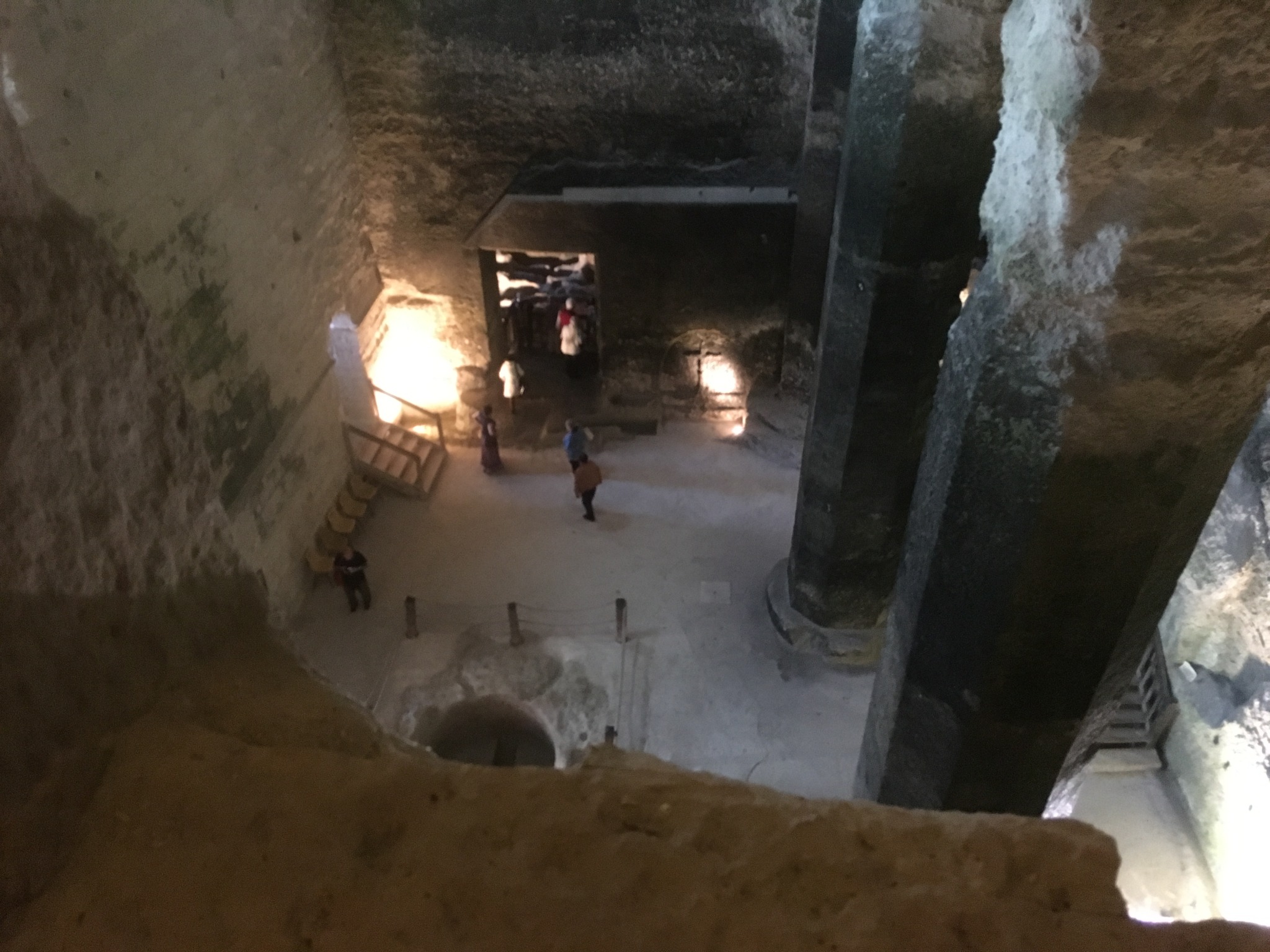
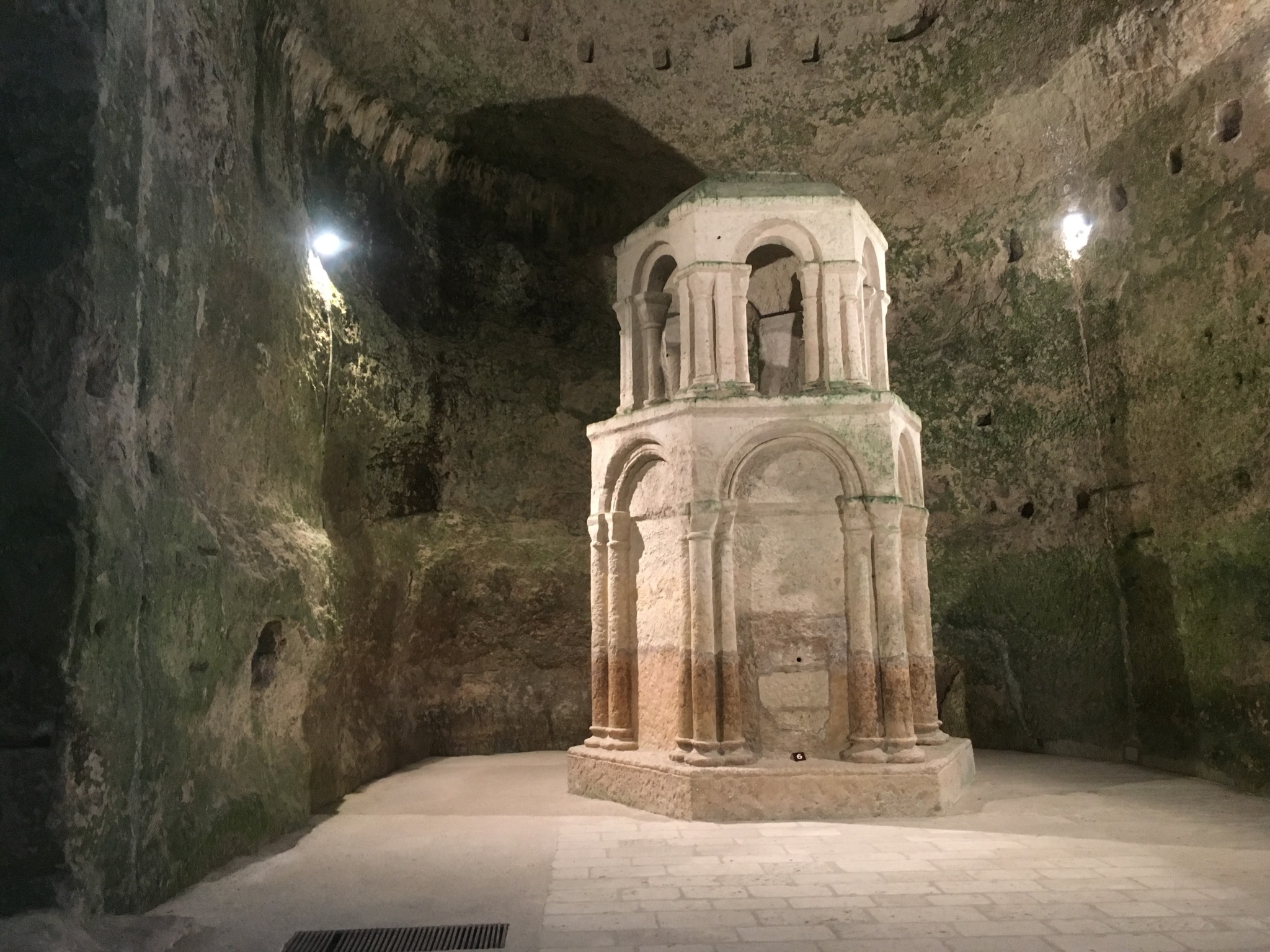
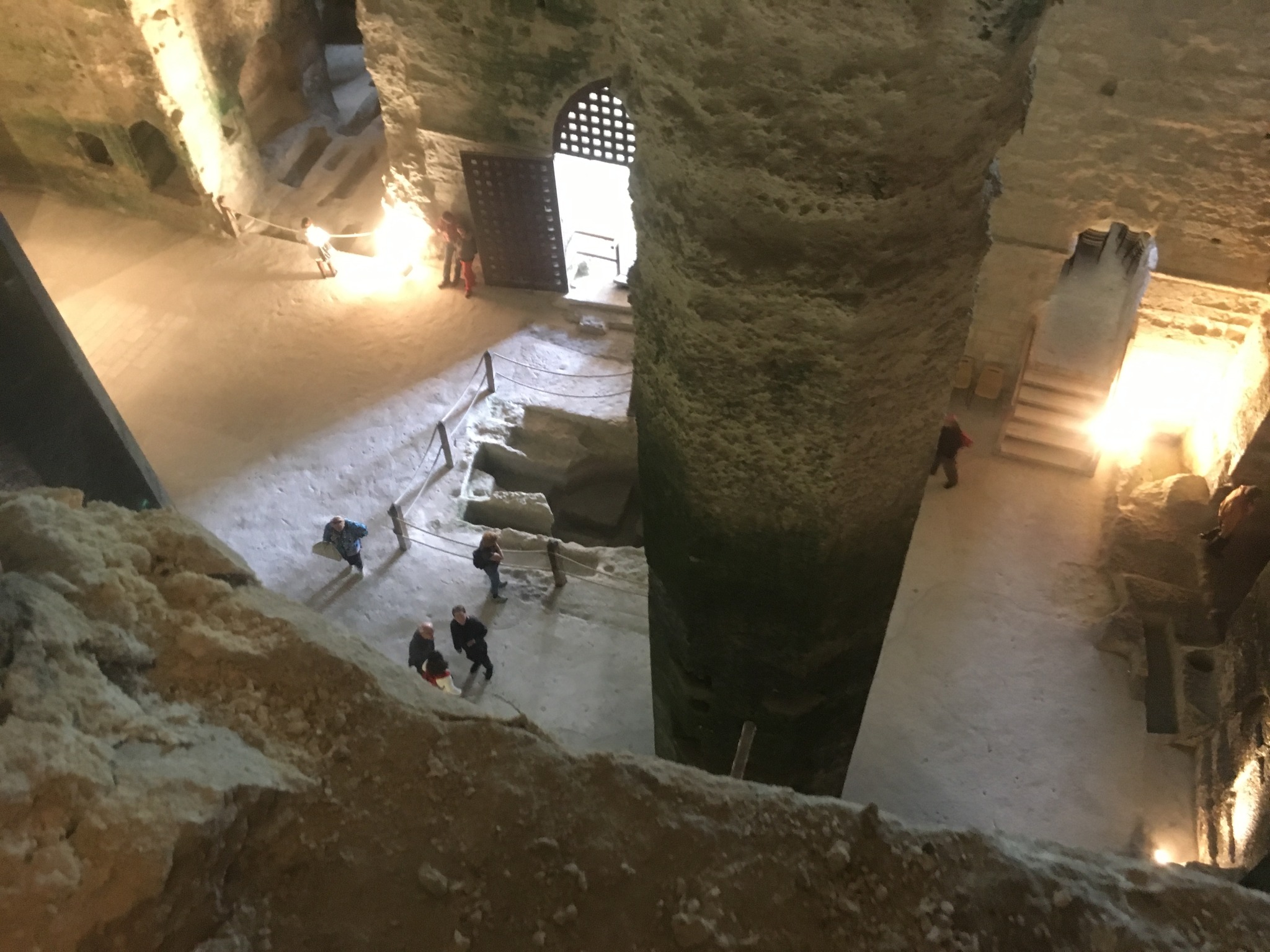
In 2016 we visited Aubeterre in south France. This was inside of the subterranean monolithic Church of Saint-Jean , hollowed out of the mountainside in the 7th century.
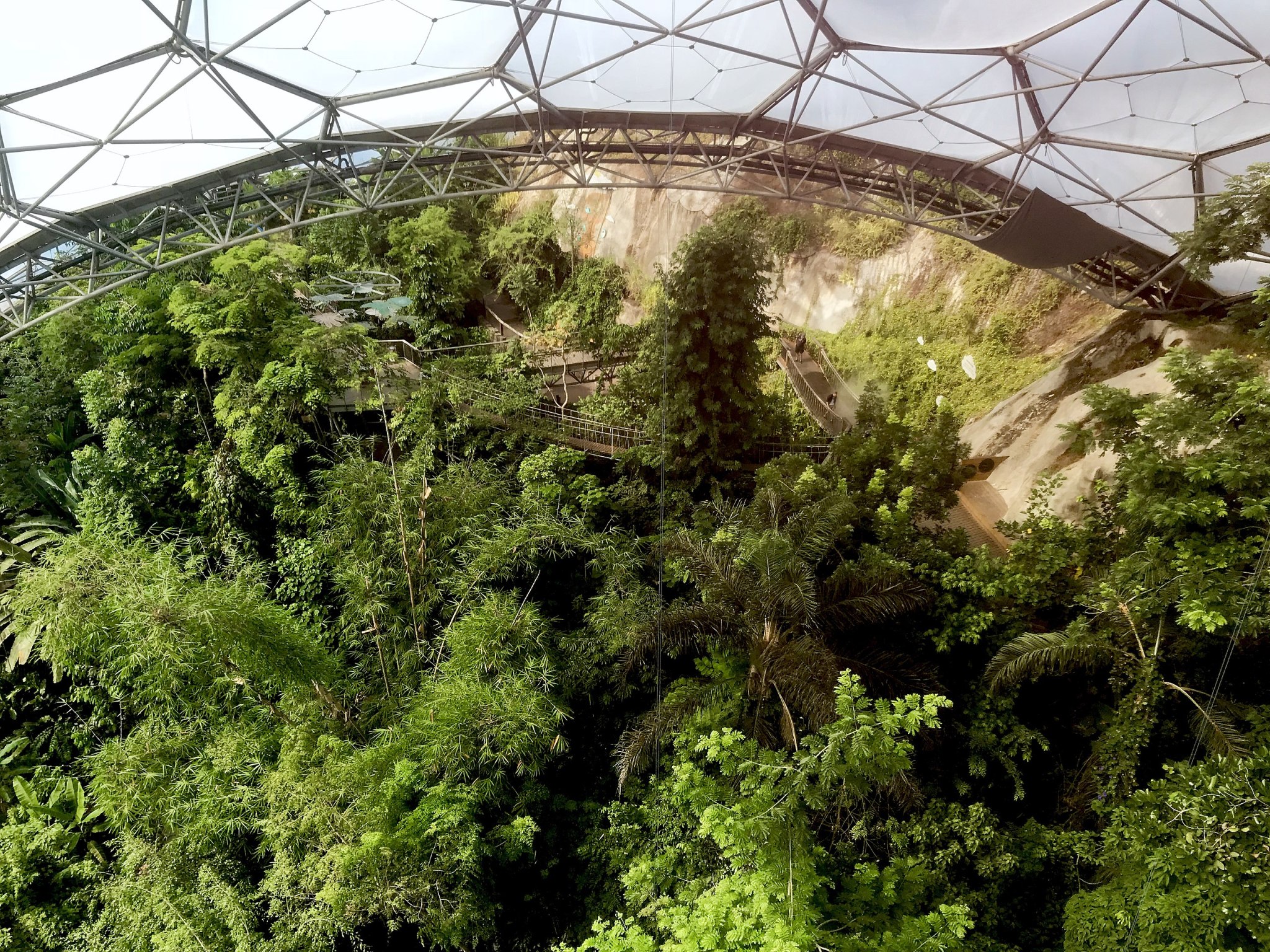
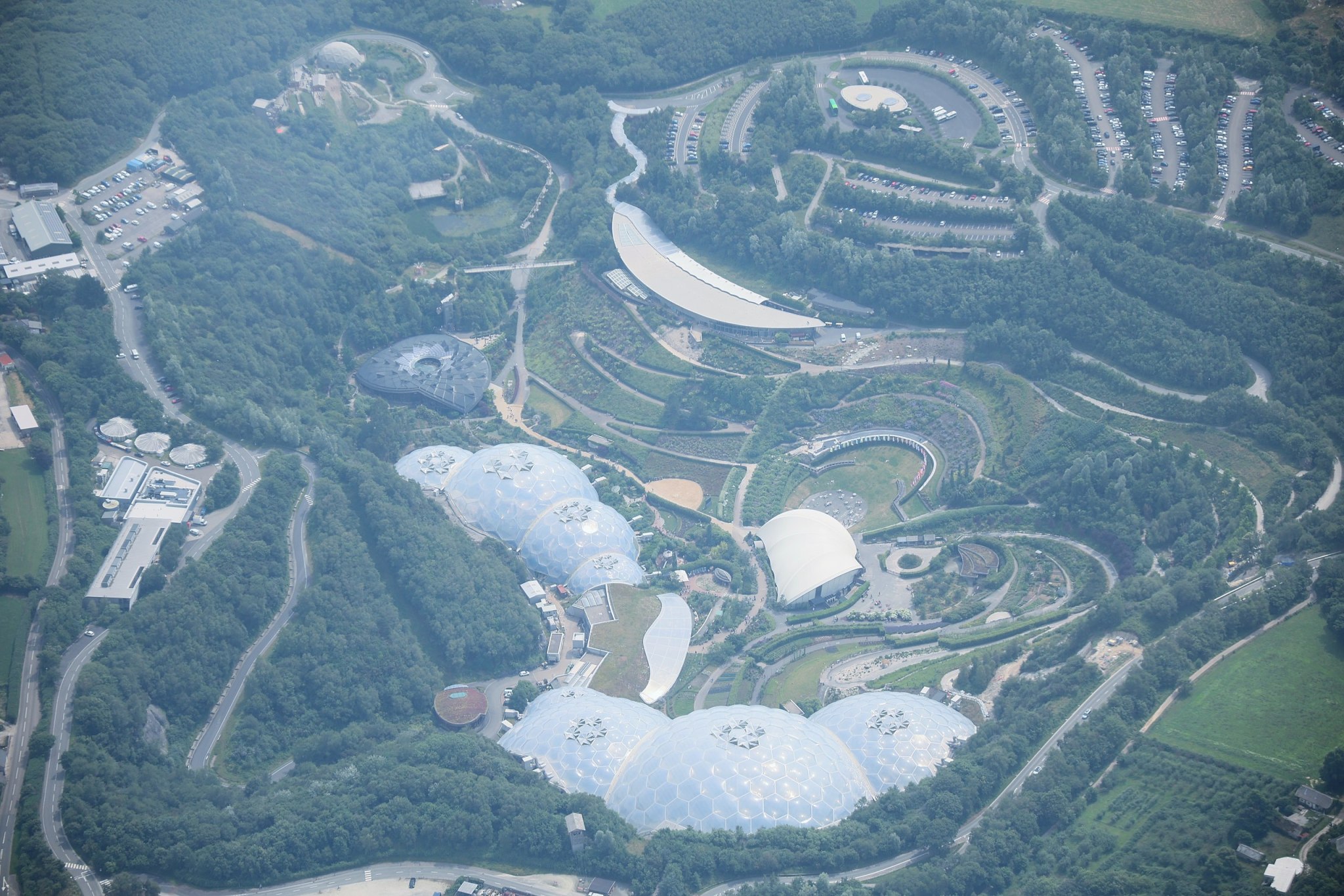
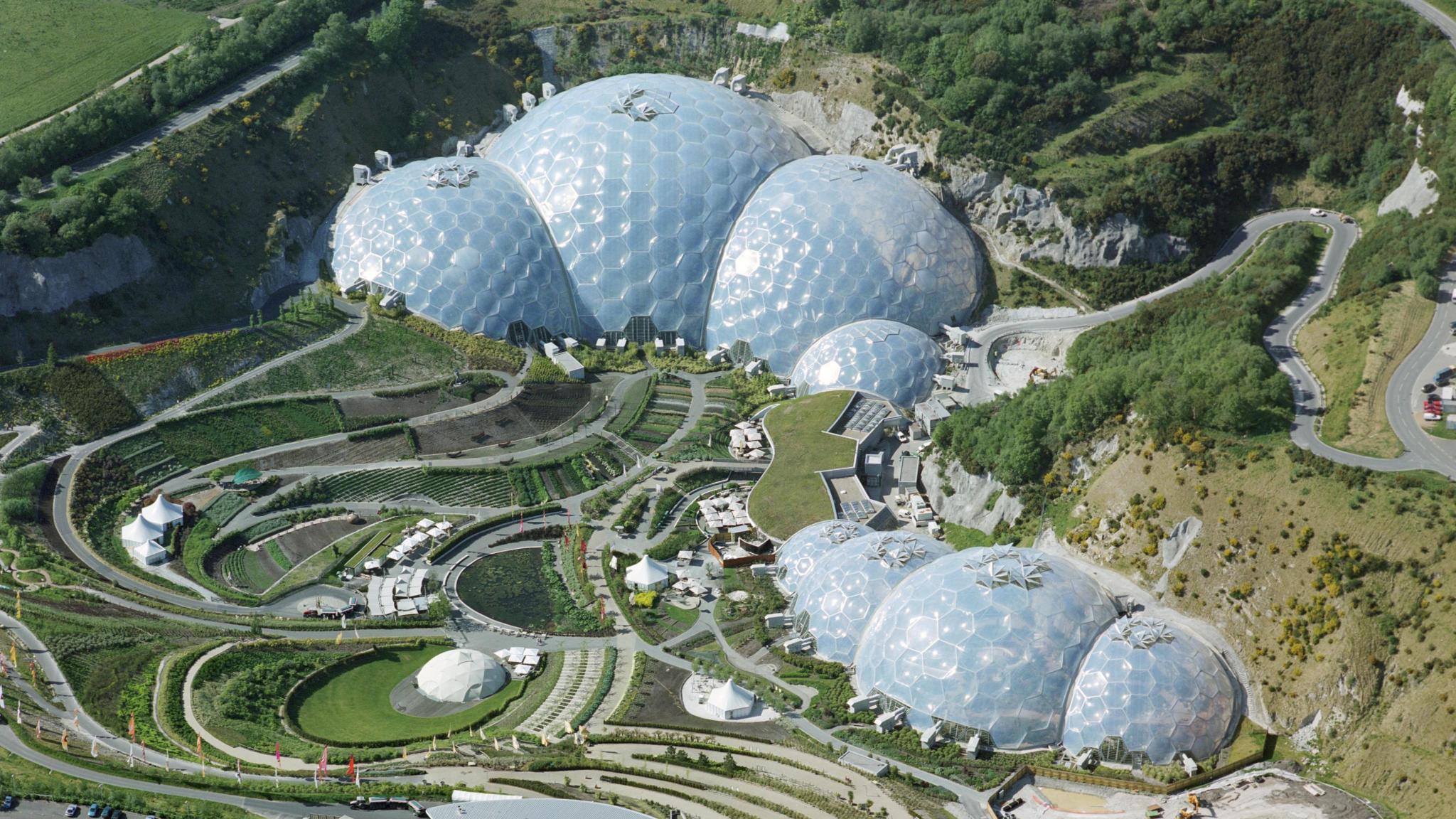
The Eden Project is a complex of geodesic domes housing different biomes — a Mediterranean climate, and the world’s largest indoor rainforest. An island of foreign terrain in a retired mining pit in cold Cornwall, England.
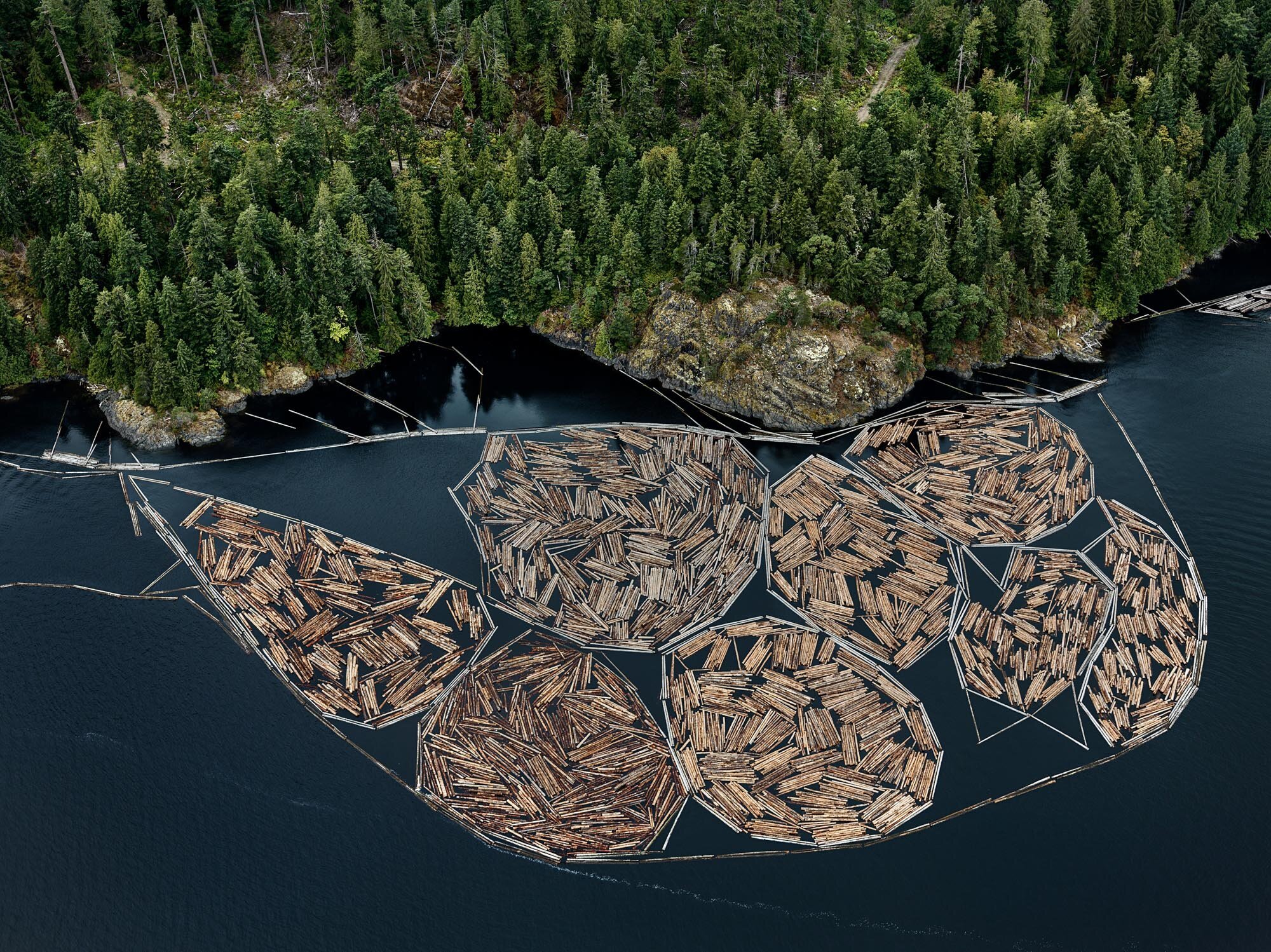
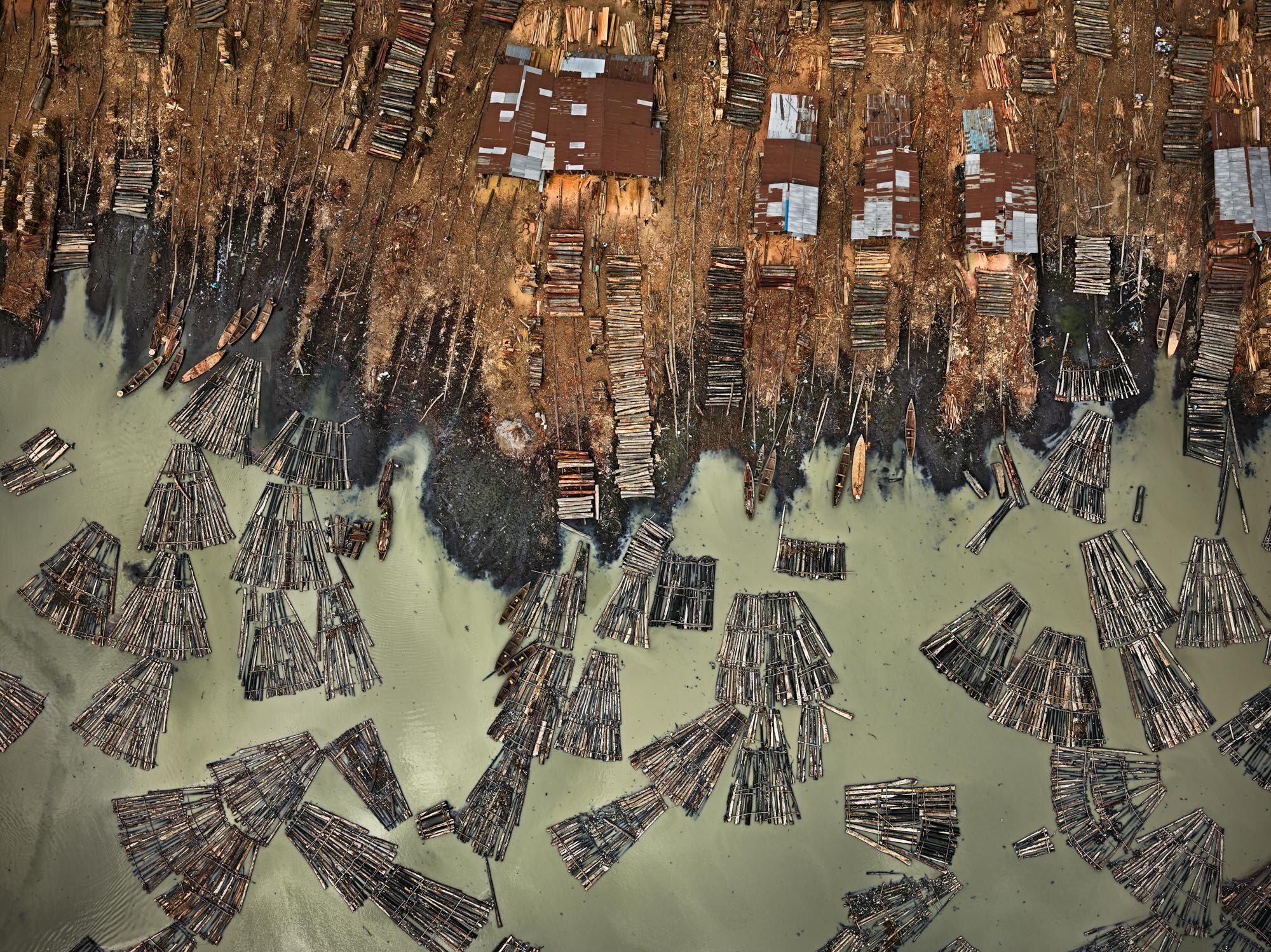
Log booms and sawmills. From Edward Burtynsky’s Anthropocene project.
Vancouver Island above, Lagos below.
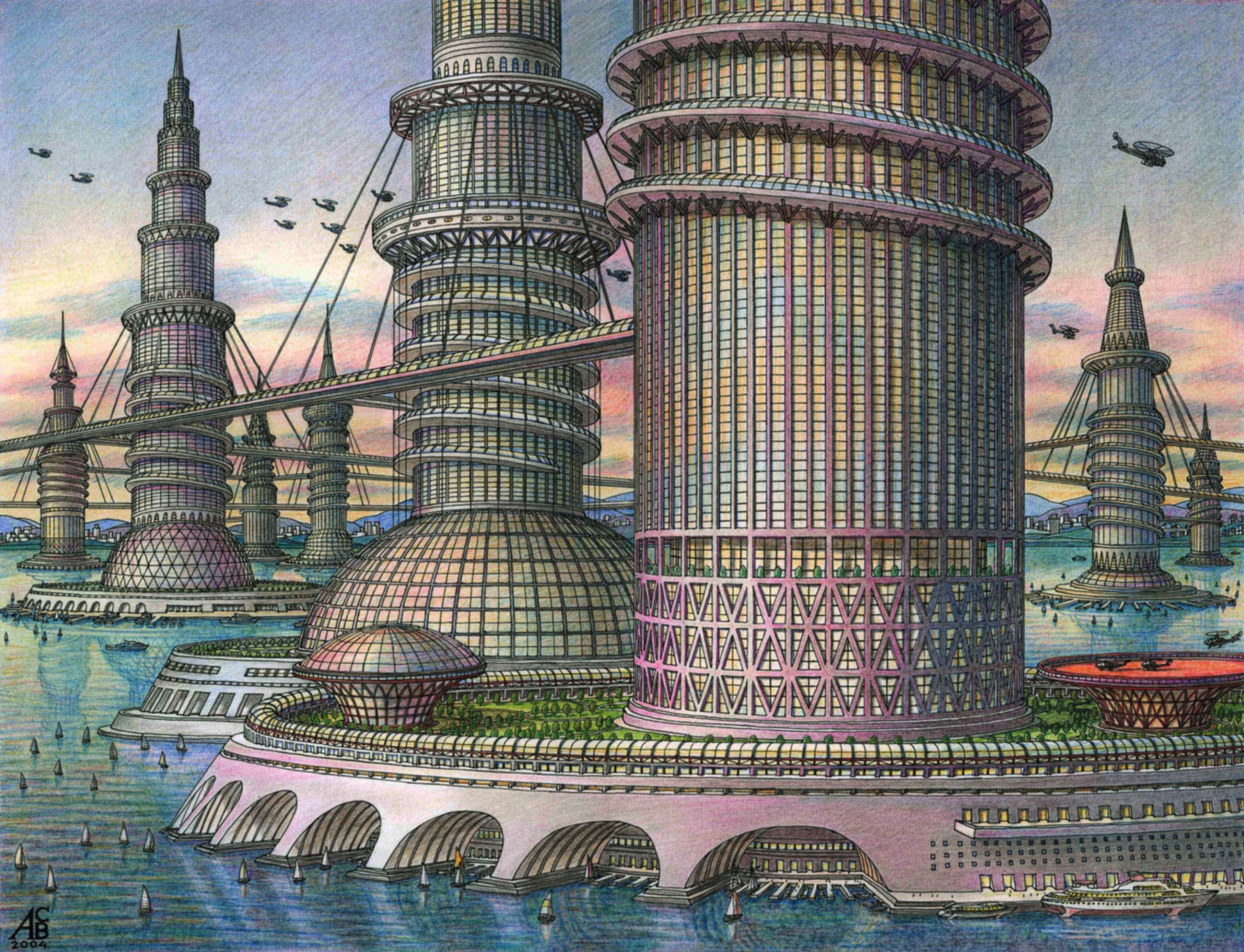
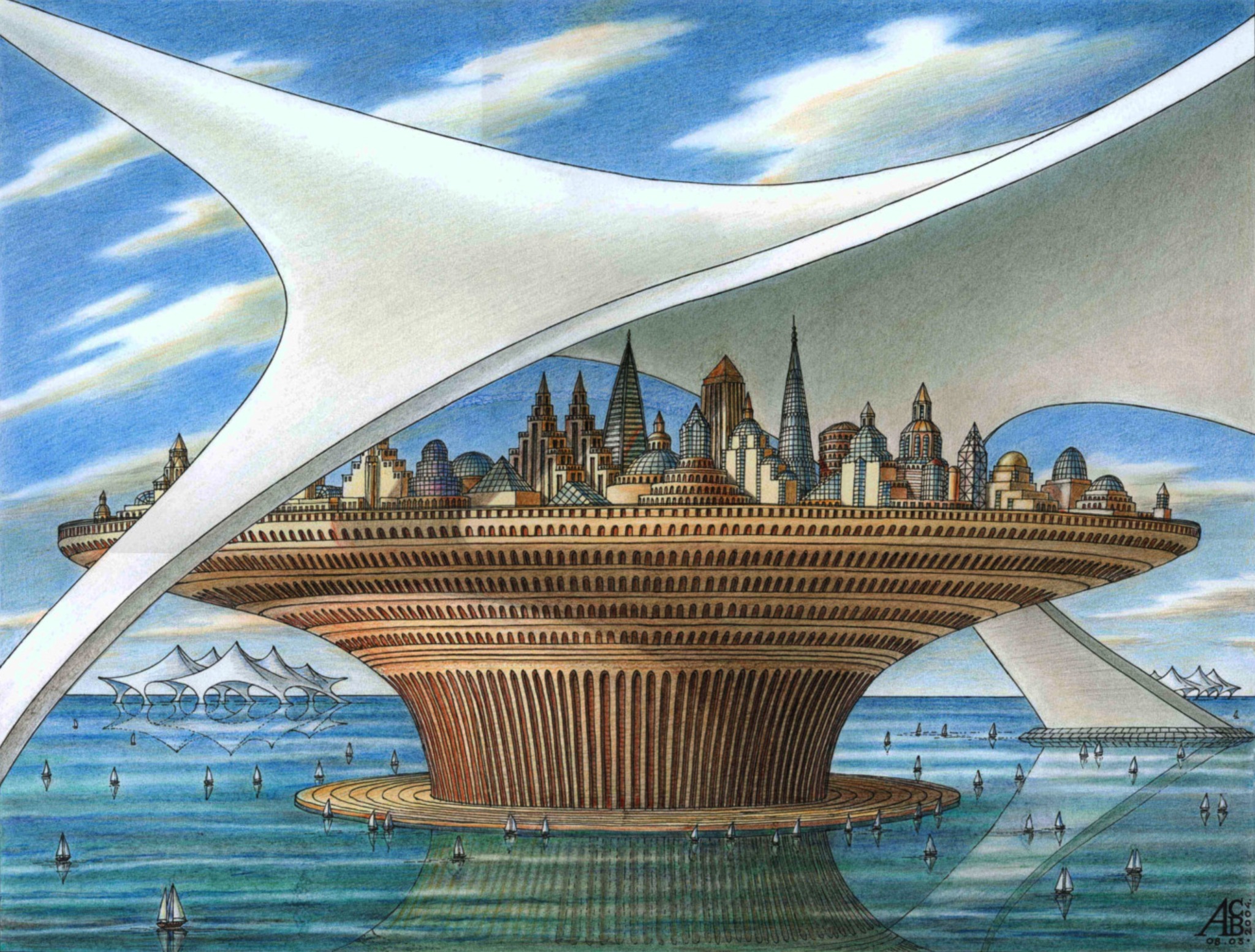
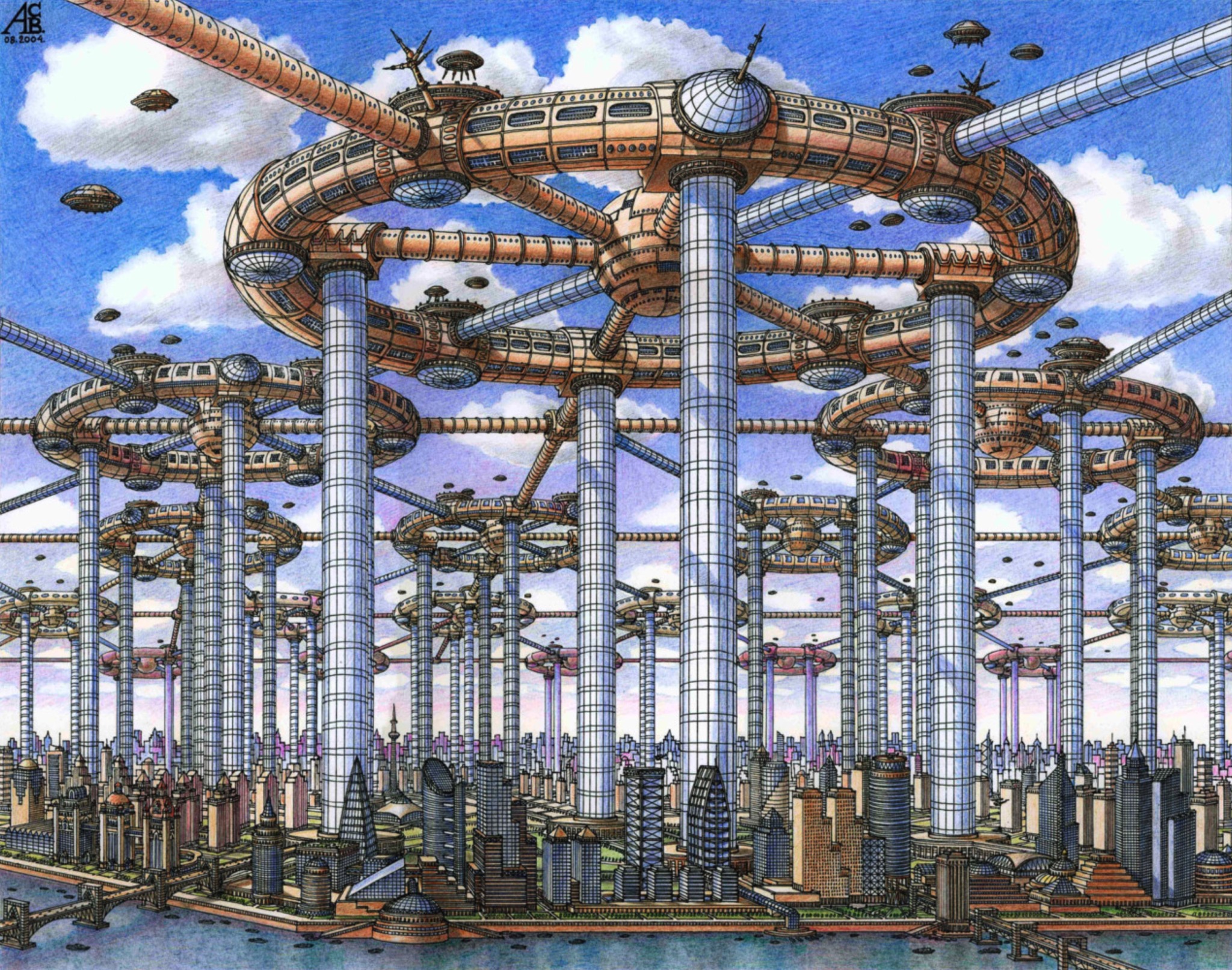
The Magic City , by Russian artist Artur Skizhali-Veis.
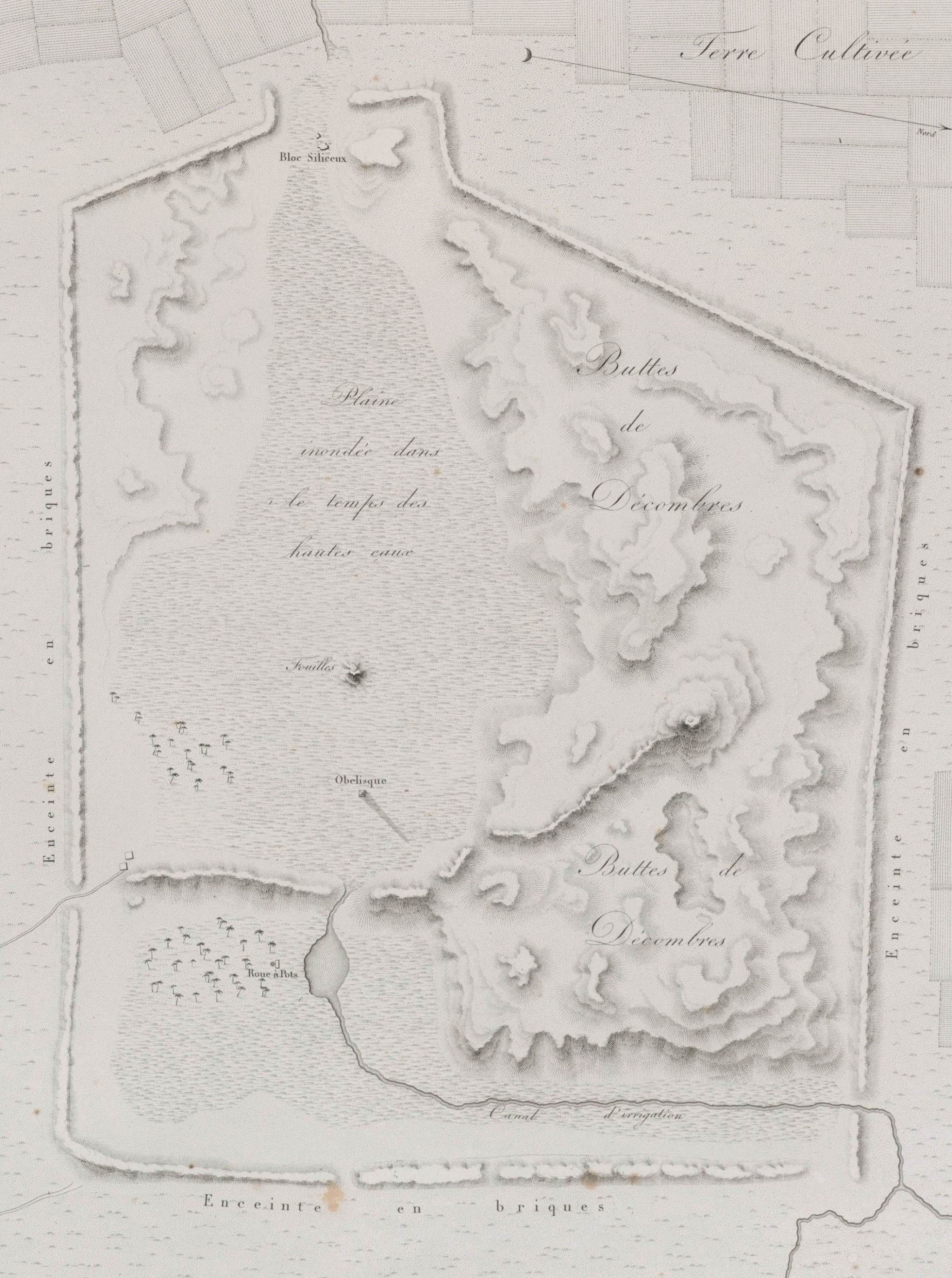
Heliopolis , from Description de l’Égypte , 1809.
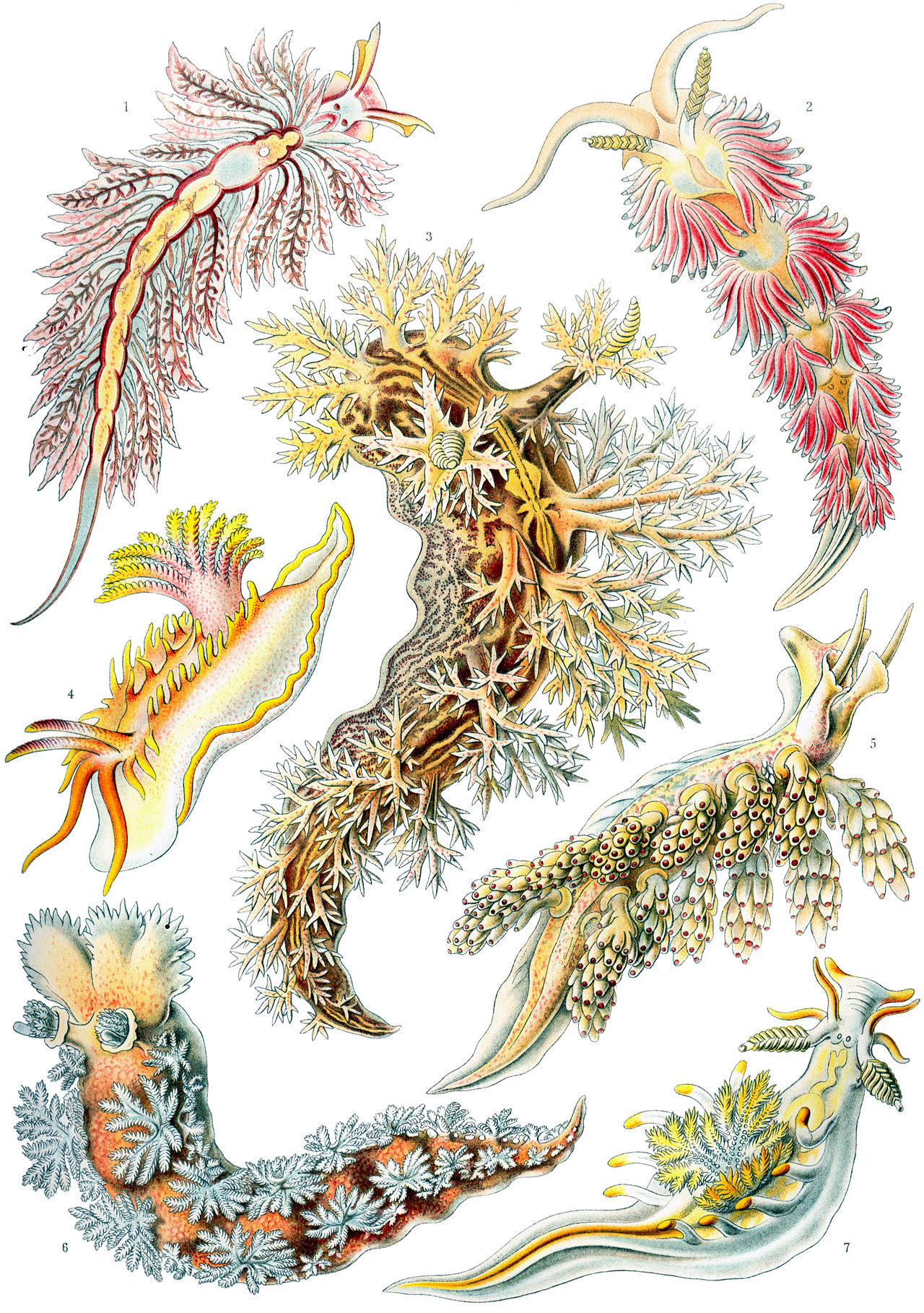
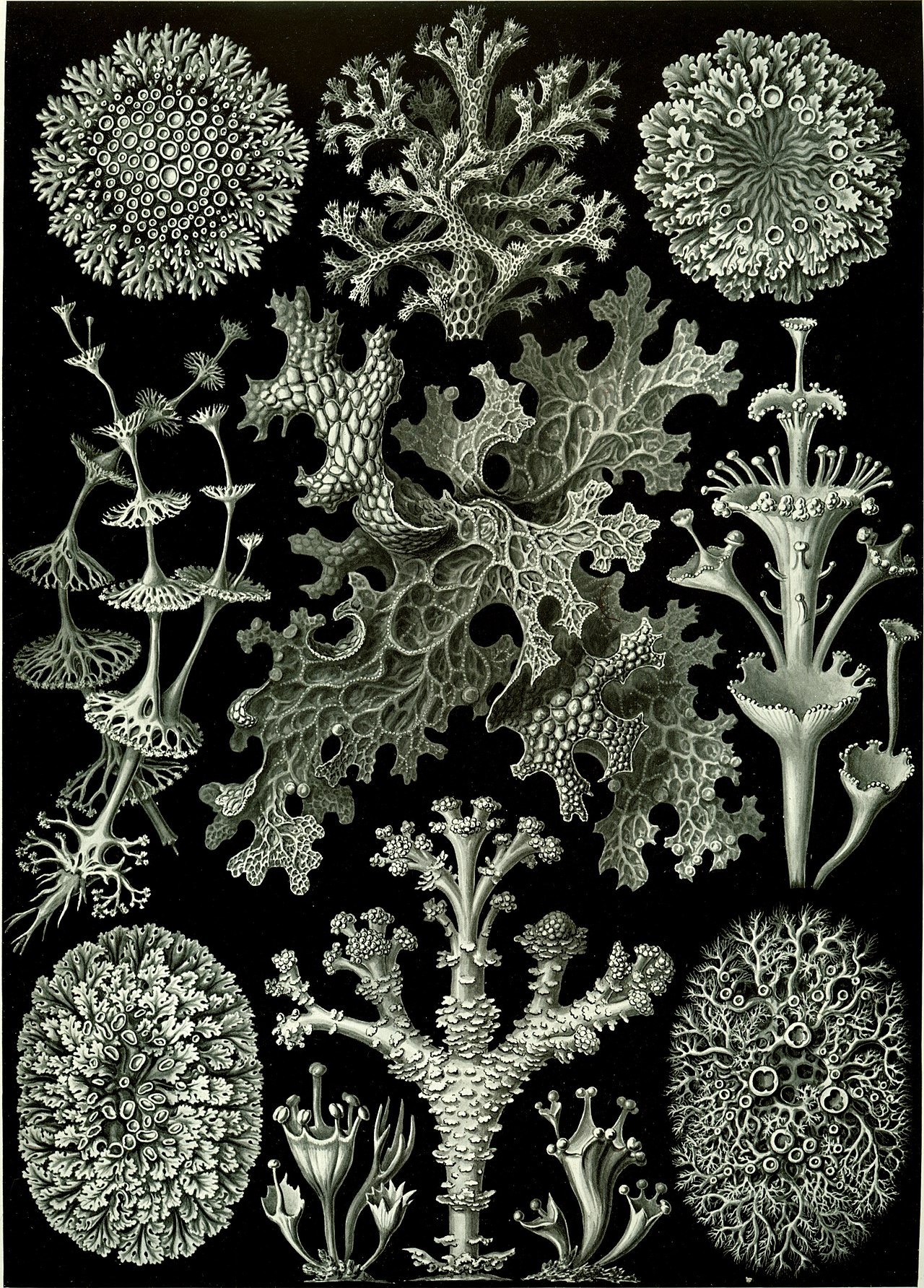
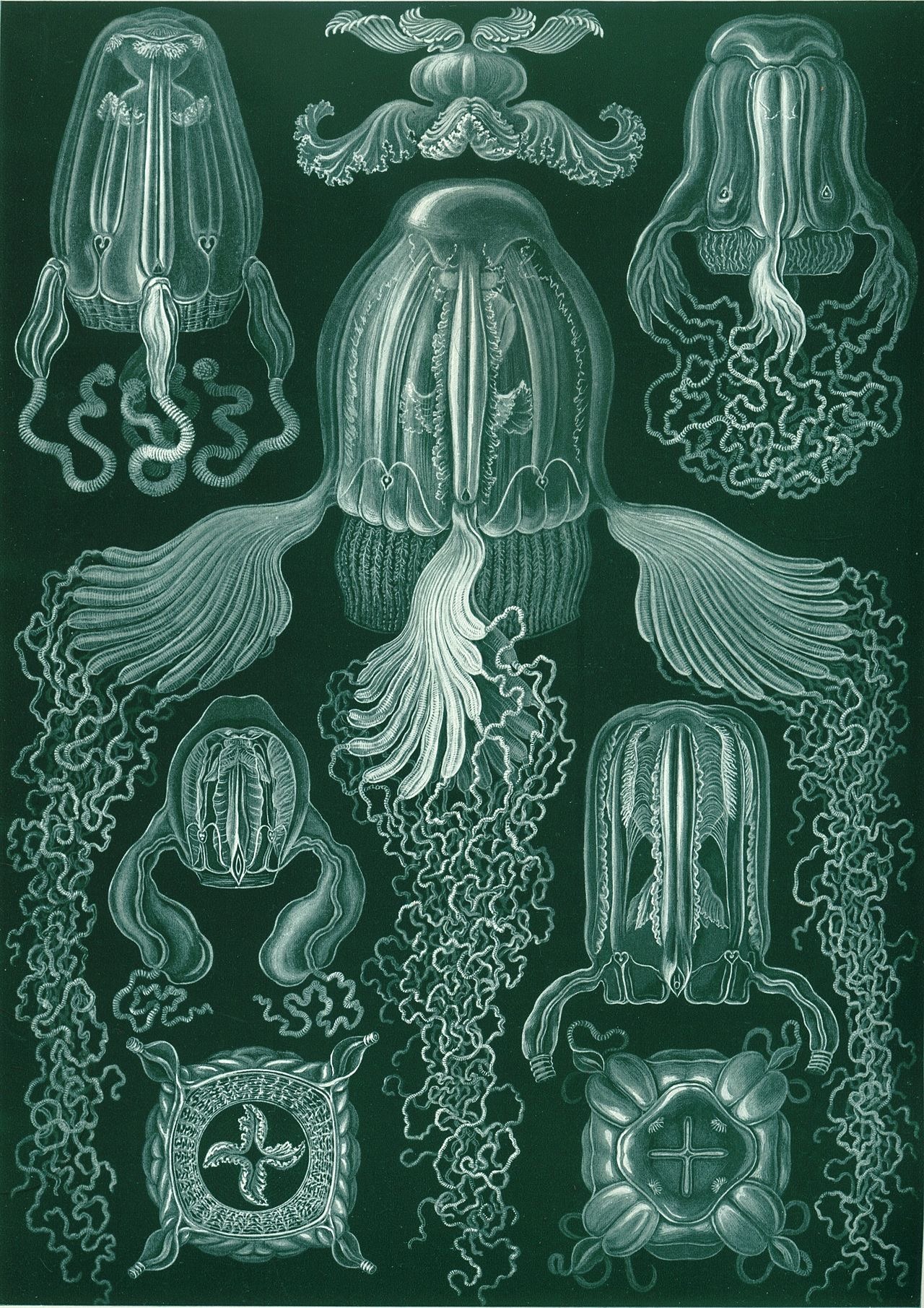
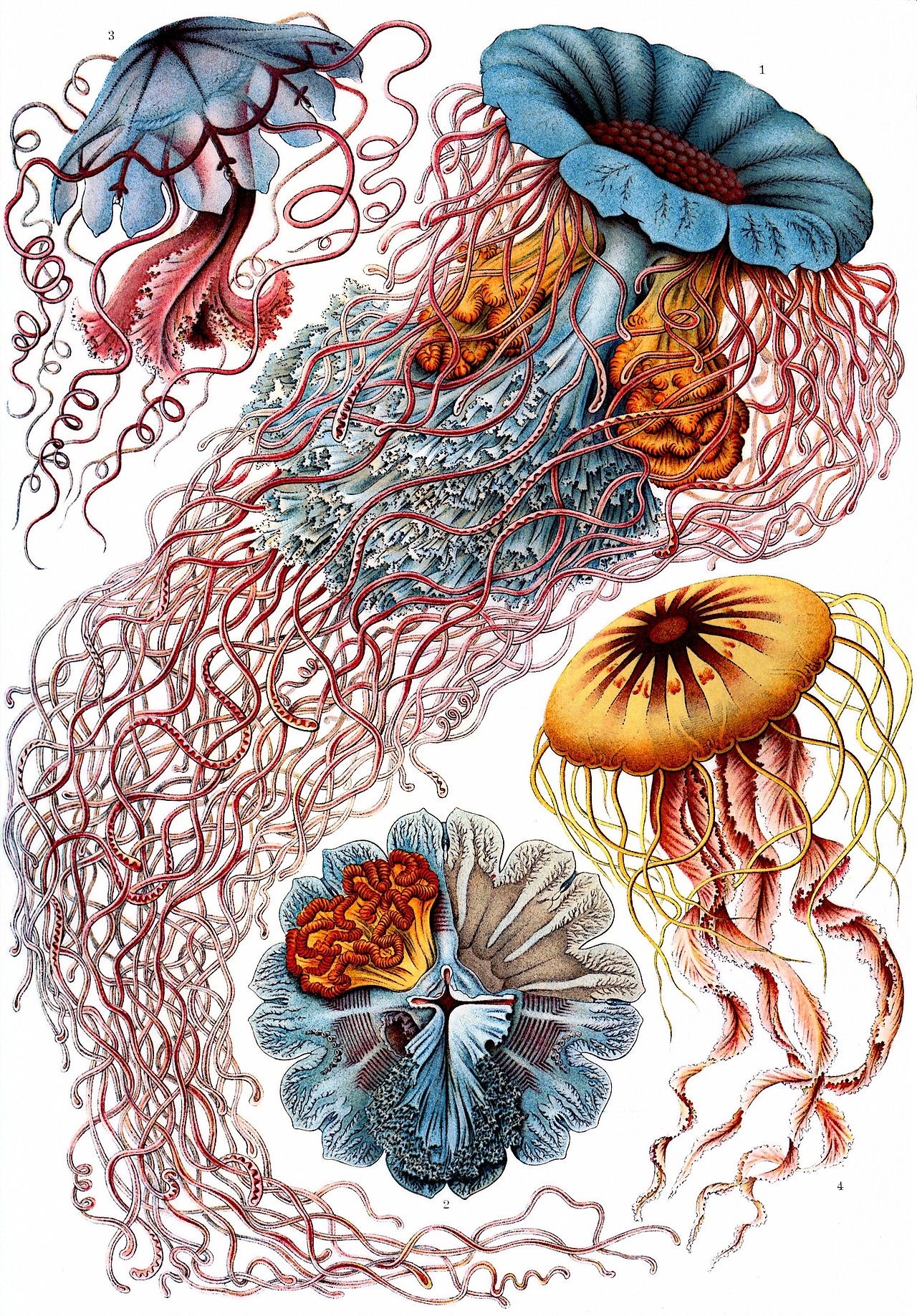
Illustrations by naturalistErnst Haeckel.
From his collection Kunstformen der Natur.
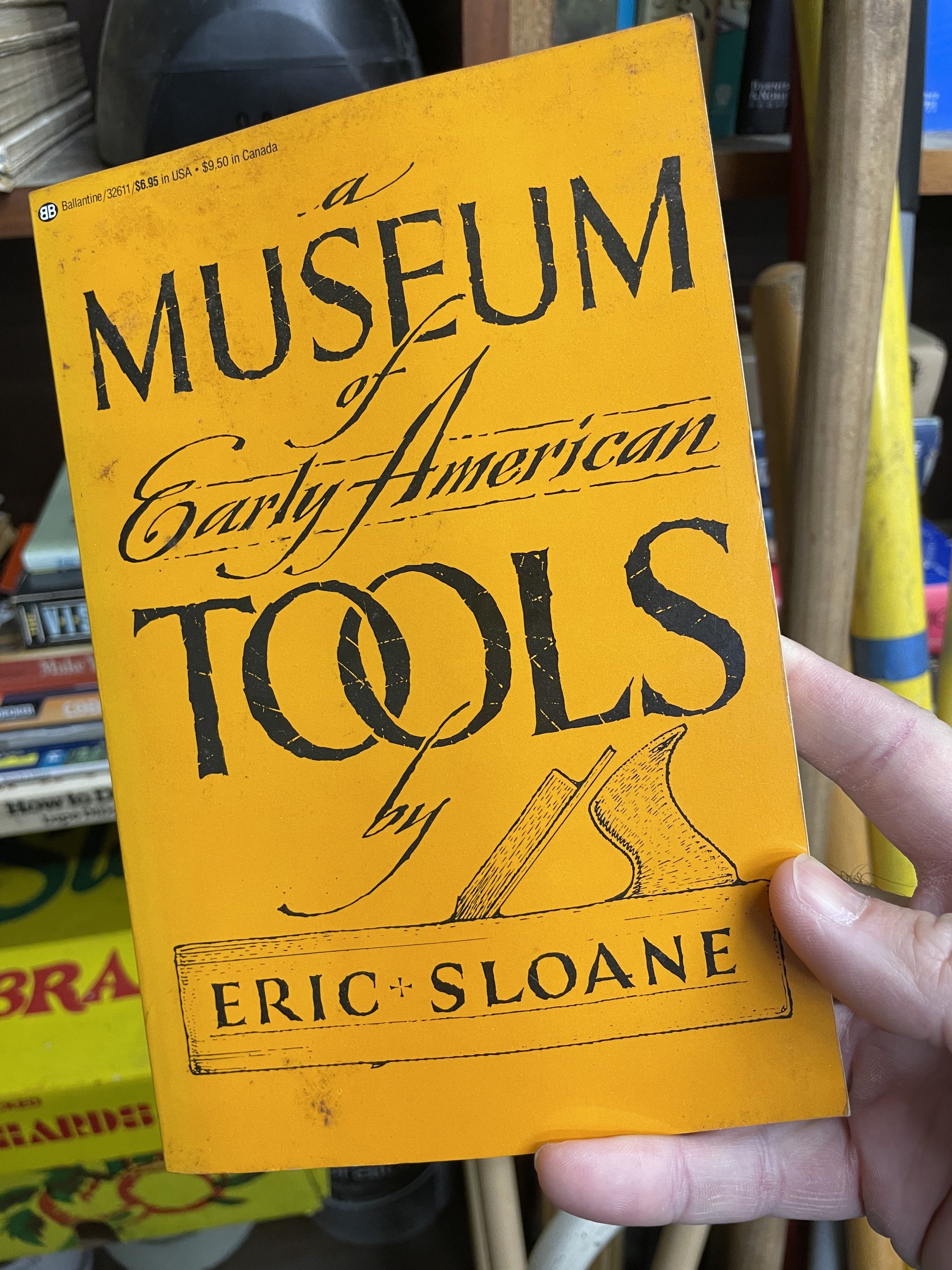
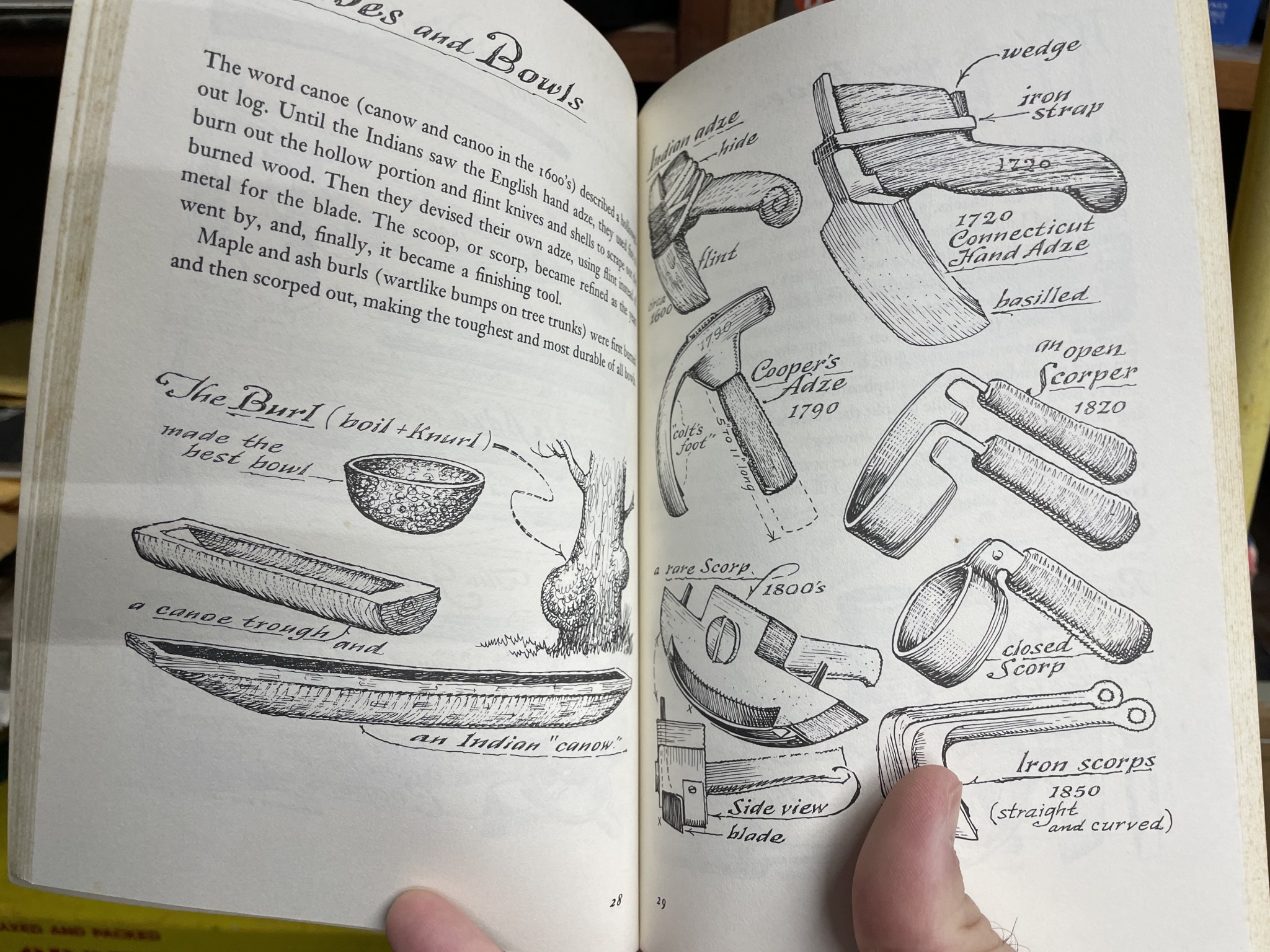
Great book, incredible illustrations.
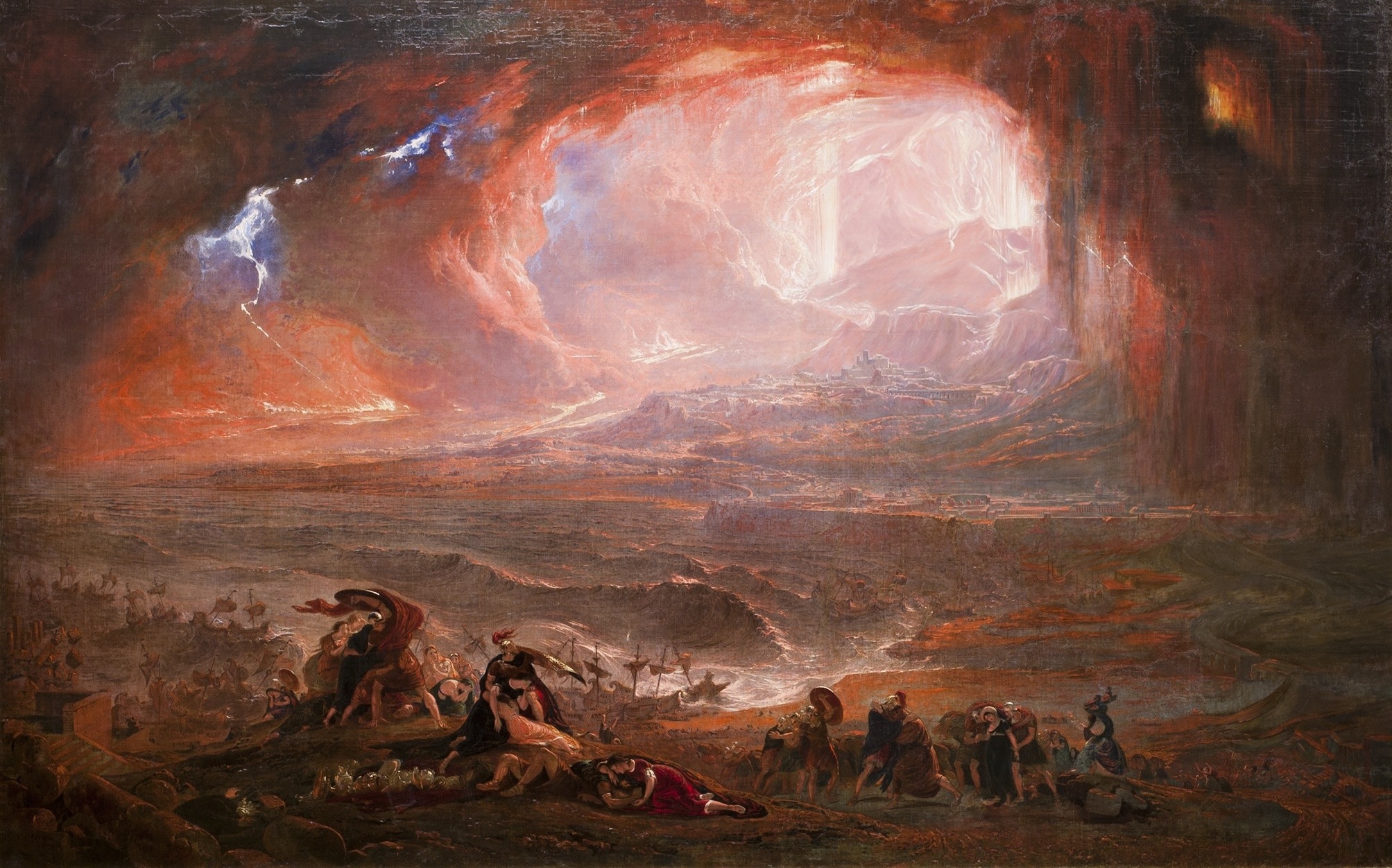
The Destruction of Pompeii and Herculaneum. John Martin, c. 1821.
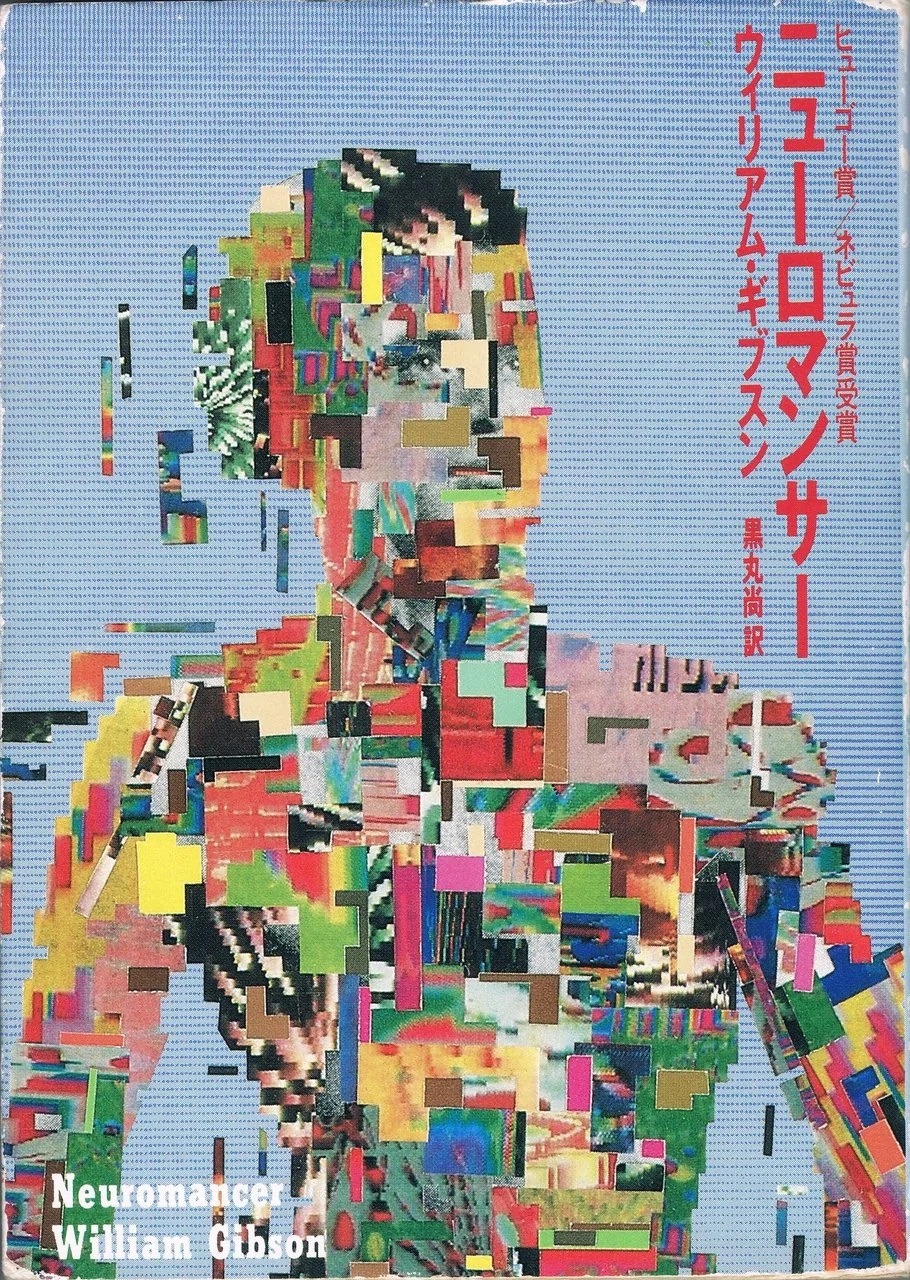
Japanese cover for Gibson’s Neuromancer.
My favorite science fiction novel.
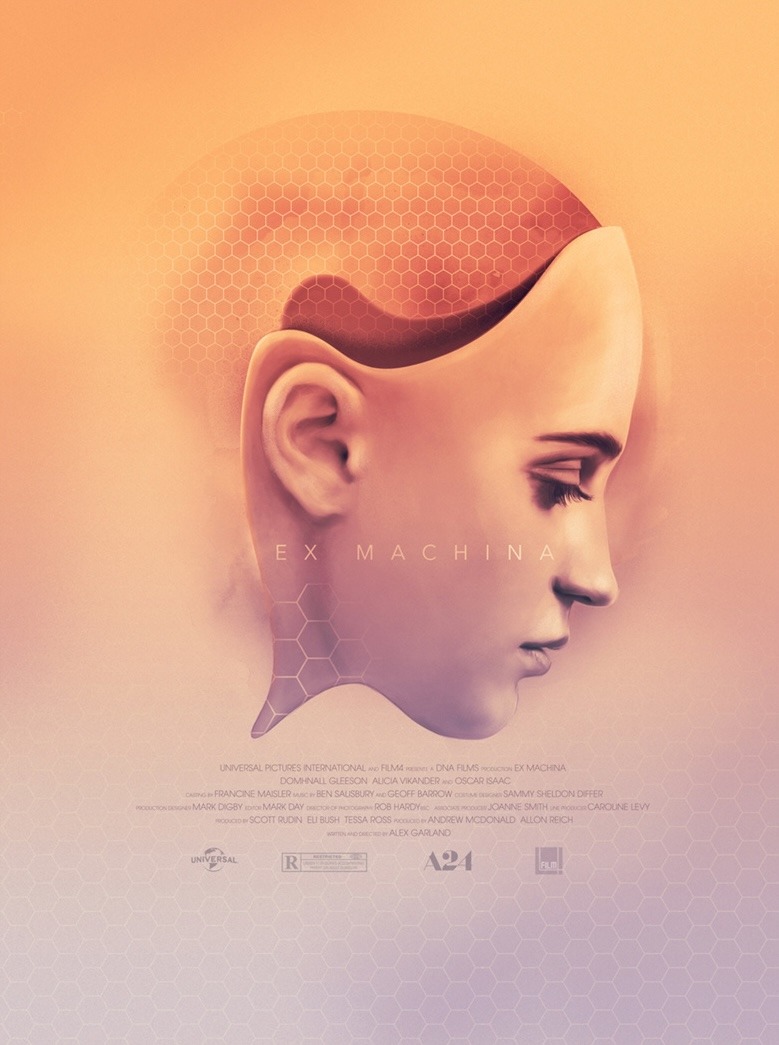


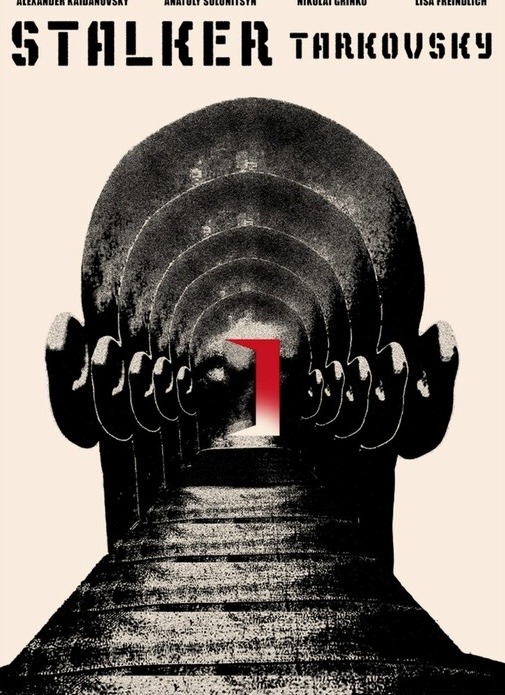
Every standard mass-market film poster design is subpar. We can do so much better.
Part 3 of Naval’s recent discussion series with David Deutsch.
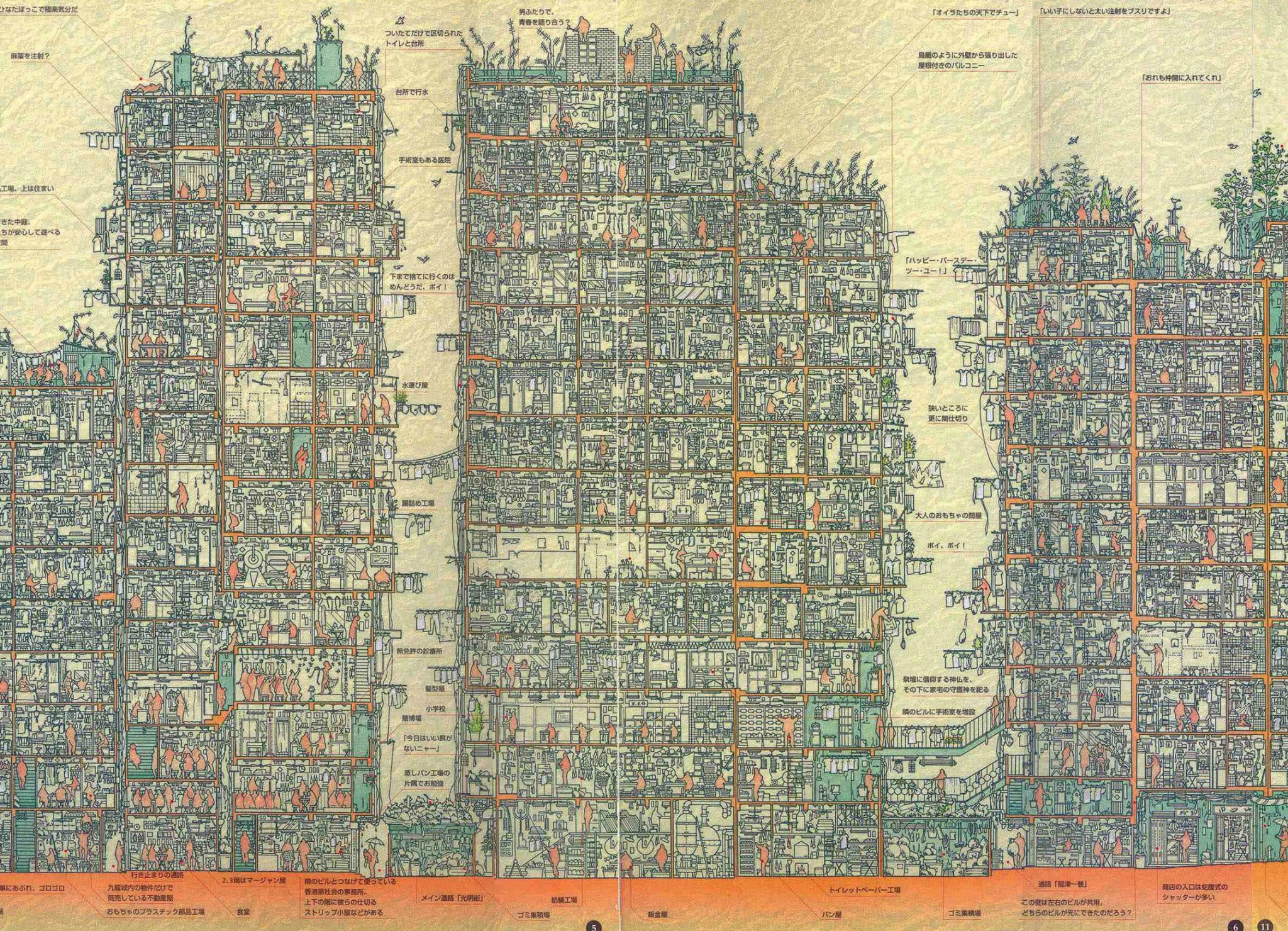
Cross-section of Hong Kong’s Kowloon Walled City.
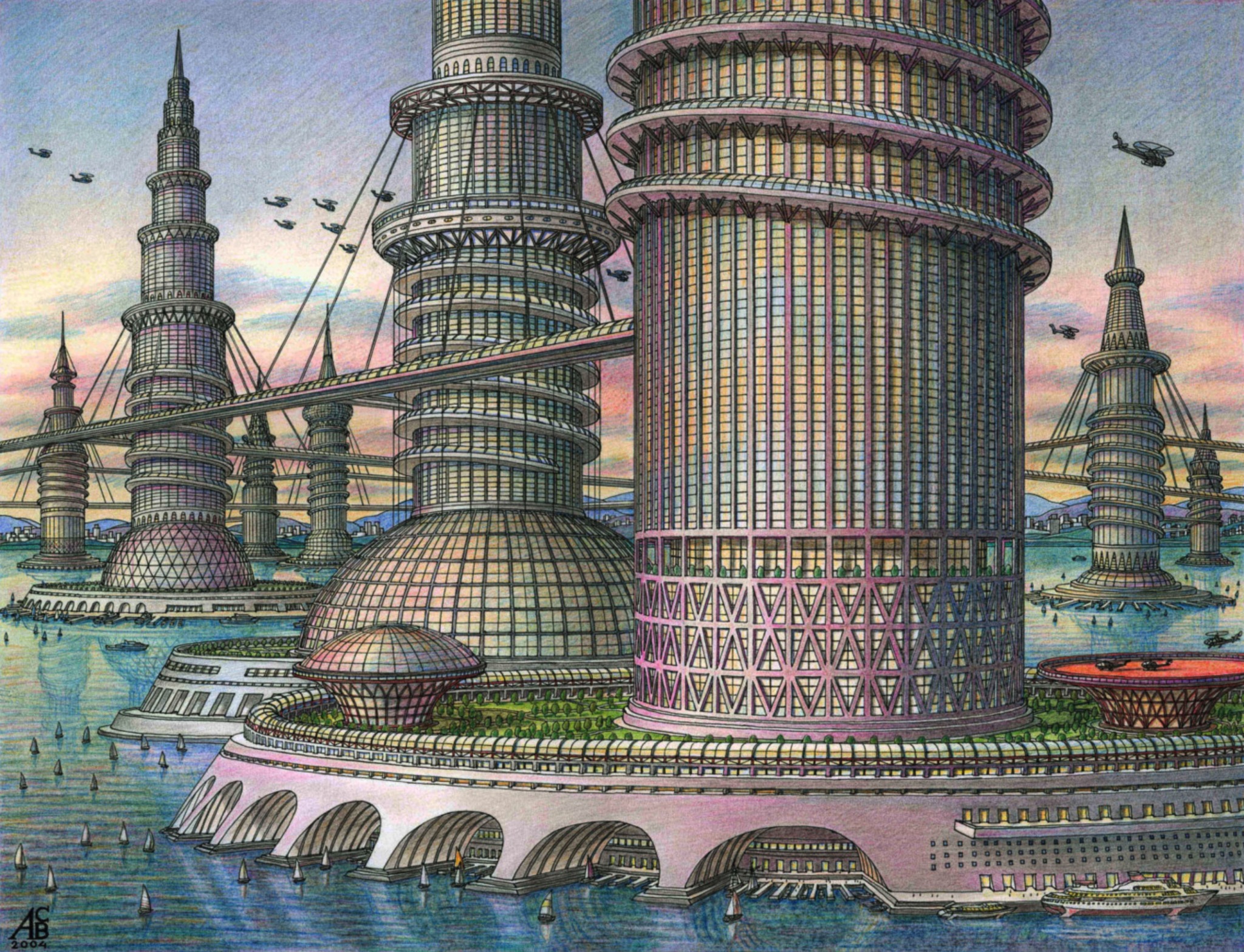

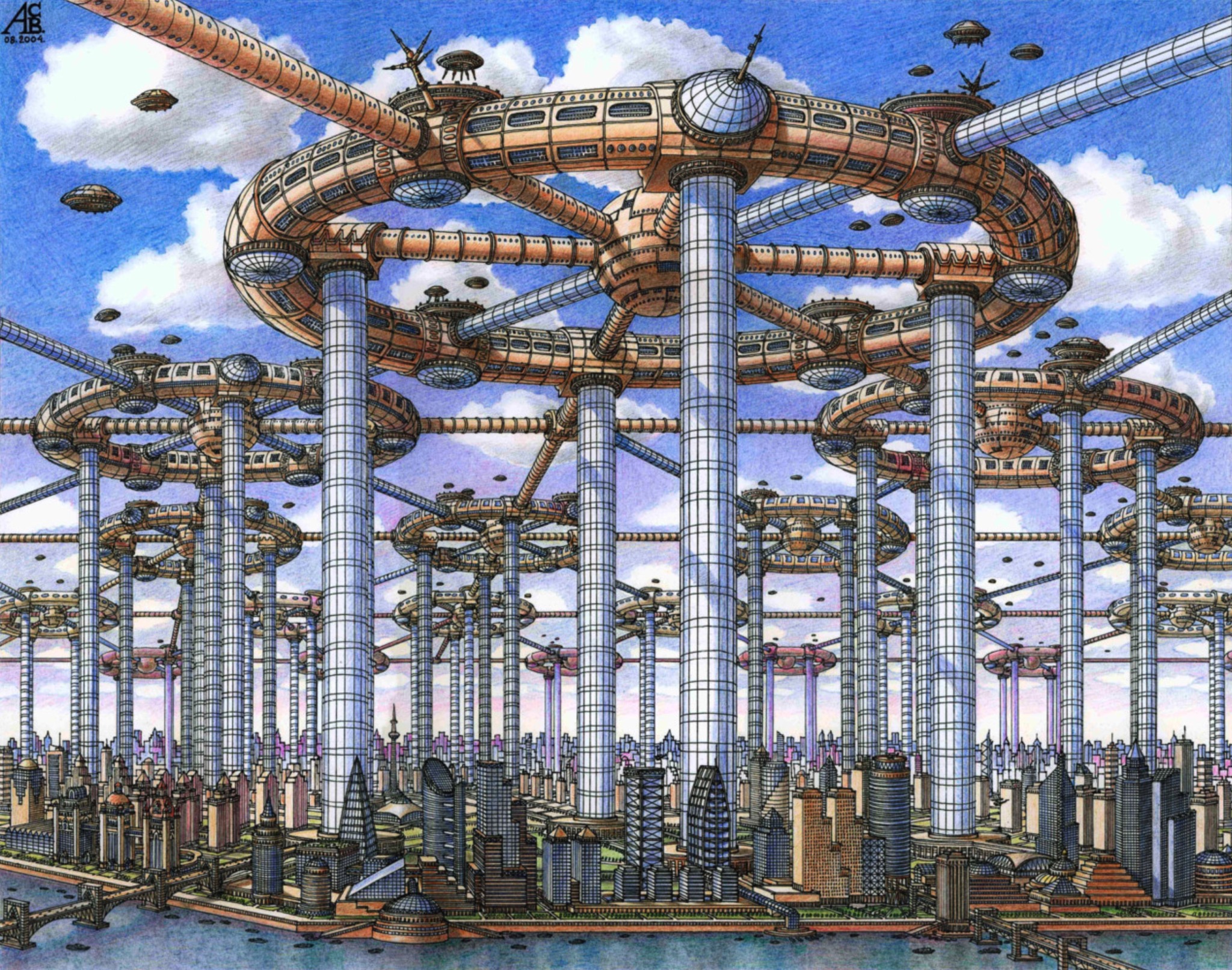
The Magic City , by Russian artist Artur Skizhali-Veis.
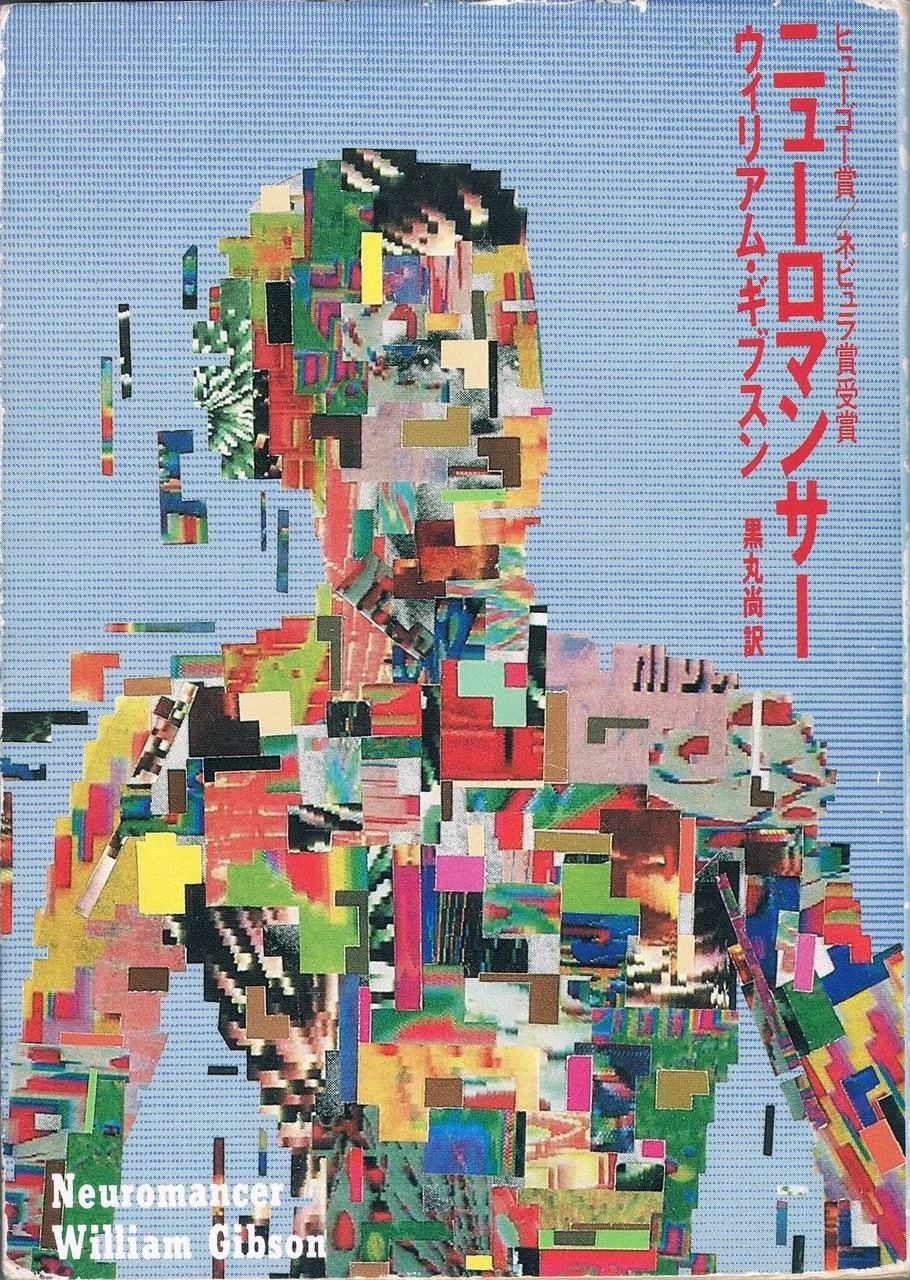
**Japanese cover for Gibson’s Neuromancer. **
My favorite science fiction novel.
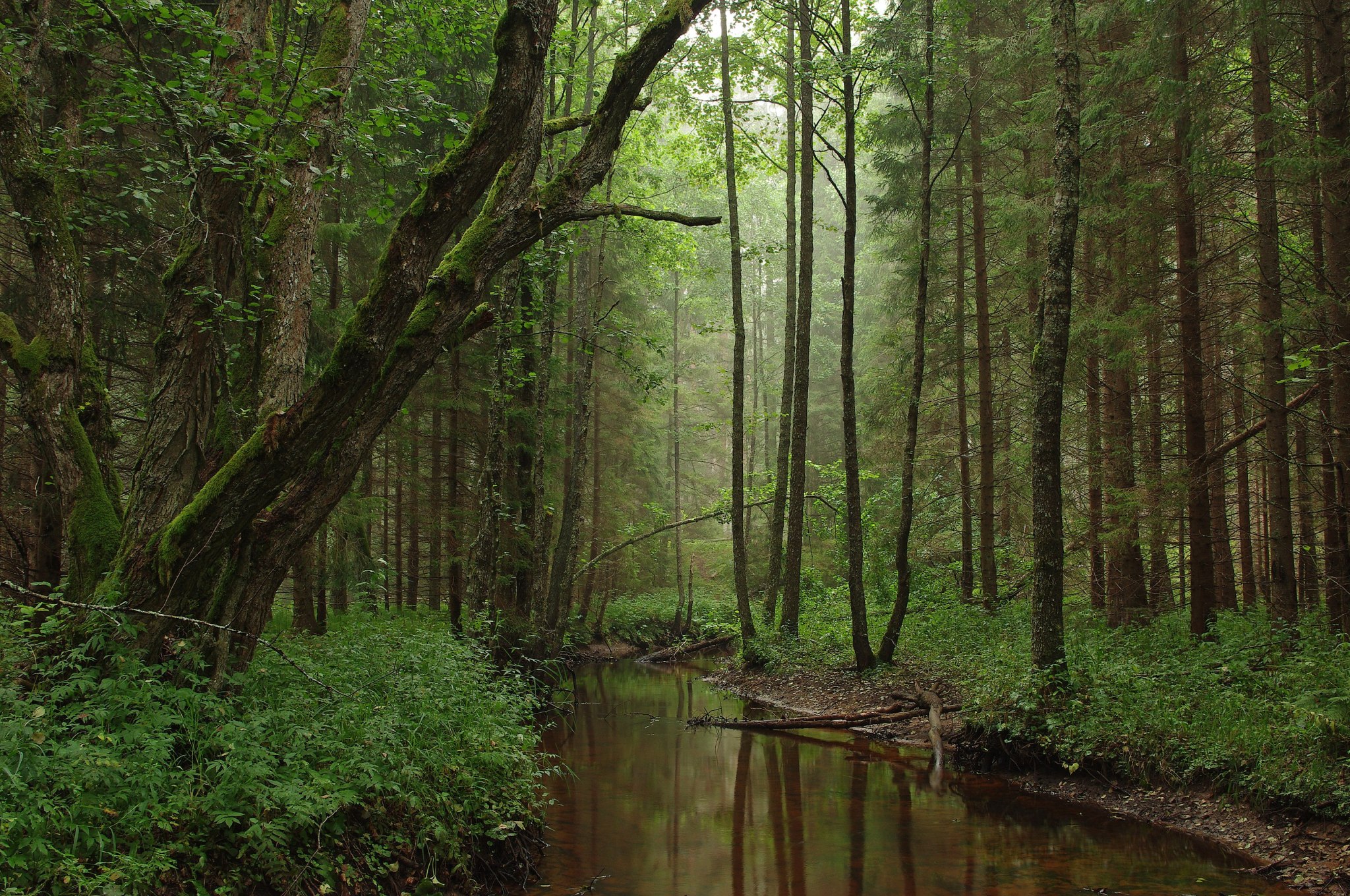
Põhja-Kõrvemaa Nature Reserve , Estonia..
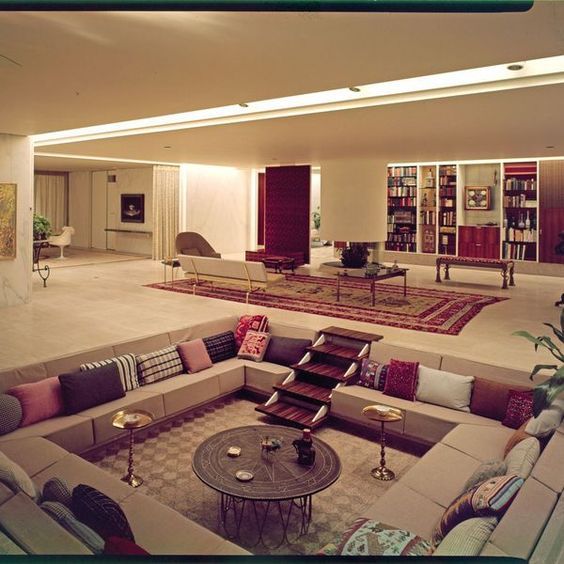
Let’s return to conversation pits.
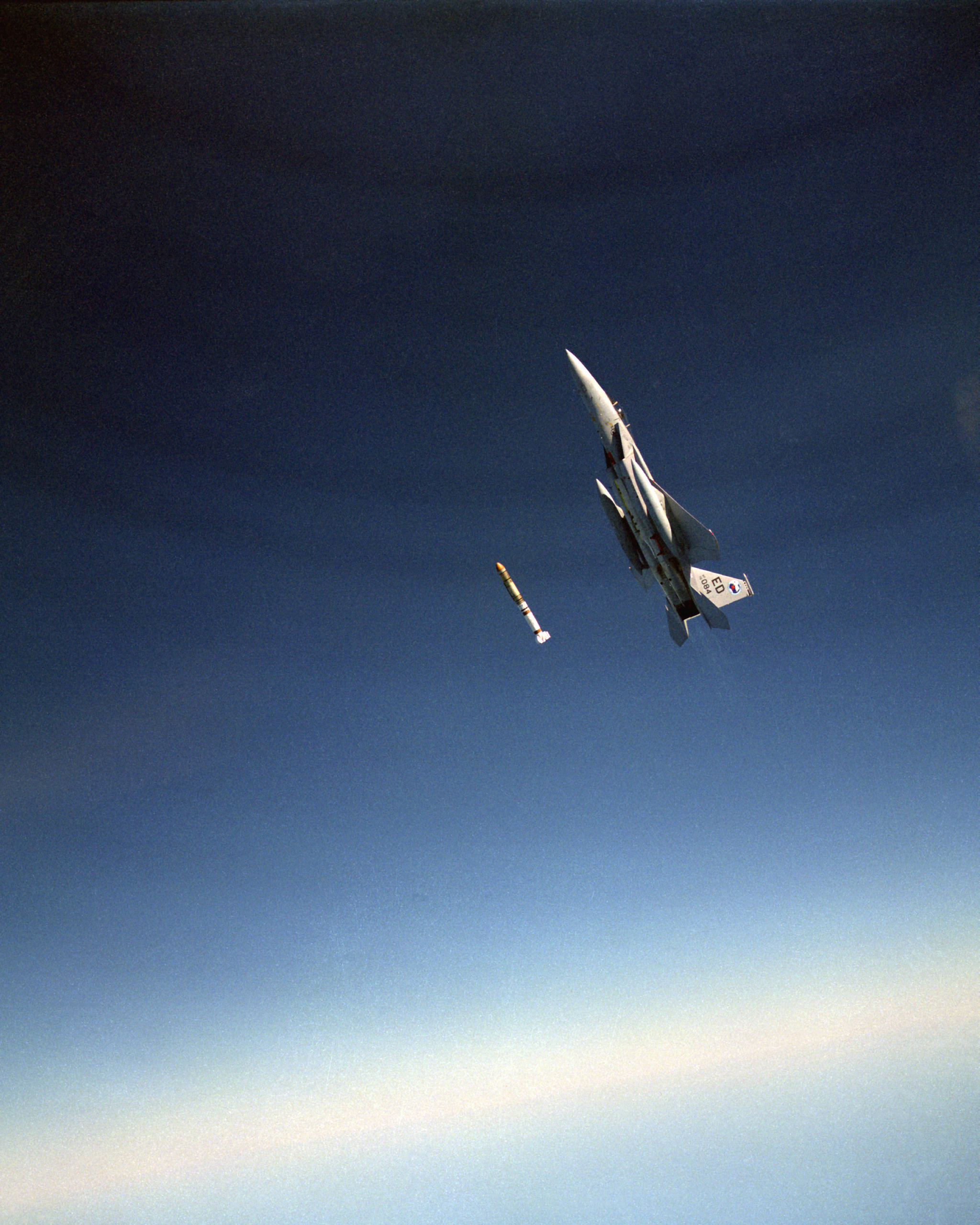
F-15 launching an ASM-135 anti-satellite missile.
Like a photo of a future space war. (via @kane)
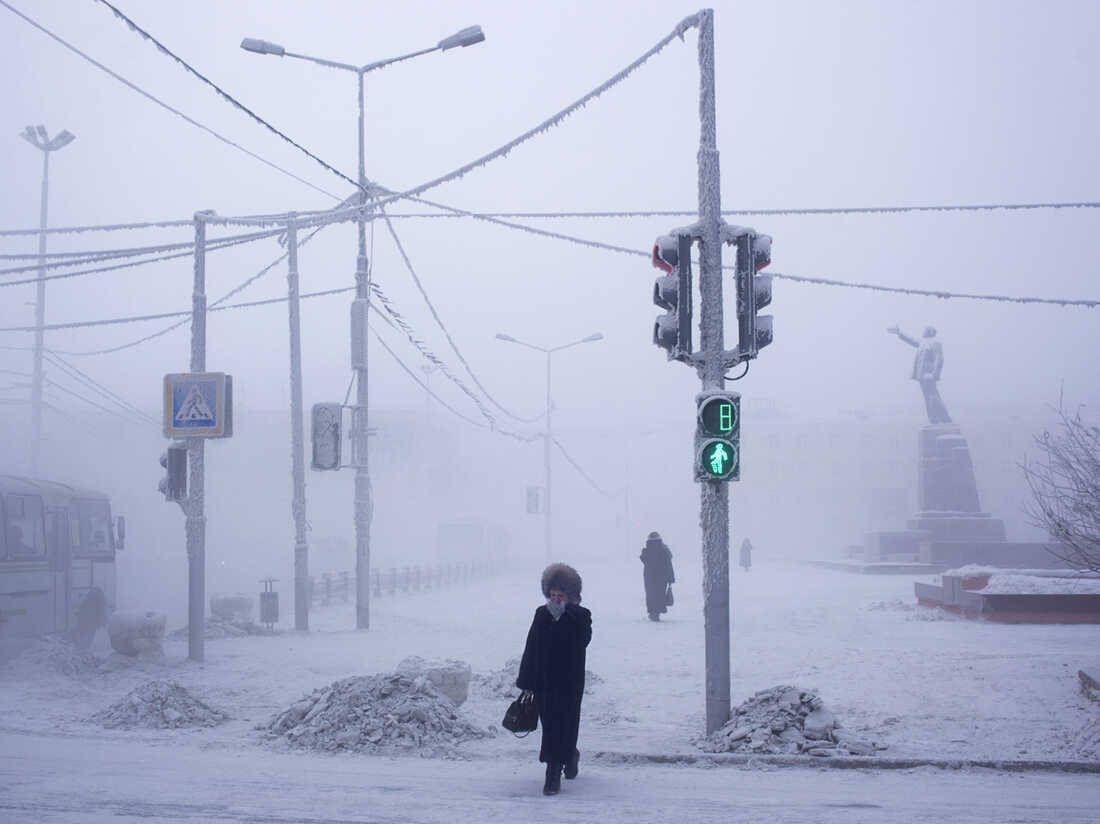
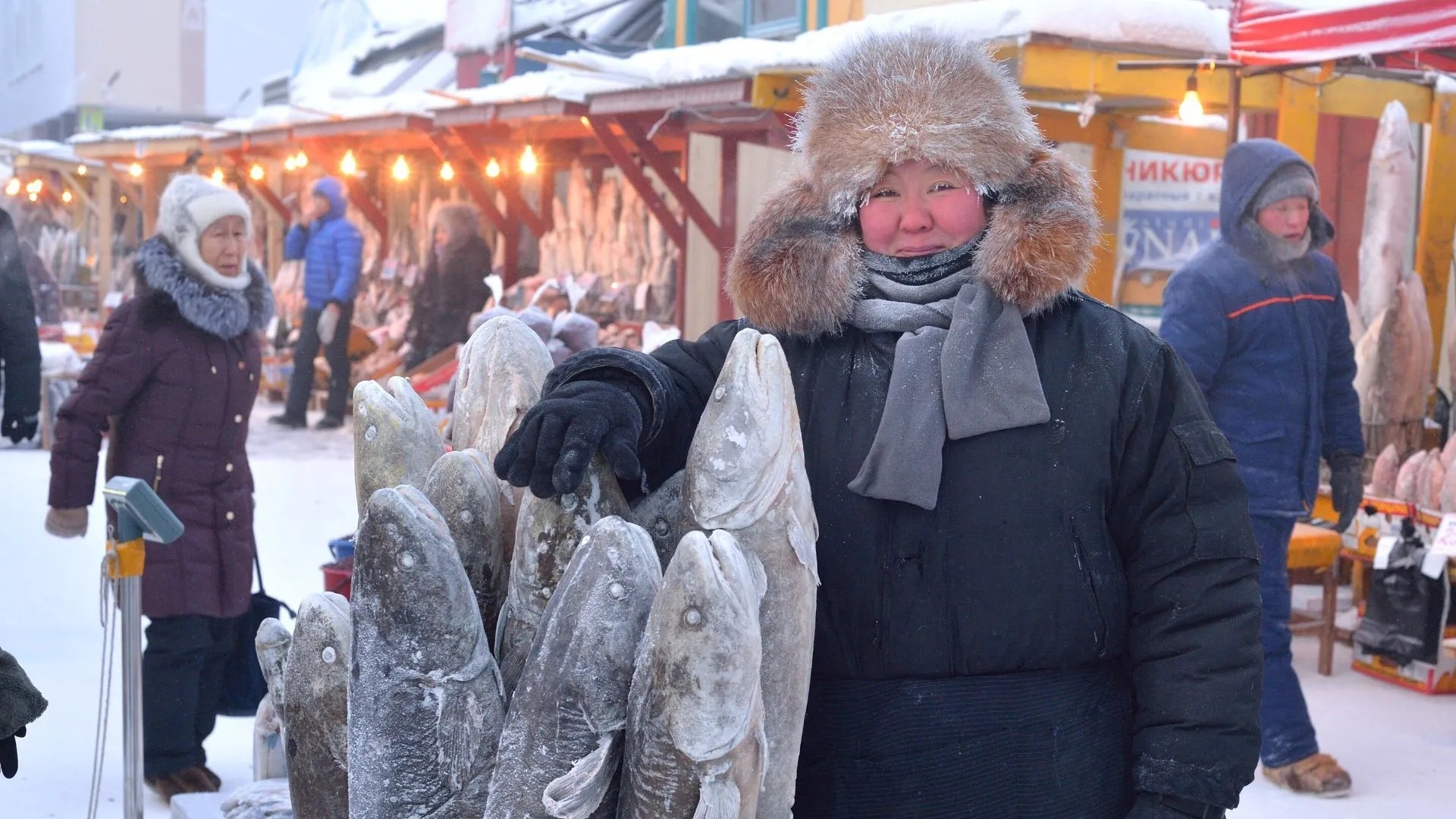
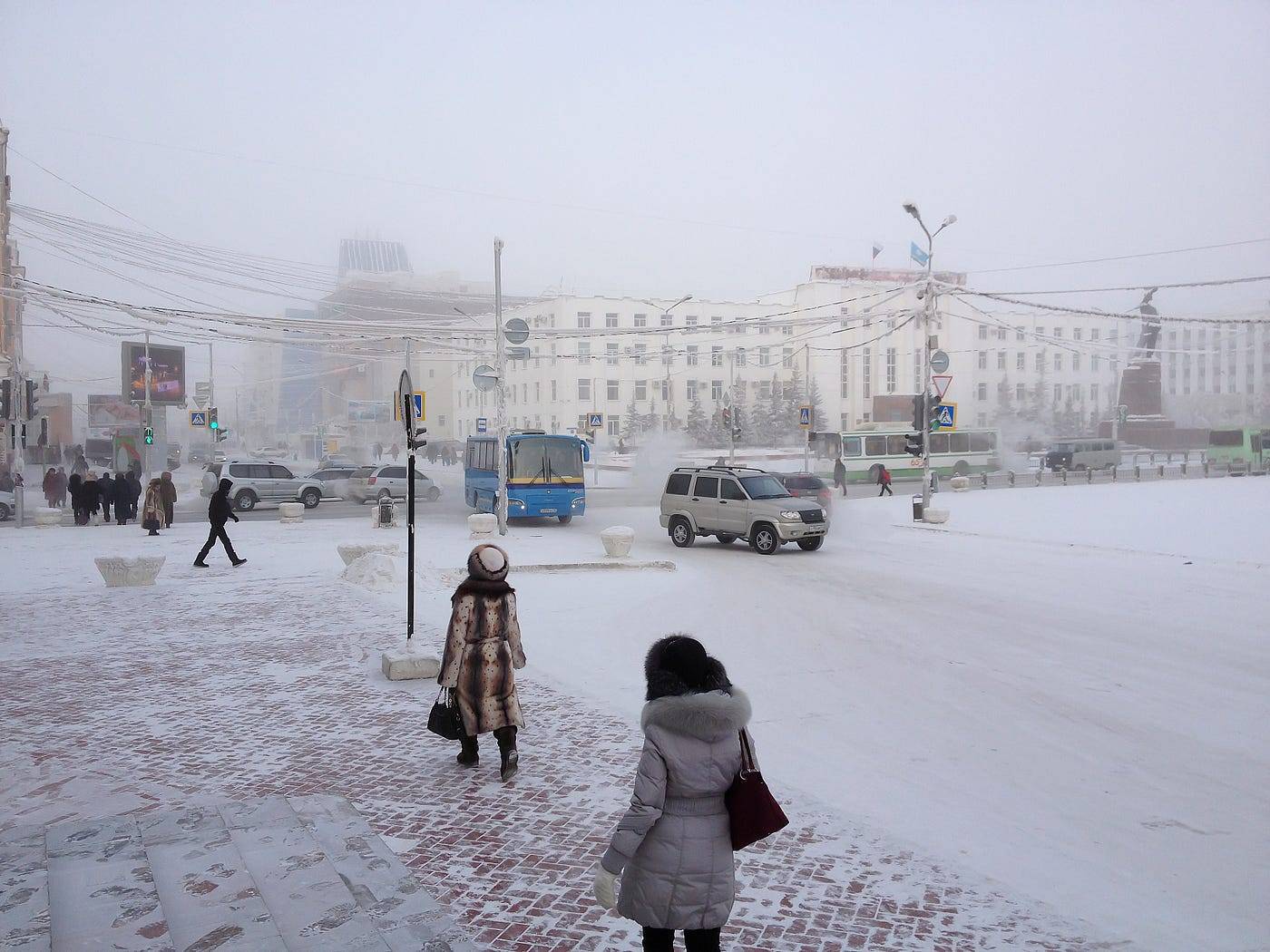
The Siberian city ofYakutsk, in the Russian Far East, is unfathomably cold, yet home to over a quarter million people:
Yakutsk has an average annual temperature of 17.6 °F winter high temperatures consistently well below −4 °F, and a record low of −−83.9 °F. As a result, Yakutsk is the coldest major city in the world

The island of Hispaniola , from the ISS.
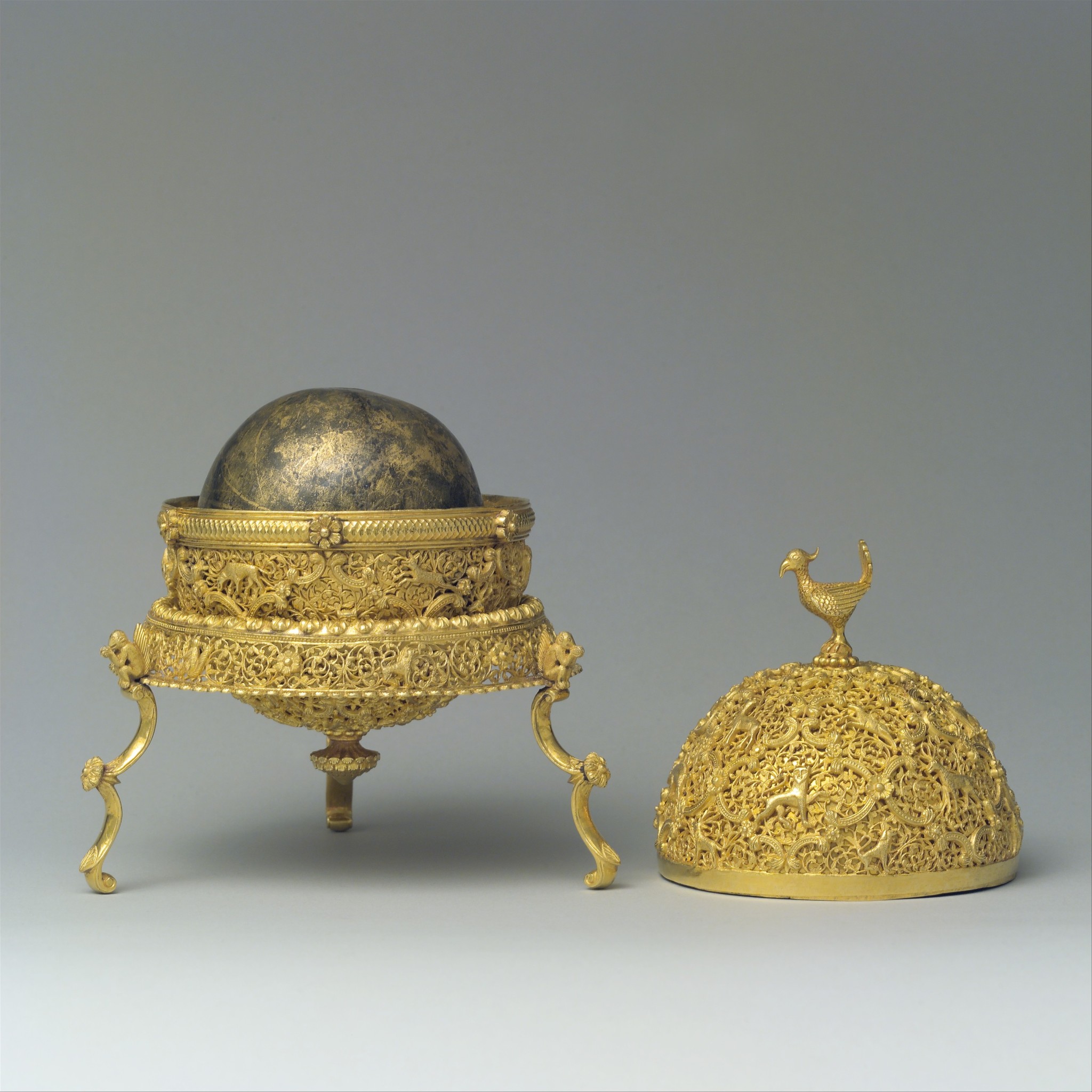
I just learned aboutbezoars andGoa stones (a man-made form of bezoar). It’s a chunk of aggregated minerals, seeds, piths, and other indigestible material that forms in the intestinal system of animals. People would shave off small bits and add to tea and beverages for medicinal purposes.
The way humans discover things without understanding why they work is endlessly fascinating.
Love this description:
The stones made their way to England as well and an early mention is made in 1686 by Gideon Harvey who was sceptical of the curative value noting that they were confected from a “ jumble of Indian Ingredients ” by “ knavish Makers and Traffickers.’ ”
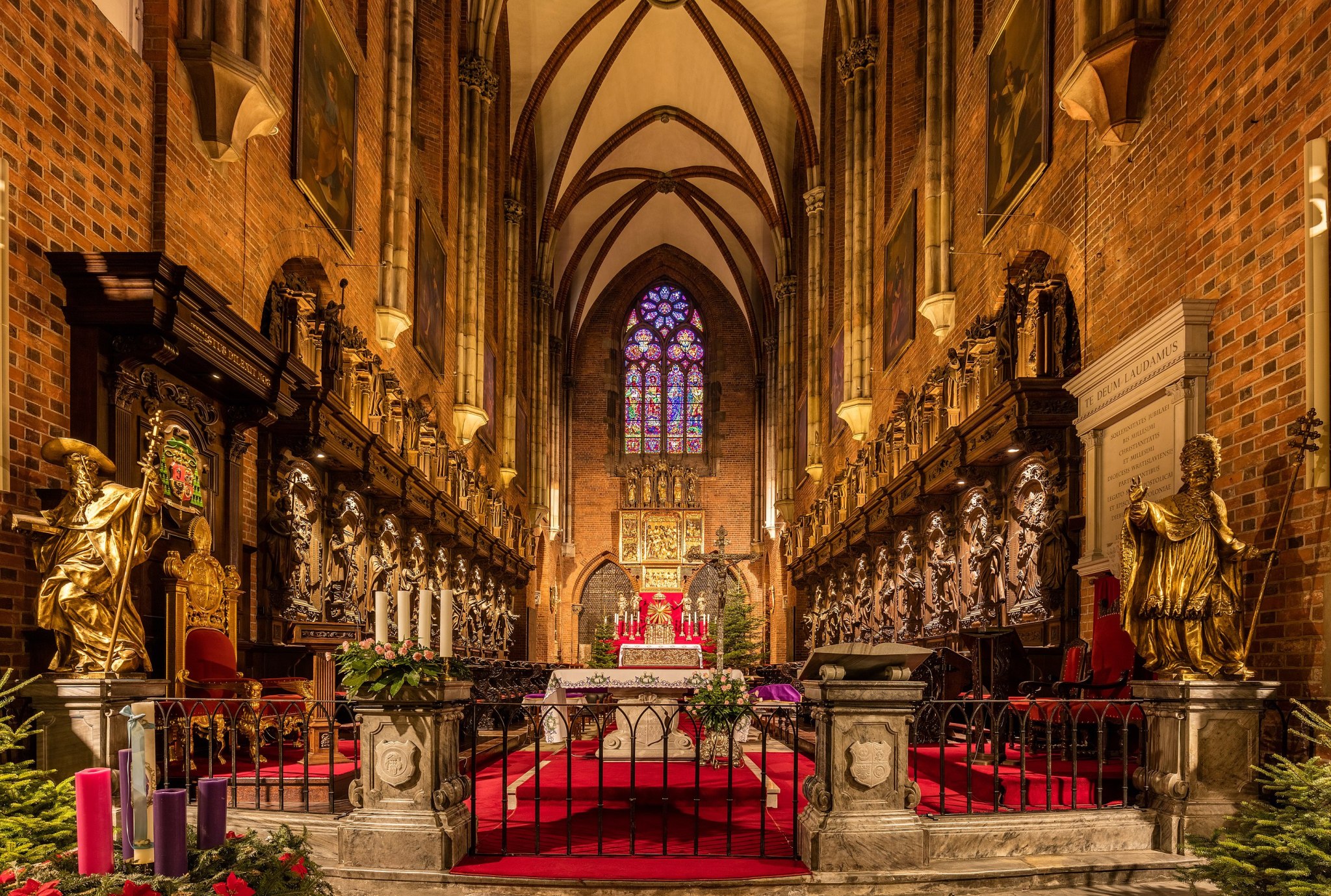
The interior of Wrocław Cathedral , Poland. Built in 1272.
Tyler Cowen:
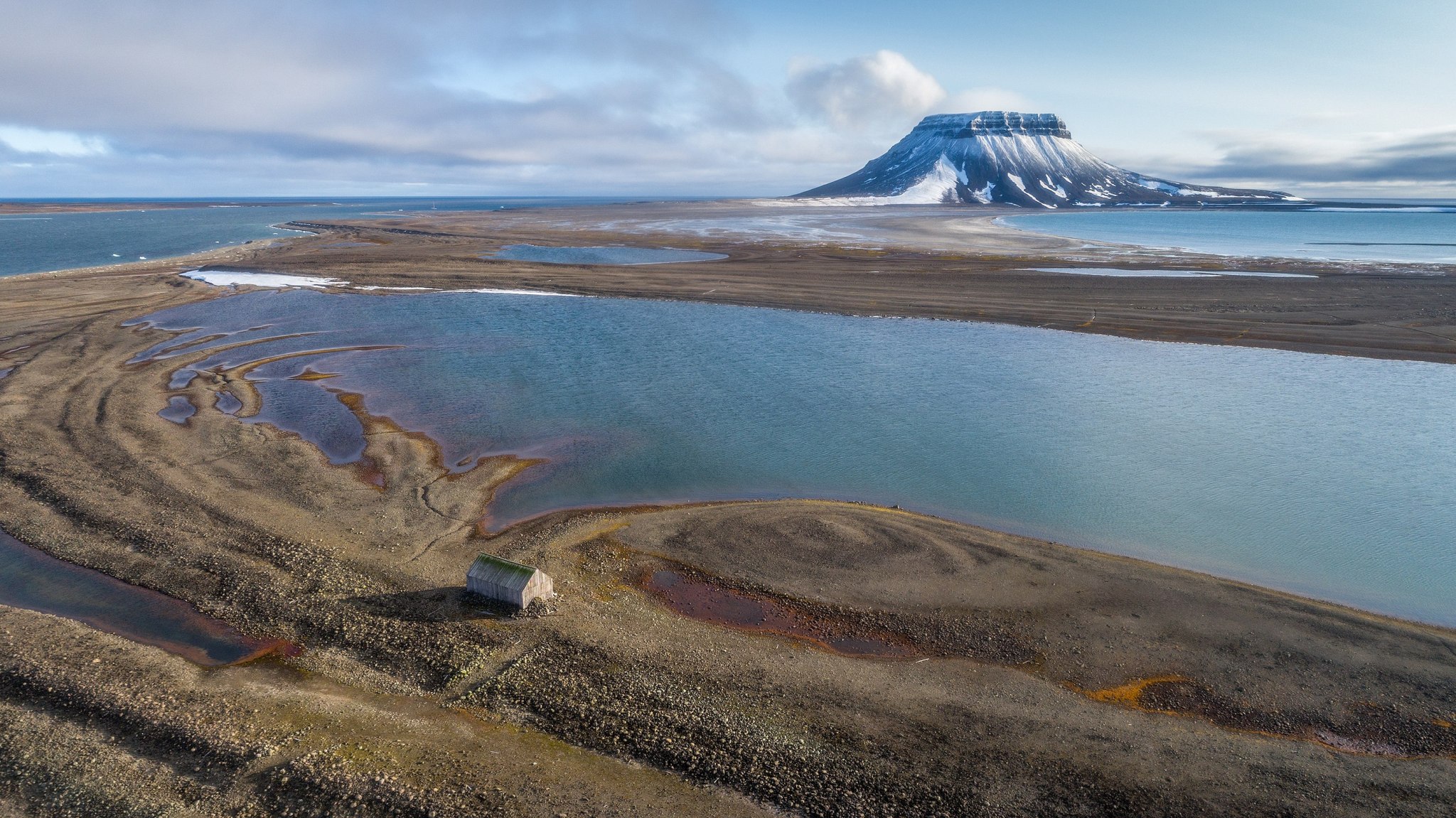
**Bell Island, **part of the Franz Josef Land archipelago in Russia.
I couldn’t believe this:
The island was the first among the Franz Josef archipelago to be visited by Benjamin Leigh Smith in his 1880 expedition. In his second expedition to the islands in 1881, Smith built a wooden lodge on the north side of the island which he used to winter. The lodge stands to this day.
A small wooden shack, built on an island in the Arctic Ocean, stands for 150 years. Will think about that next time I’m building something.
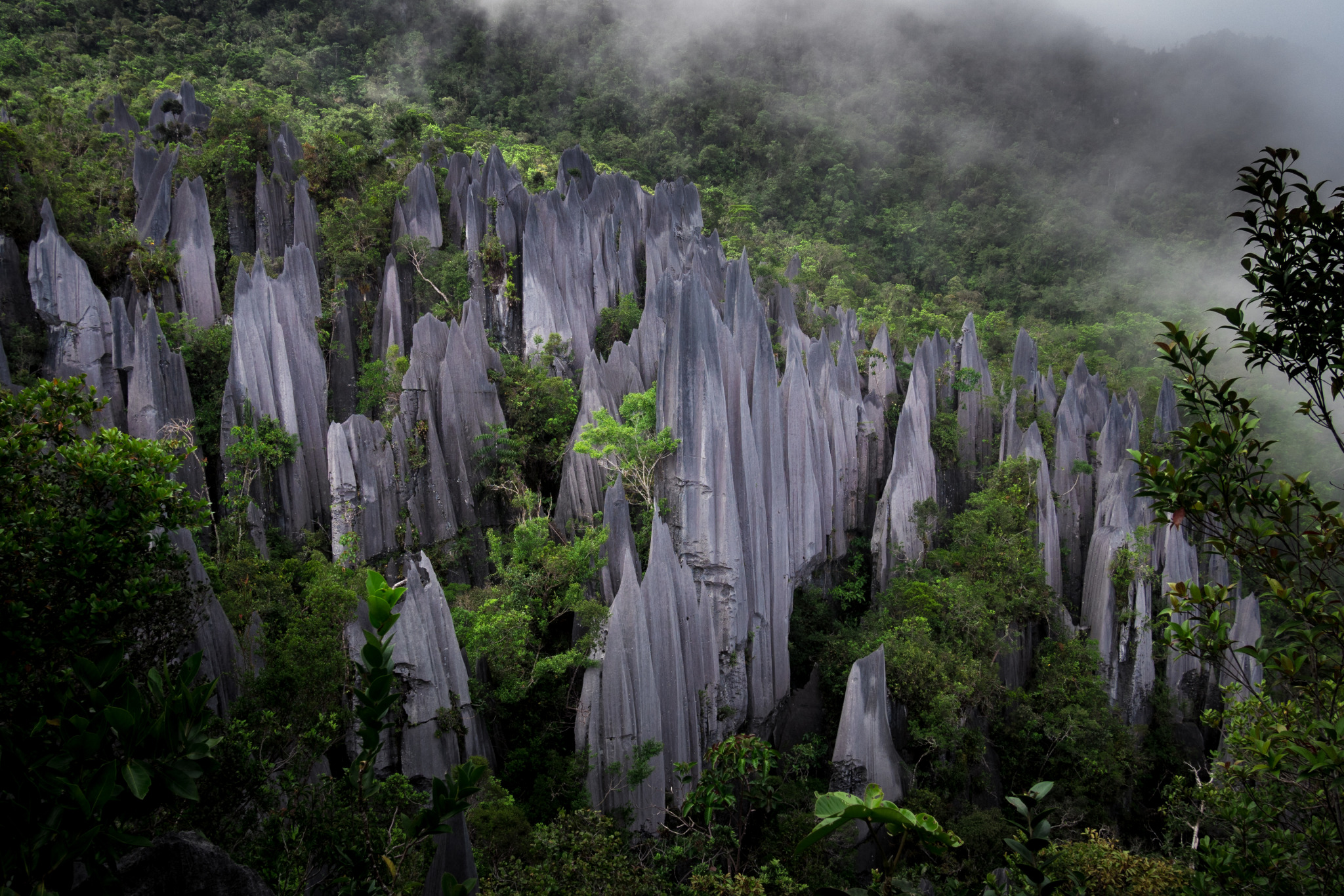
The karsting limestone of Mount Api , Malaysia.
The collapse of the Arecibo Telescope in Puerto Rico.
The absolute most wild woodshop anyone’s ever built.
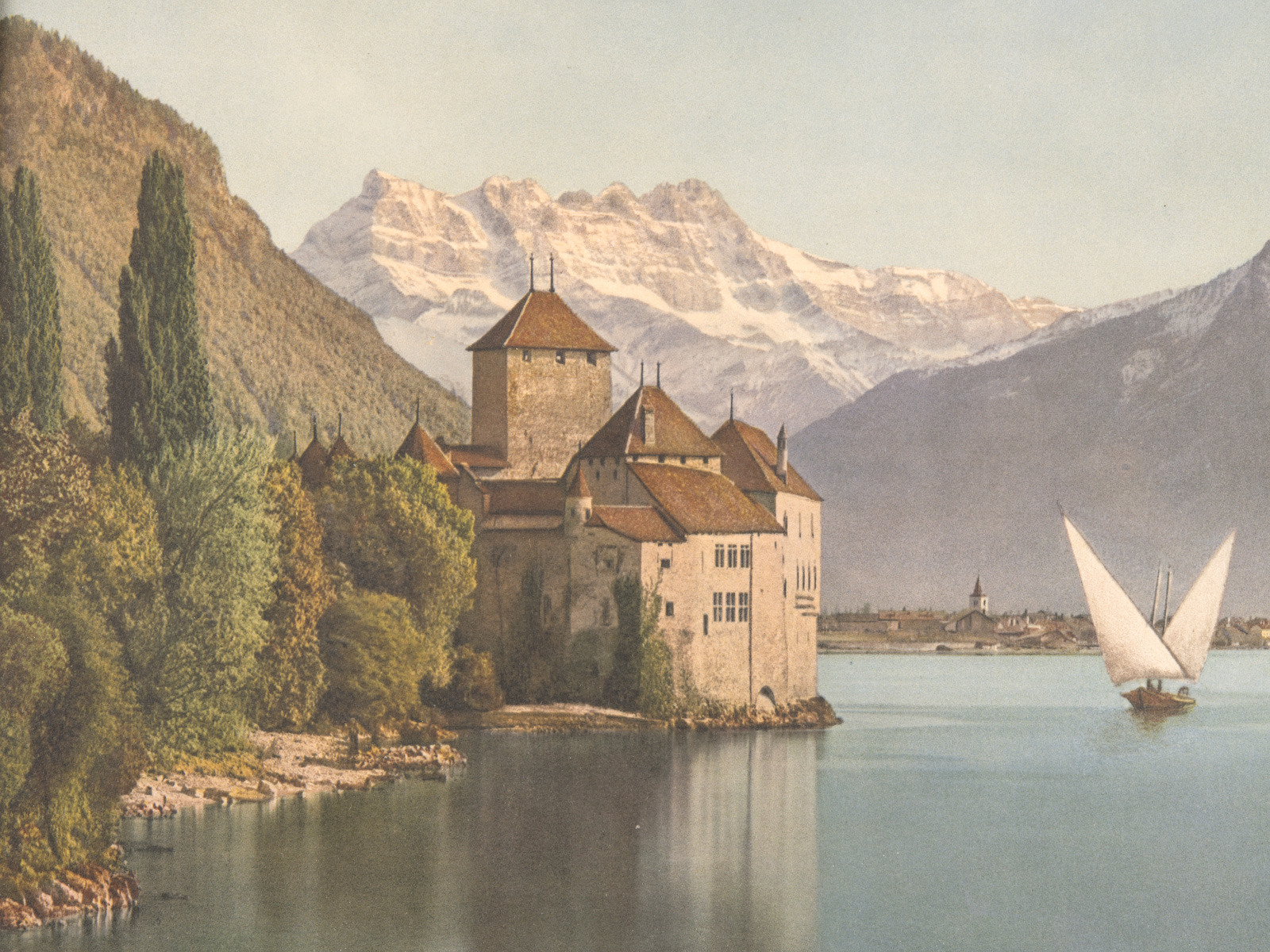
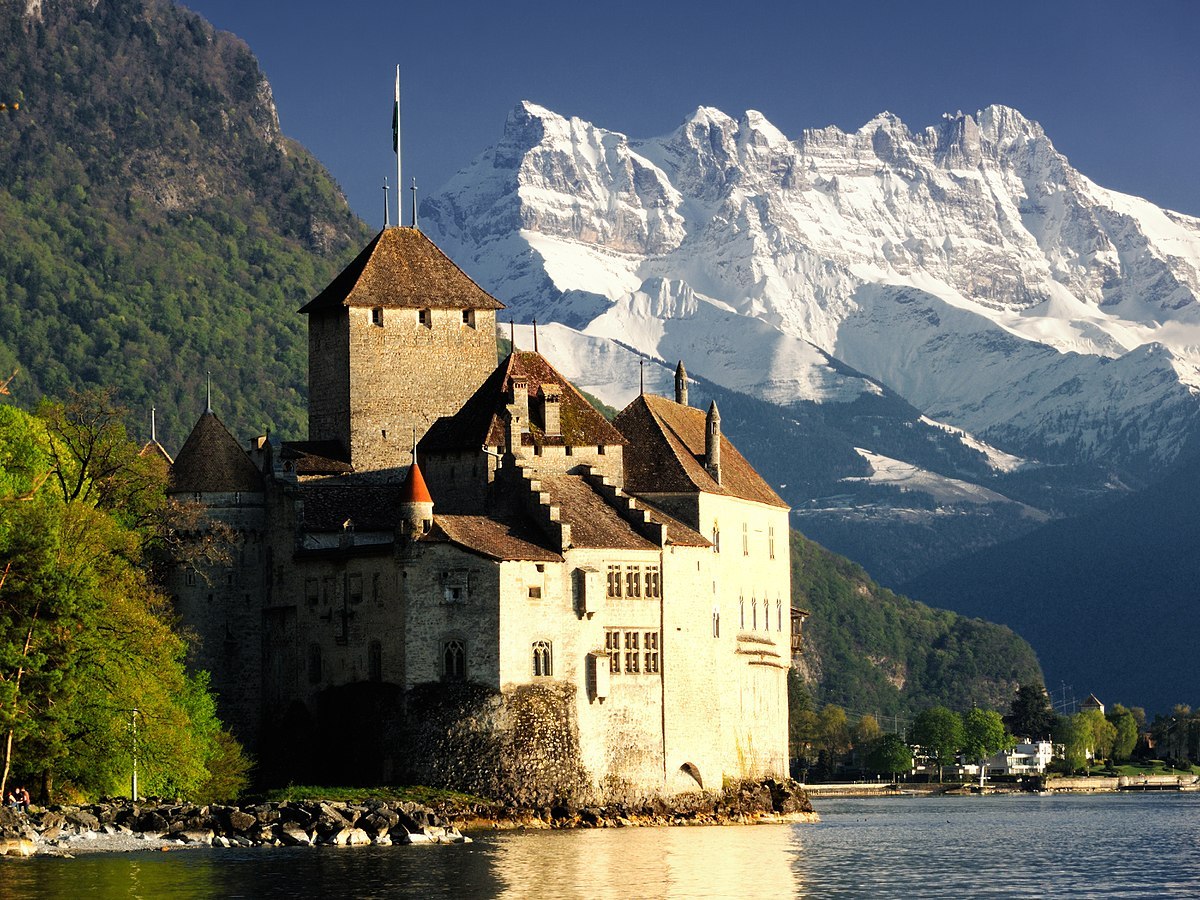
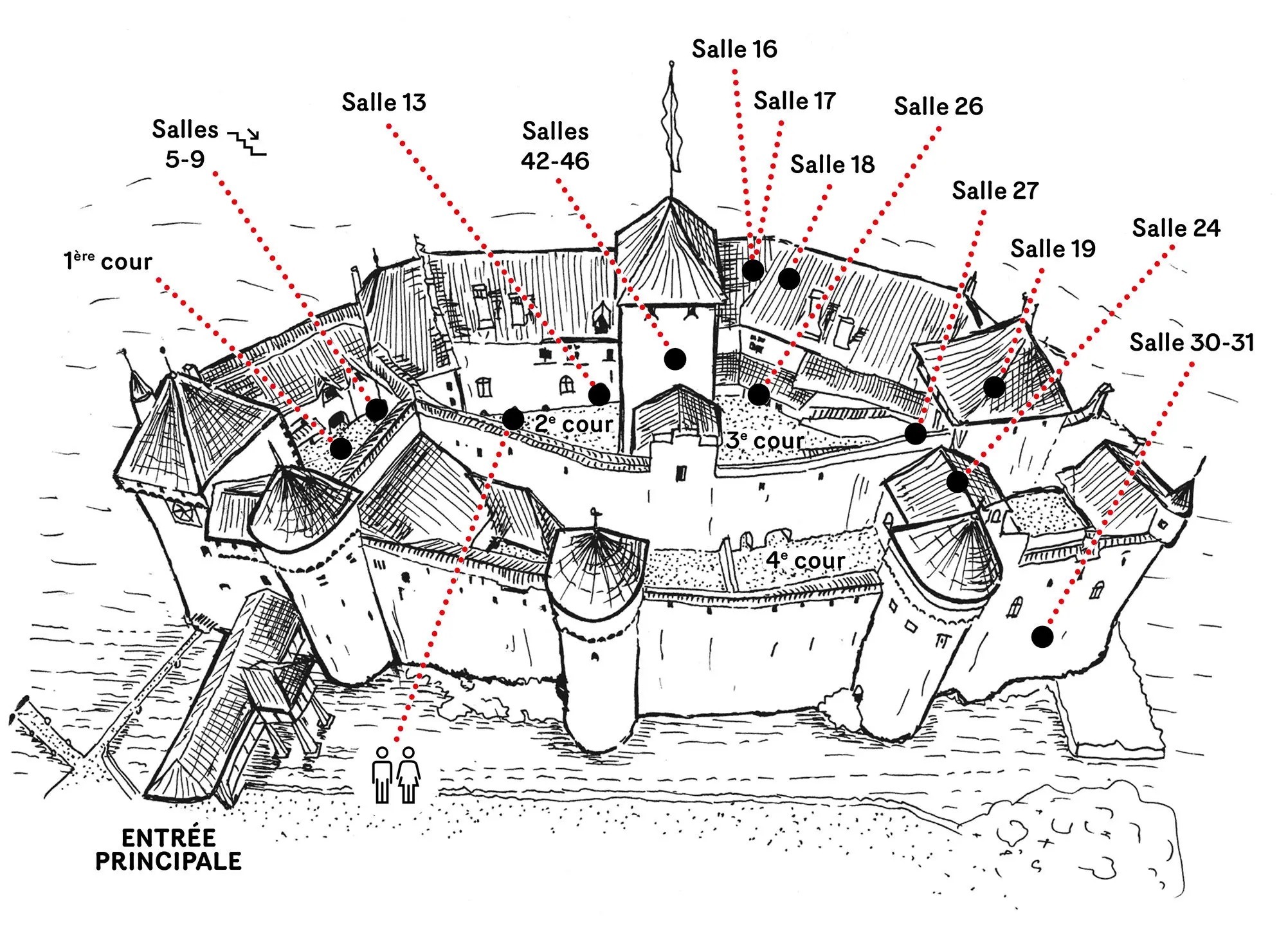
Chillon Castle , island fortress on Lake Geneva, Switzerland.
The building originally dates to the 11th century, but there’s evidence the Romans had forts on the small island a millennium earlier.
It’s functioned as fort, prison, and summer home to counts and dukes. Added to my one-day-Swiss-vacation list.
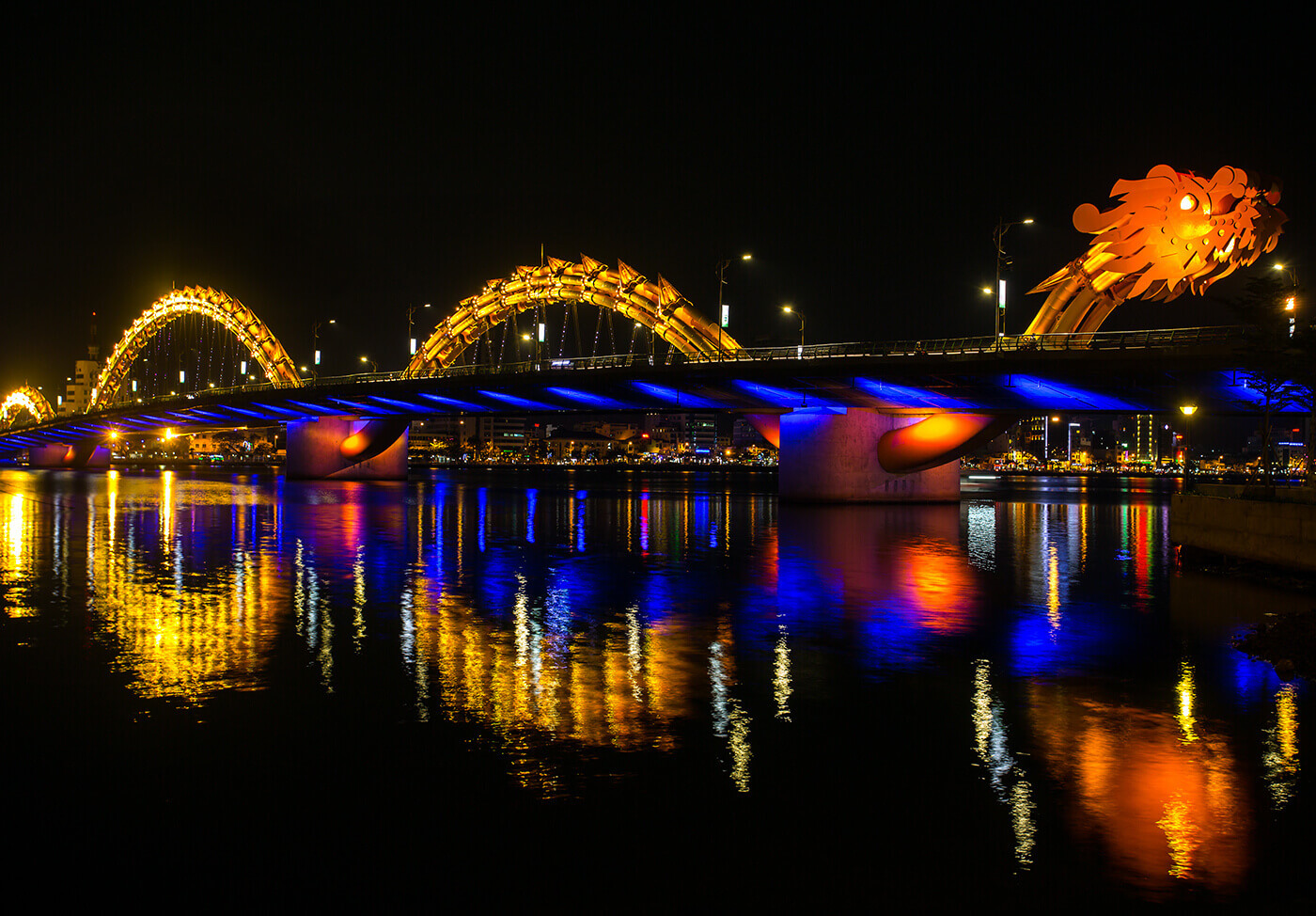
Dragon Bridge. Da Nang, Vietnam.
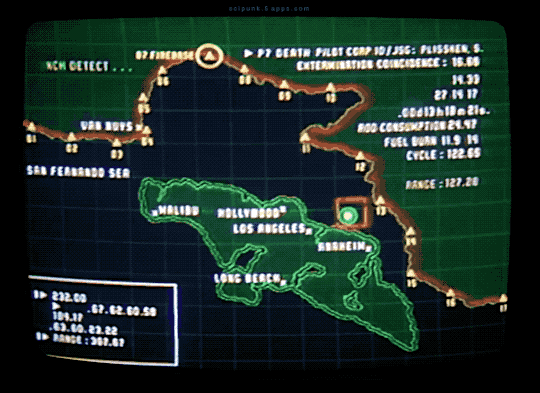
Los Angeles Island. Escape from LA , 1996.
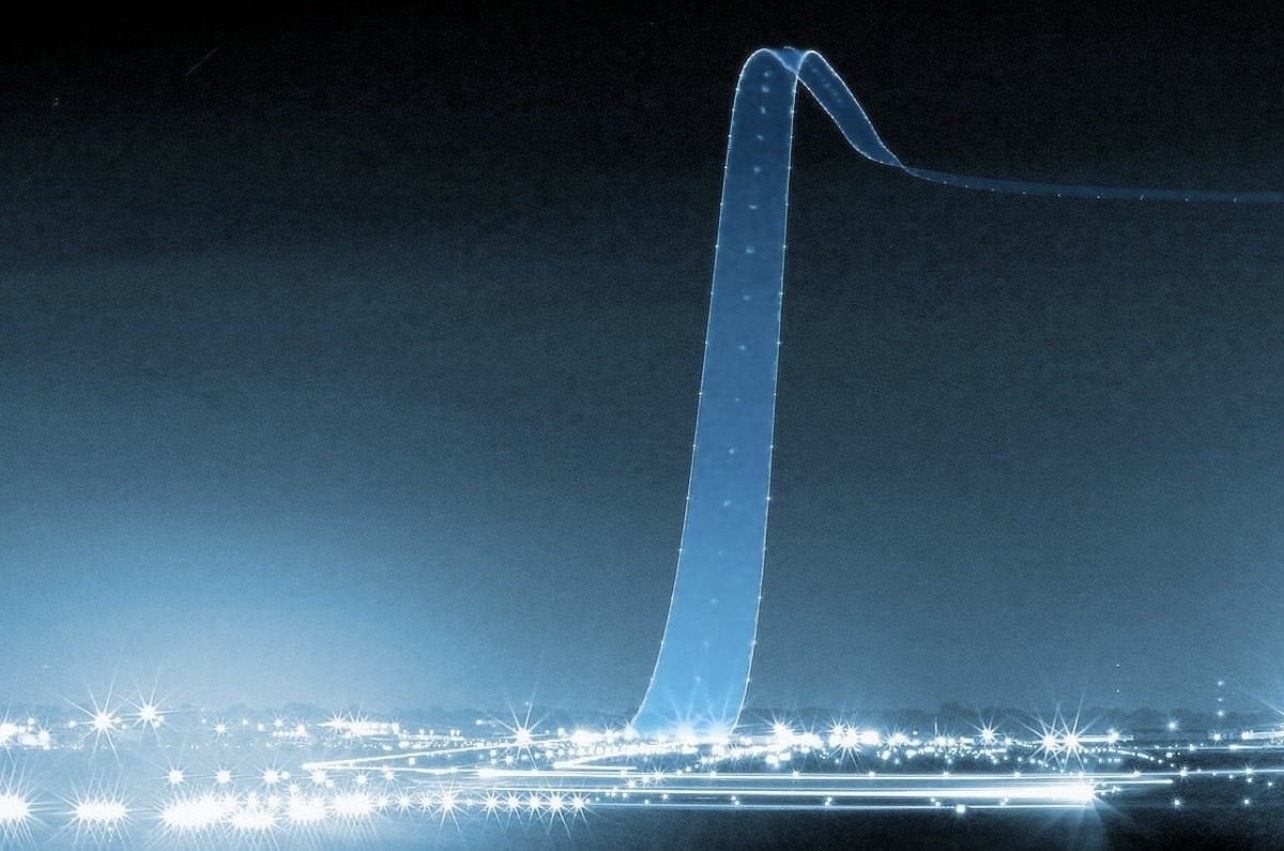
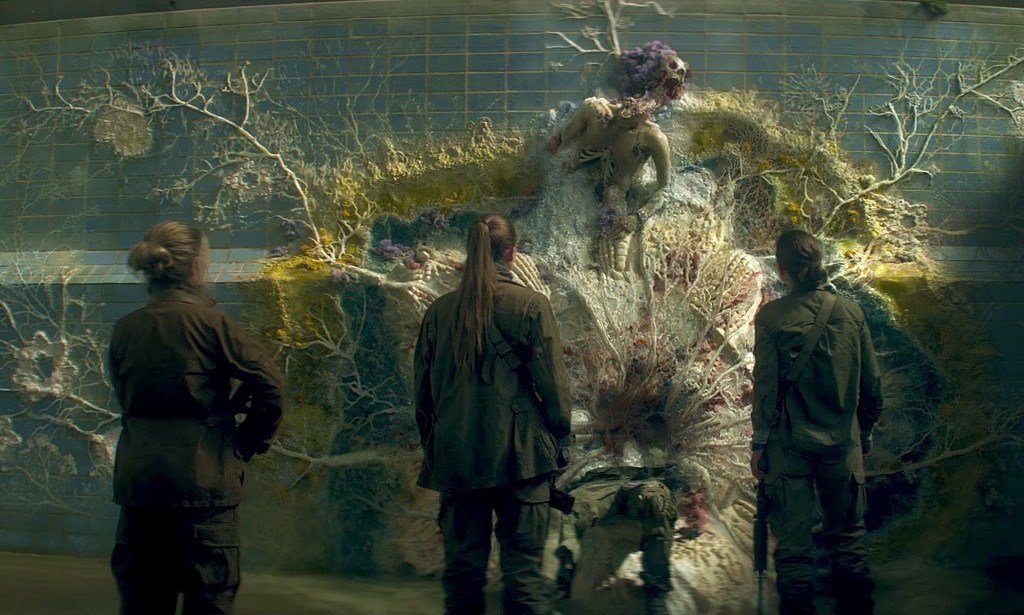
The film adaptation of Jeff VanderMeer’s Annihilation took some liberties in the narrative. But Alex Garland’s vision on the world, the twisted melange of organisms, the shroom-trip in the Southern Reach — all spot on.
My latest post on Res Extensa:
Gordon Brander on credible exit.
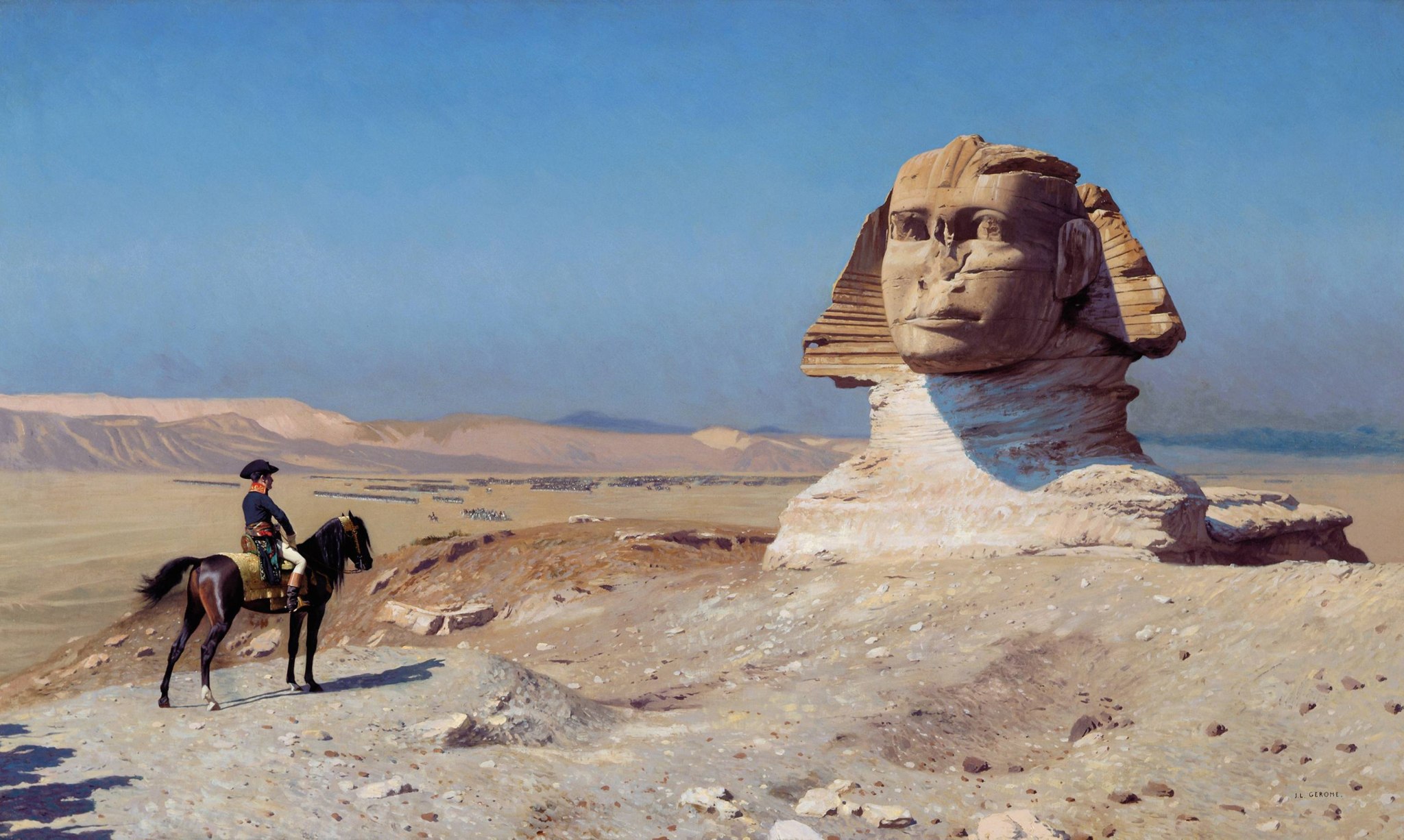
Bonaparte Before the Sphinx. Jean-Léon Gérôme, 1886.
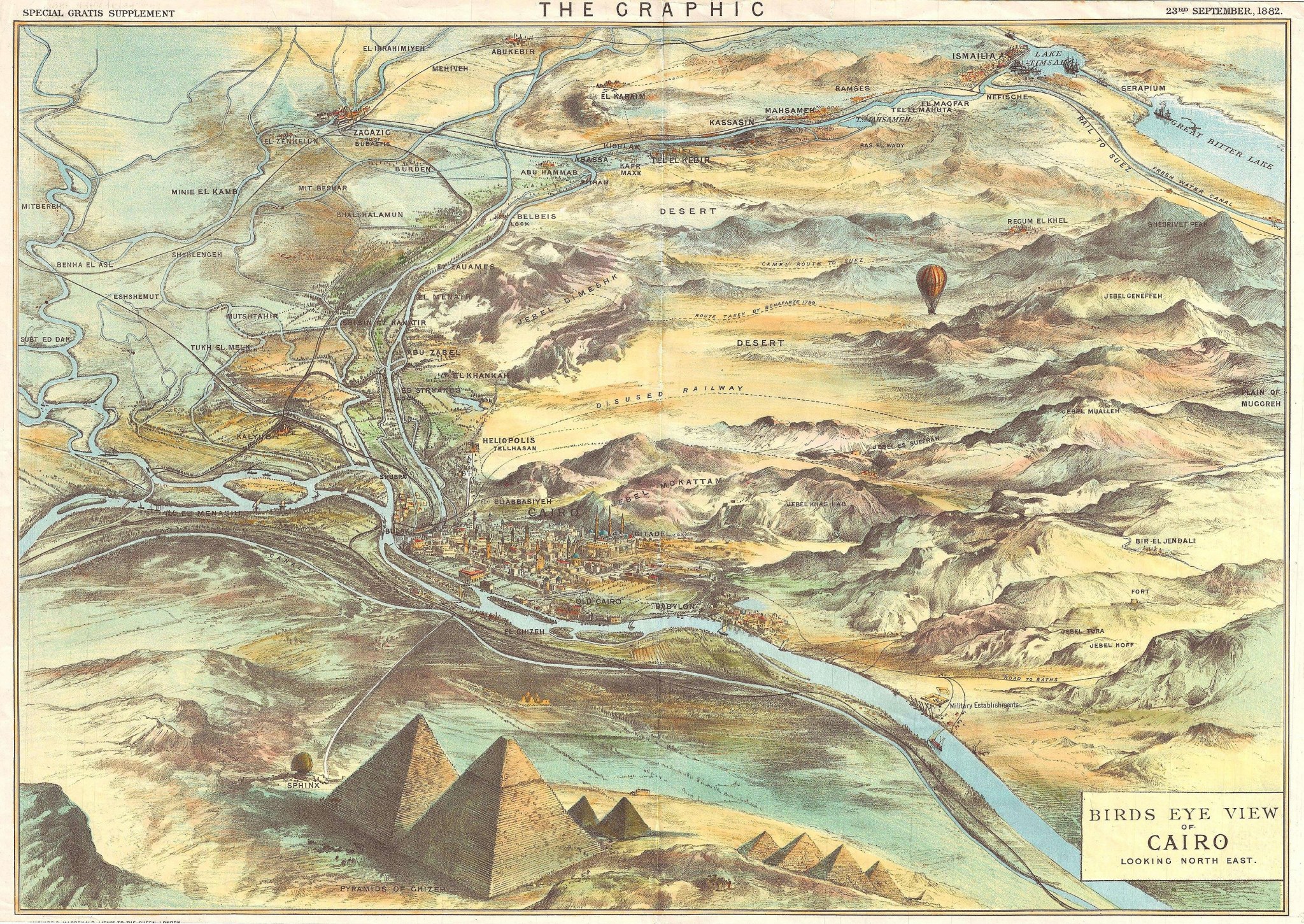
Bird’s eye view of Cairo , 1882.
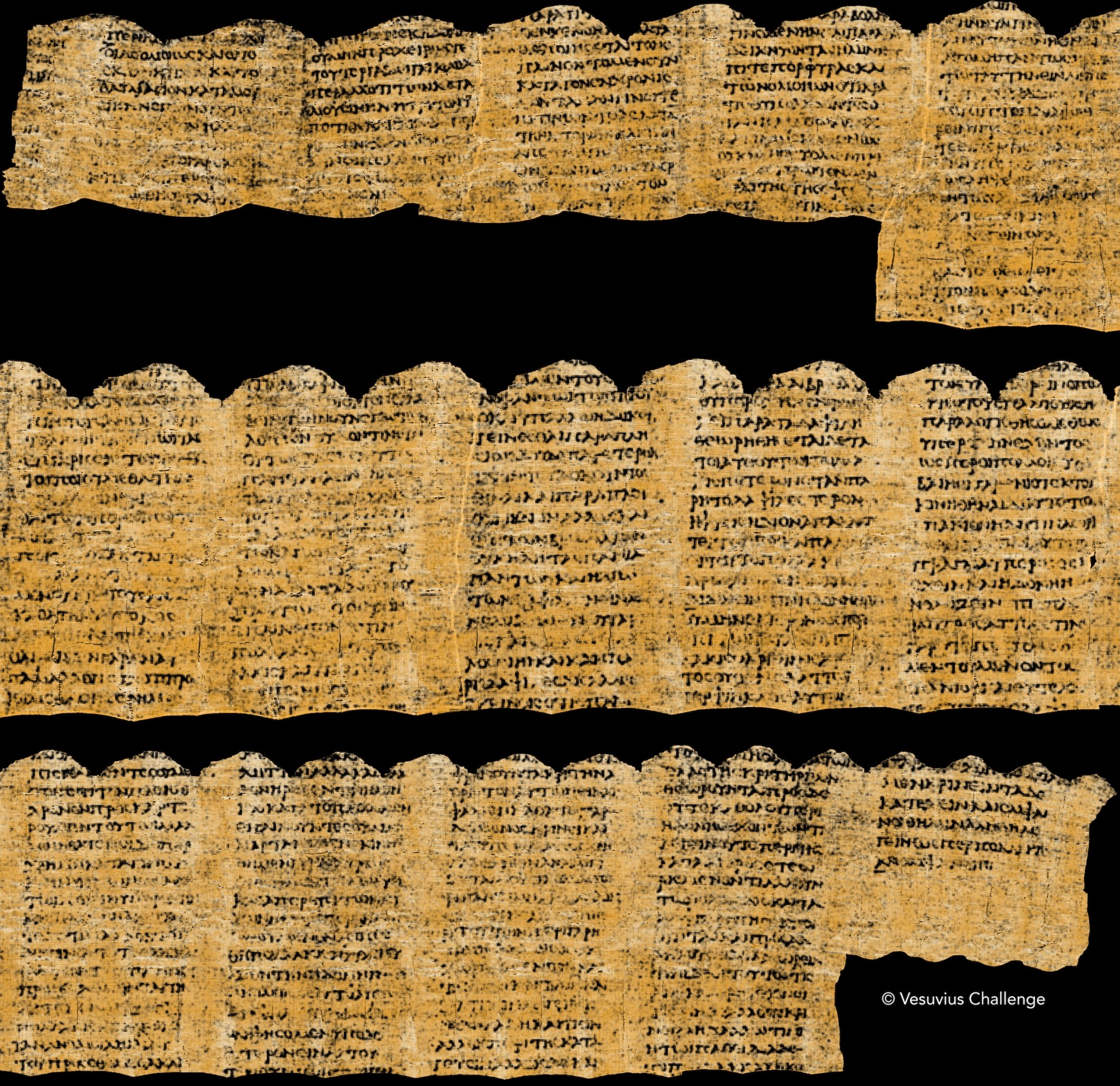
A group of researchers just won the Scroll Prize, a project to read the ancient Herculaneum papyri, burned and buried in the eruption of Vesuvius in 79 AD.
Using AI and computer vision techniques they were able to discern text from the rolled, charred, and brittle papyrus. An unbelievable feat.
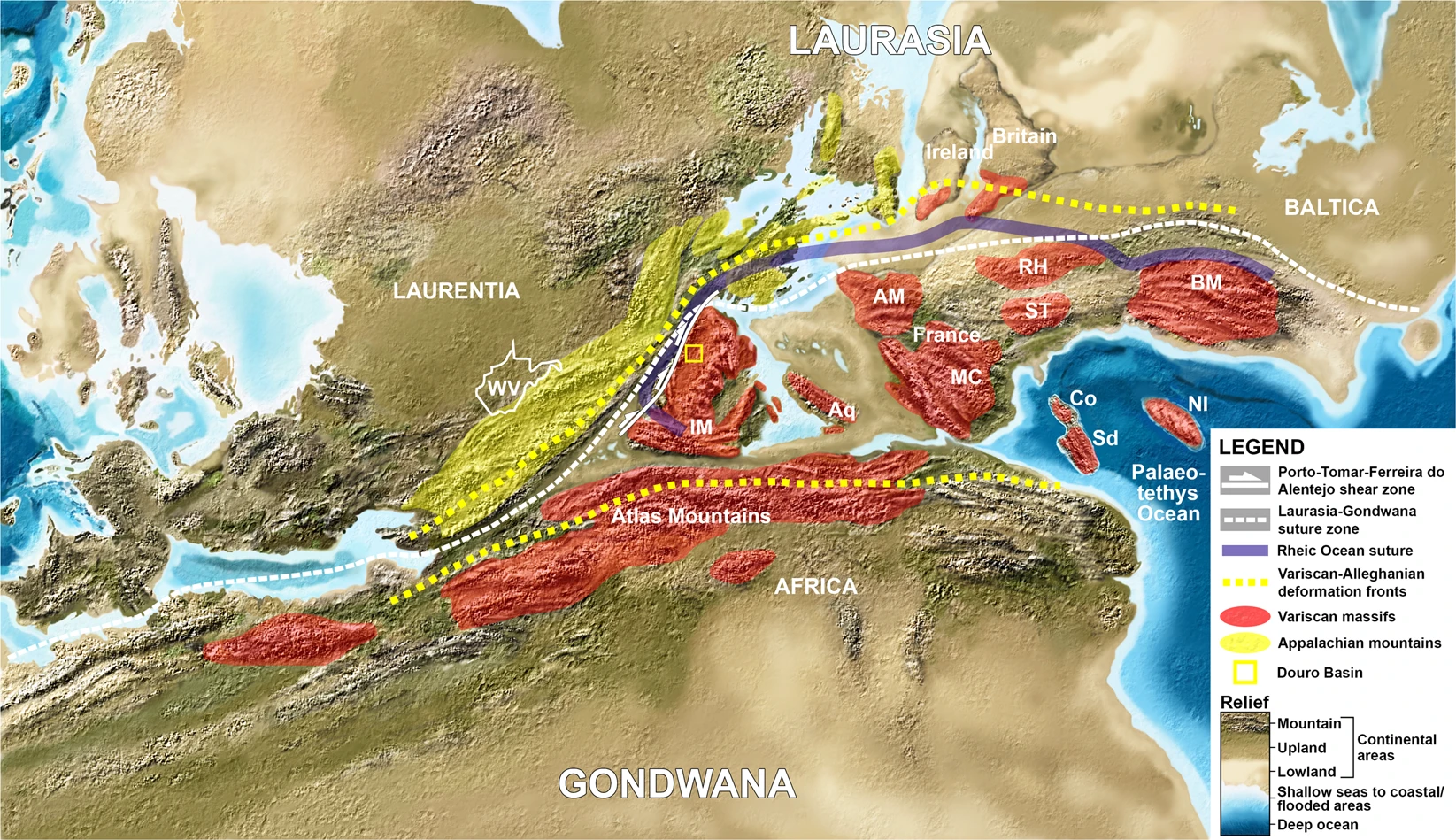
If you go back to the Permian, you’d find the Appalachians, Massif Central, Atlas Mountains, and Scottish Highlands were all part of a single range cutting through the Pangean supercontinent.
Ben Southwood looks at the waning of the big R&D labs:
Evolution is a roiling mess of substance and interaction. Order emerges from the stew. Fitness allowing one collection of chemicals to outlast another.
A true complex system is confounding and inscrutable, bucking attempts to make it legible, controllable. “Greatness cannot be planned”.
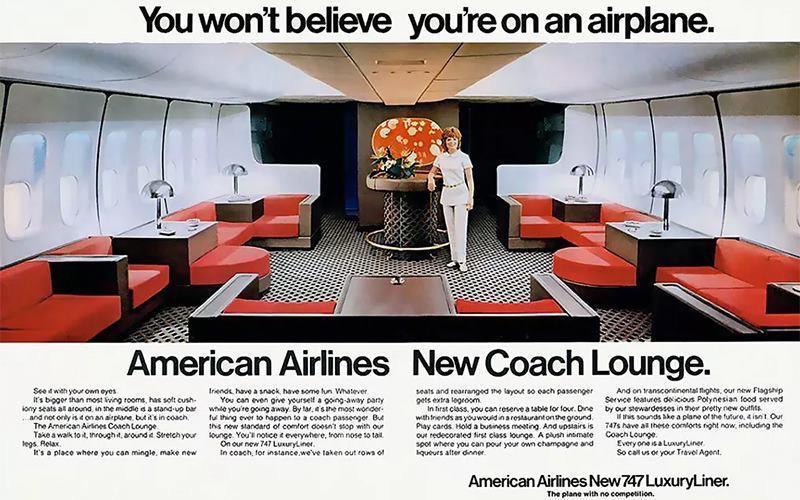
Let’s build it.
A gene pool is carved and whittled through generations of ancestral natural selection to fit [a particular] environment. In theory a knowledgeable zoologist, presented with the complete transcript of a genome [the set of all the genes of an organism], should be able to reconstruct the environmental circumstances that did the carving. In this sense the DNA is a coded description of ancestral environments.
—In The Living Wild , Art Wolfe (2000)
(from David Deutsch’s The Beginning of Infinity)
The organism is a key to decoding its environment.
Craftsmanship involves knocking down a succession of steps until it feels ‘done’. Cutting, milling, gluing, trimming, assembling, finishing, painting. Each step takes its input from the previous, and might have to correct course from an earlier error.
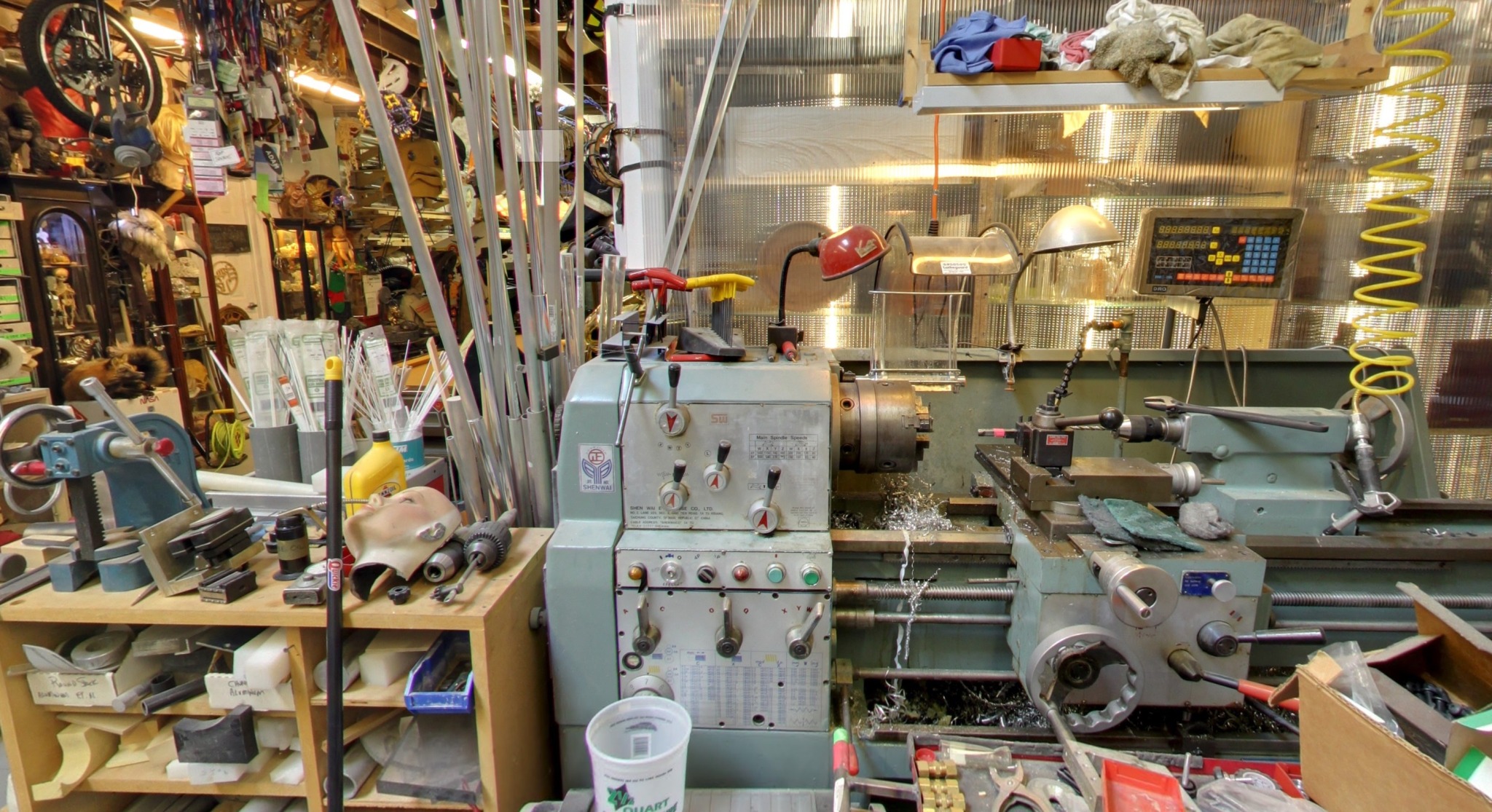
Adam Savage’s workshop, “The Cave”, in 360°.
I love seeing peoples’ workspaces in detail. Creators form symbiotic relationships with their environments. Our environments shape our workflows, and we mold our environments to fit our goals.
Jason Fried:
A better path is to reflect forward, not backwards. Develop a loose theory while working on what’s next. Appreciate there’s no certainty to be found, and put all your energy into doing better on an upcoming project. But how will you do better next time if you don’t know what went wrong last time? Nothing is guaranteed other than experience. You’ll simply have more time under the curve, and more moments under tension, to perform better moving forward. Internalize as you go, not as you went.
“Institutions will try to preserve the problem to which they are the solution.” — Clay Shirky
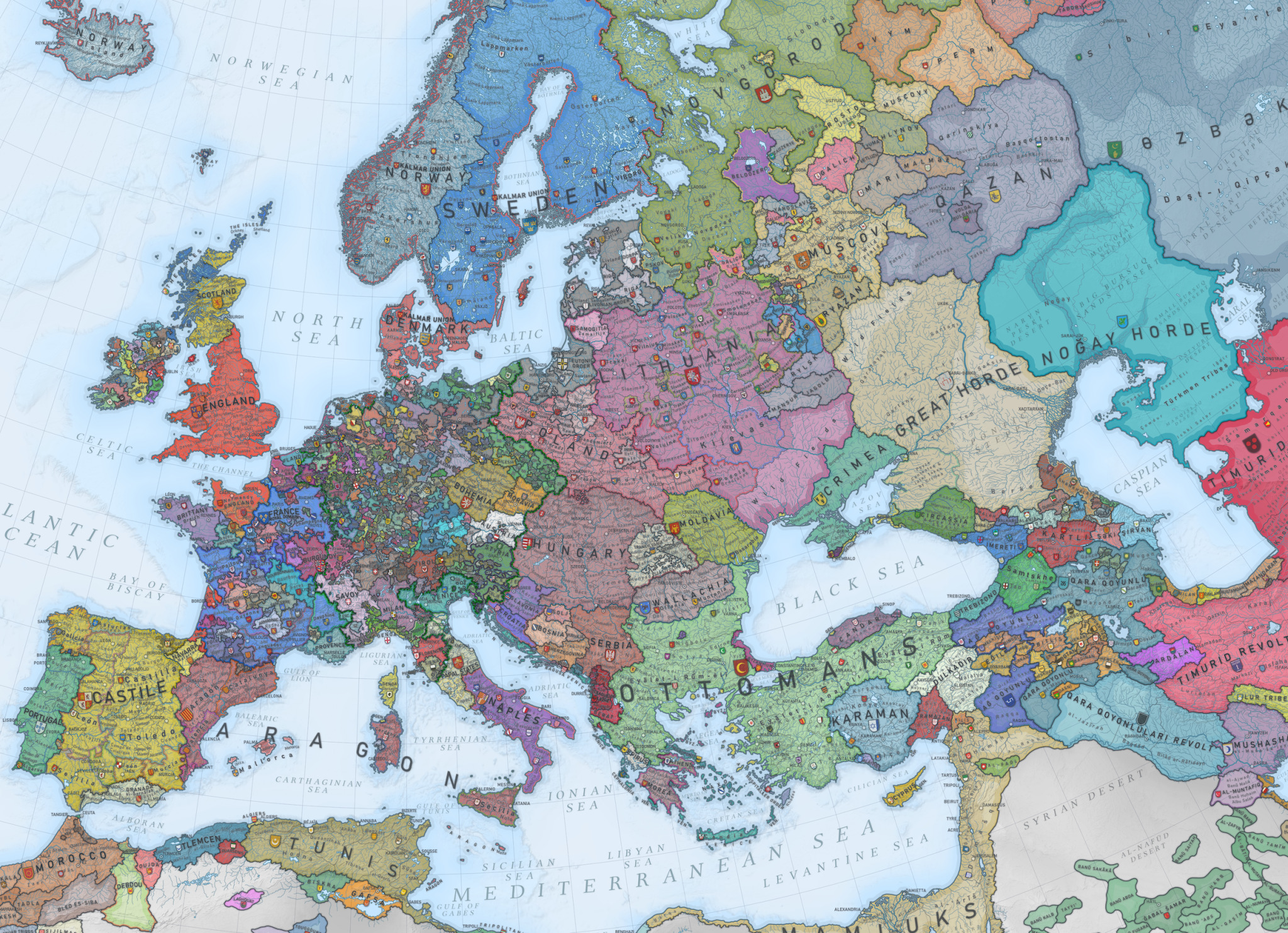
Europe and its fragmented city-state landscape of 1444.
See the full, zoomable hi-res version.

The Aladaghlar Mountains of northwest Iran.
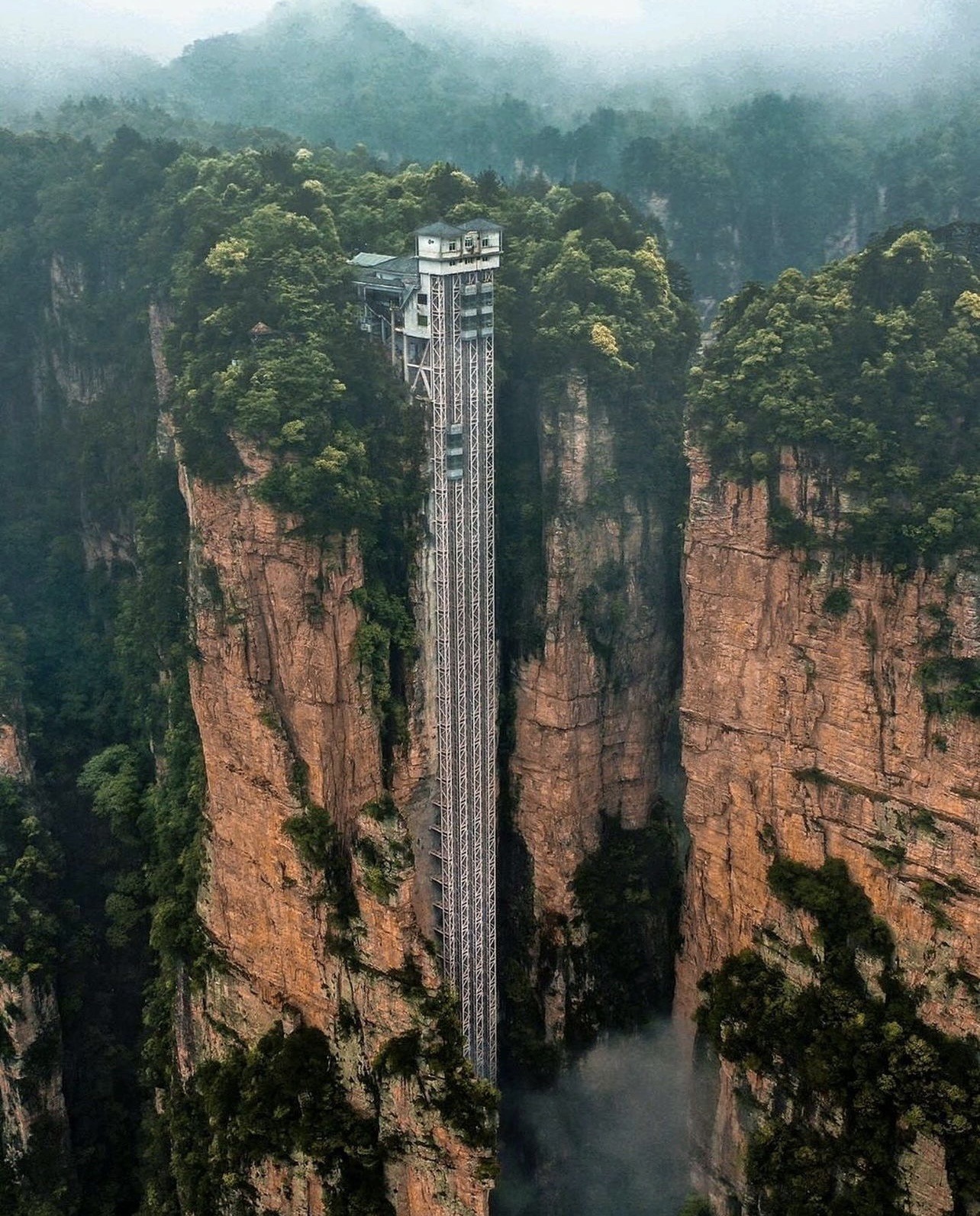
Bailong Elevator , also known as the Hundred Dragons Elevator , is a glass elevator located in the Wulingyuan area of Zhangjiajie, China. It is considered to be the world’s tallest outdoor elevator, standing at a height of 1,070 feet.
If there’s an superlative example of construction project, you’ll find it in China.
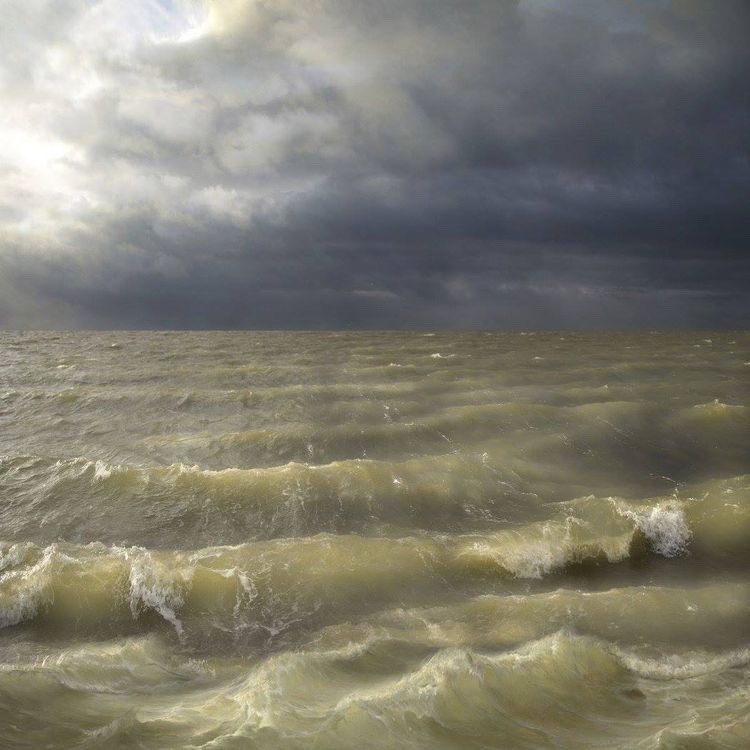
I’ve seen this view. Florida gulf coast, July, summer storm, high chop.
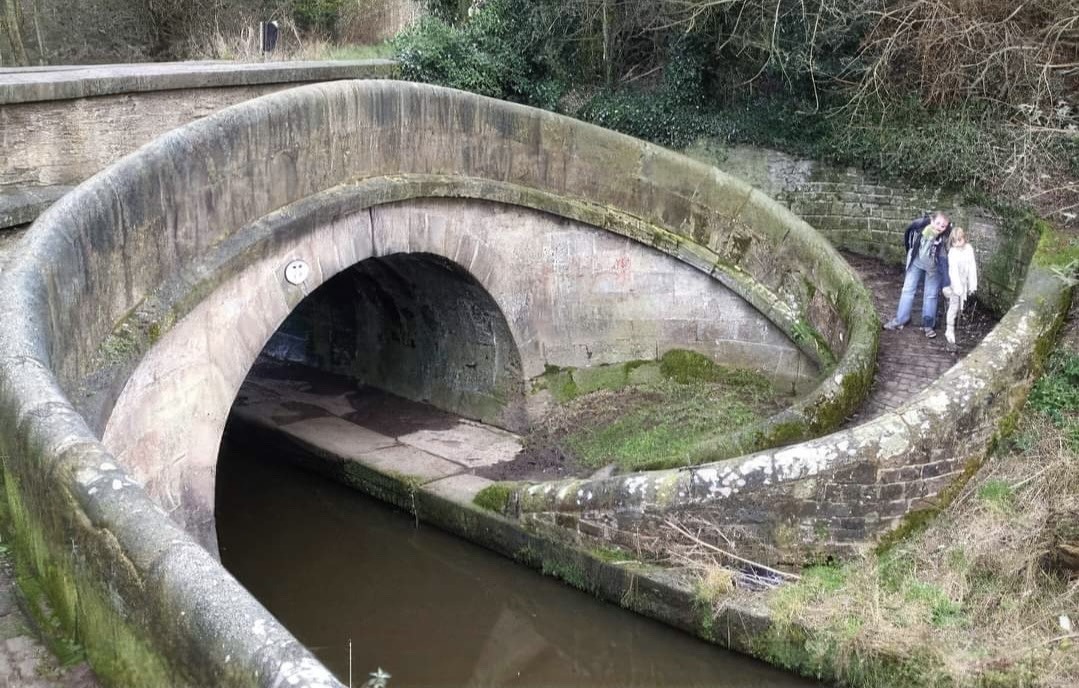
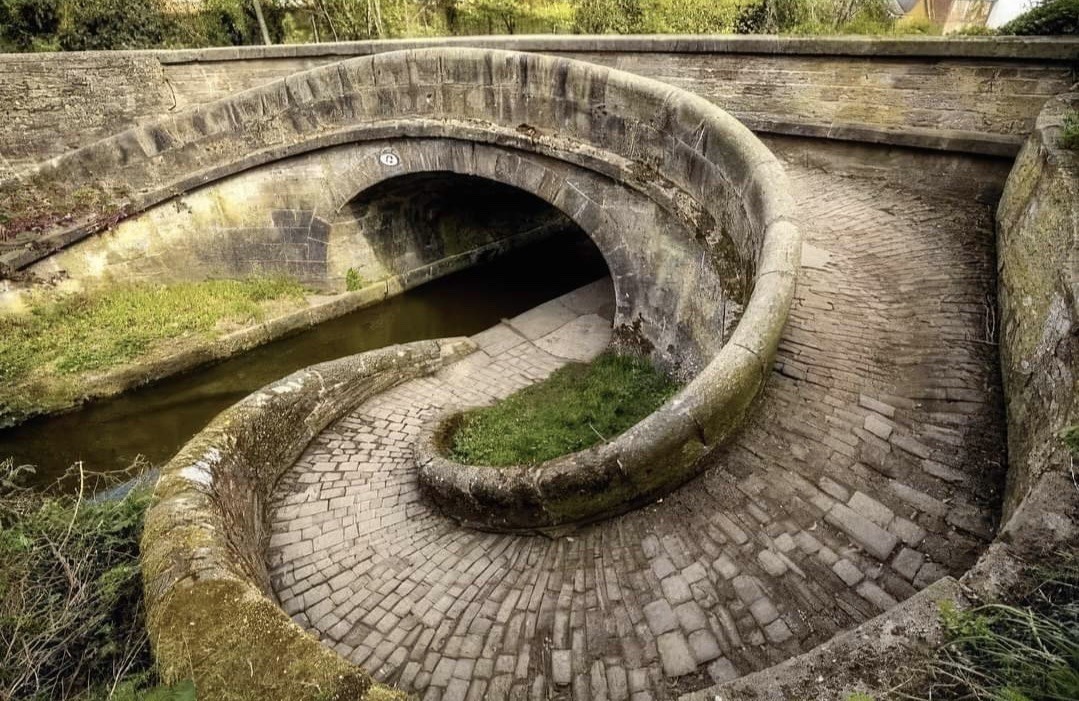
Snake Bridge on Macclesfield Canal. Astbury Congleton, England.
Bring back artisanal masonry.
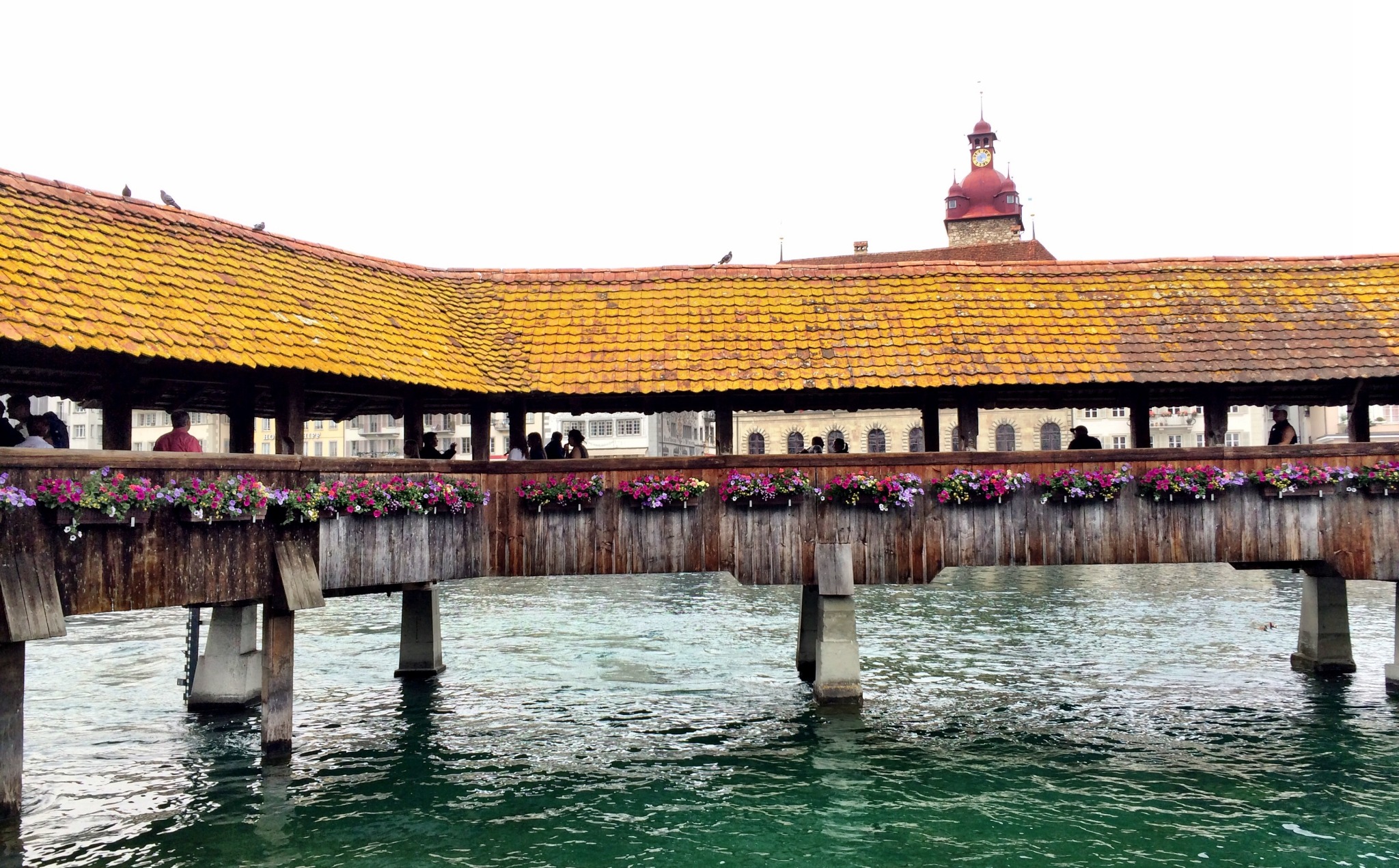
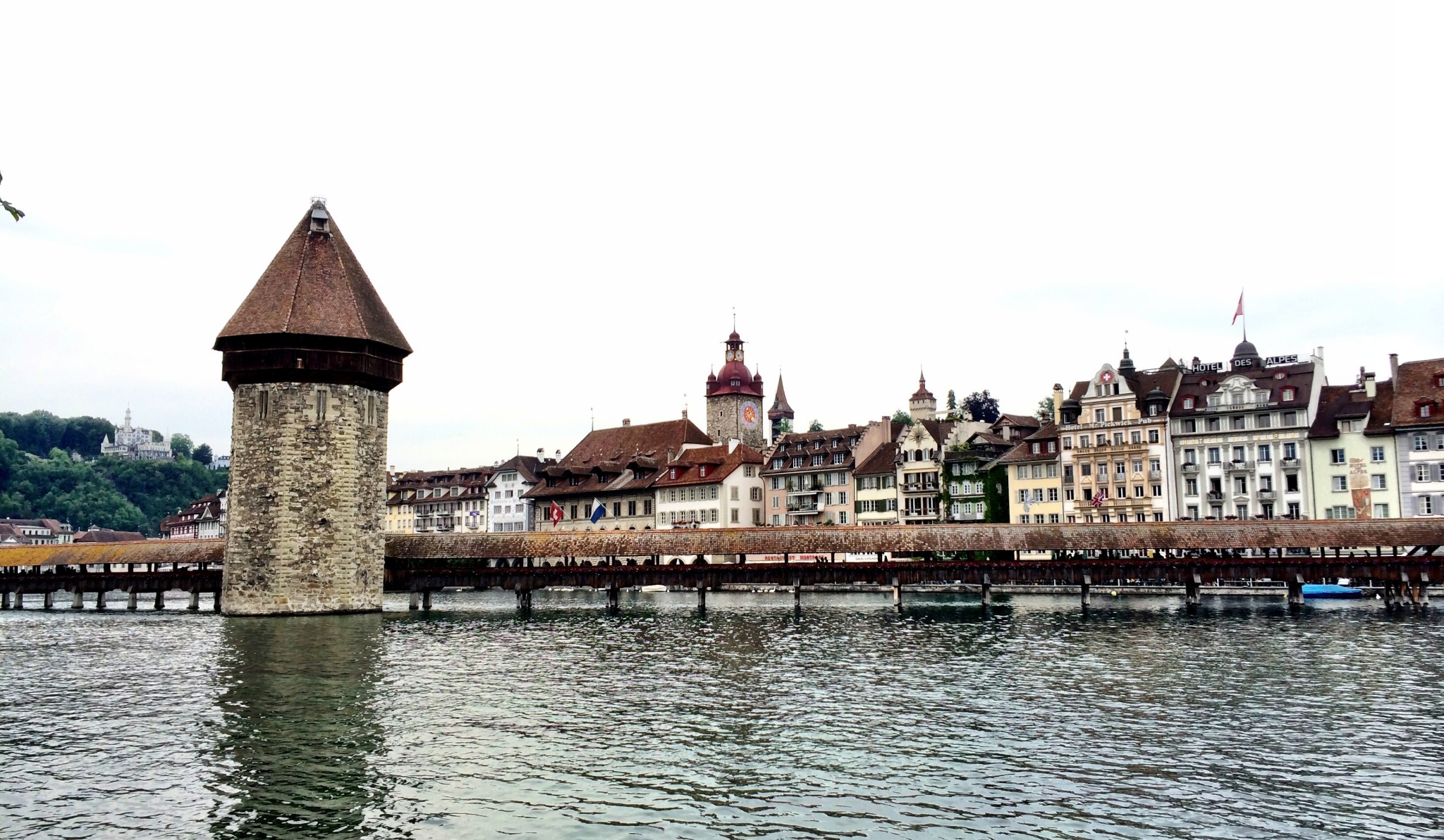

Lucerne’sKappelbrücke (Chapel Bridge) was built in 1360.
I got to walk across when I visited in 2014. Switzerland is like a 2-sided time warp: part medieval village, part urban futurescape.
Memorization does have value. It allows you to work faster, reduces overhead of collaboration, reduces cognitive overhead in general :
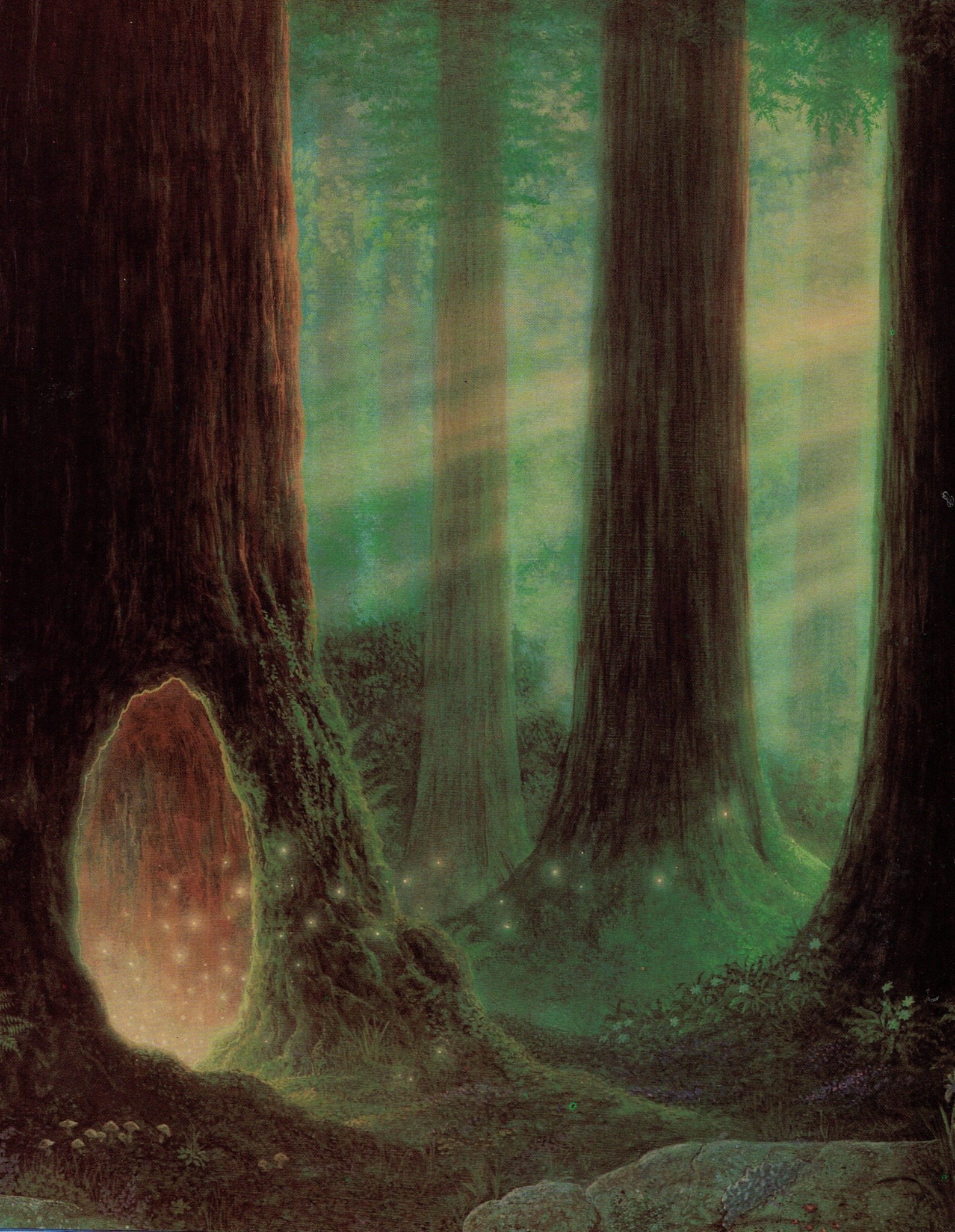
Gilbert Williams, Entrance Into the Earth.
Sleepy.
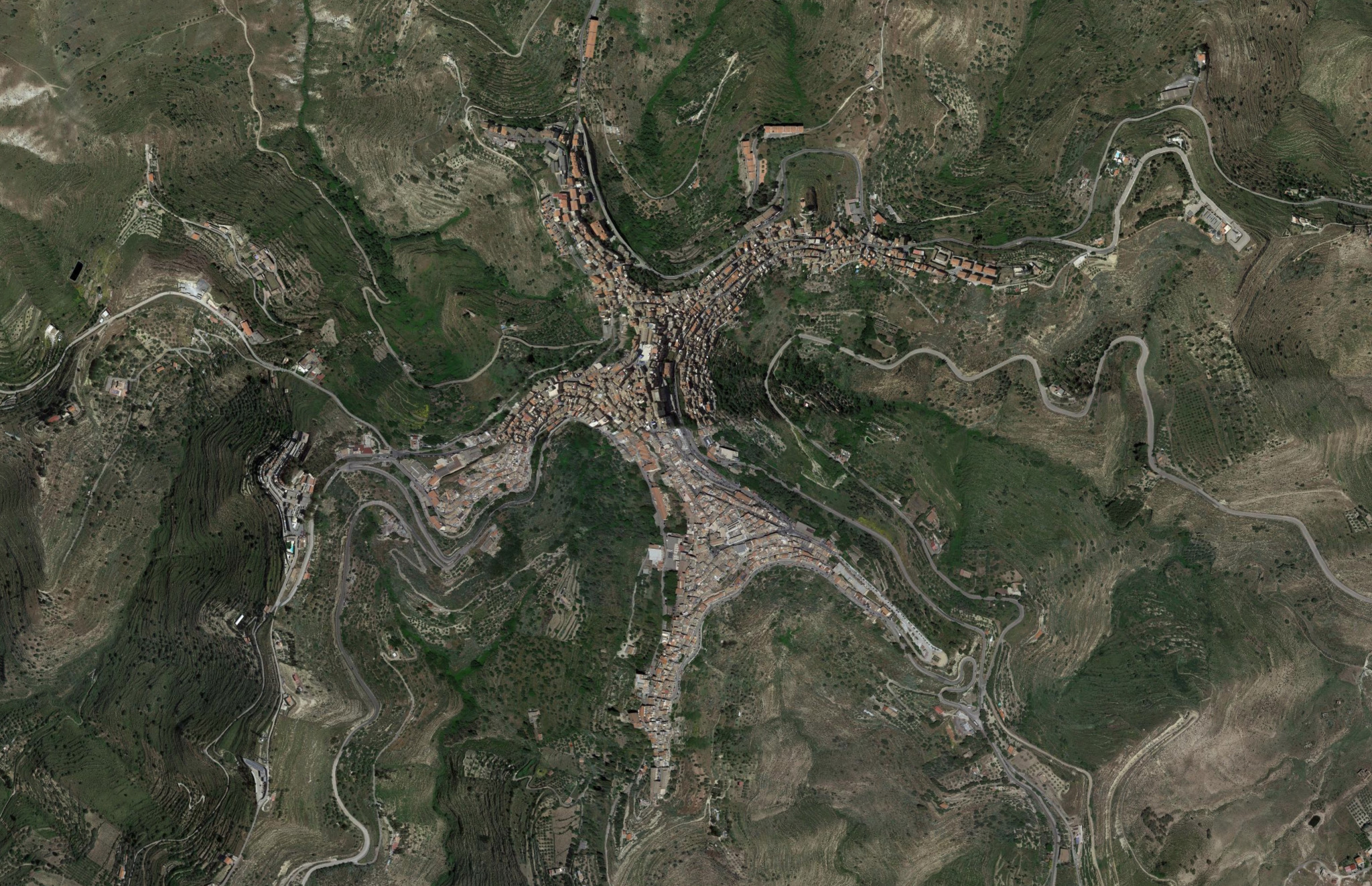
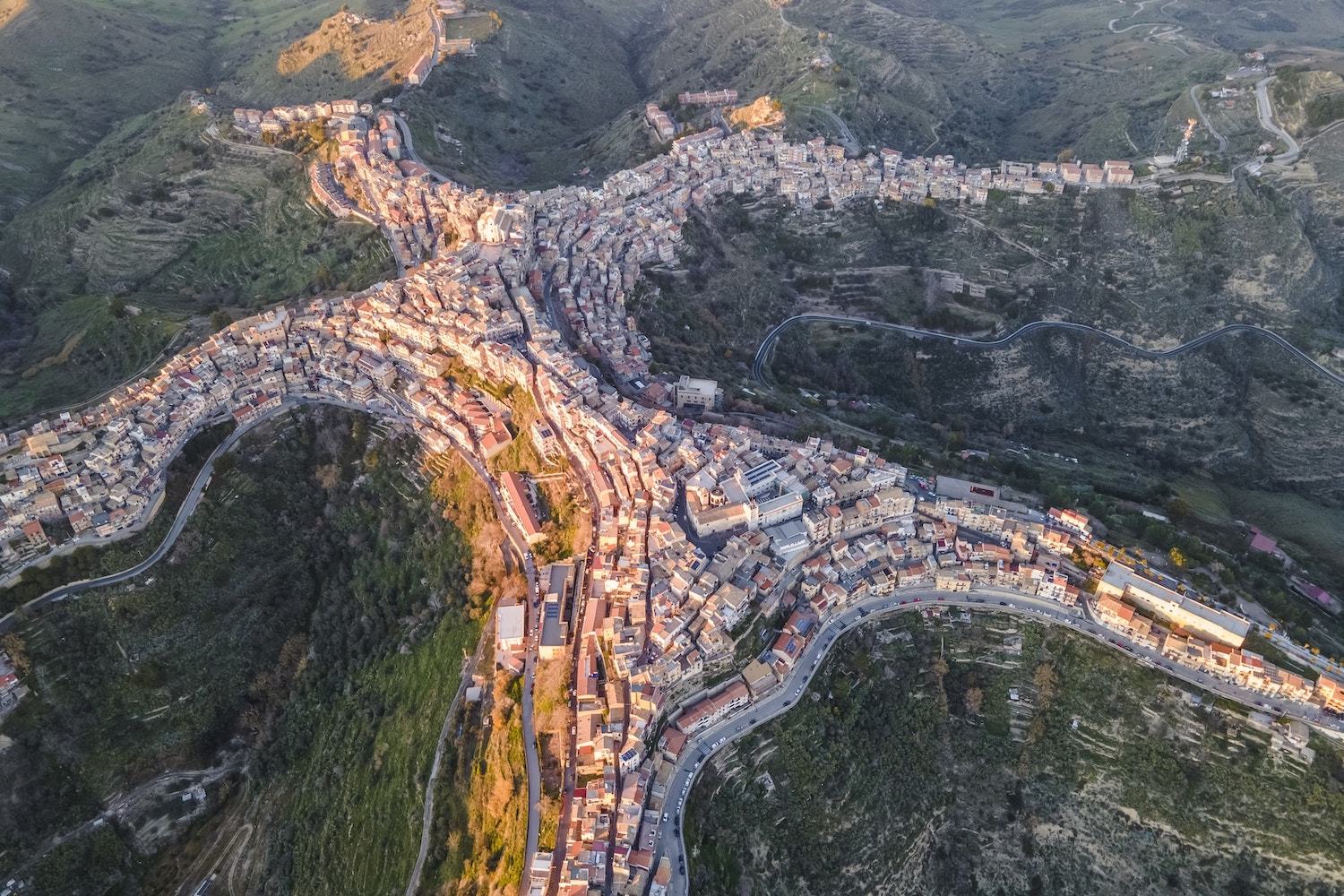
Centuripe — a Sicilian town that looks like a person.
Browsing maps is my favorite way into new rabbit holes. Now central Sicily is on the travel wishlist.
Neat tool for the curious when traveling.
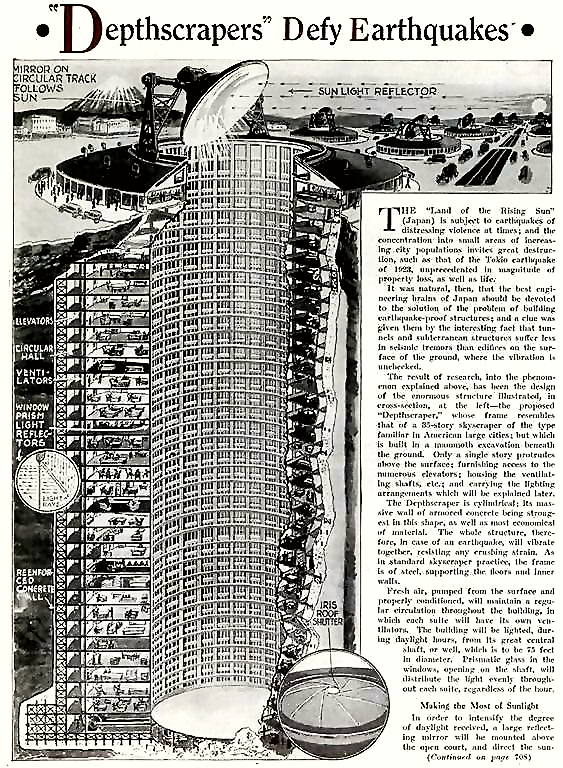
“Depthscrapers”
When will we build one?
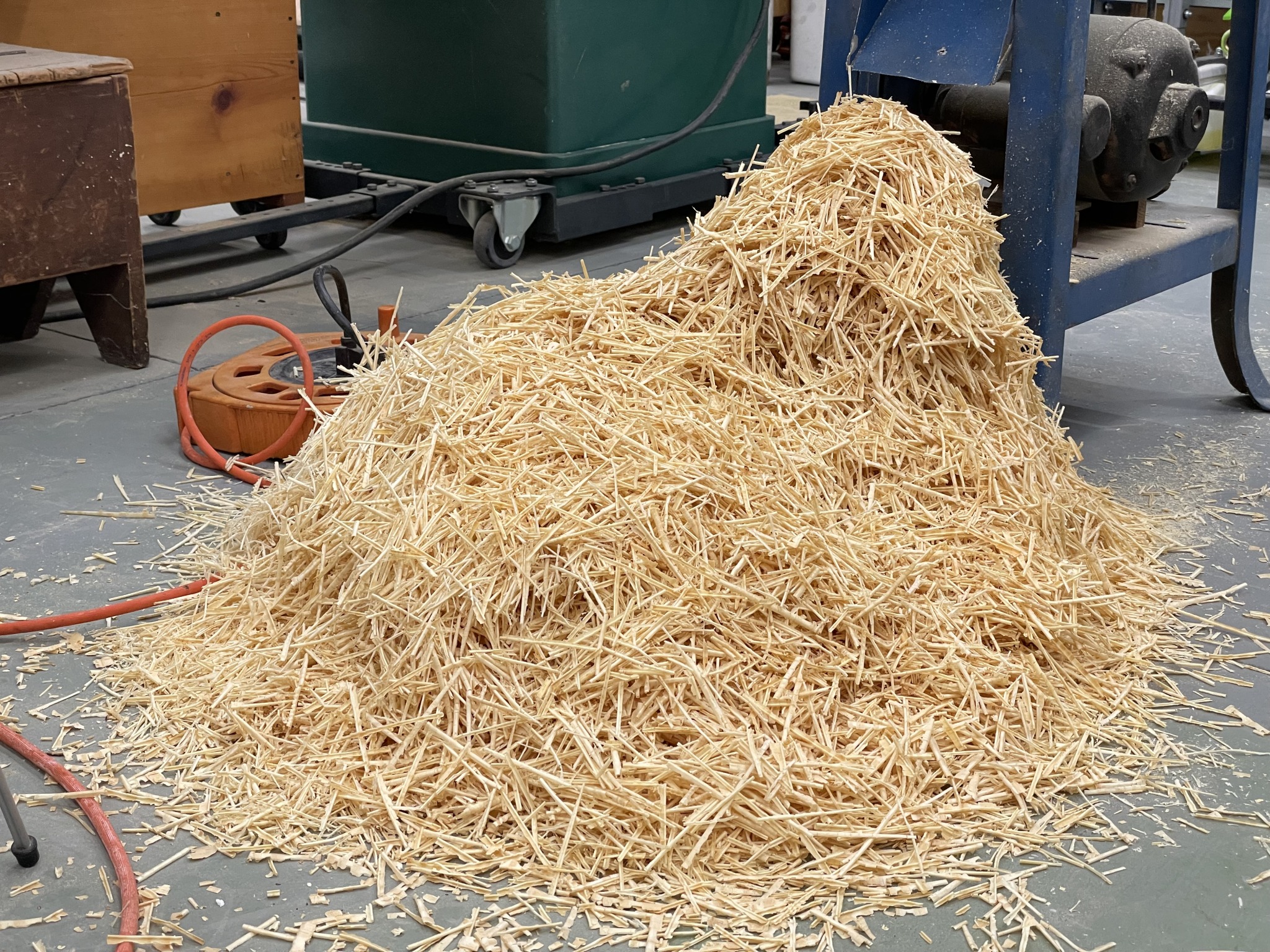
Not many things as satisfying as milling rough lumber. And watching the remnants collect.
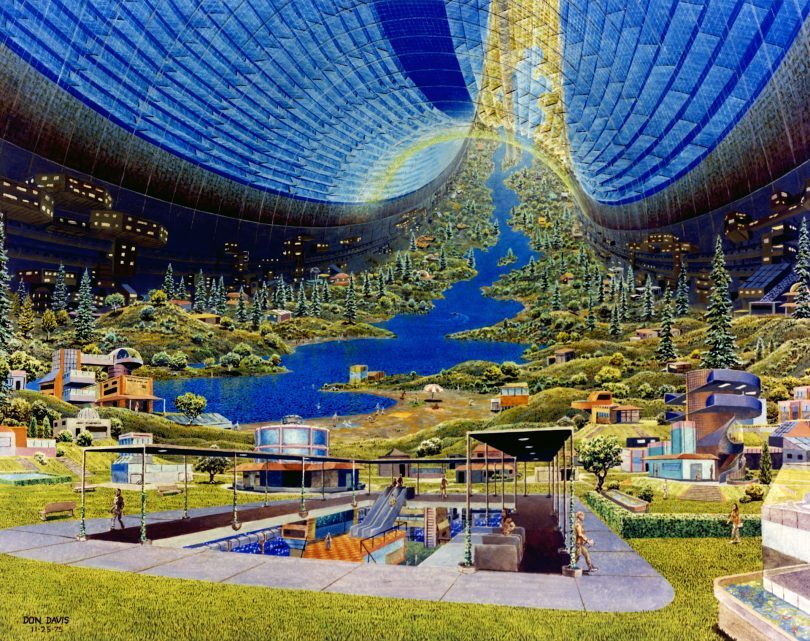
I want a future of ringworld colonies and Dyson spheres.
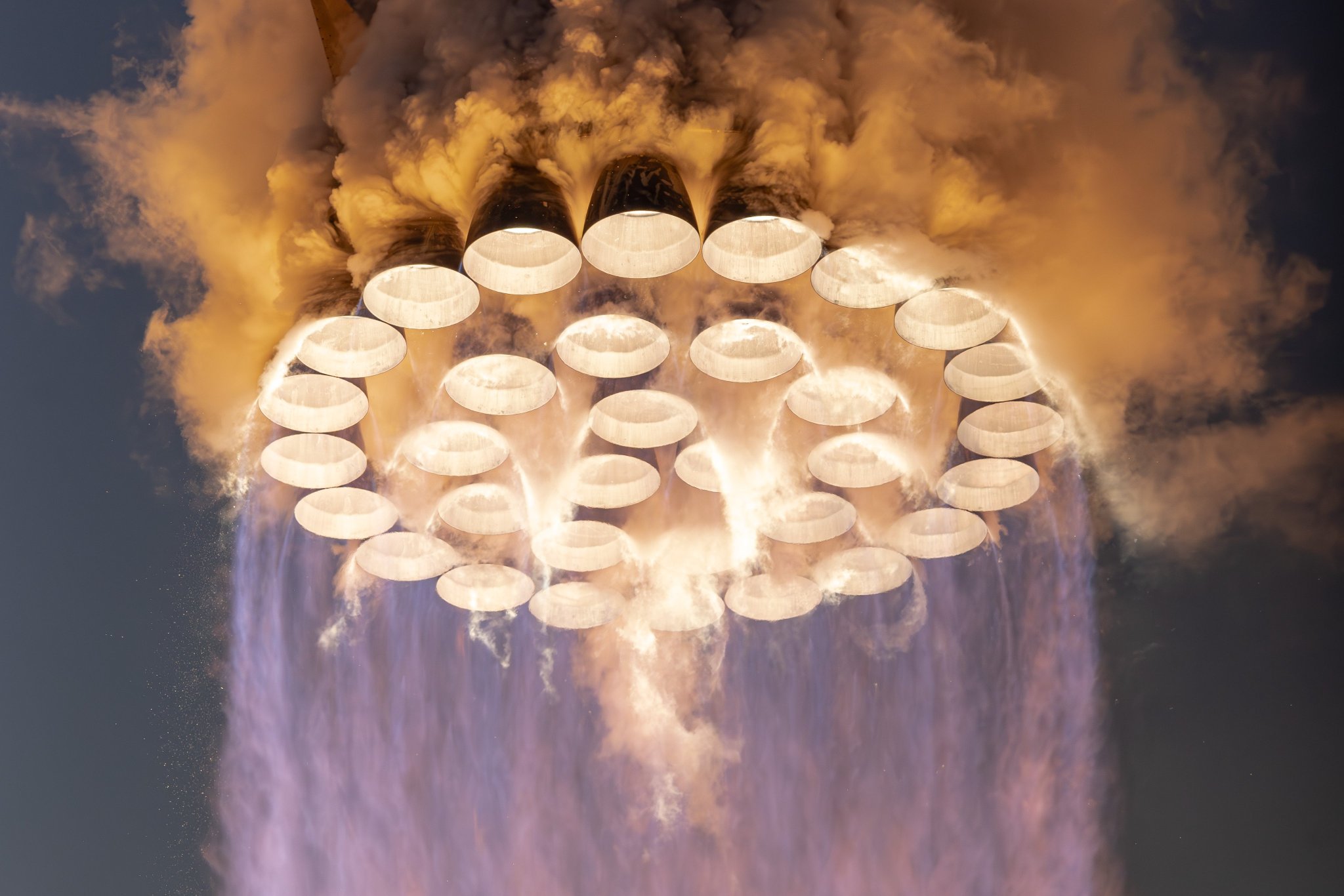
Raptor engines in hi-res.
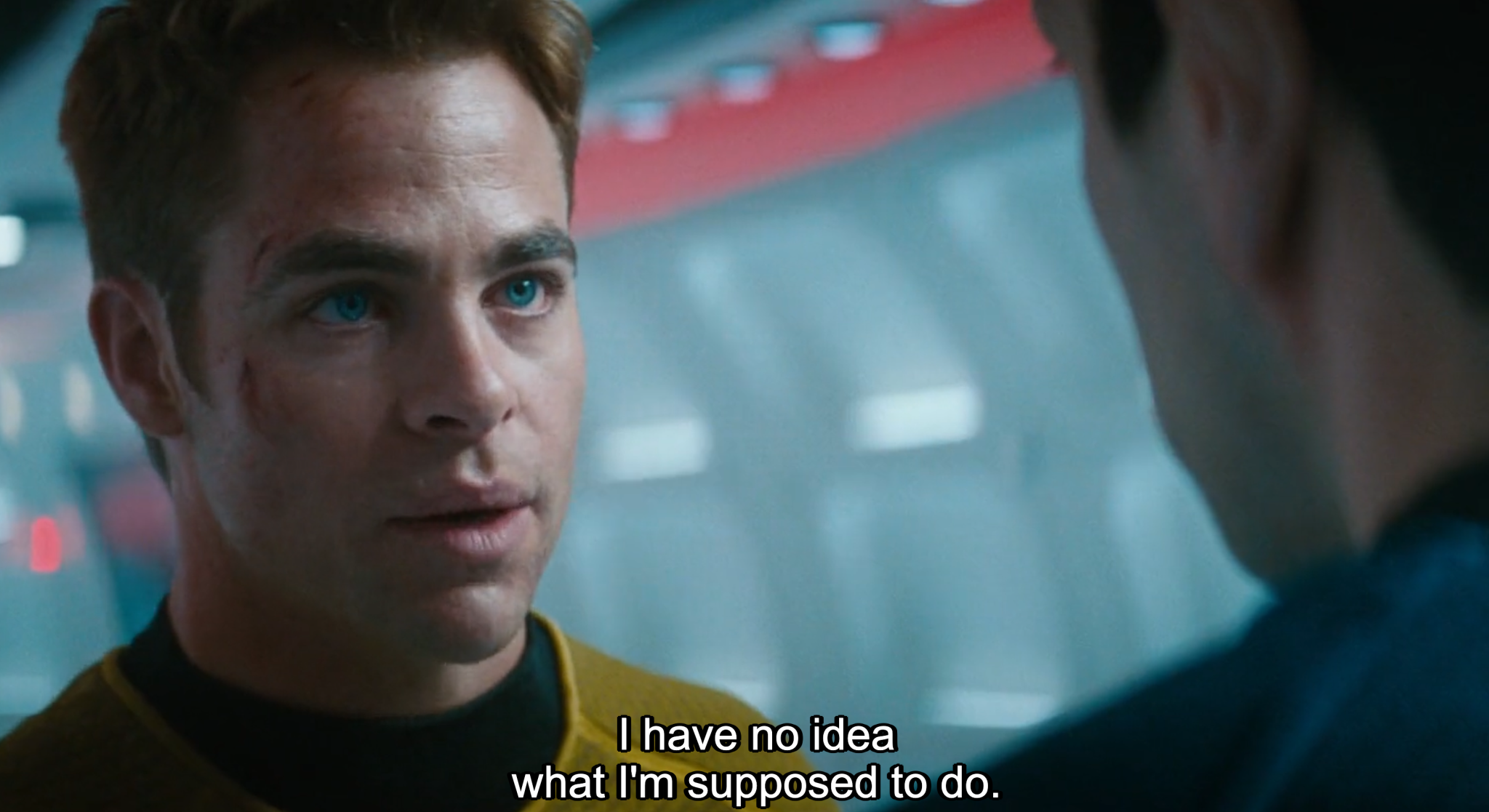
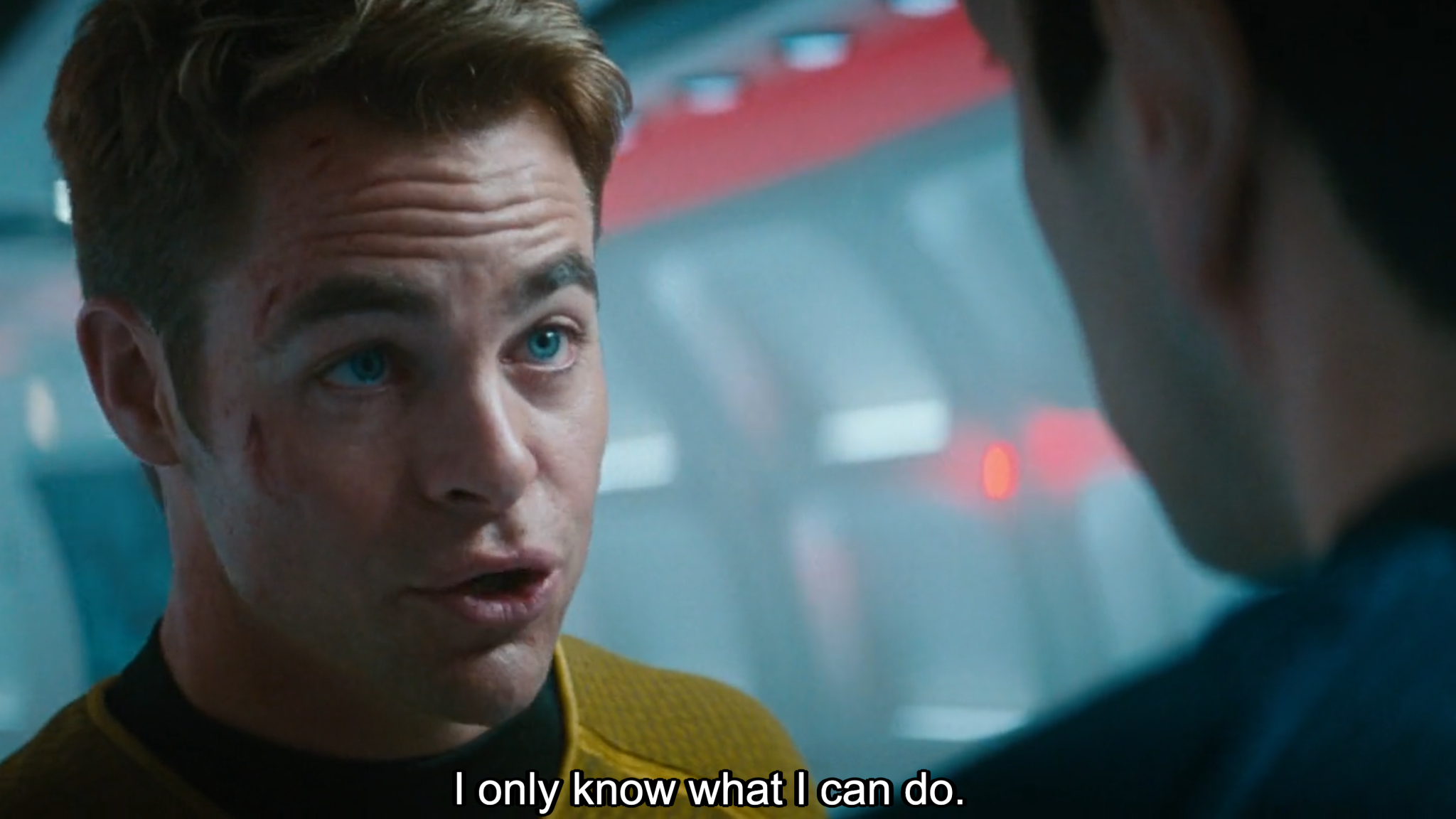
Captain Kirk making the case for “muddling through.”

Art Deco Trains.
Environmental challenge + gradual adaptation + eons of time = magic.

The baron caterpillar. Nature finds a way.
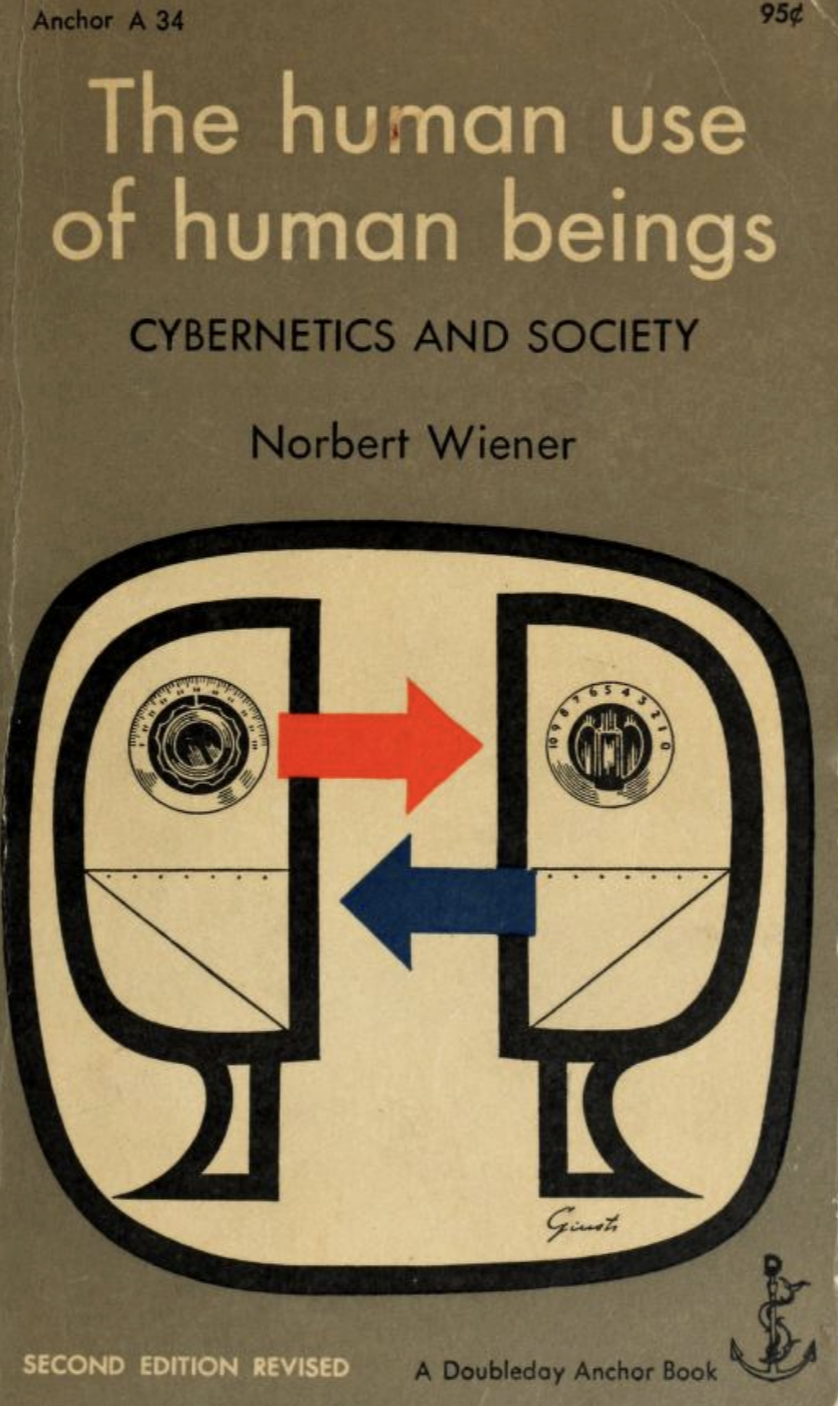
The human use of human beings - Cybernetics and Society.
Man ↔ machine symbiosis.
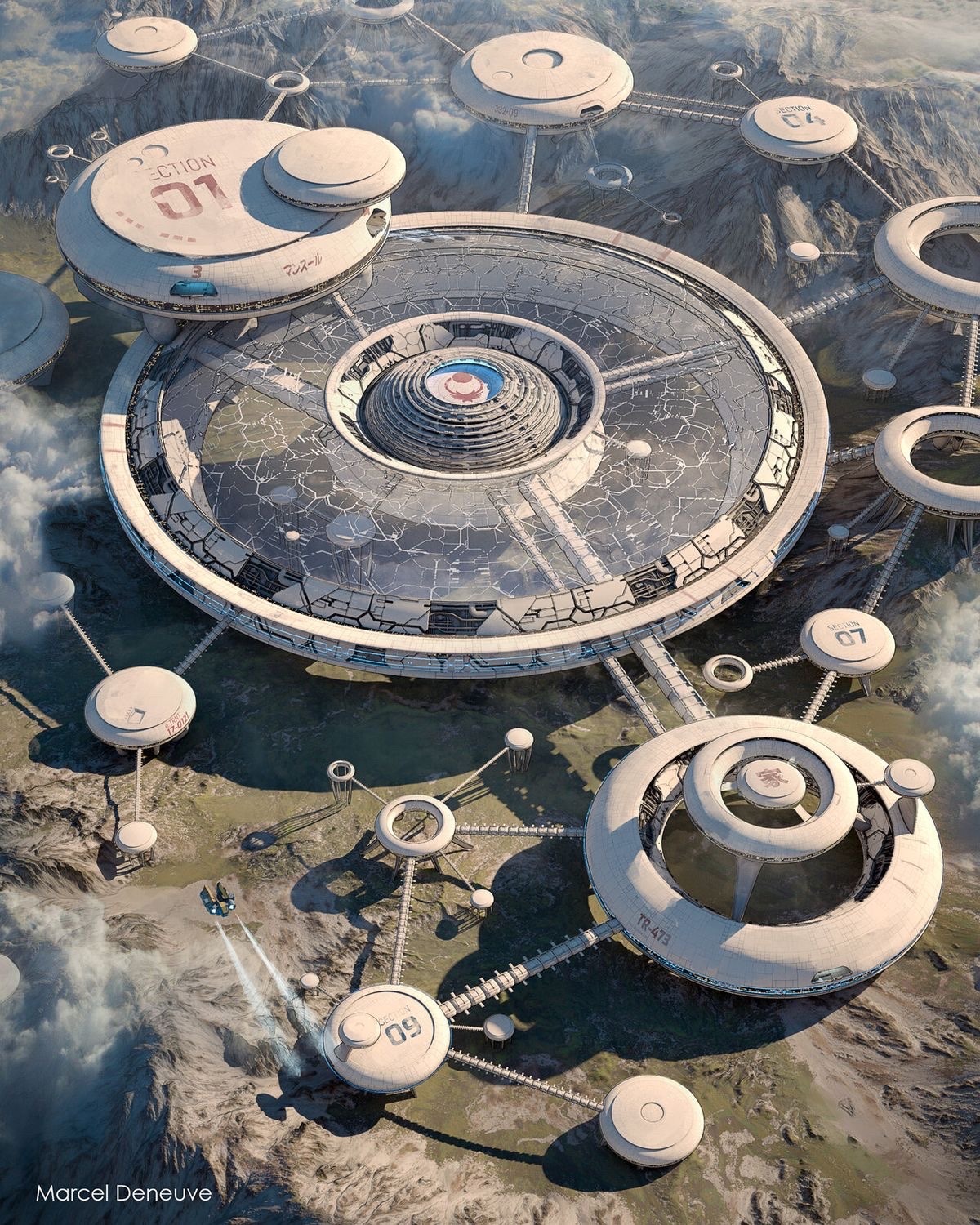
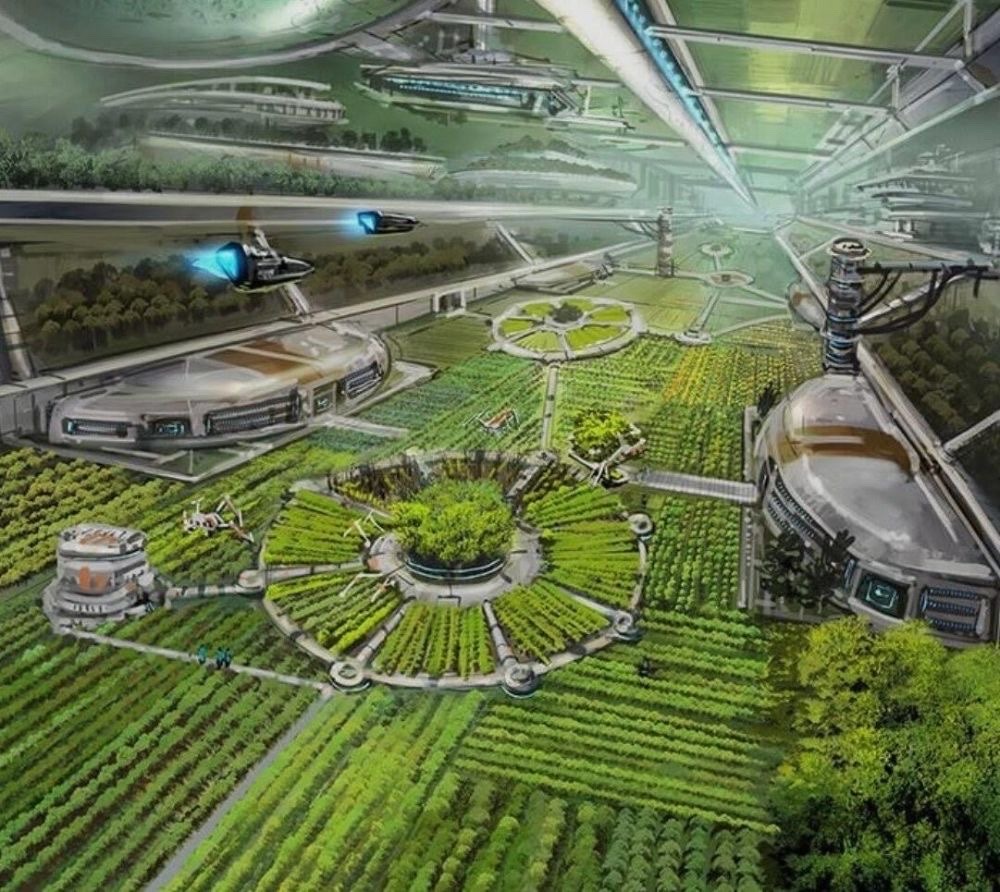
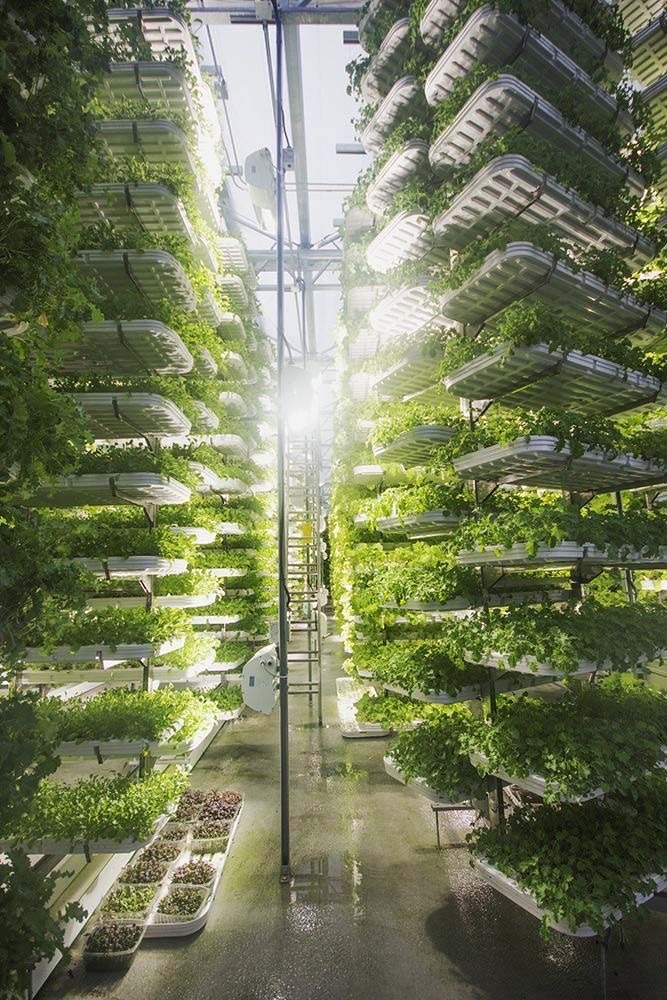
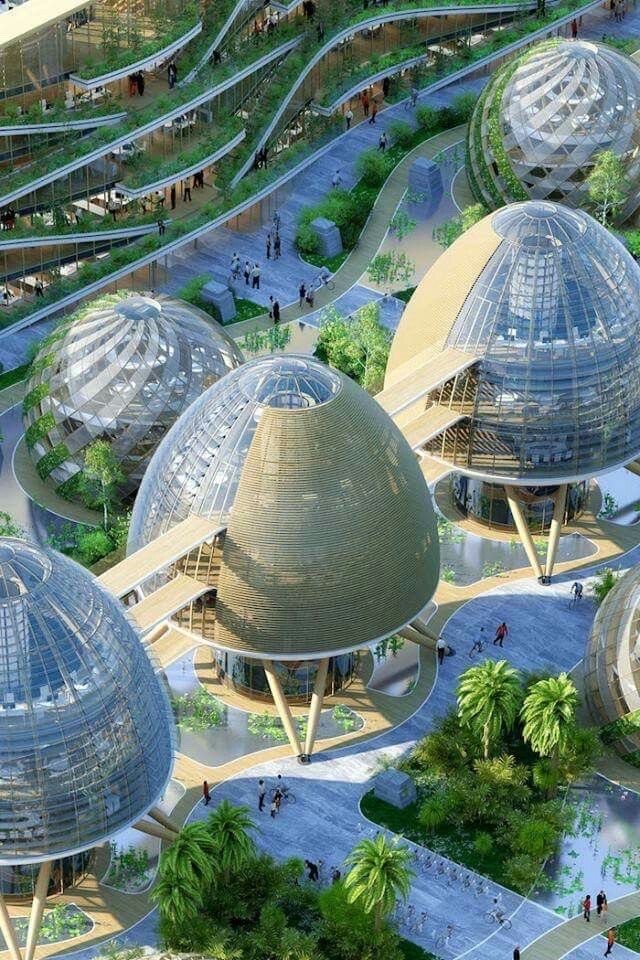
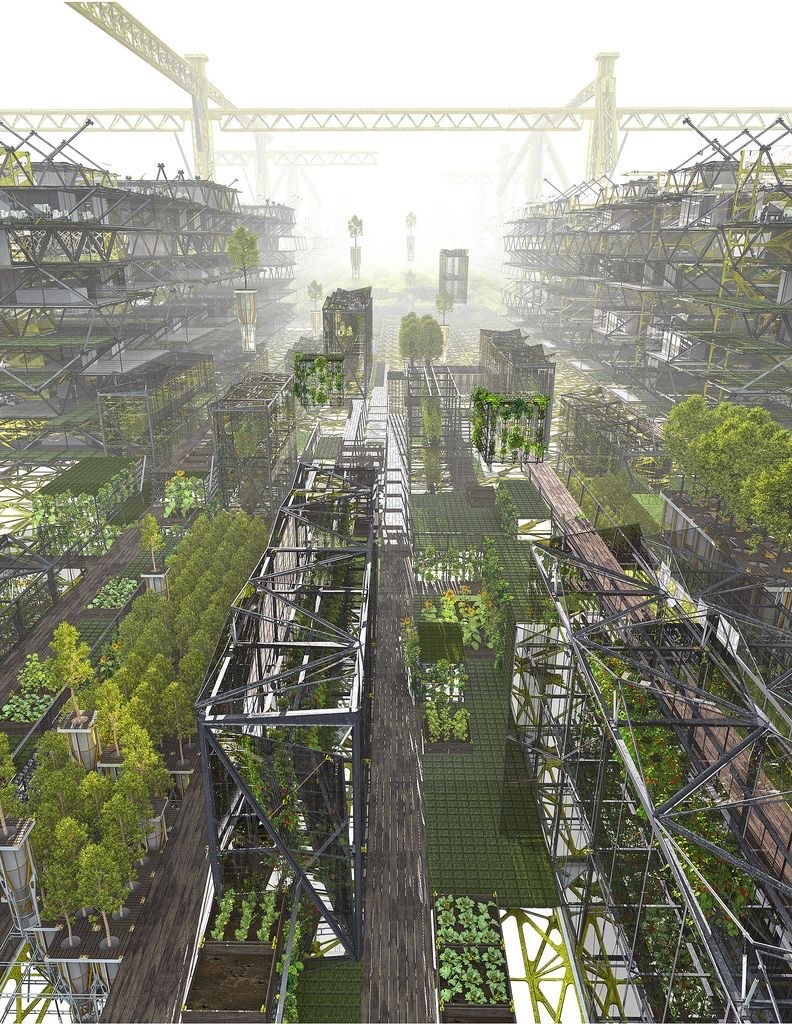
If our farms in 2150 don’t look like this, we’ve failed.
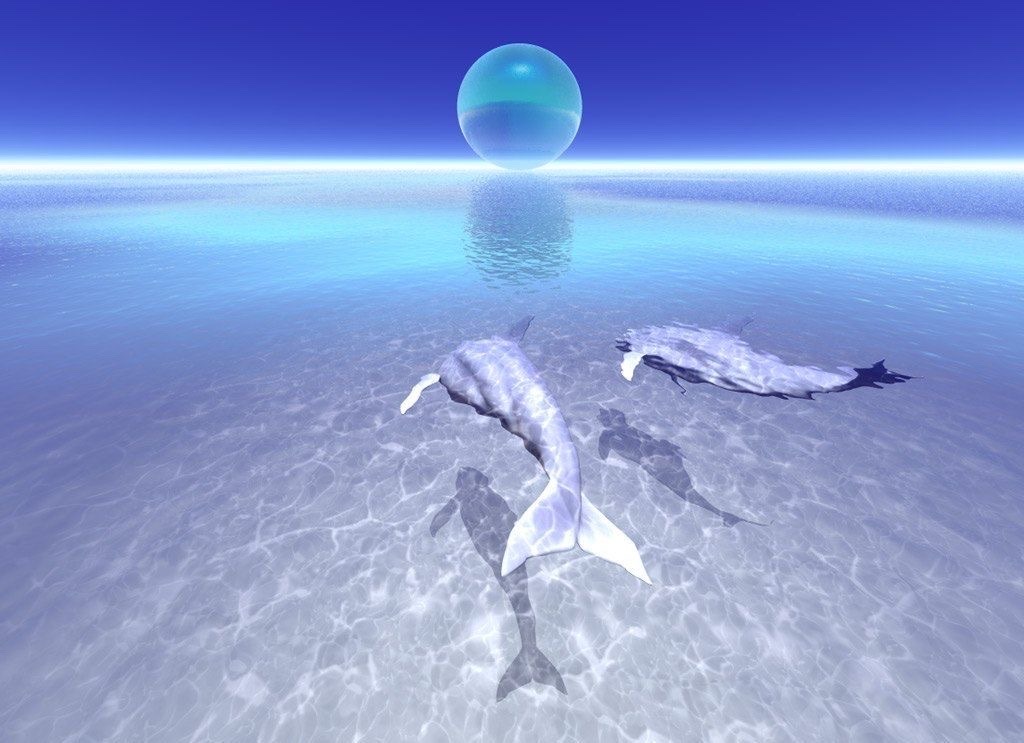
Ecco the Dolphin was such a weird (awesome) game. Created an entire aesthetic blended from science fiction, solarpunk, and SeaQuest DSV-style futurism.
Steph Ango:
Tyler Cowen is hopeful (as am I), but skeptical:
For a country to swing so wildly from state-run strangulation to an quasi-populist libertarian economist makes me worried his effect on Argentine bureaucracy will fade in the next 12 months.
But his Davos talk was phenomenal. Should be shown in high school classrooms.
Rhone and Iredale Architects, Bogue Babicki and Associates (Structural Engineers), Westcoast Building, Vancouver, B.C.
Rhone and Iredale Architects, Bogue Babicki and Associates (Structural Engineers), Westcoast Building, Vancouver, B.C.
Brutalism / modernism carries great aesthetics. Interestingness for the magazine, terrible for the user.

The barren highways of Naypyidaw.
Don’t listen to the high modernists. You can’t will cities into existence.
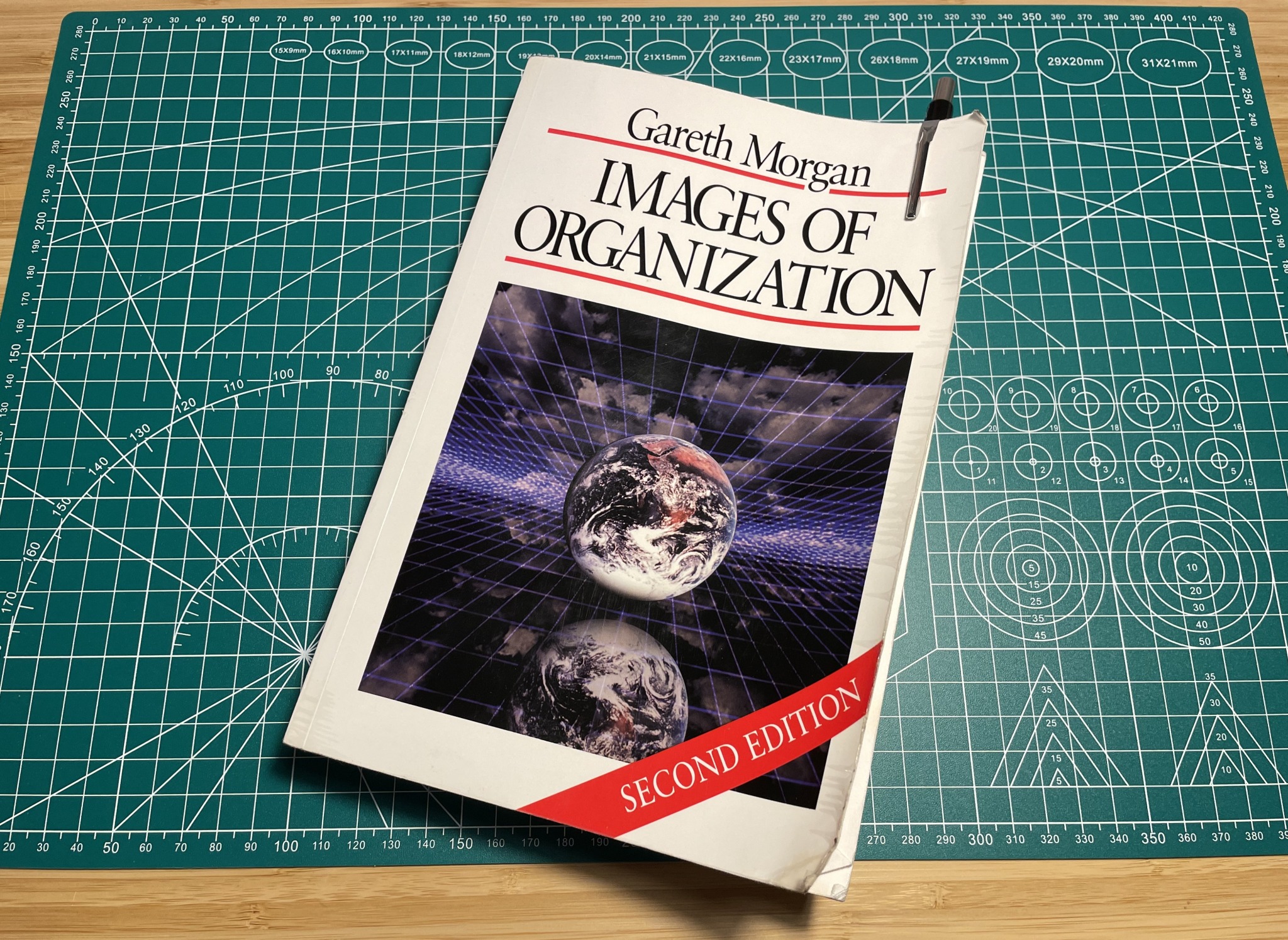
This book is dense and fascinating. Highly recommended to anyone intrigued by how companies, organizations, or groups in general operate — the driving psychologies behind different types of orgs.
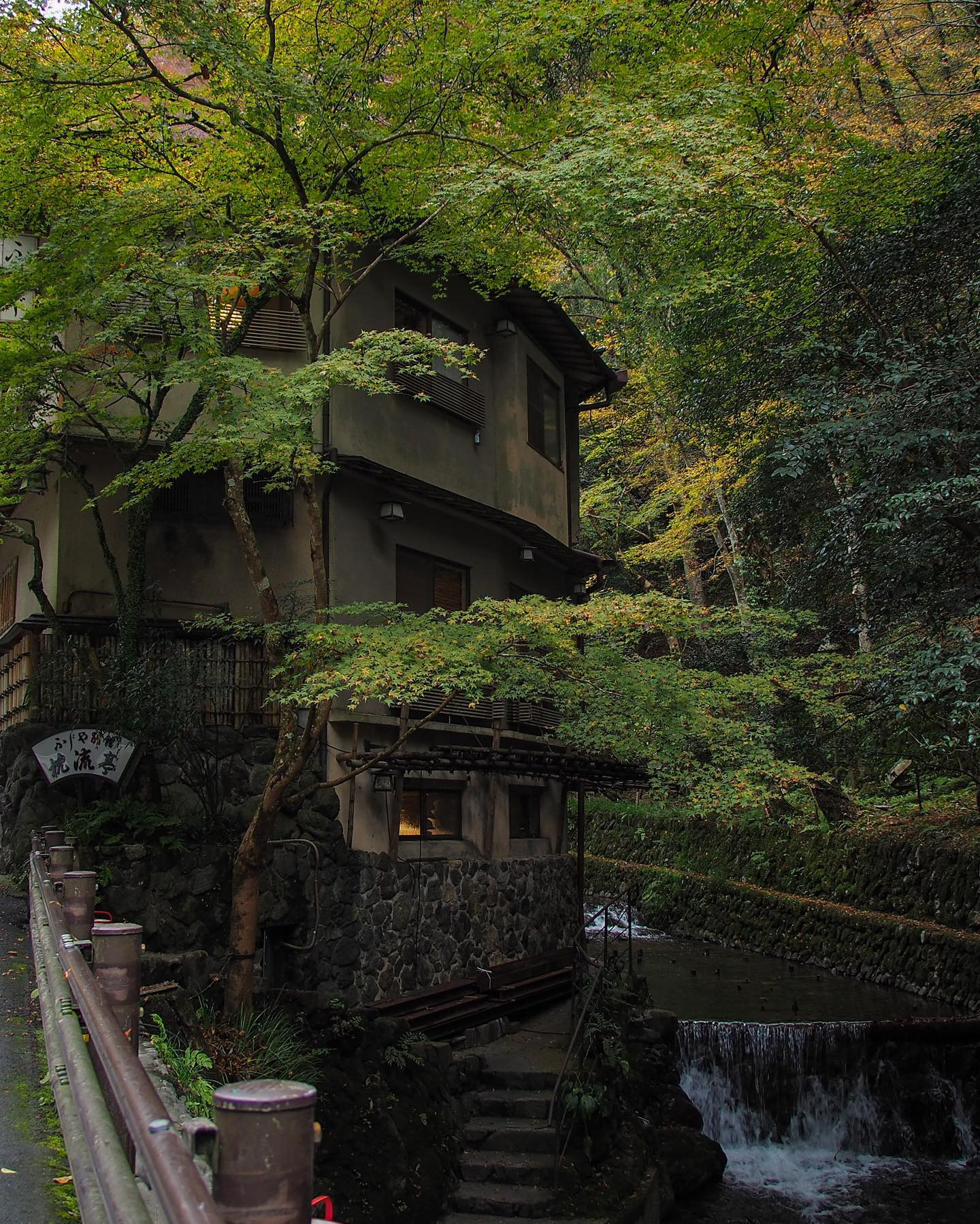
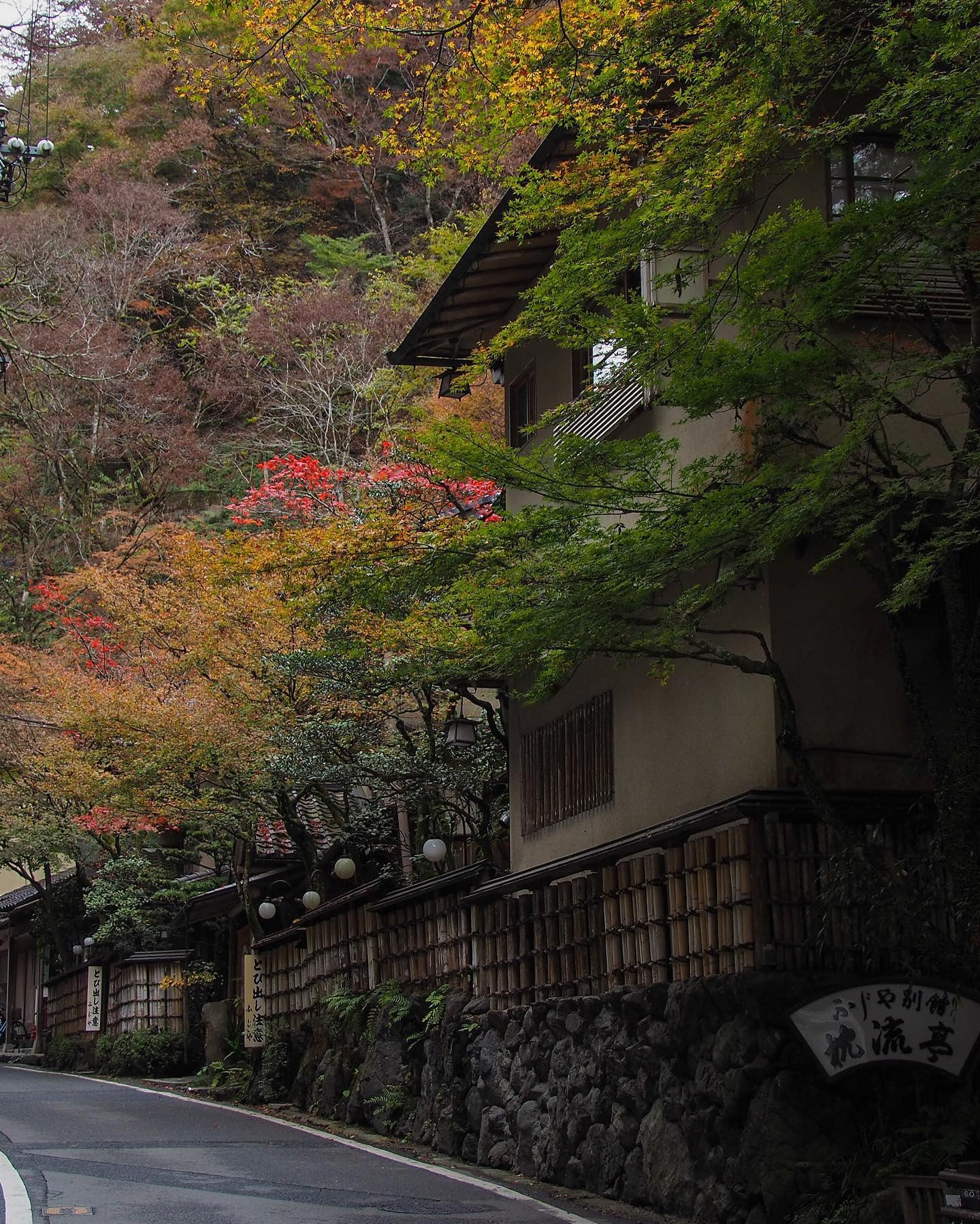
Japan has some of the best examples of vernacular architecture. Buildings are a perfect fit for the surrounding environment.
Ryan Singer calls out the different flavors of “impact”, and the need to be able to articulate the purpose for doing something:
Kevin Kelly’s “walk and talk” is something I’ve gotta try. At least more often.
Our environments heavily impact what we do in them. But we have the ability to engineer our environments, and therefore, our habits and behavior.
“Choice architecture” means architecting our surroundings to coax the habits we want.
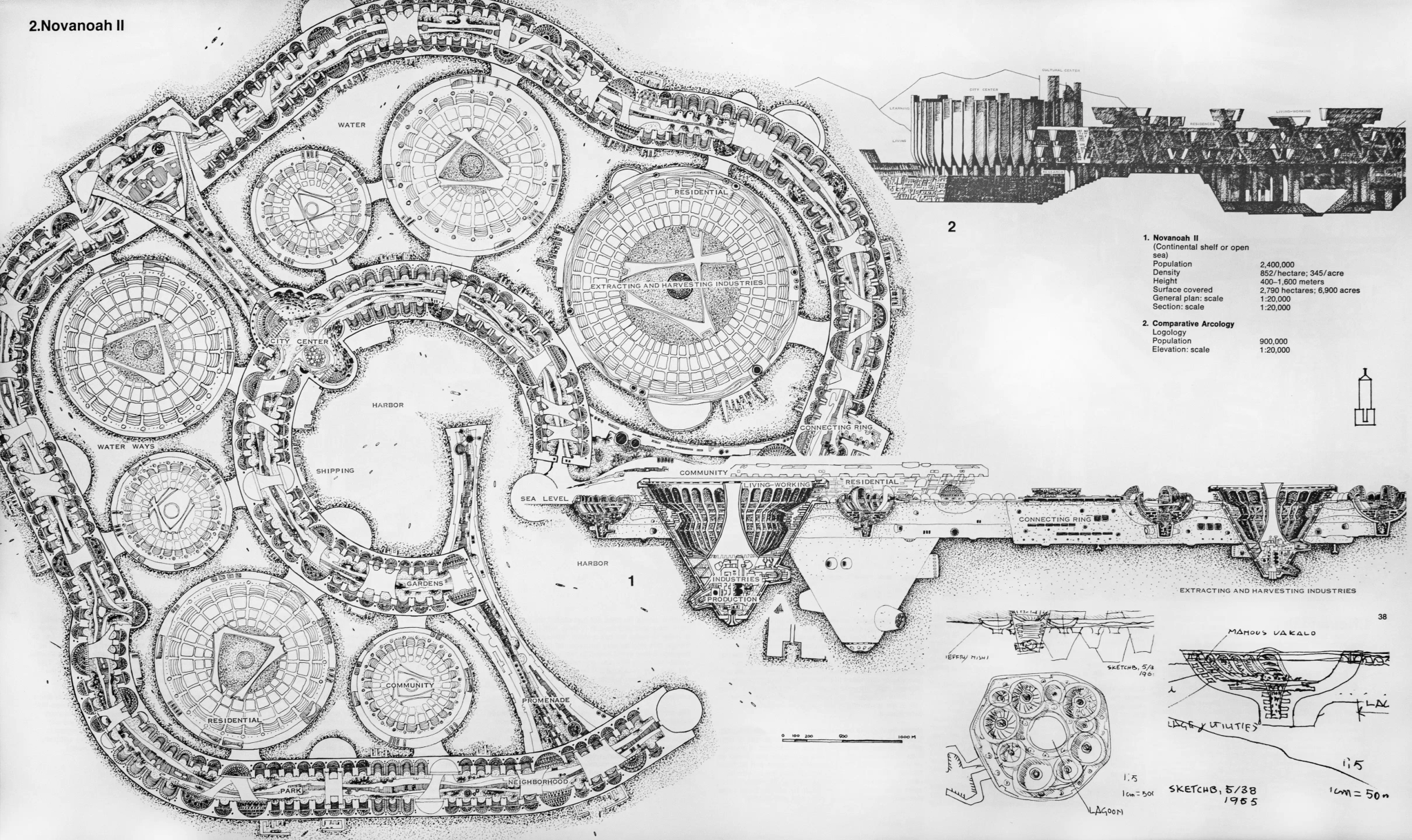
Novanoah — Paolo Soleri’s floating city.
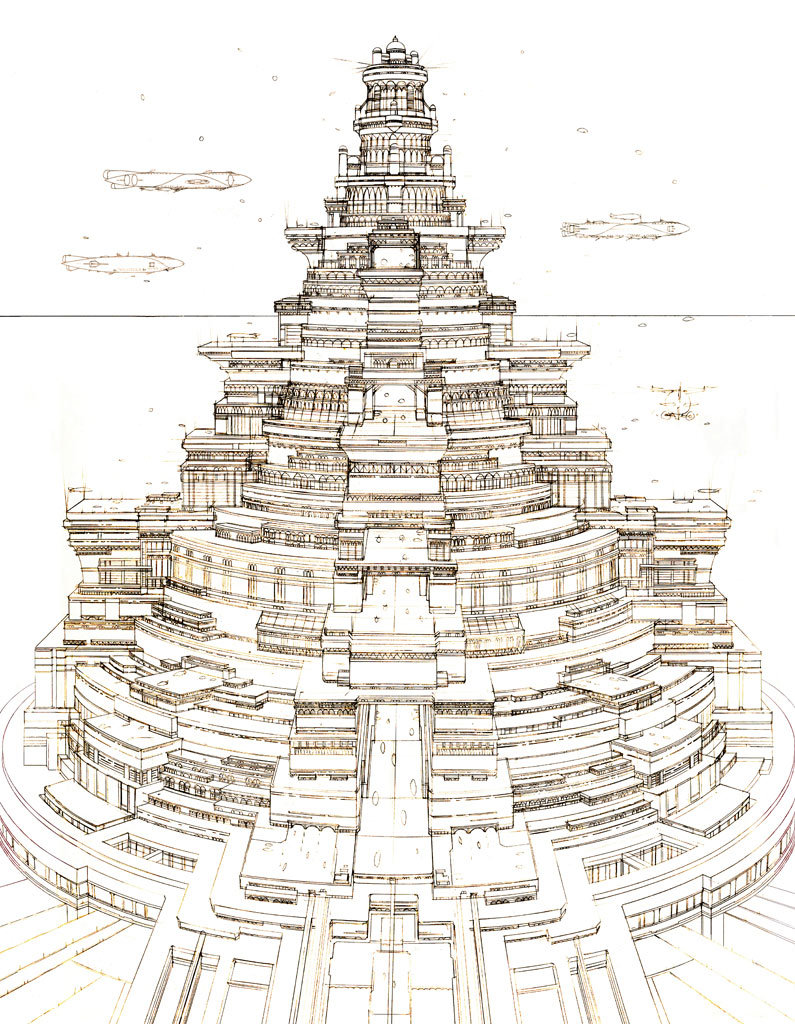
Atsushi Wakamatsu, Tower of Babel.
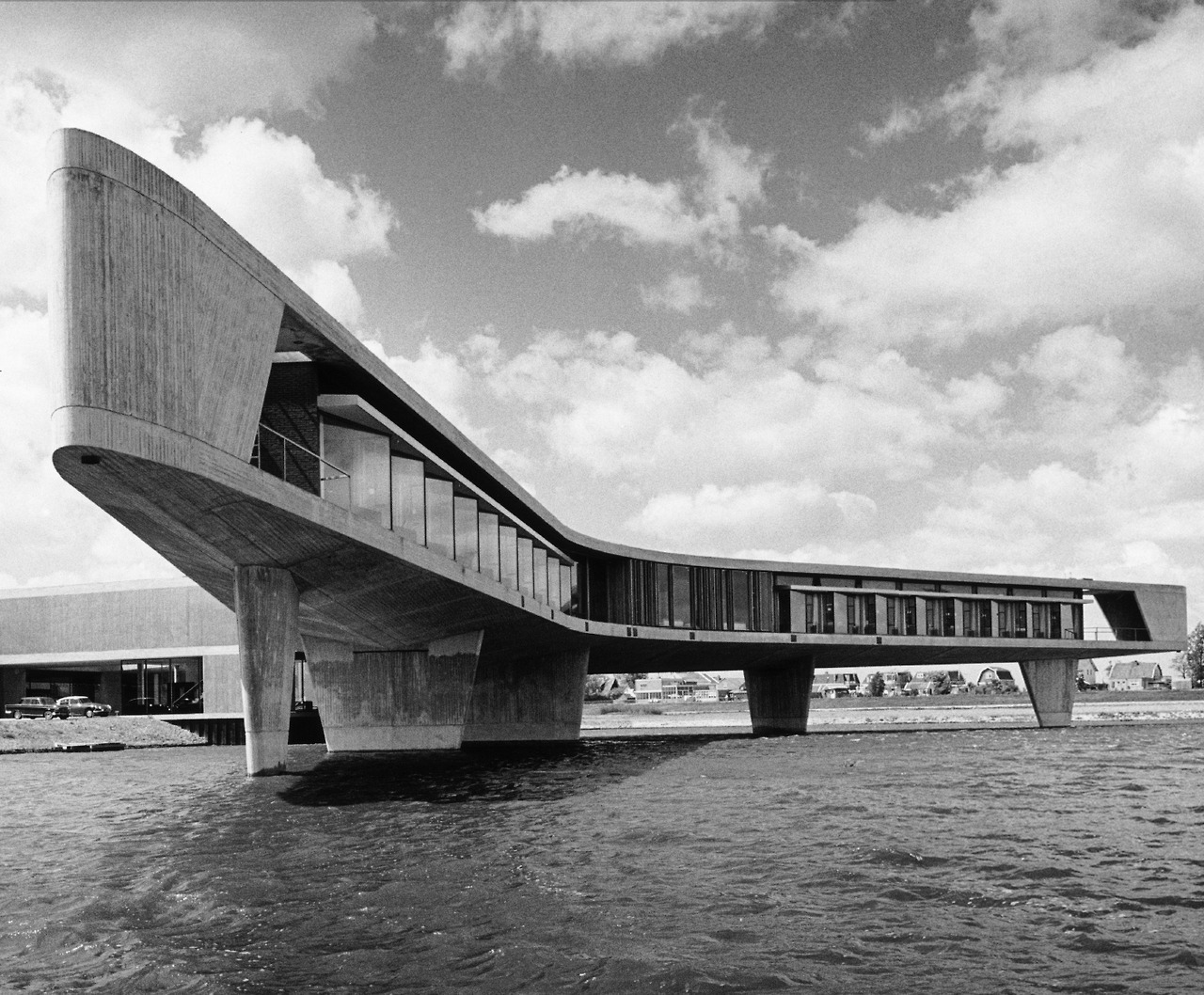
Johnson Wax Building, Mijdrecht, Netherlands (Hugh Maaskant, 1966)
Typically modernist architecture is a travesty, but occasionally it’s glorious.
Amazing work. Not a dud in the bunch.
Scanning the world’s tallest tree in three dimensions.